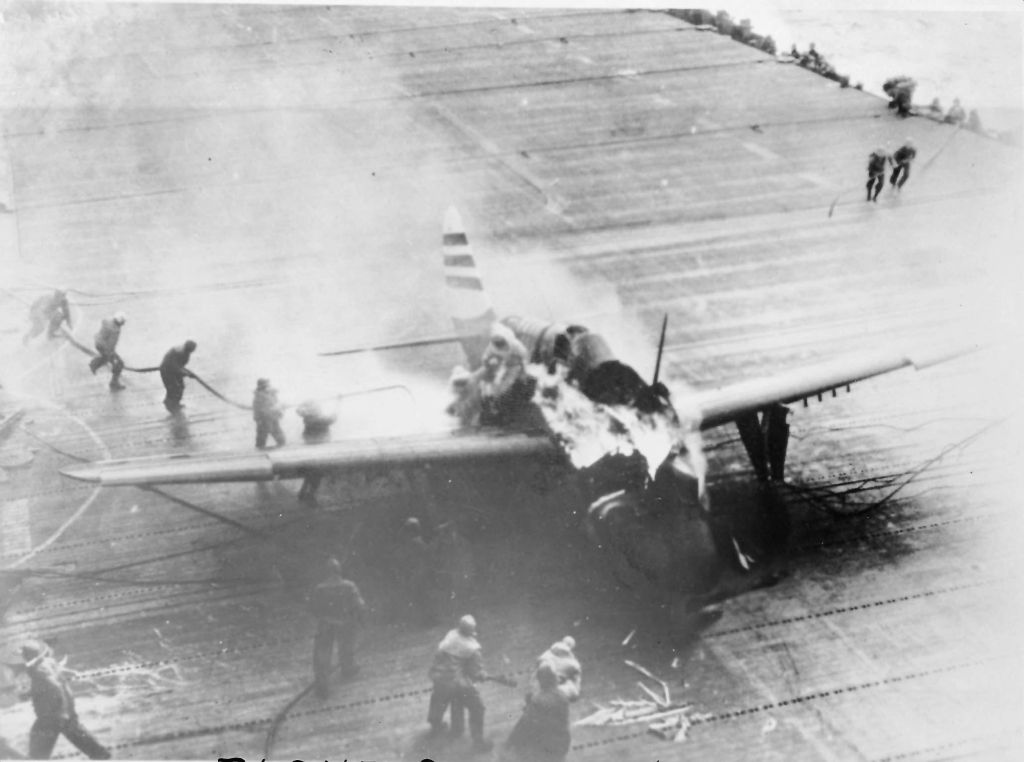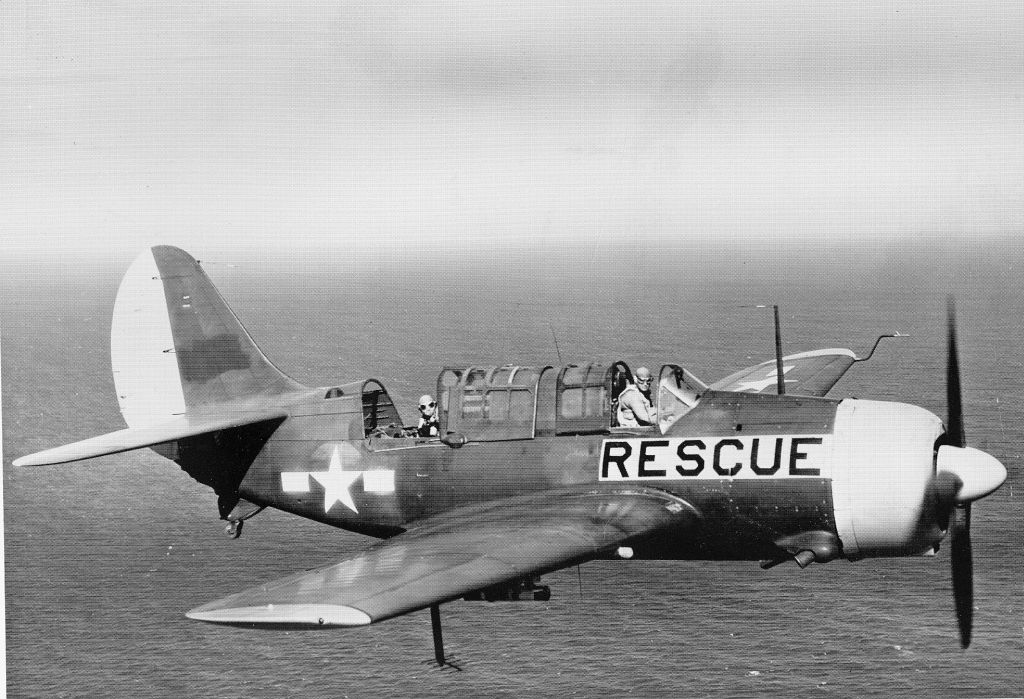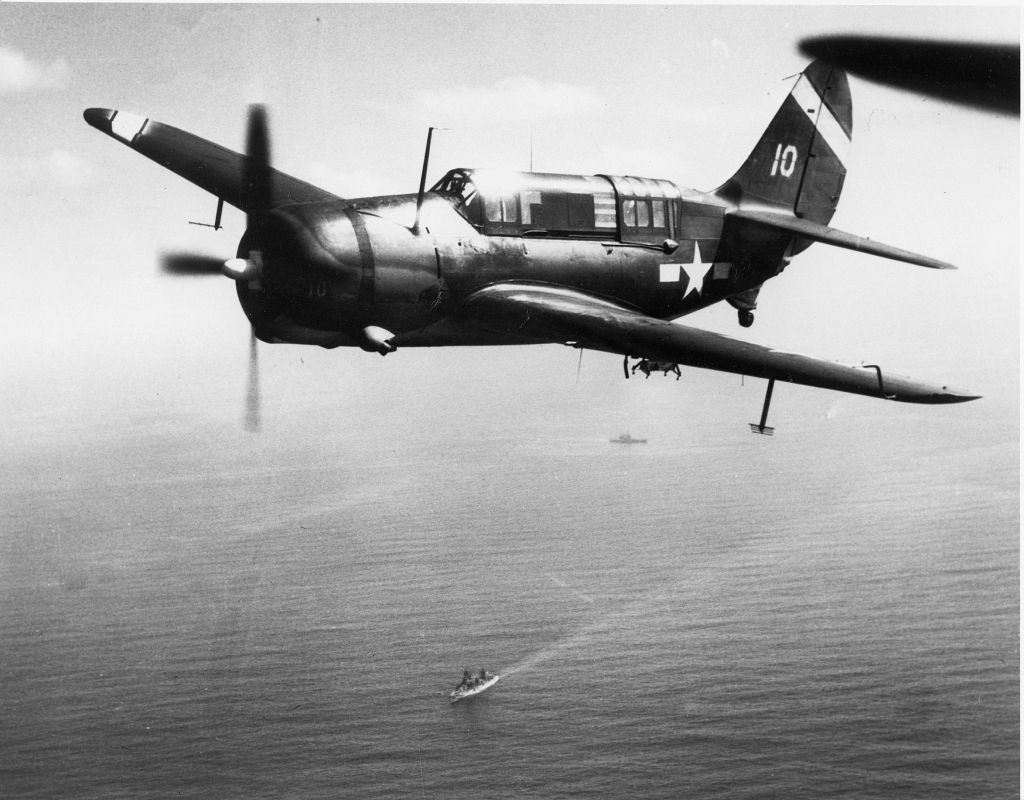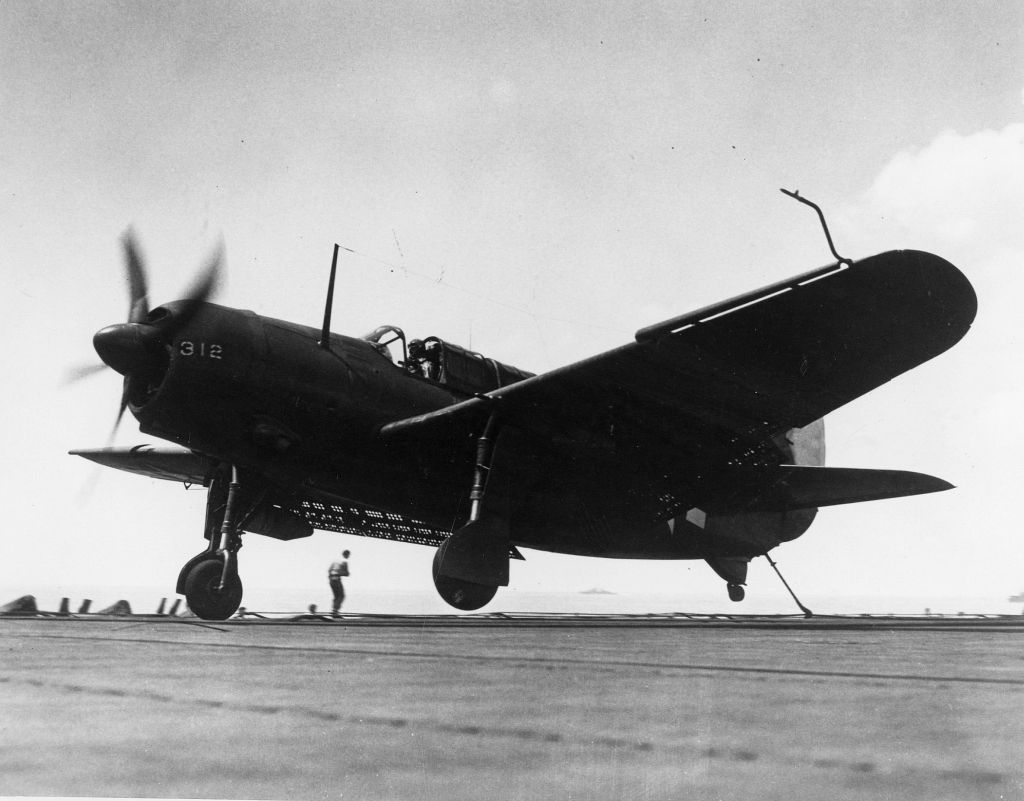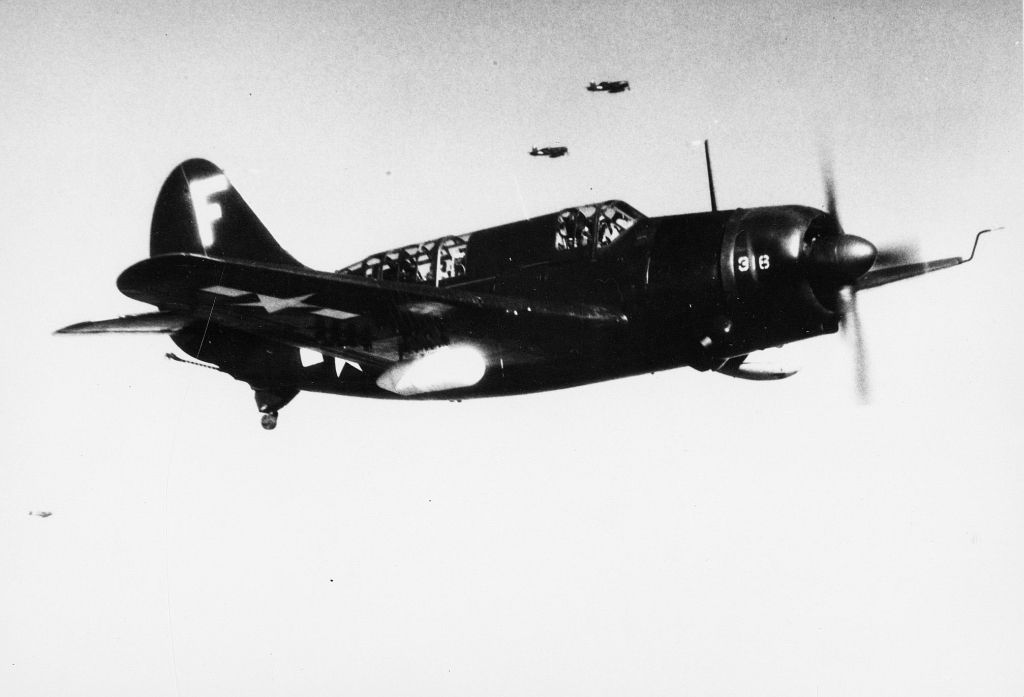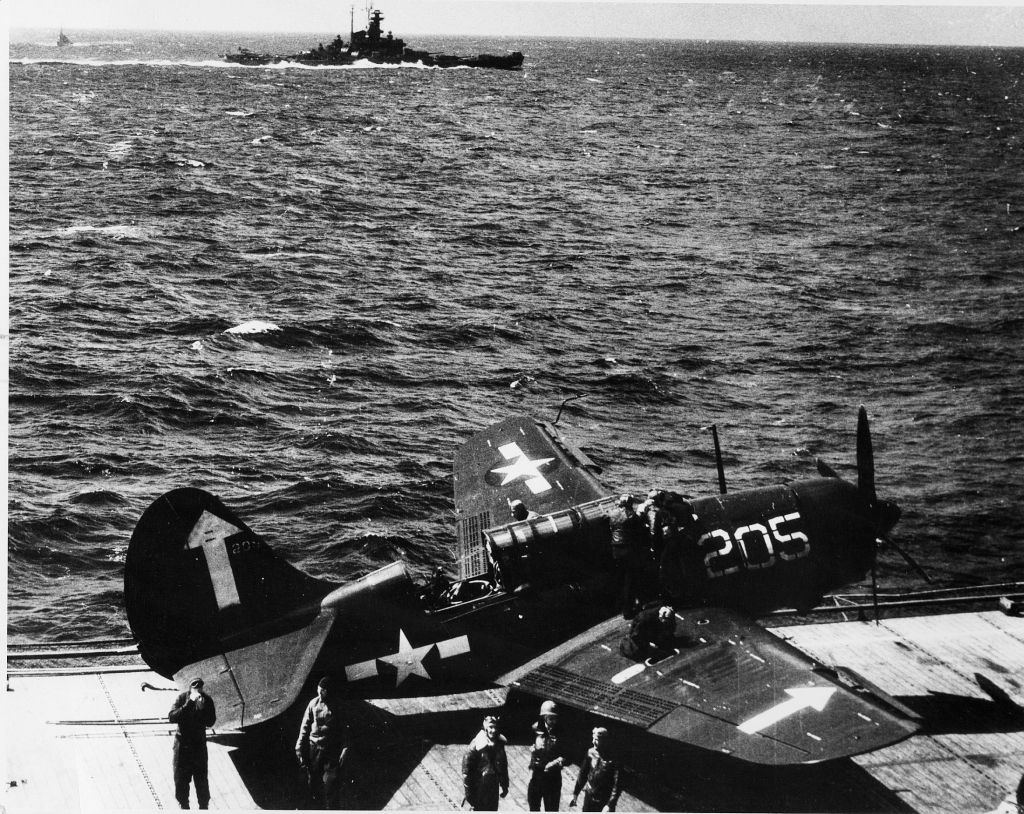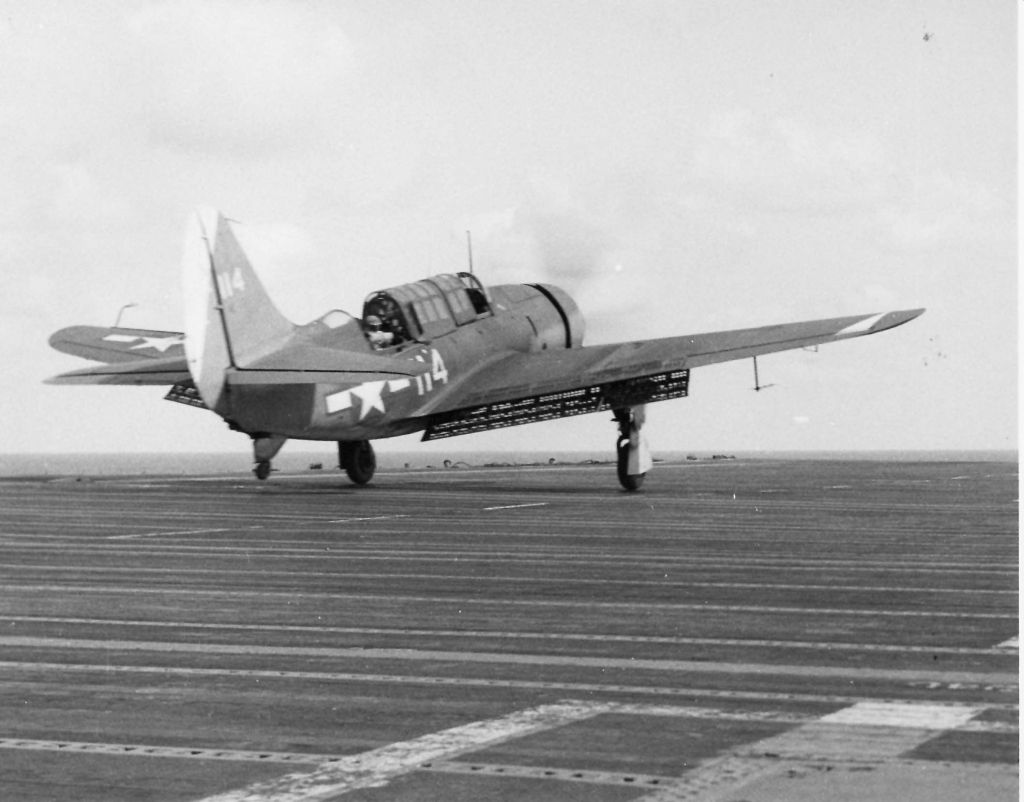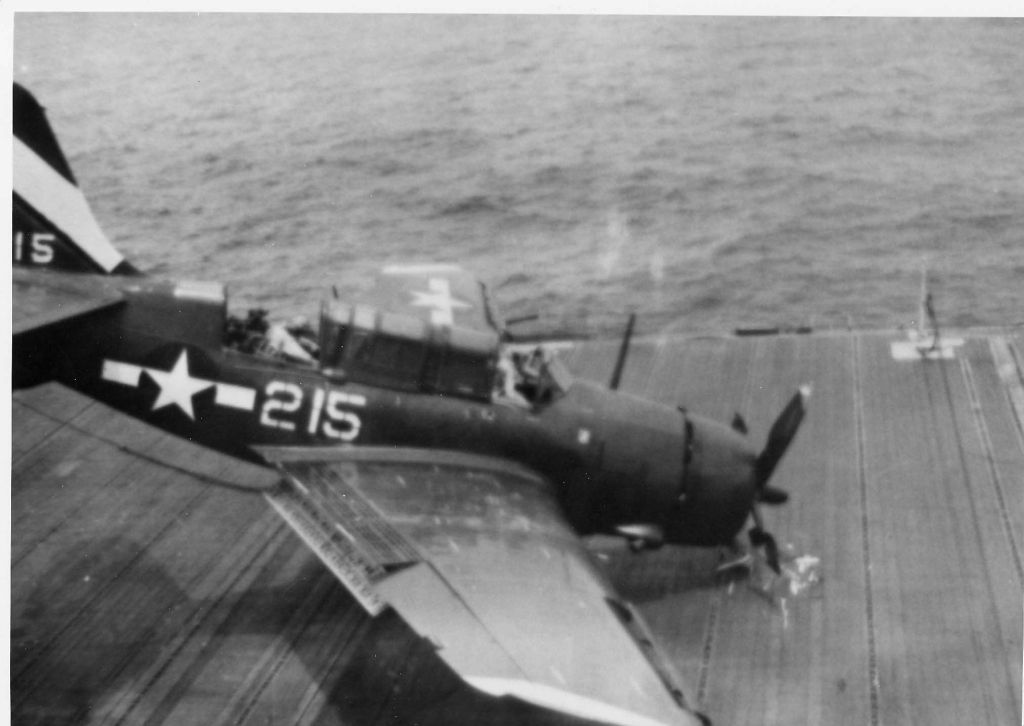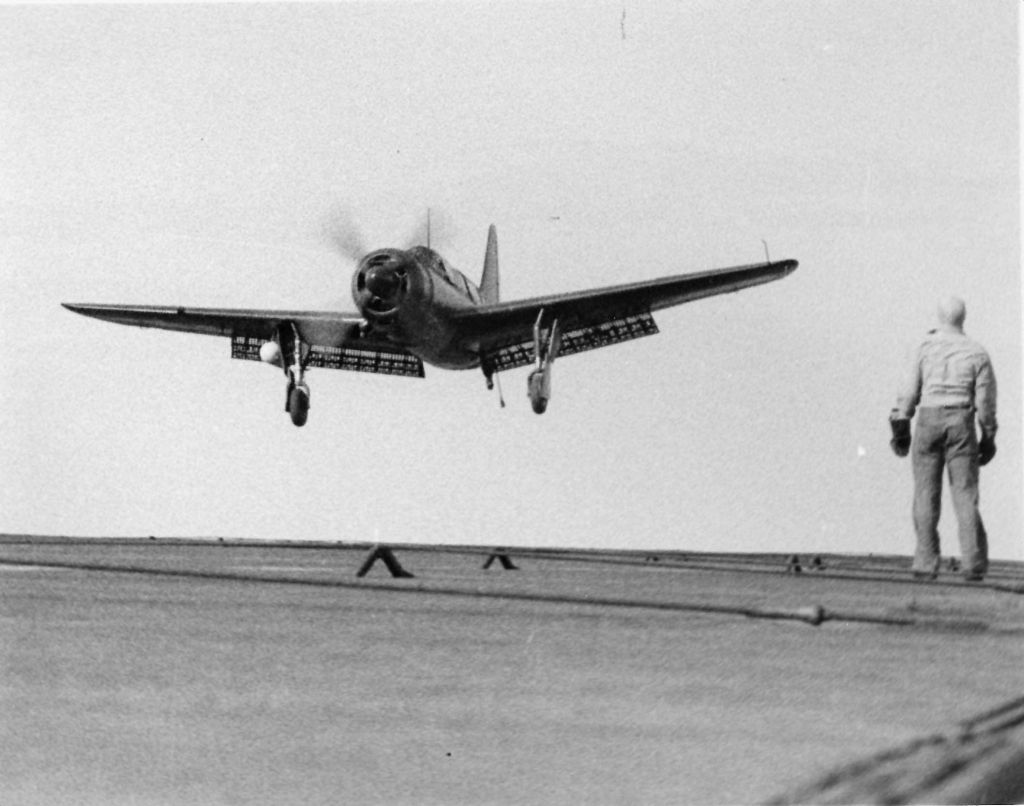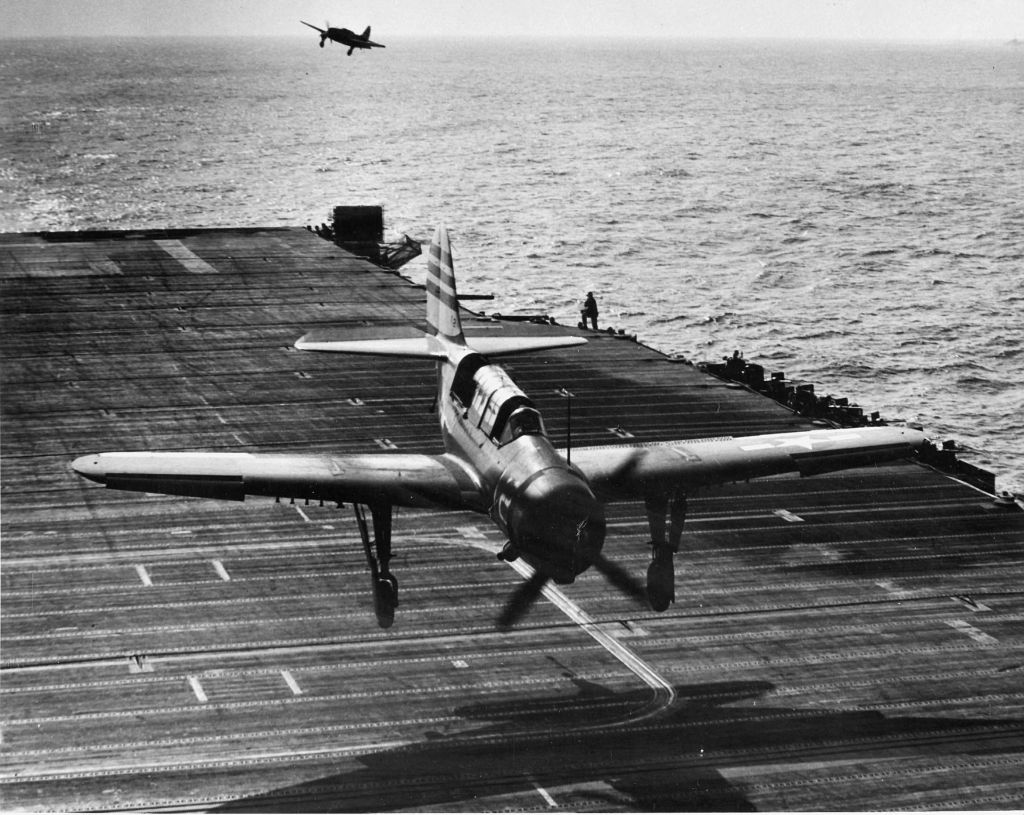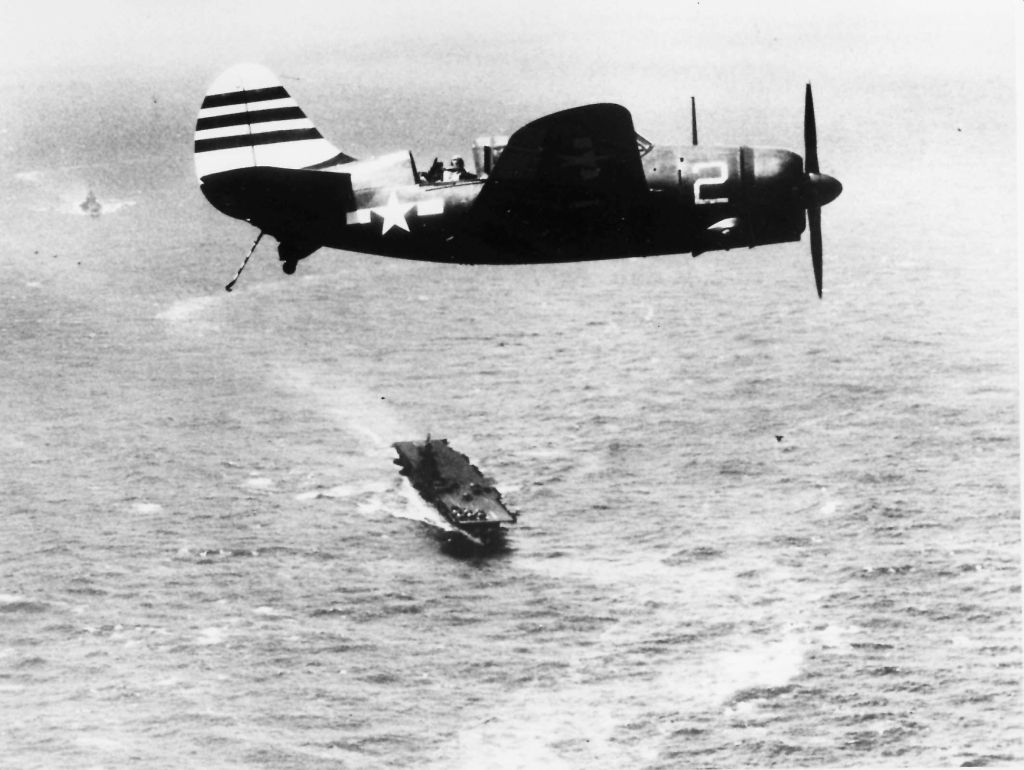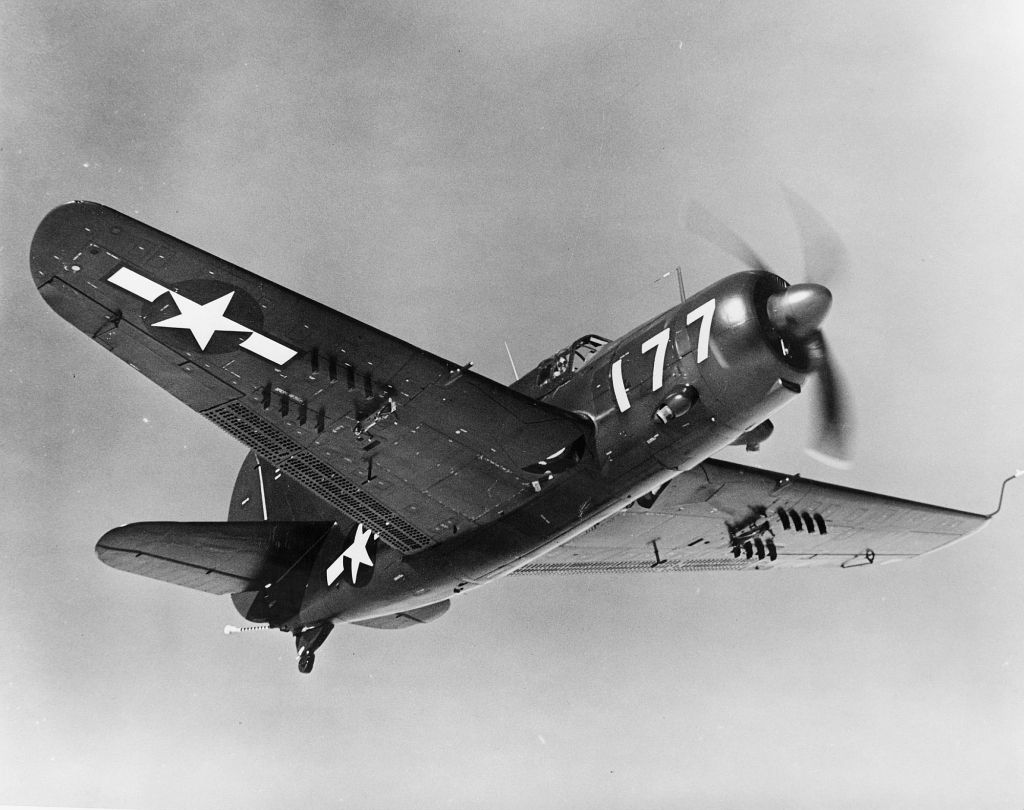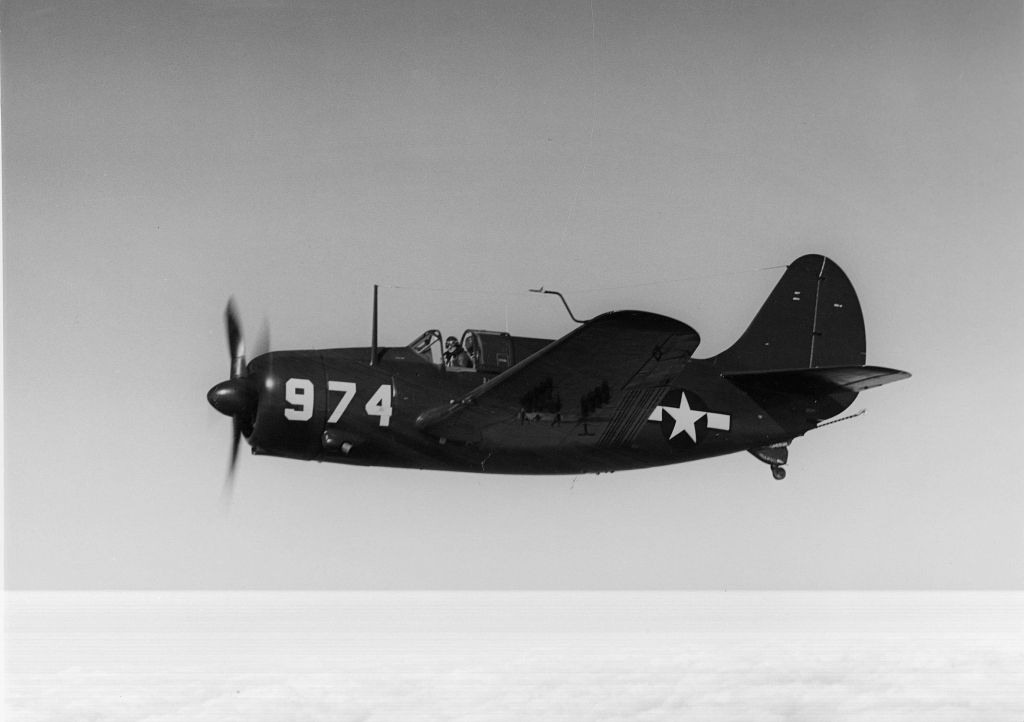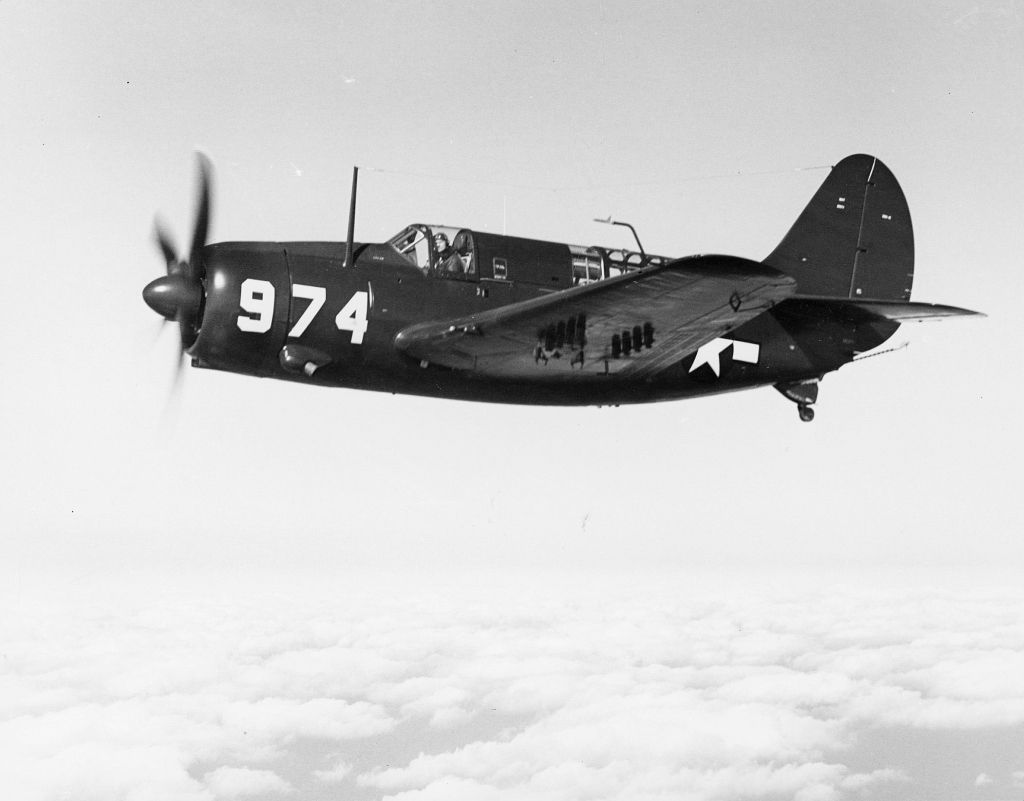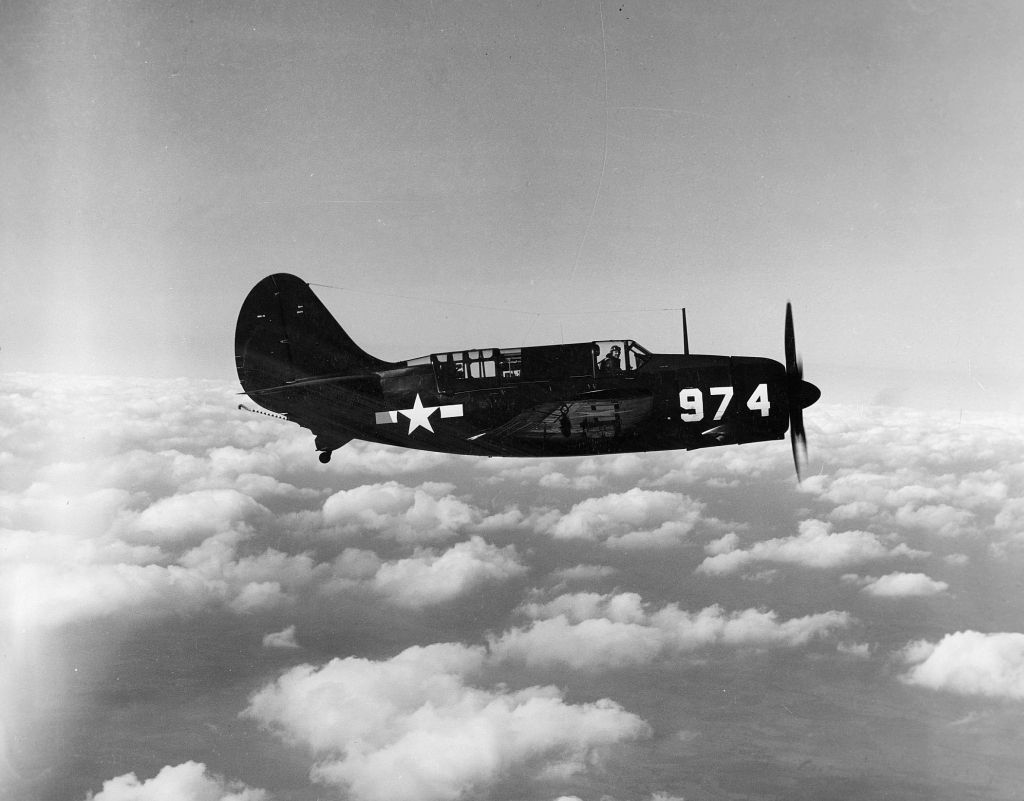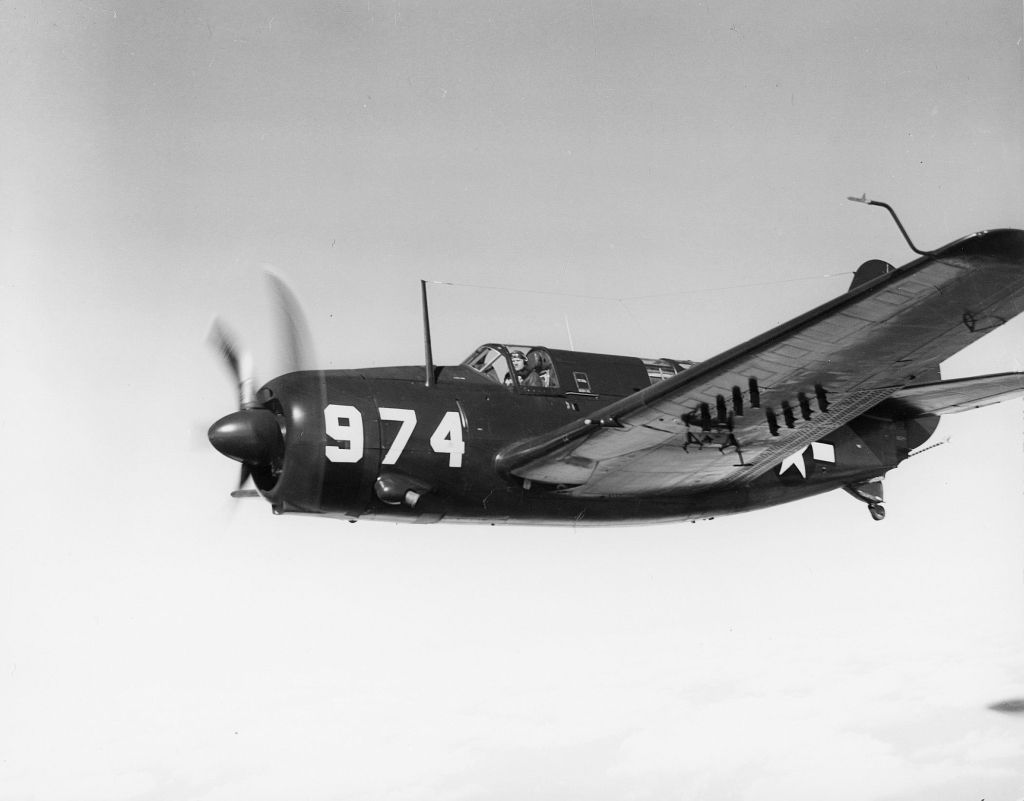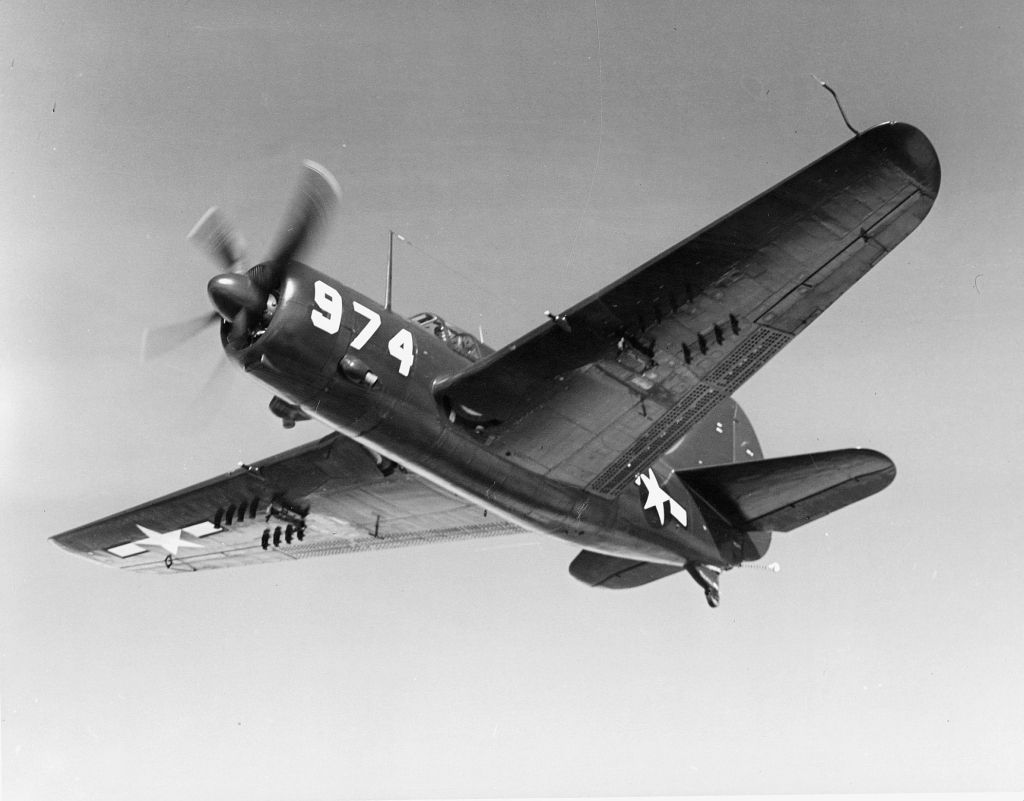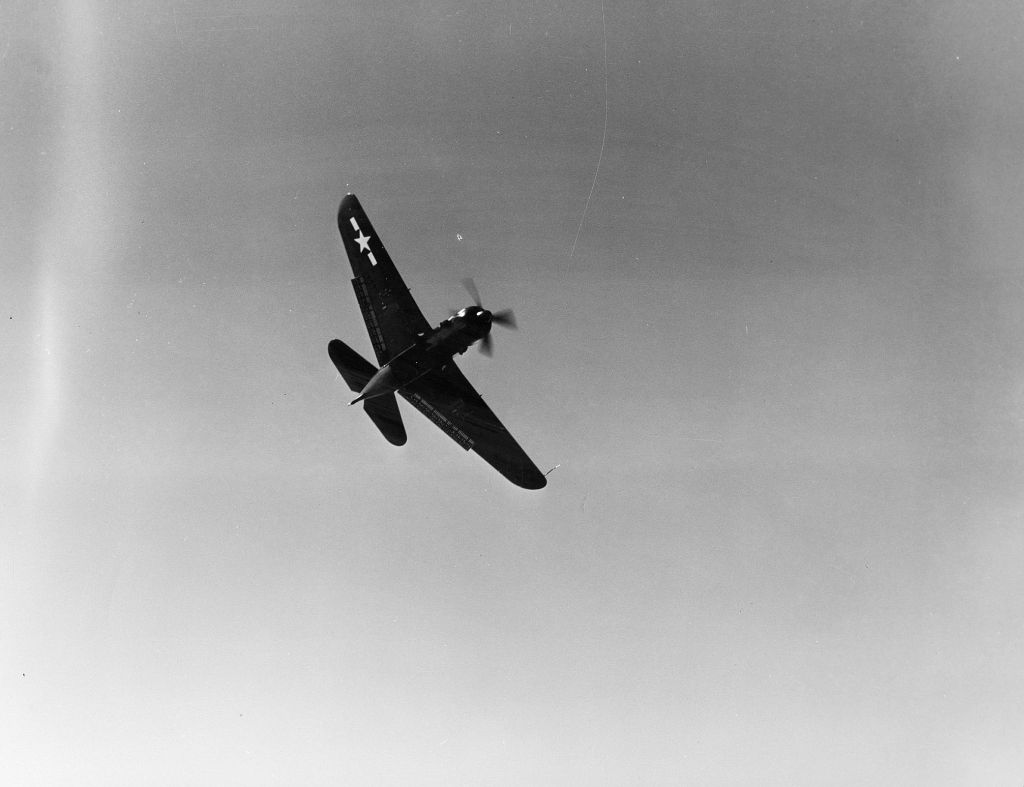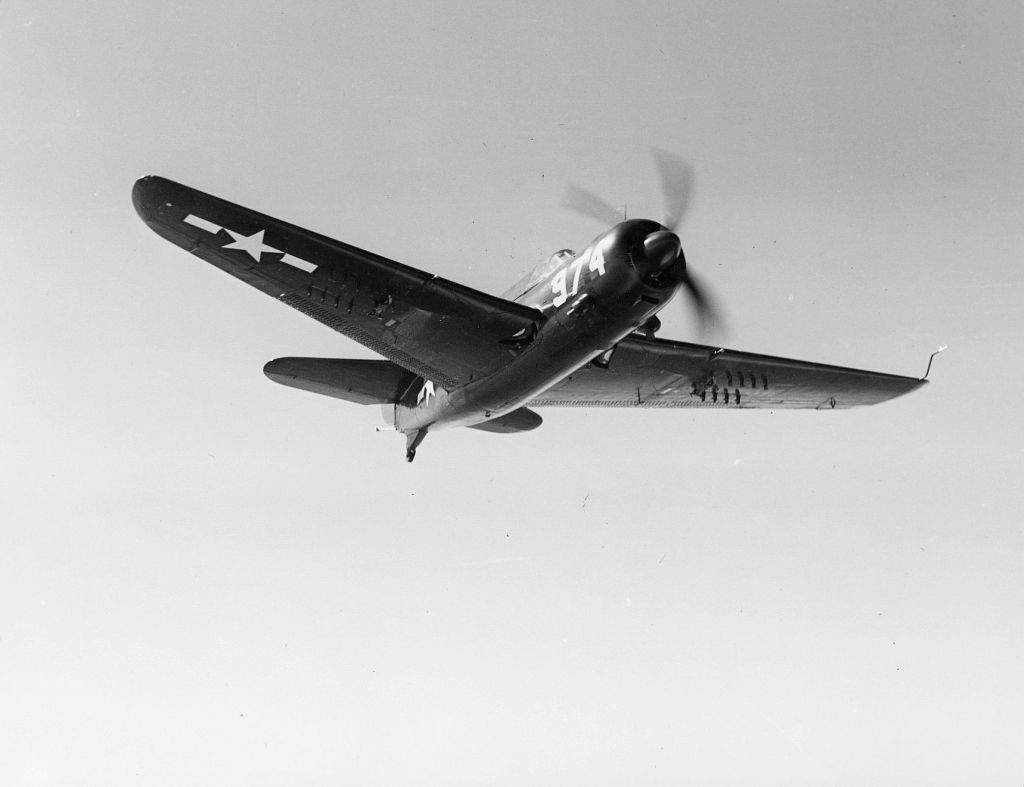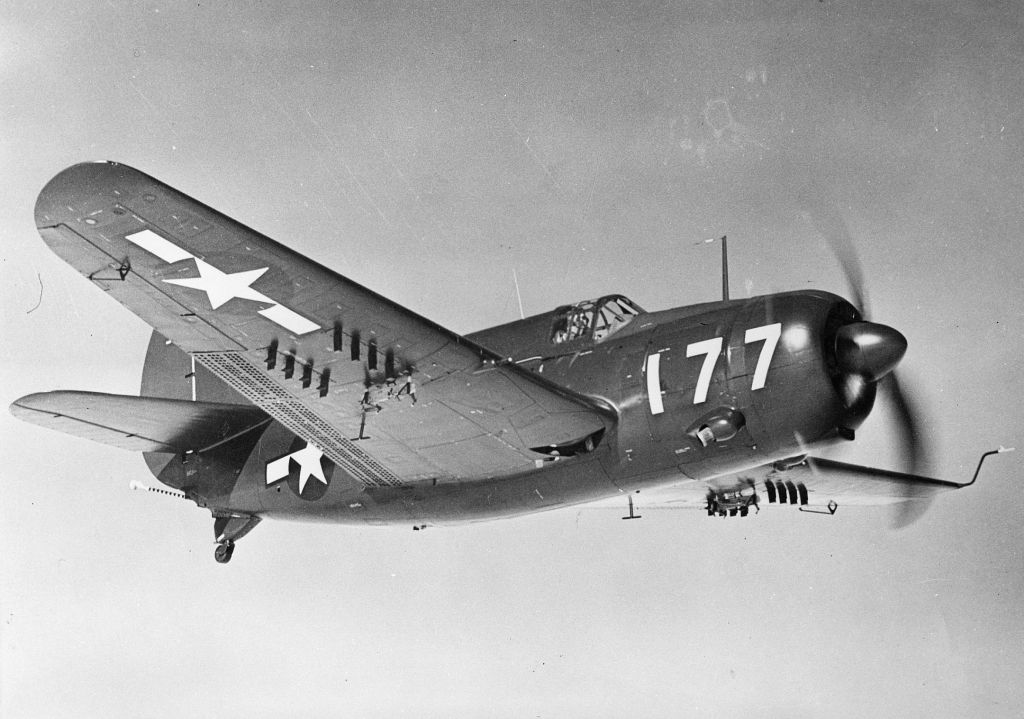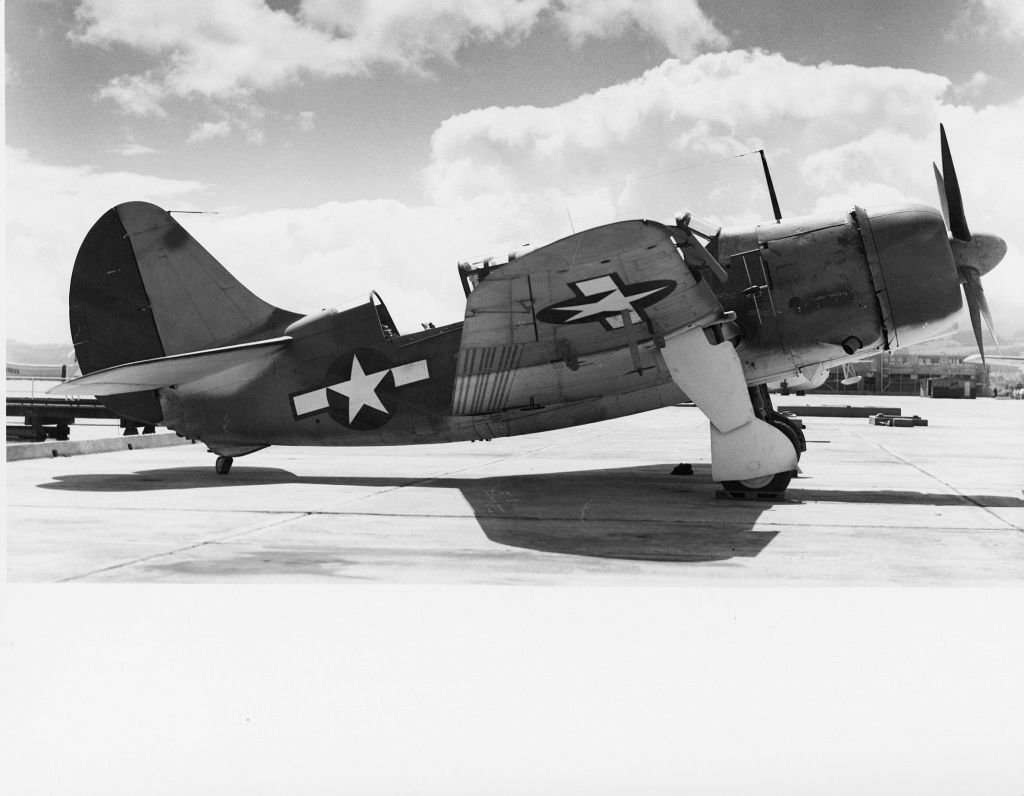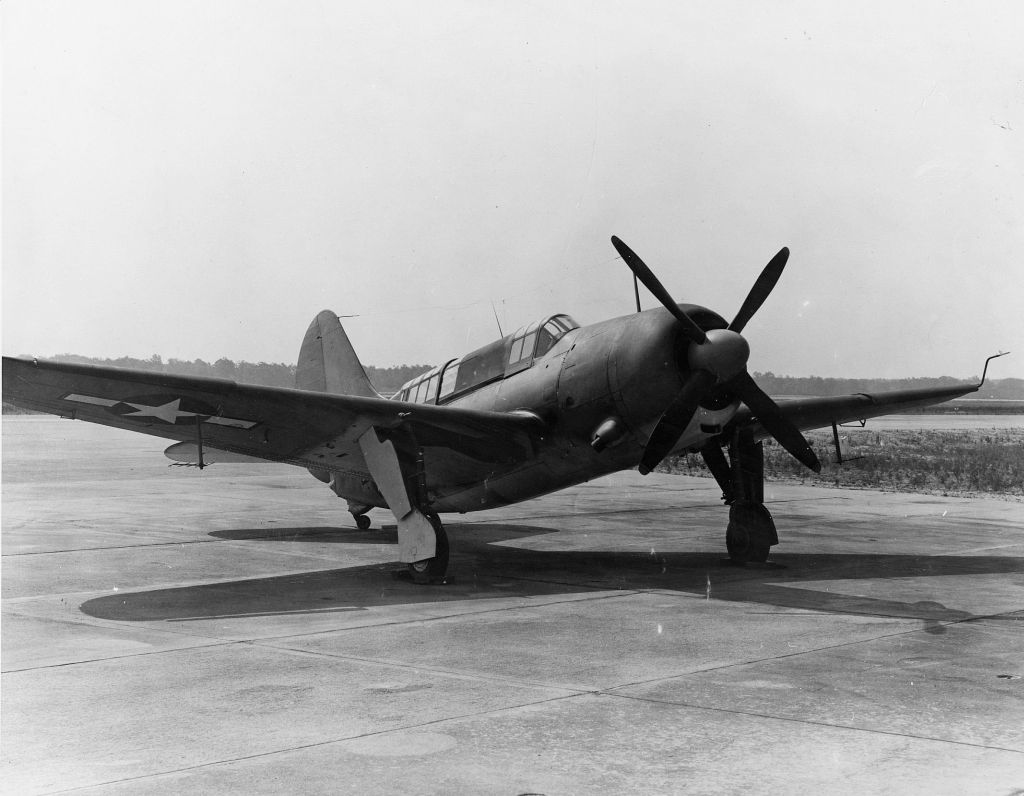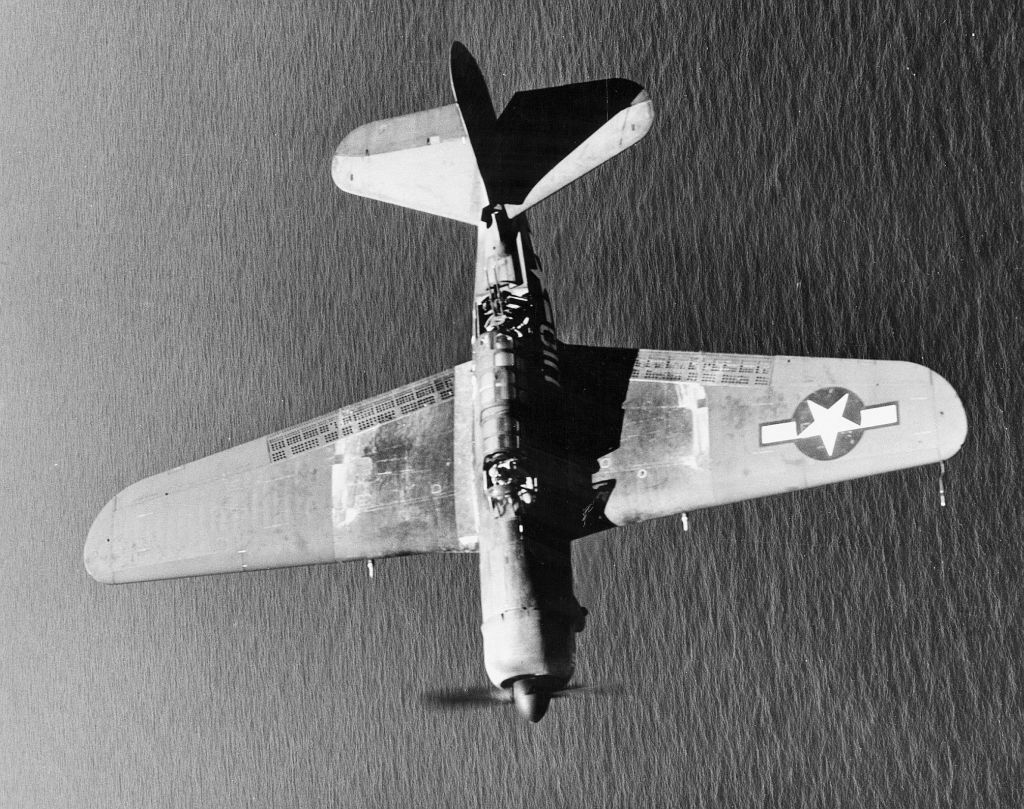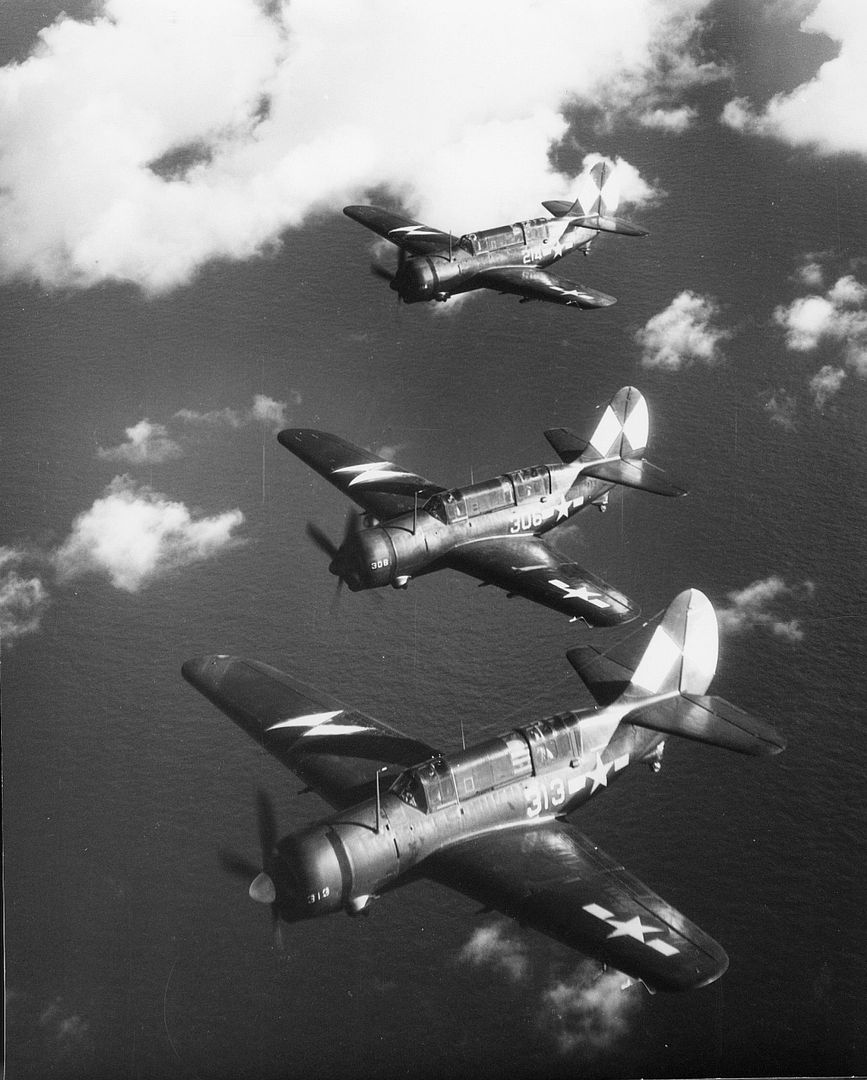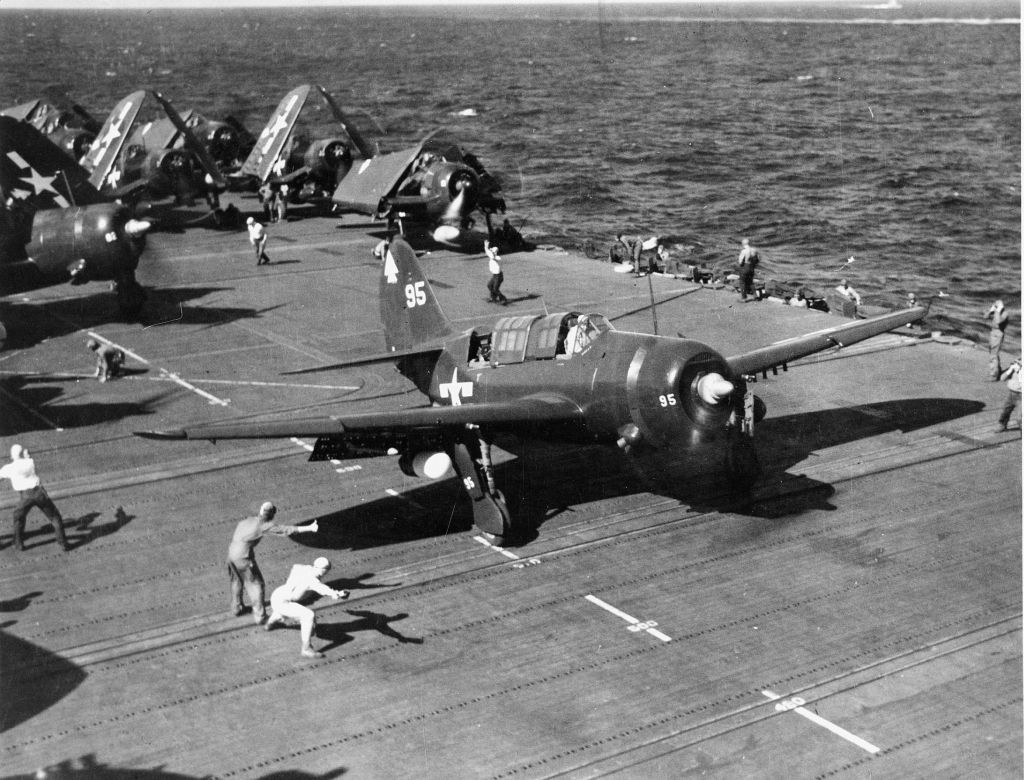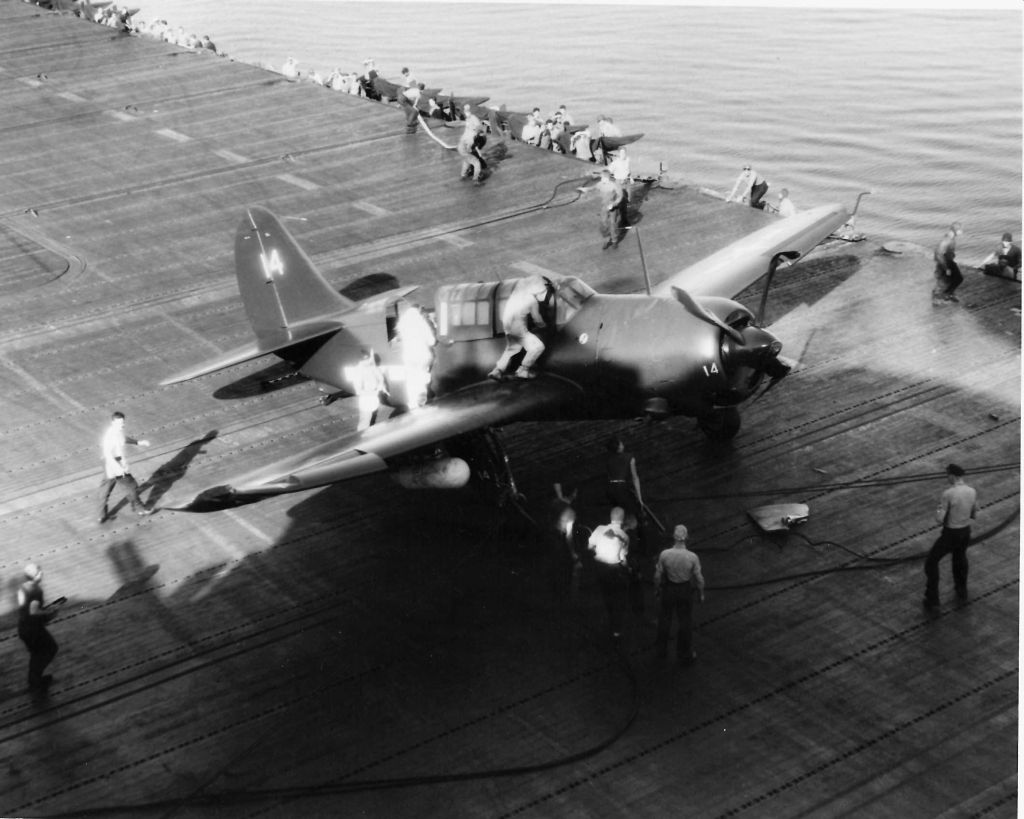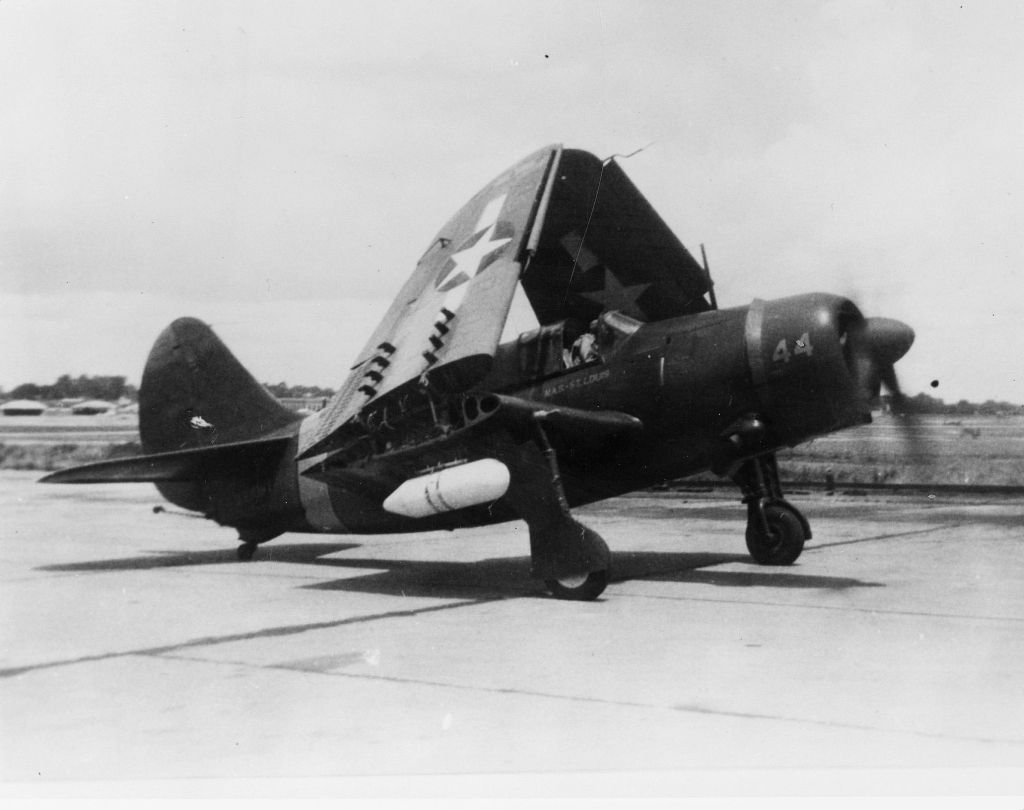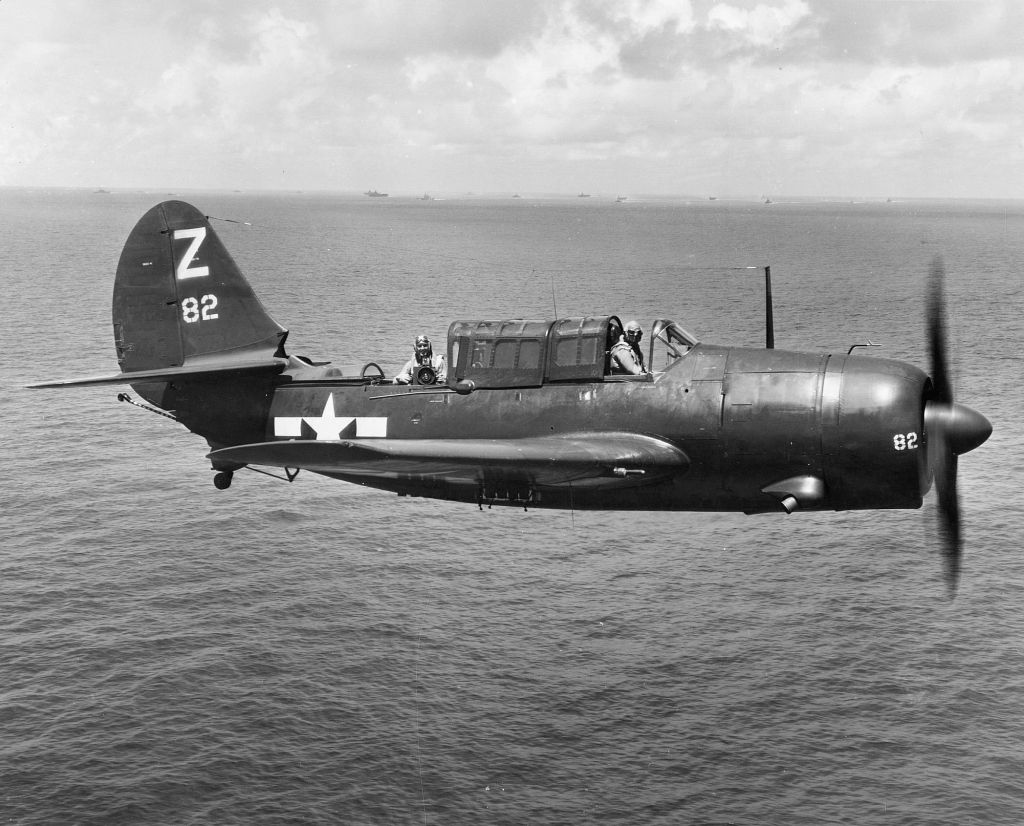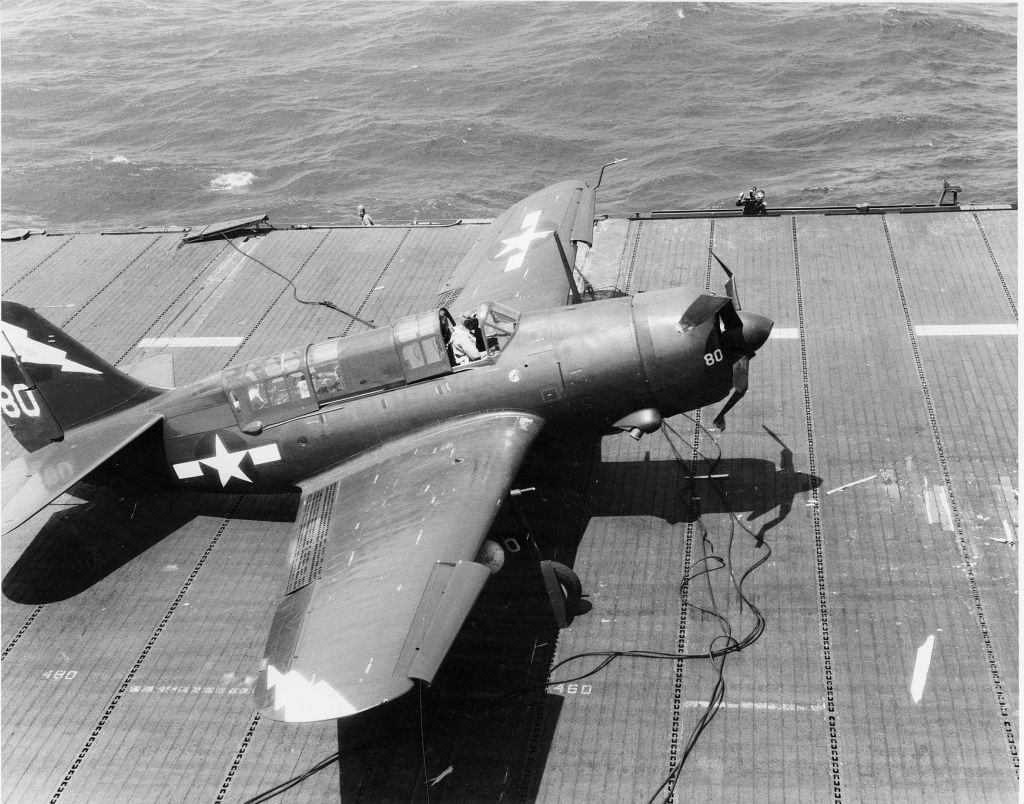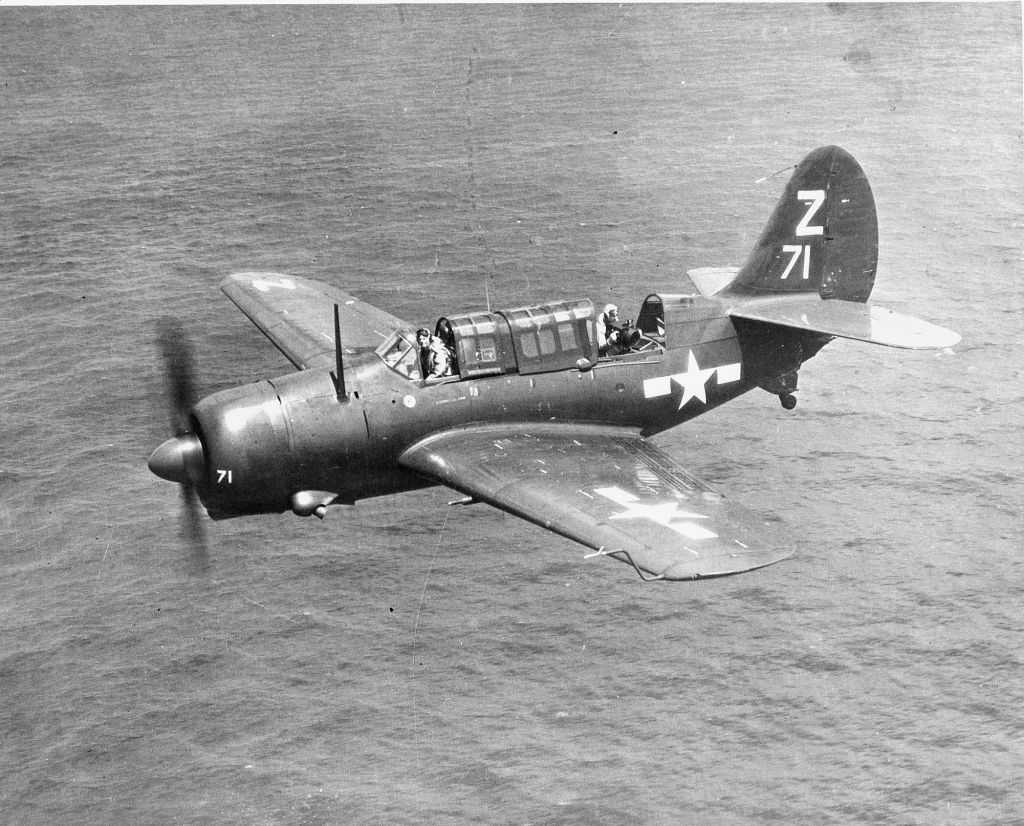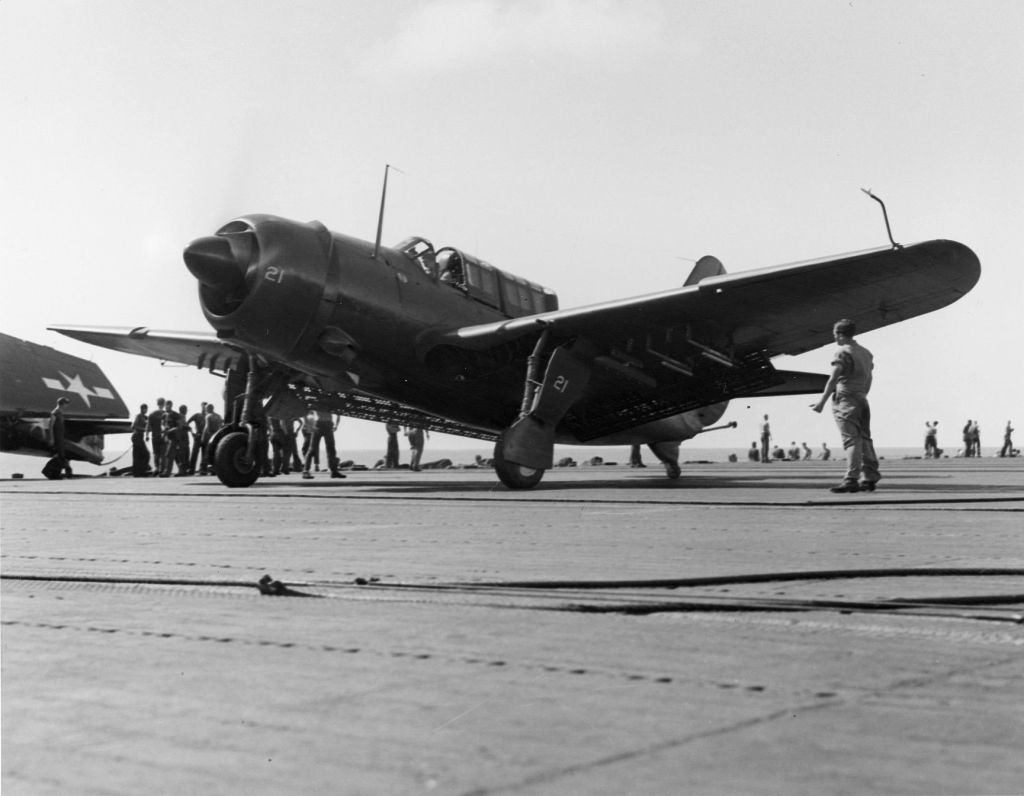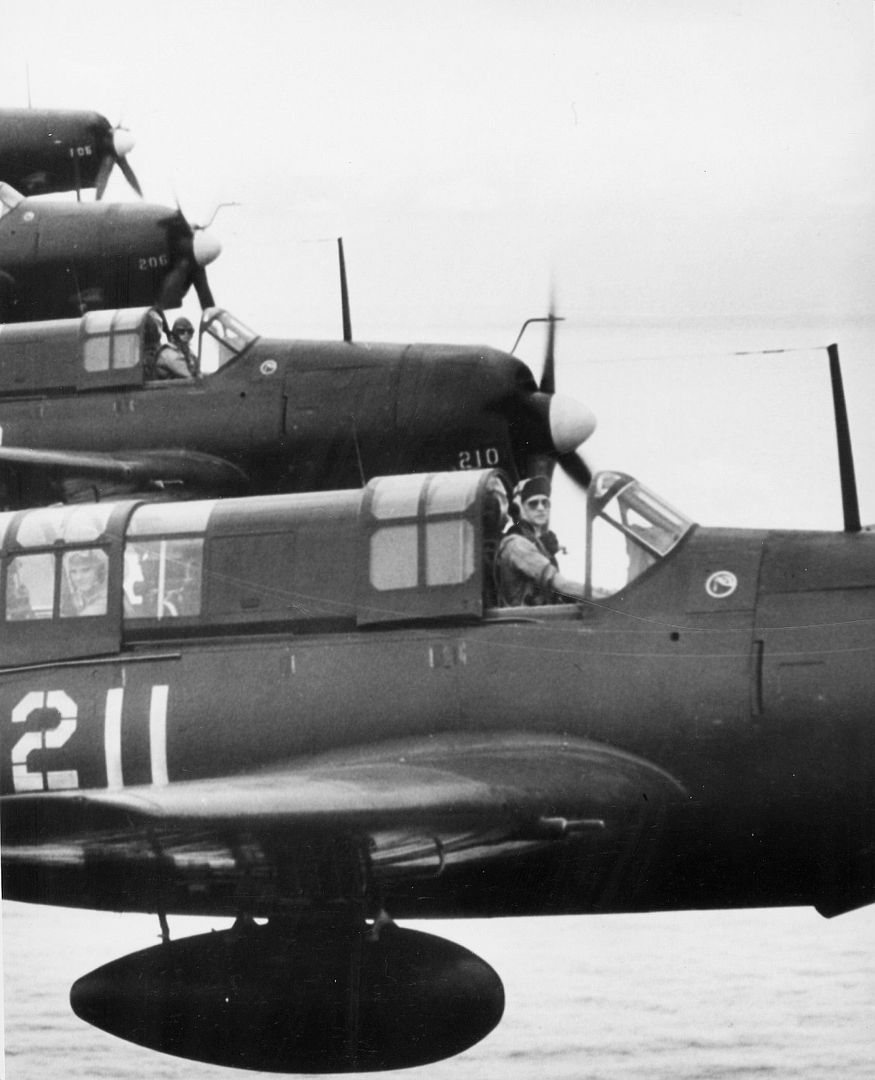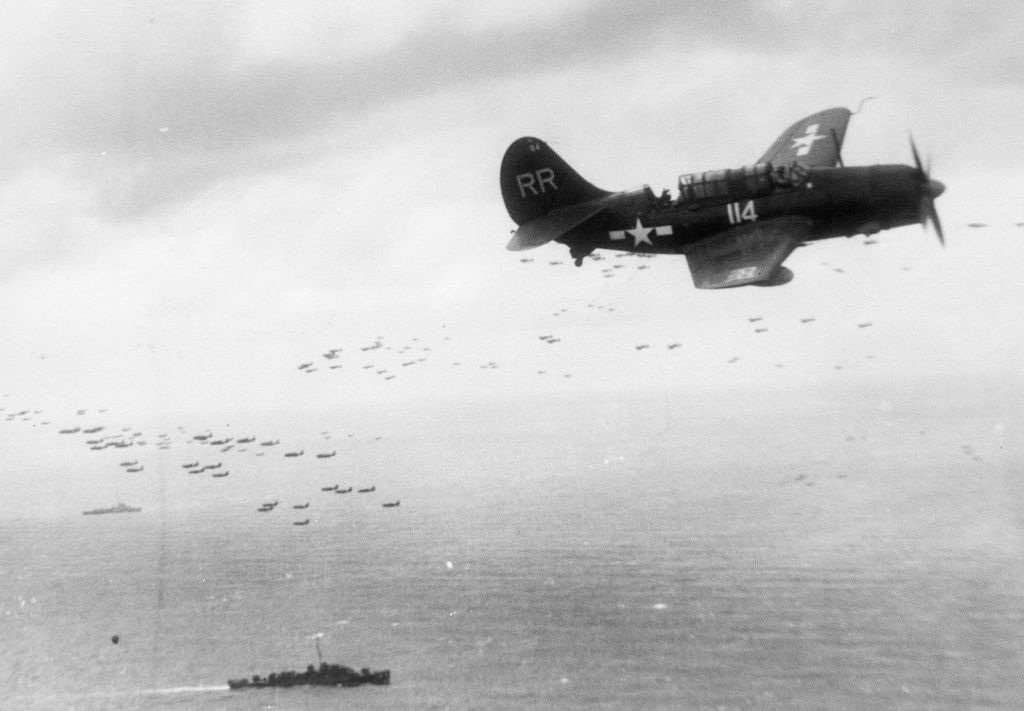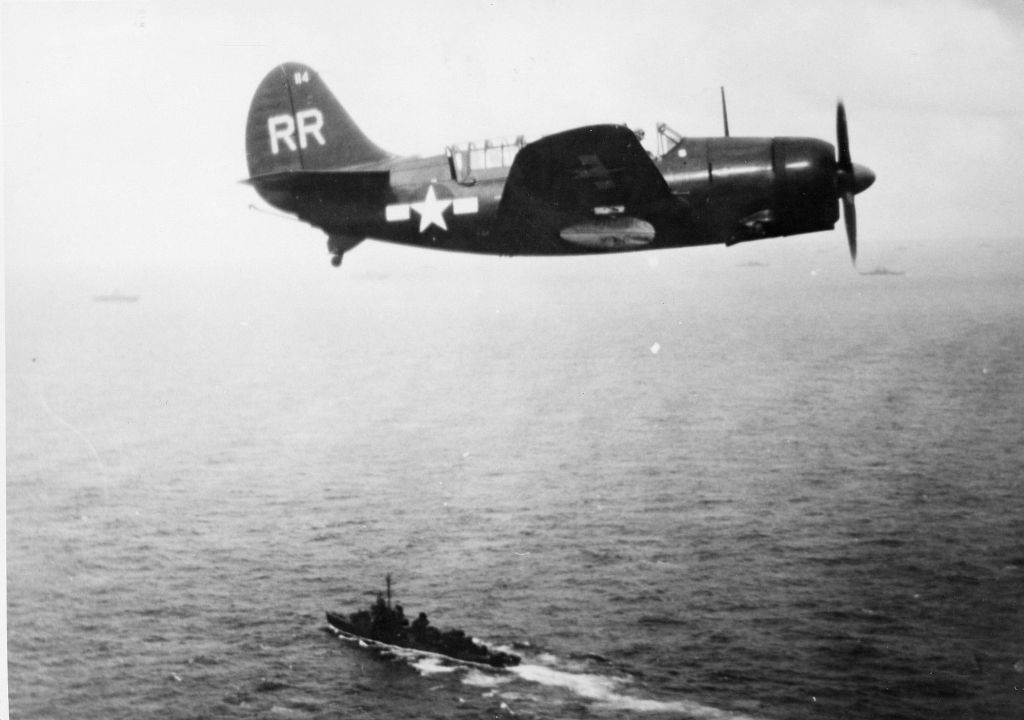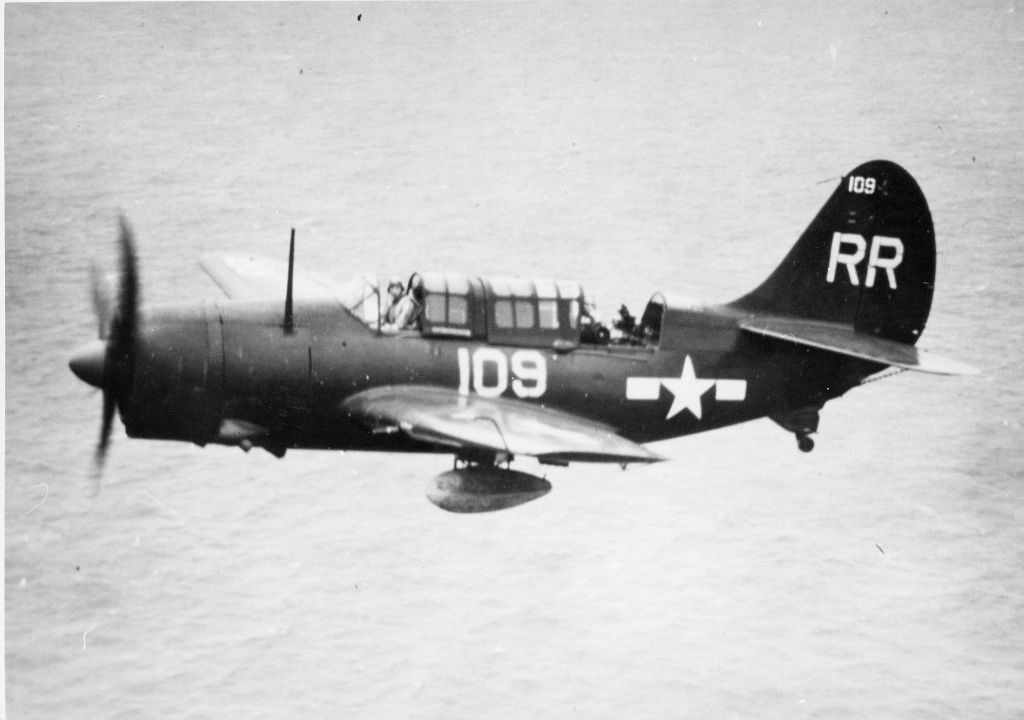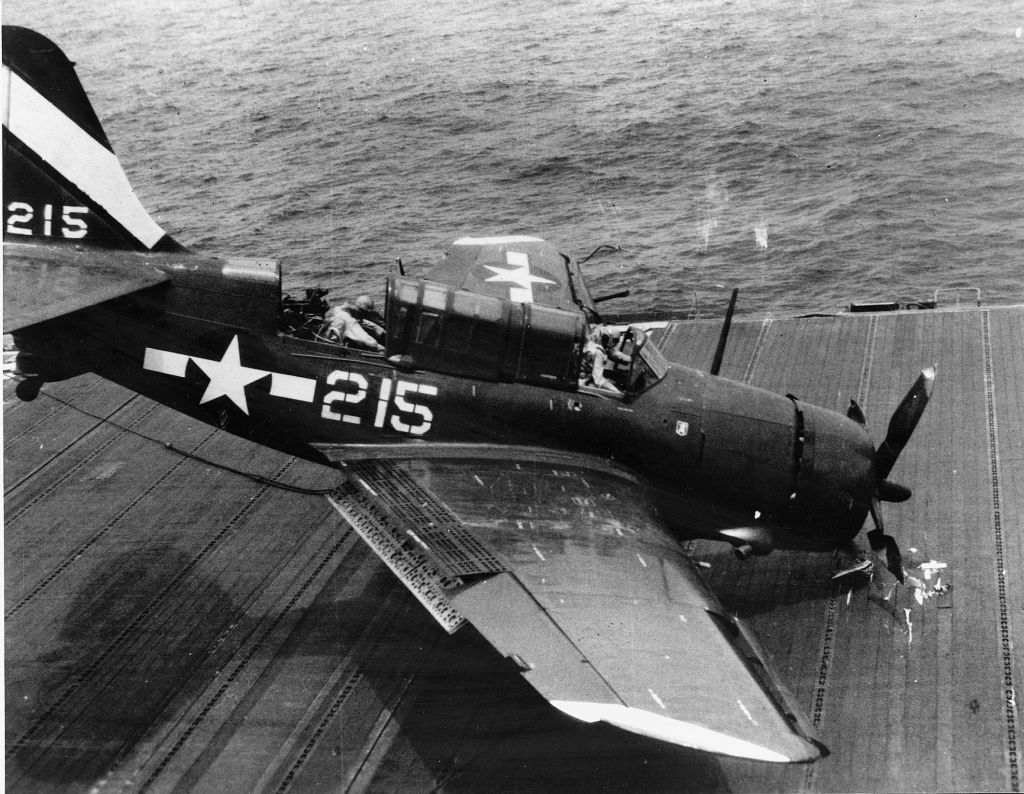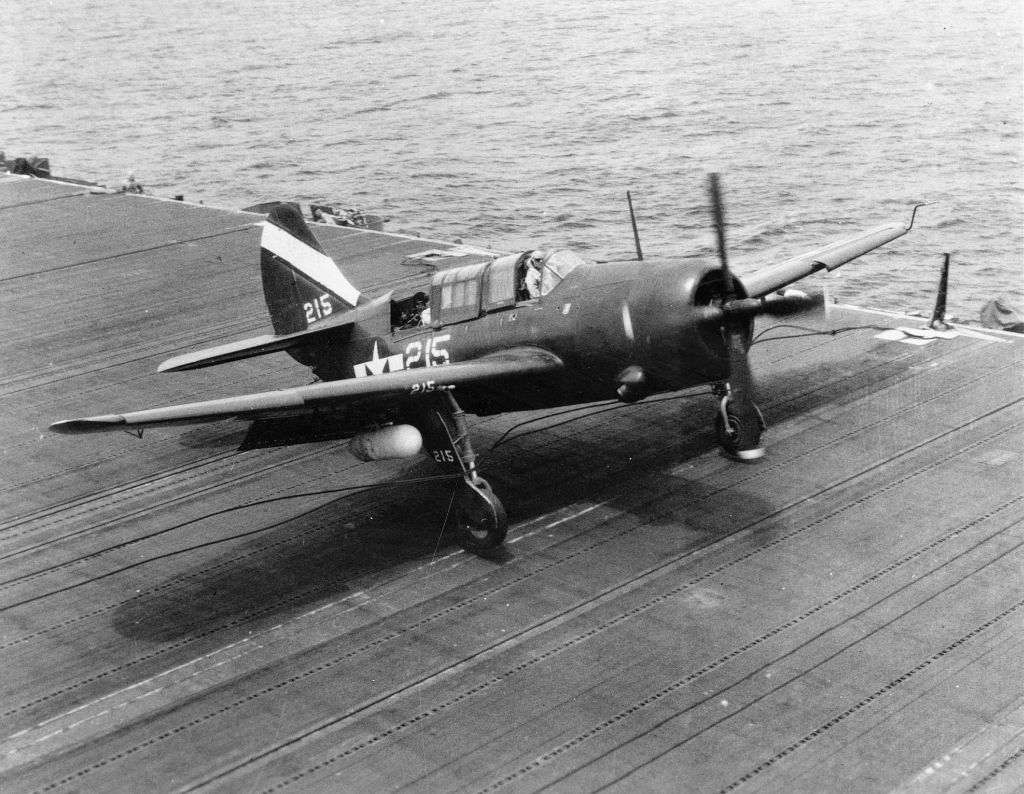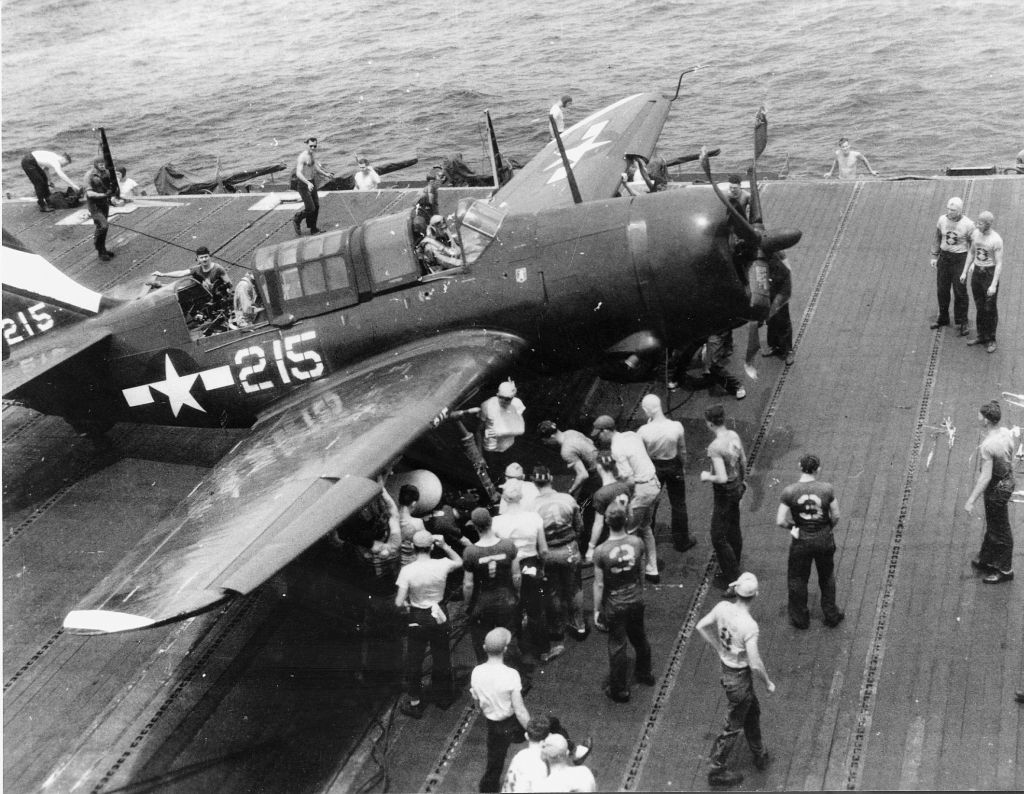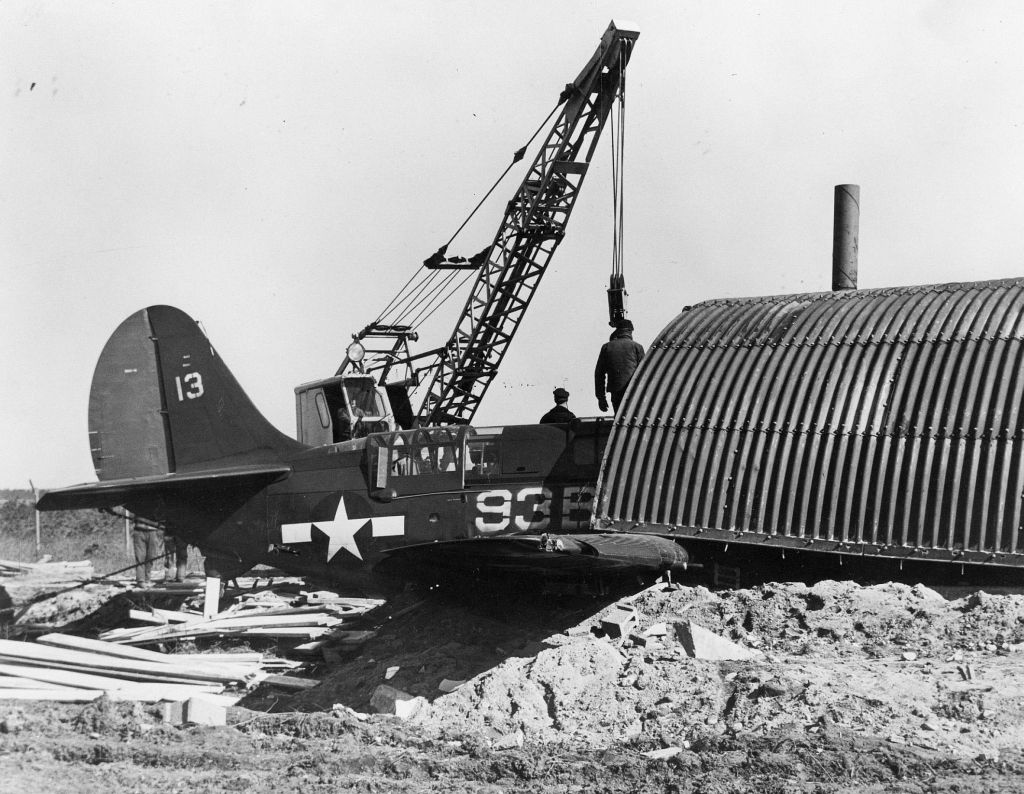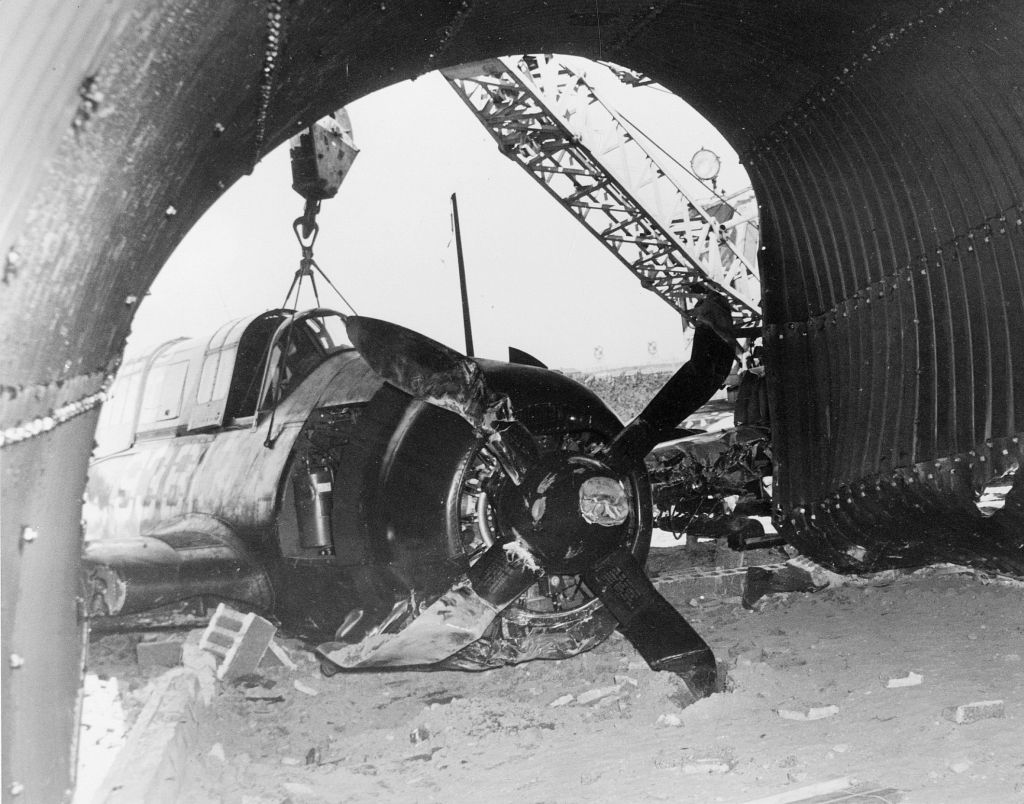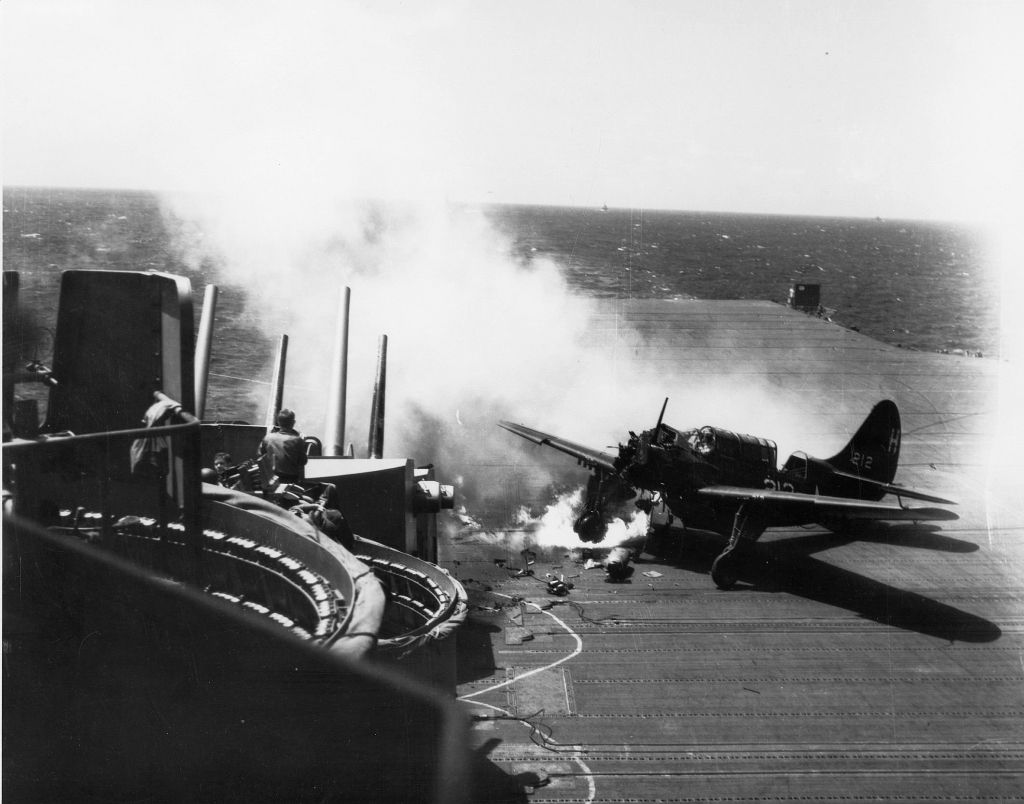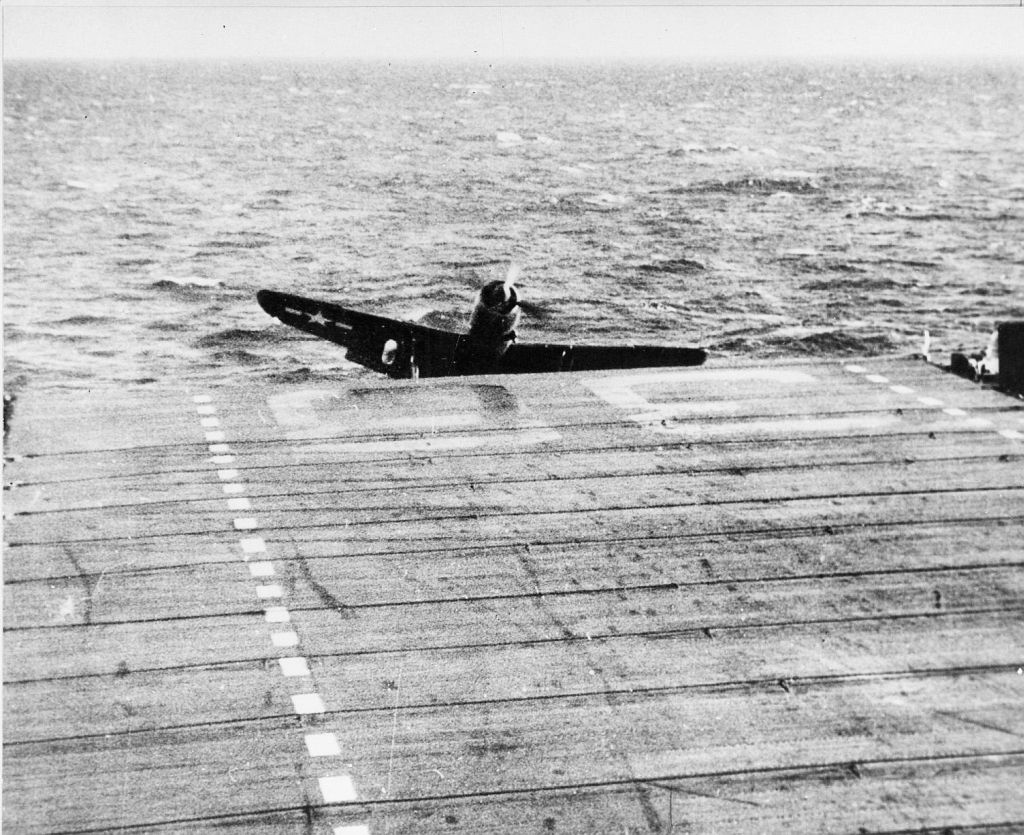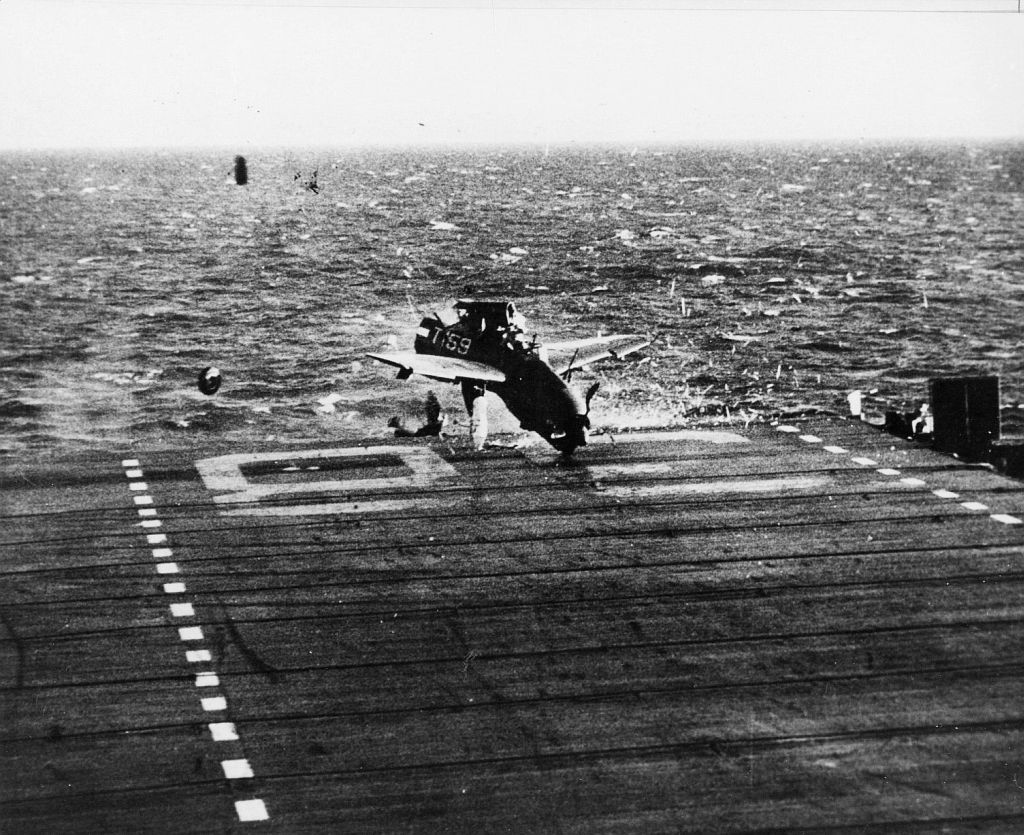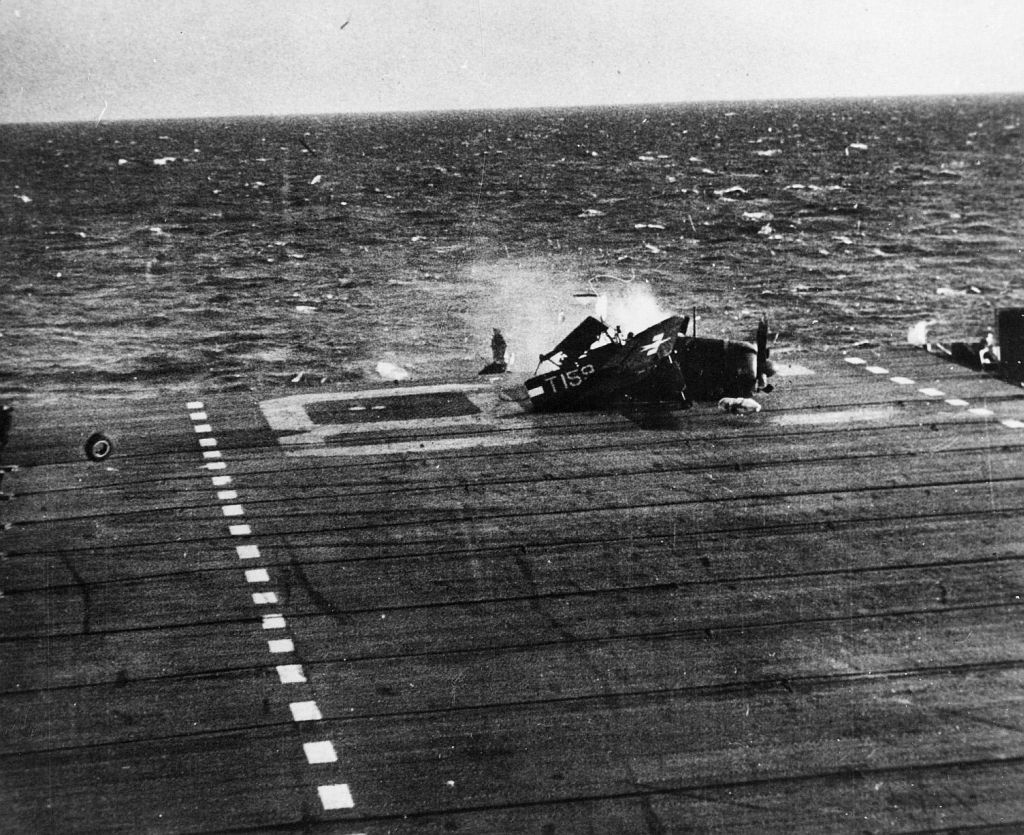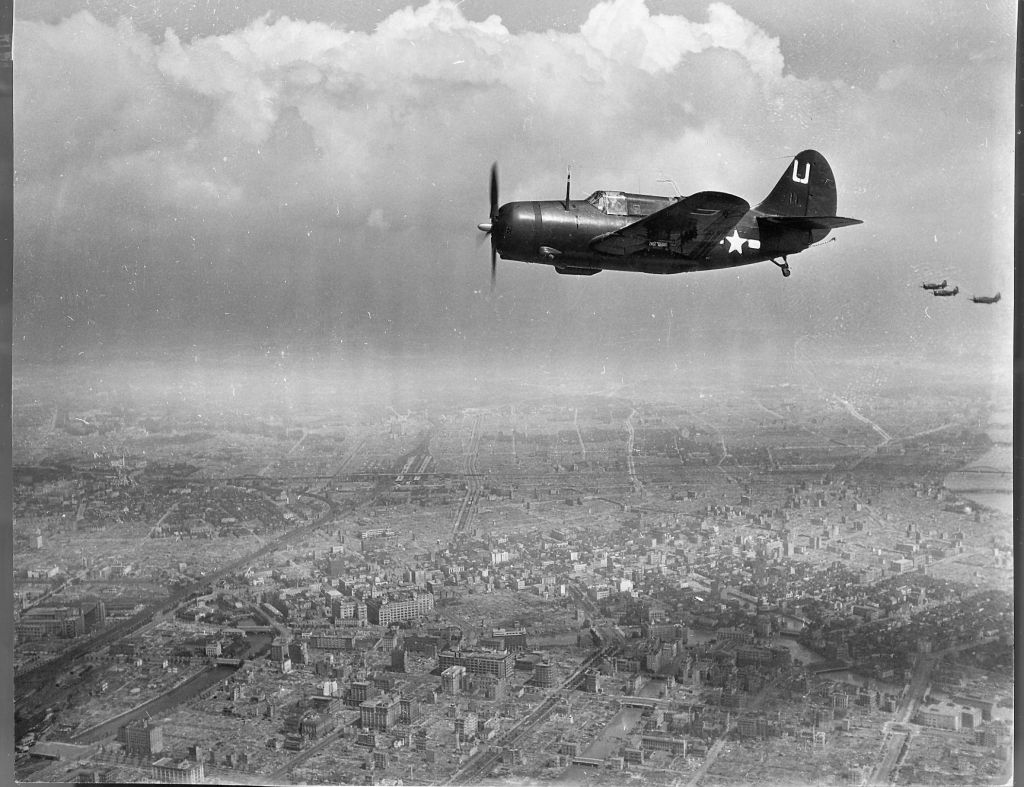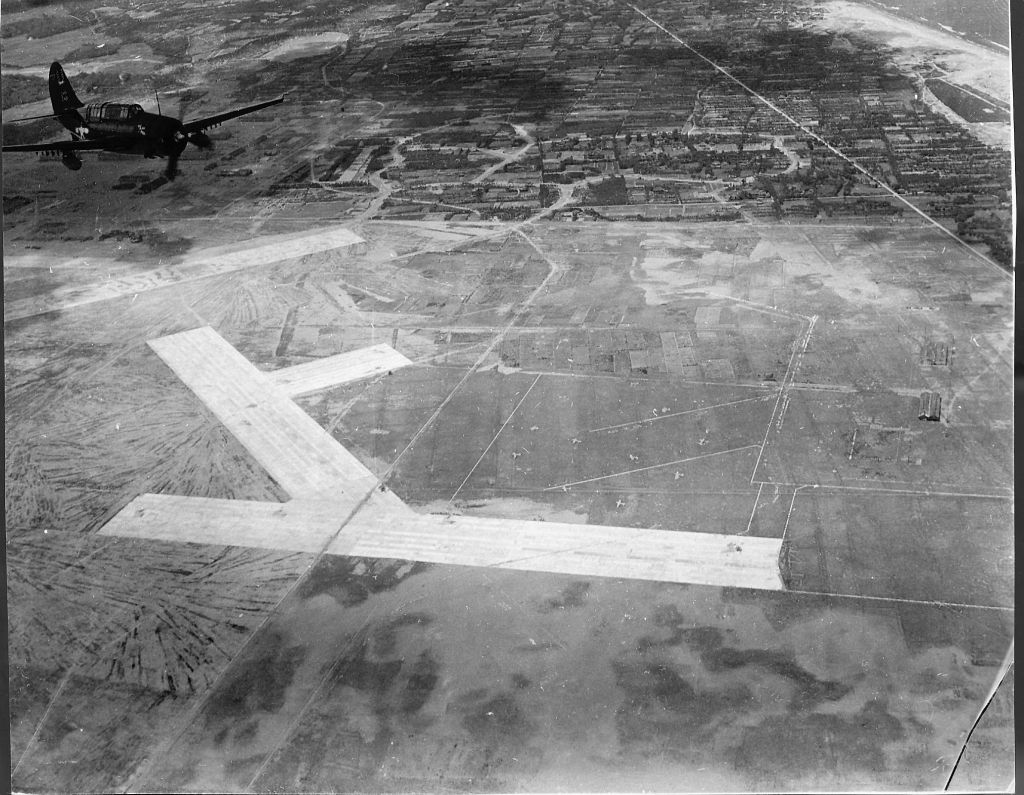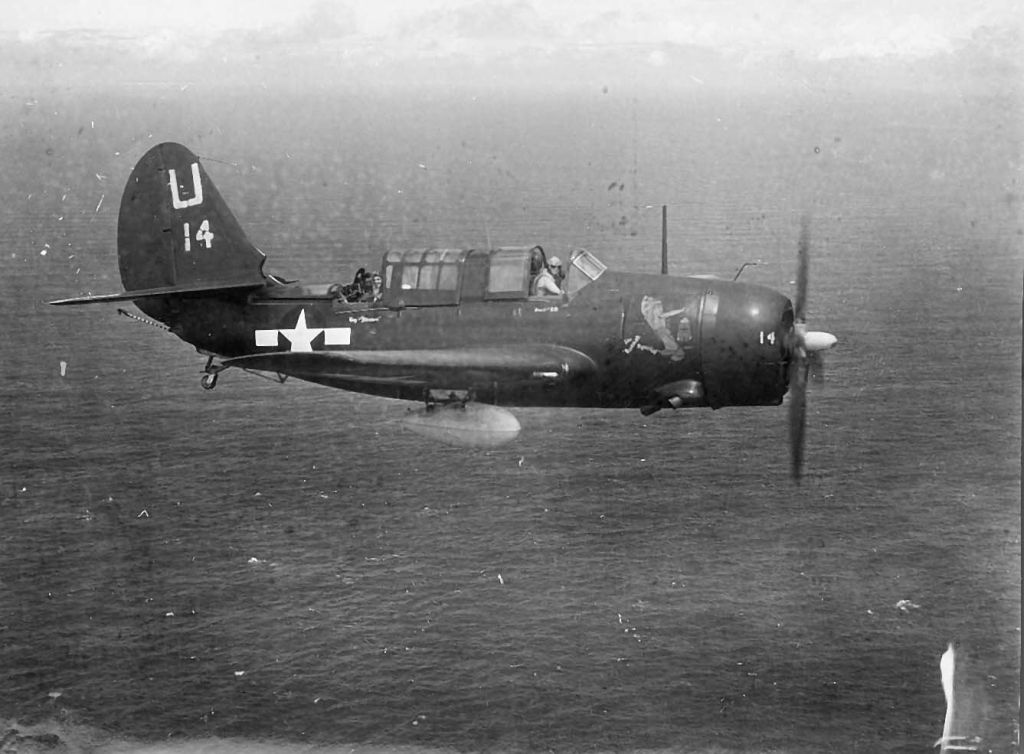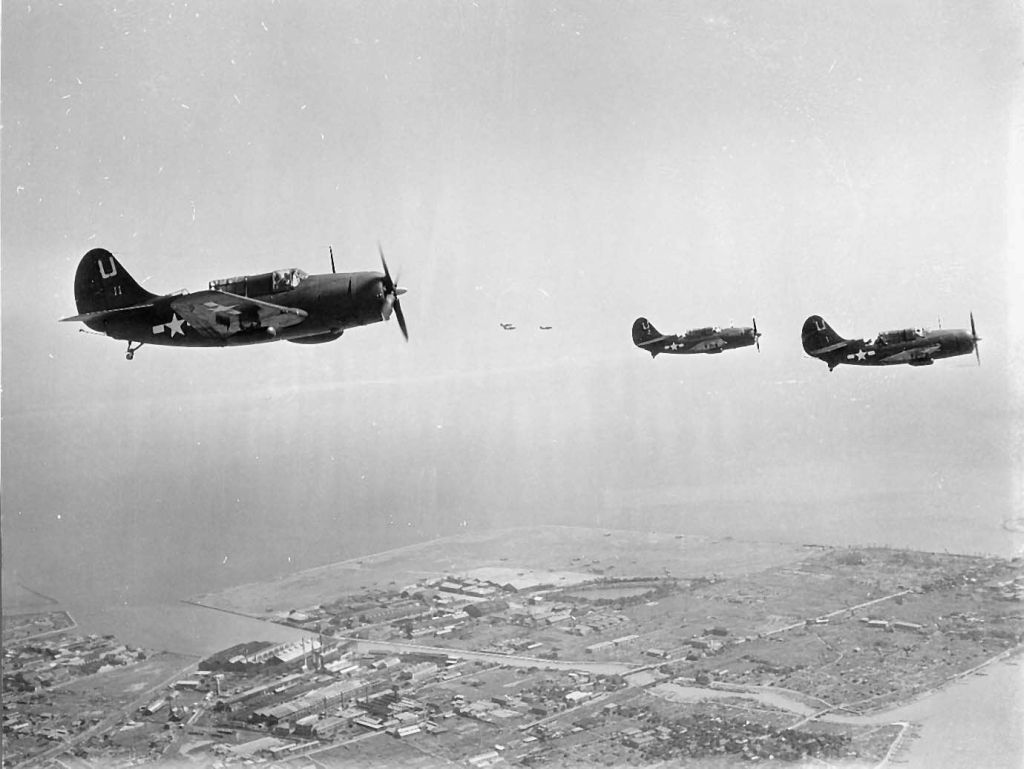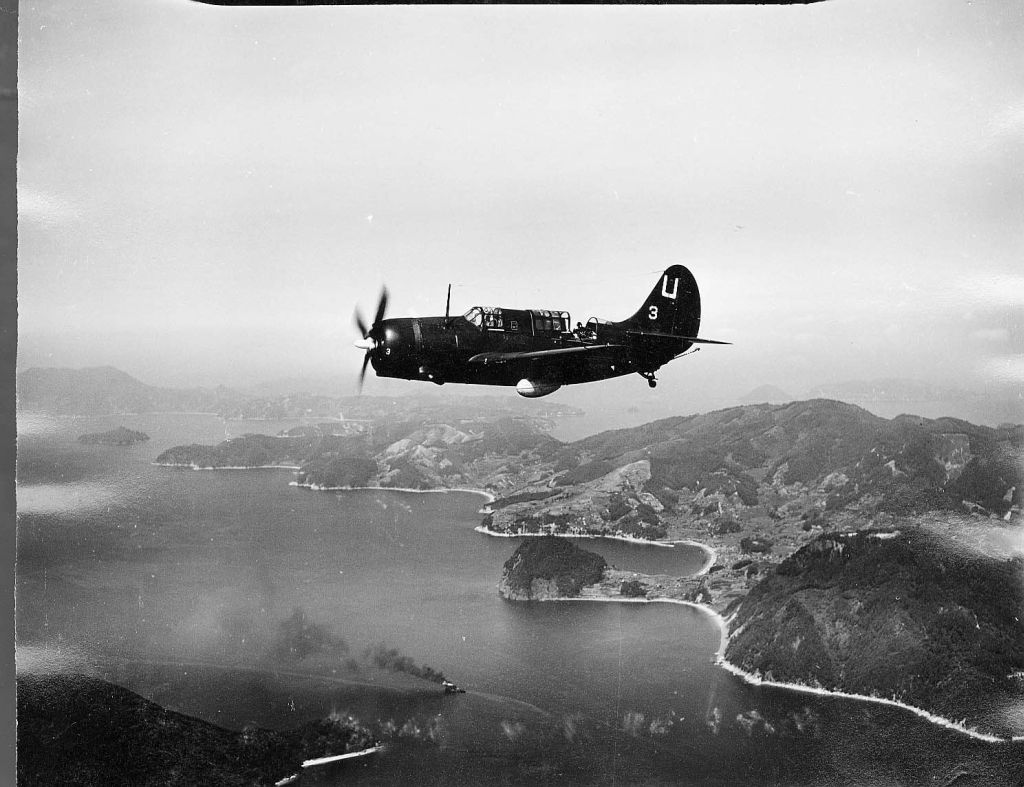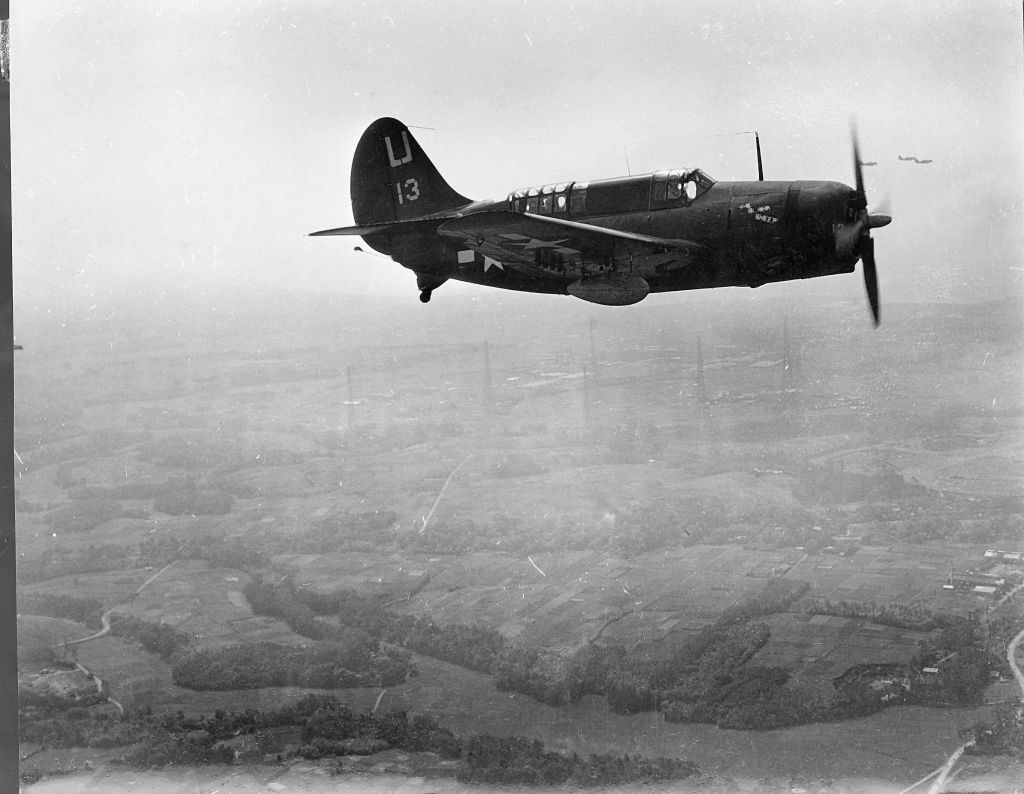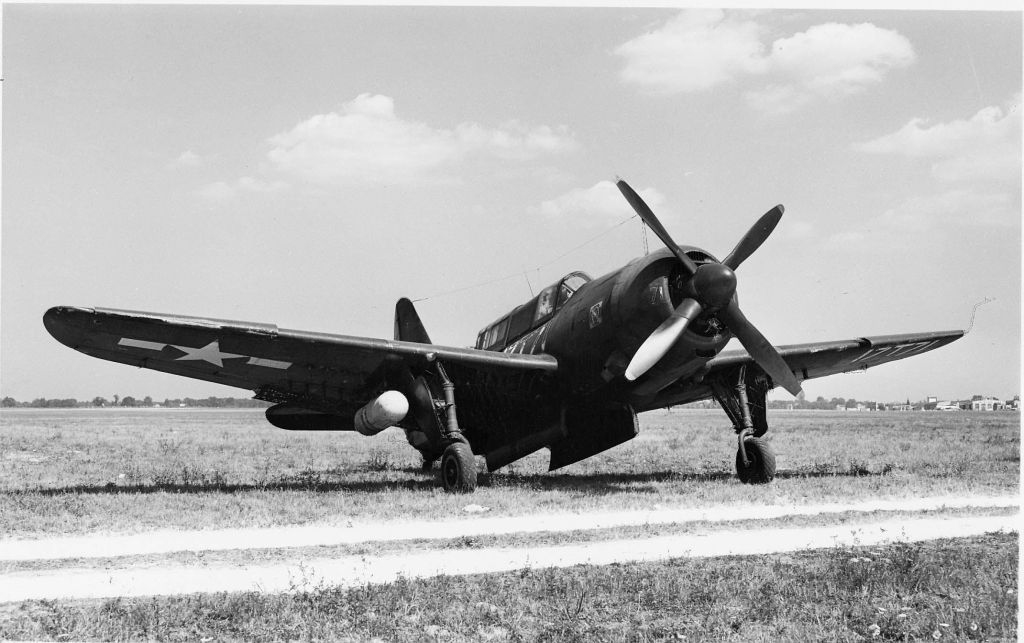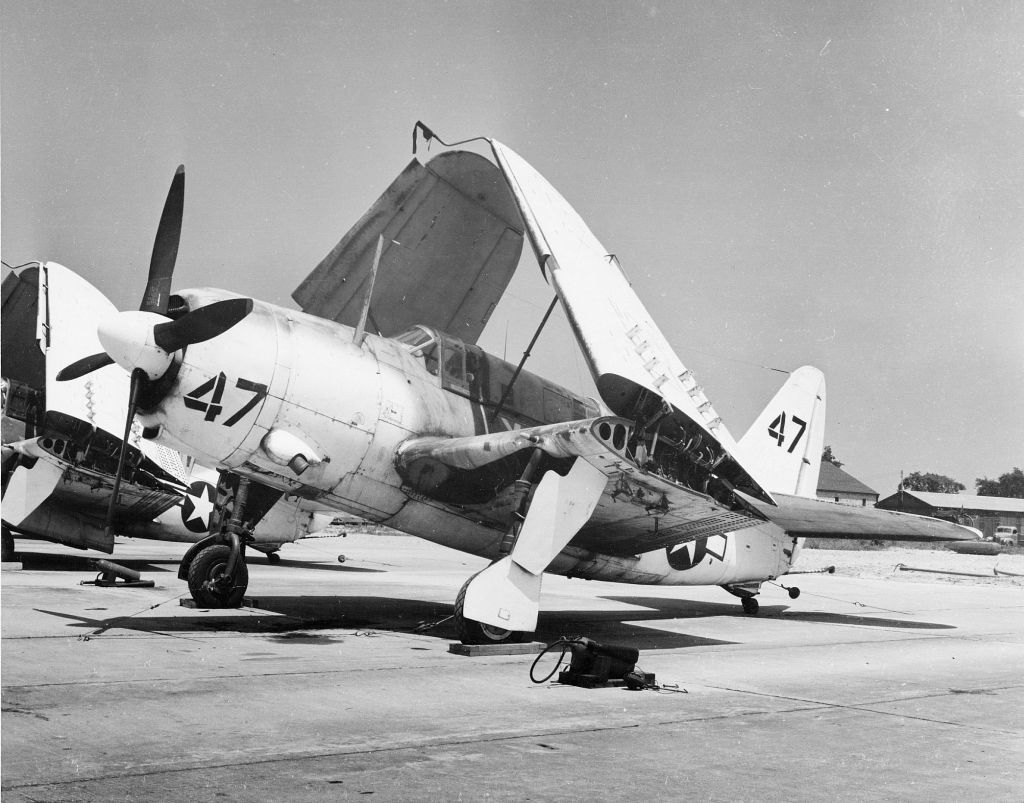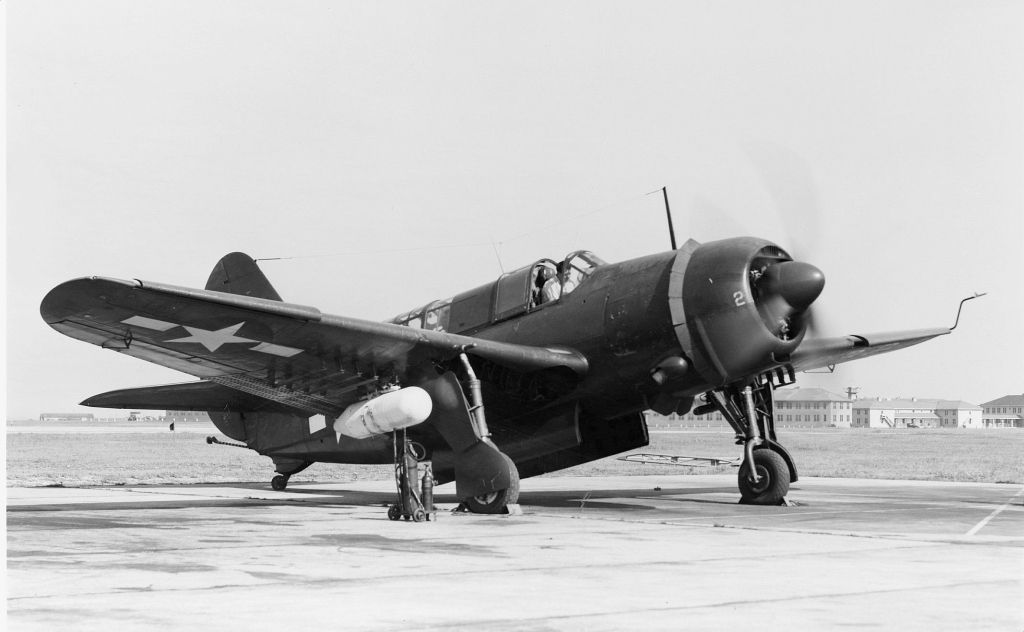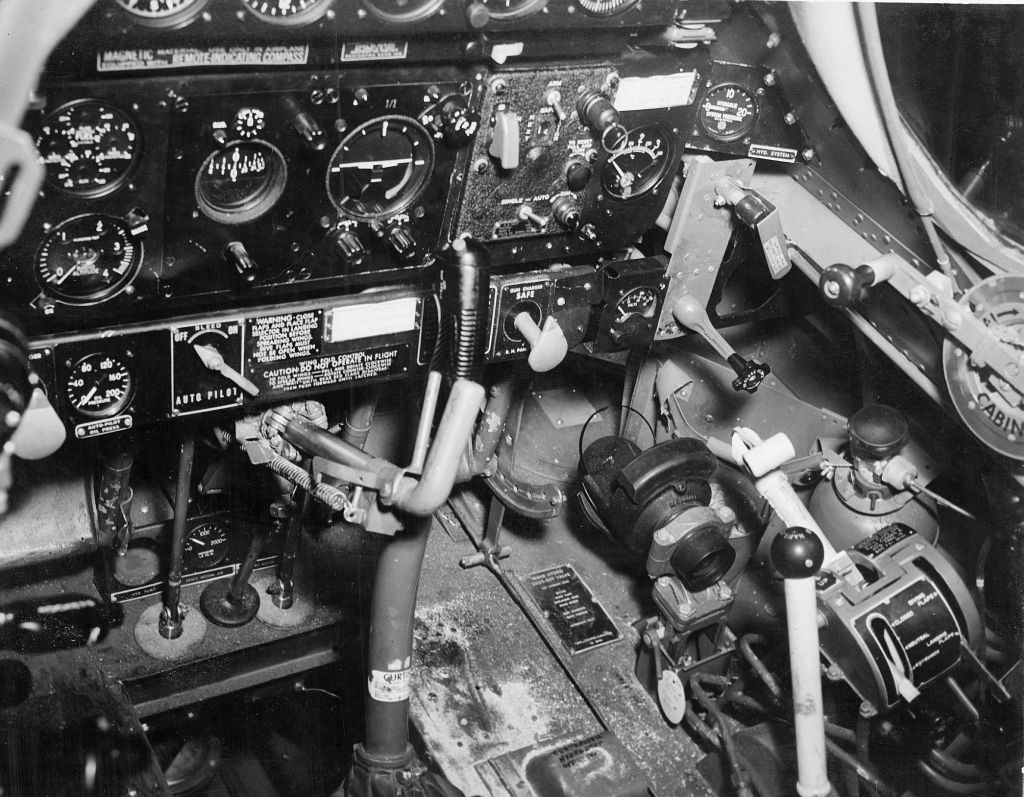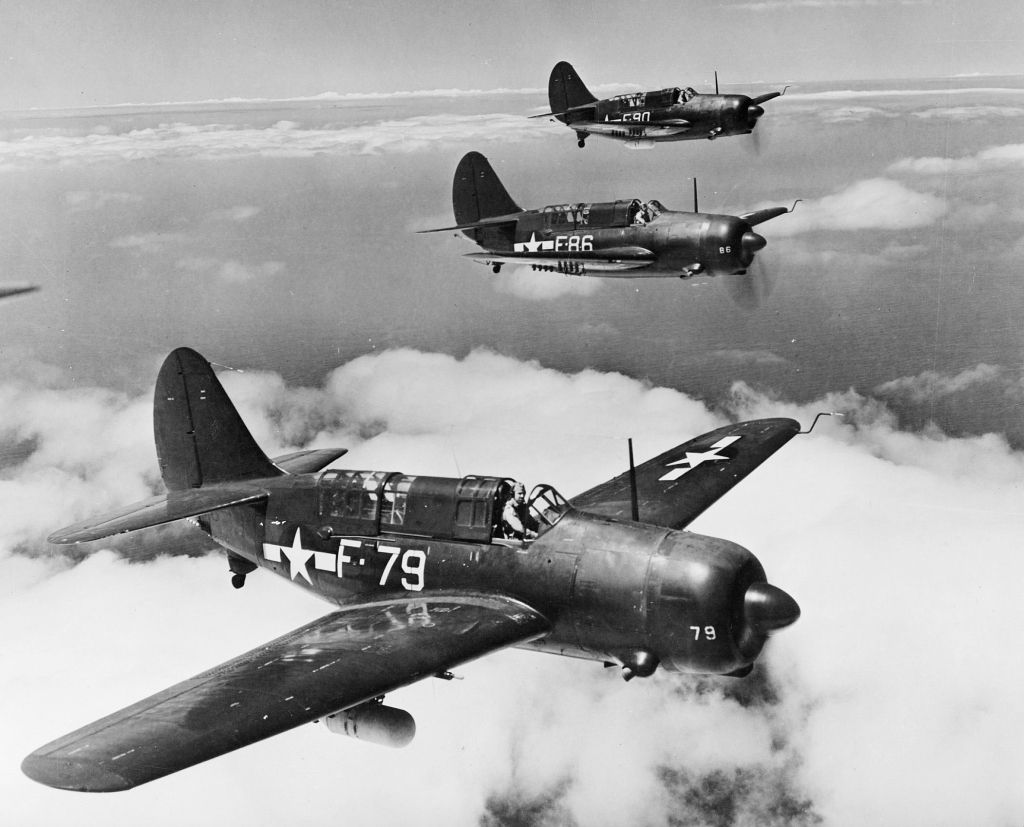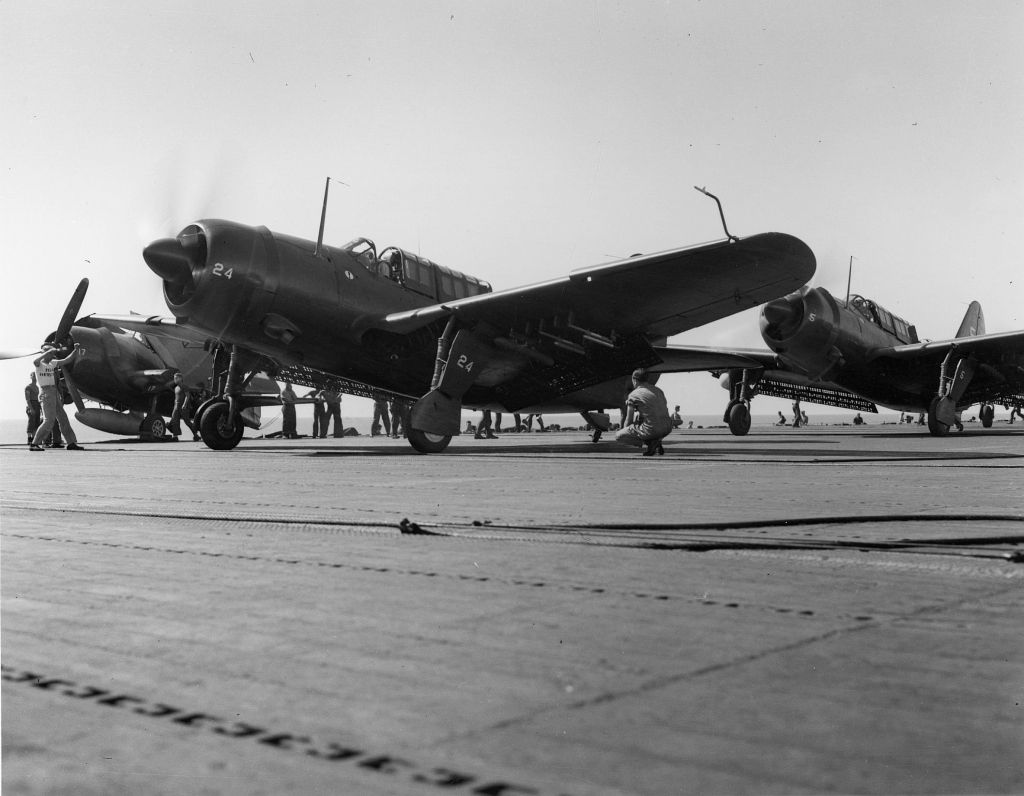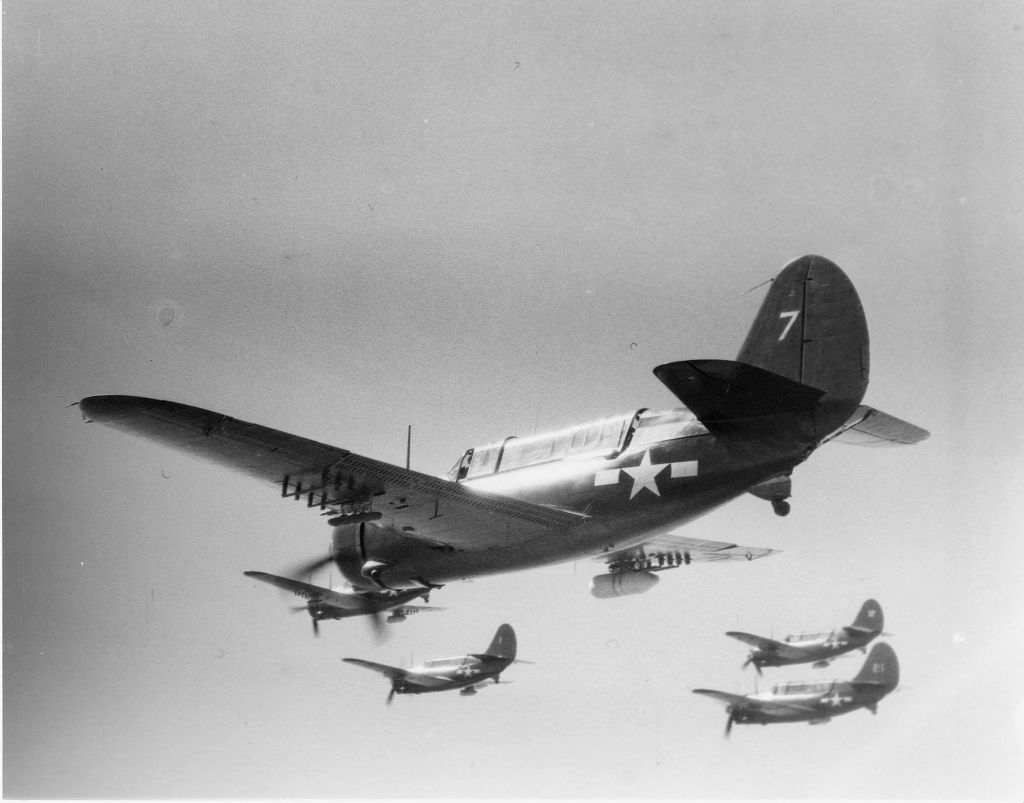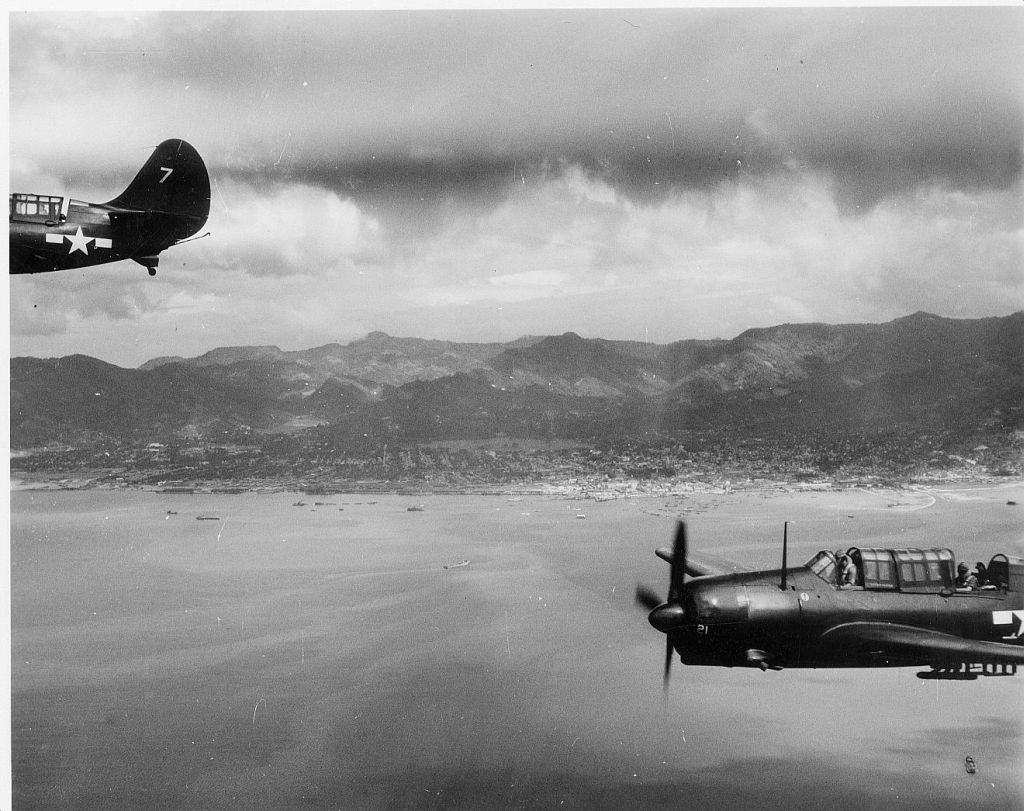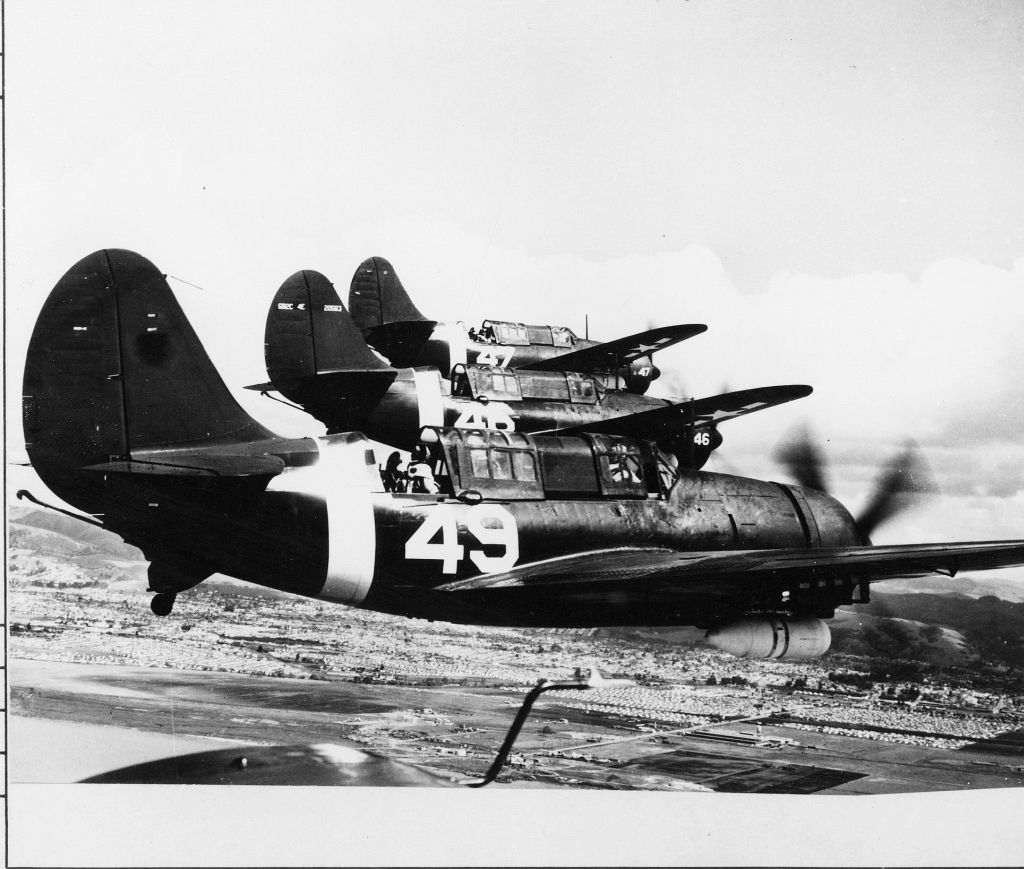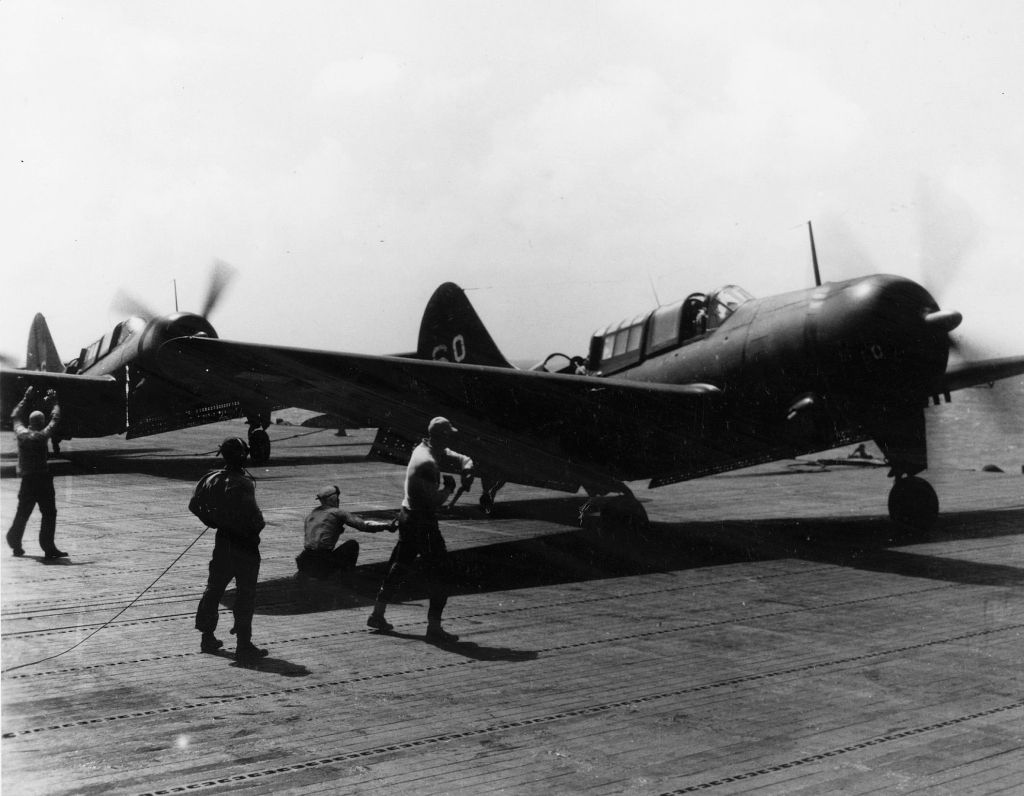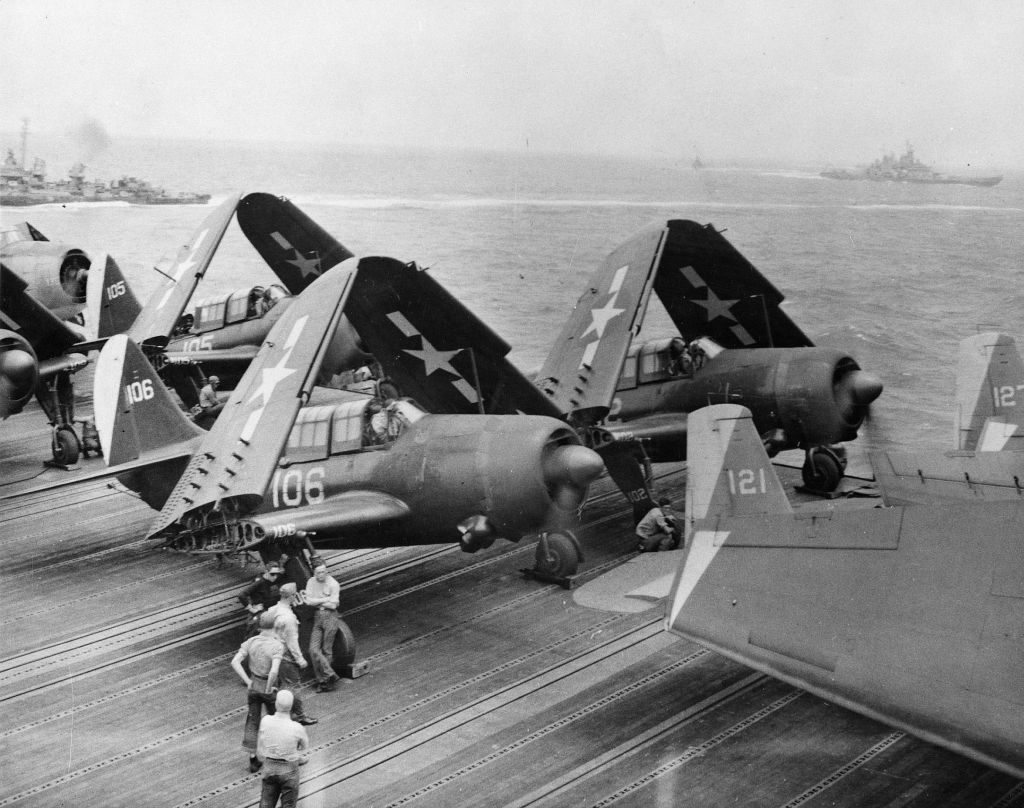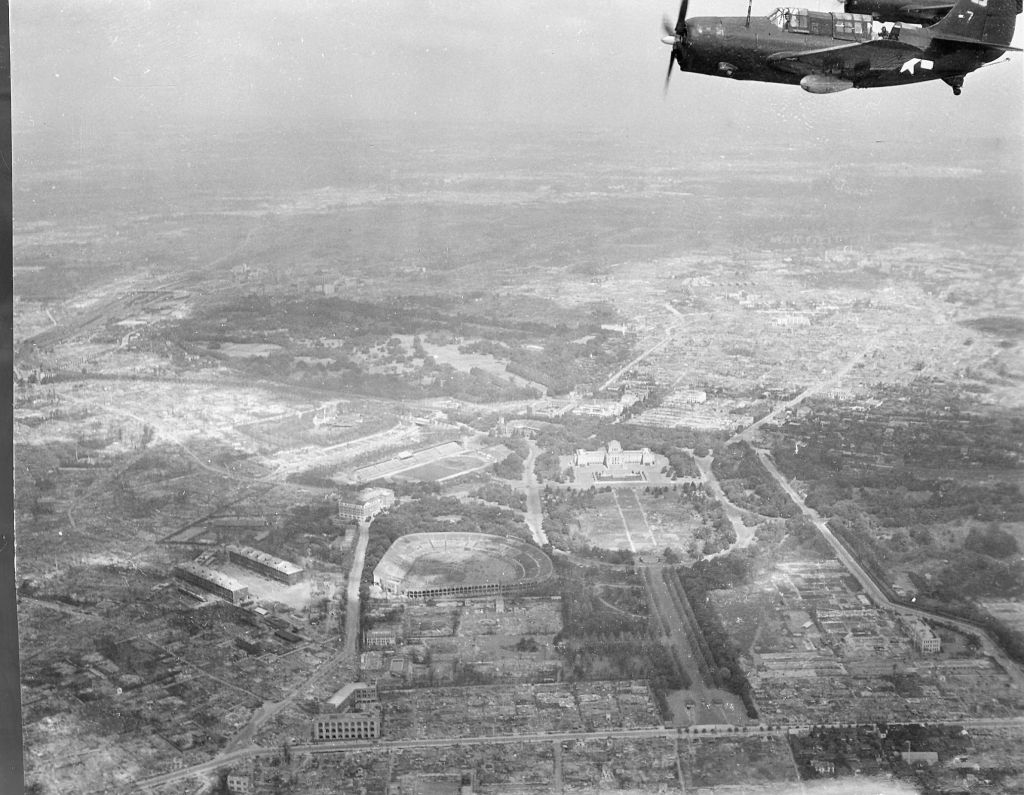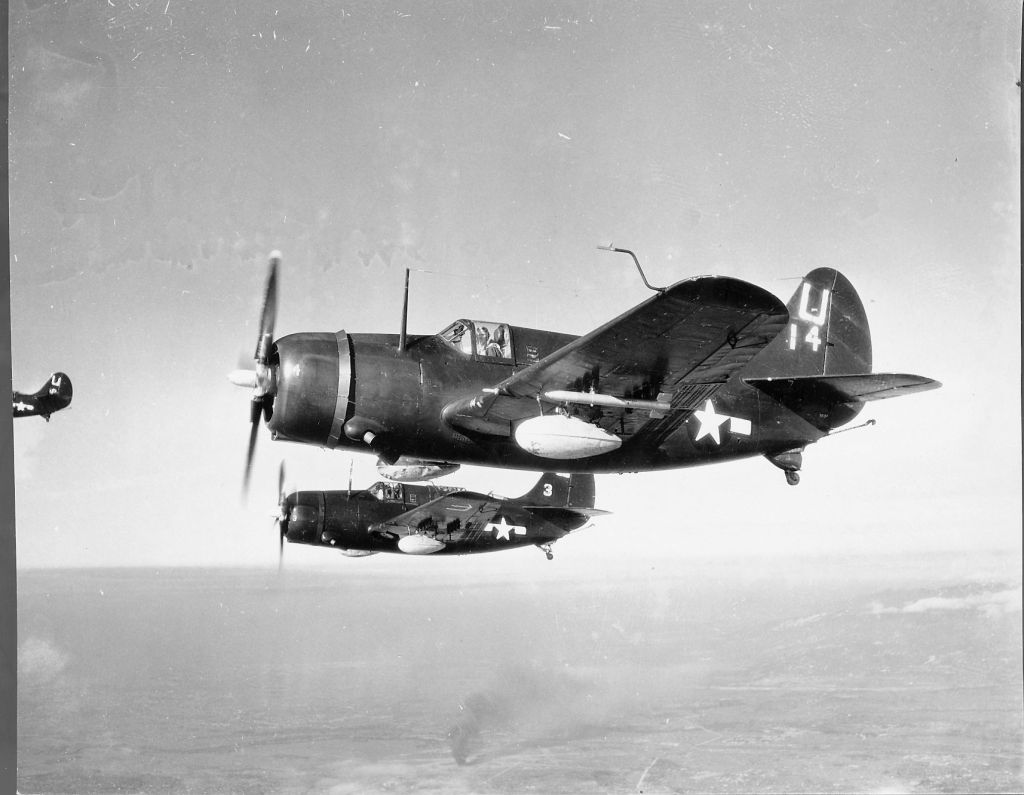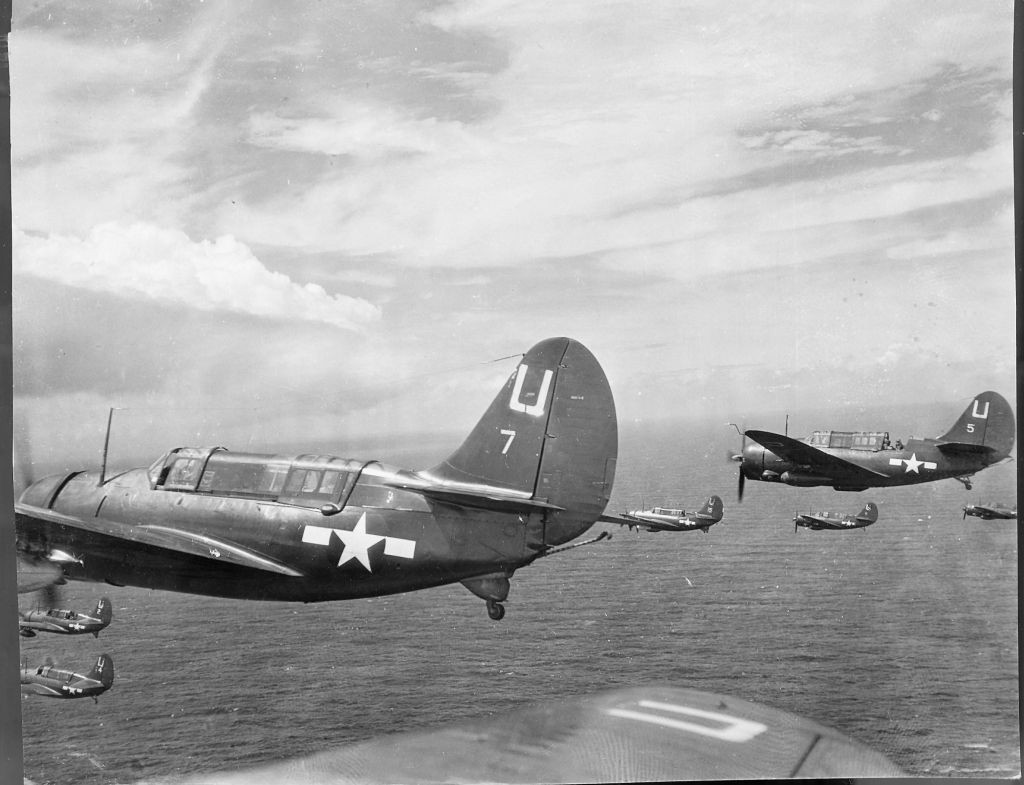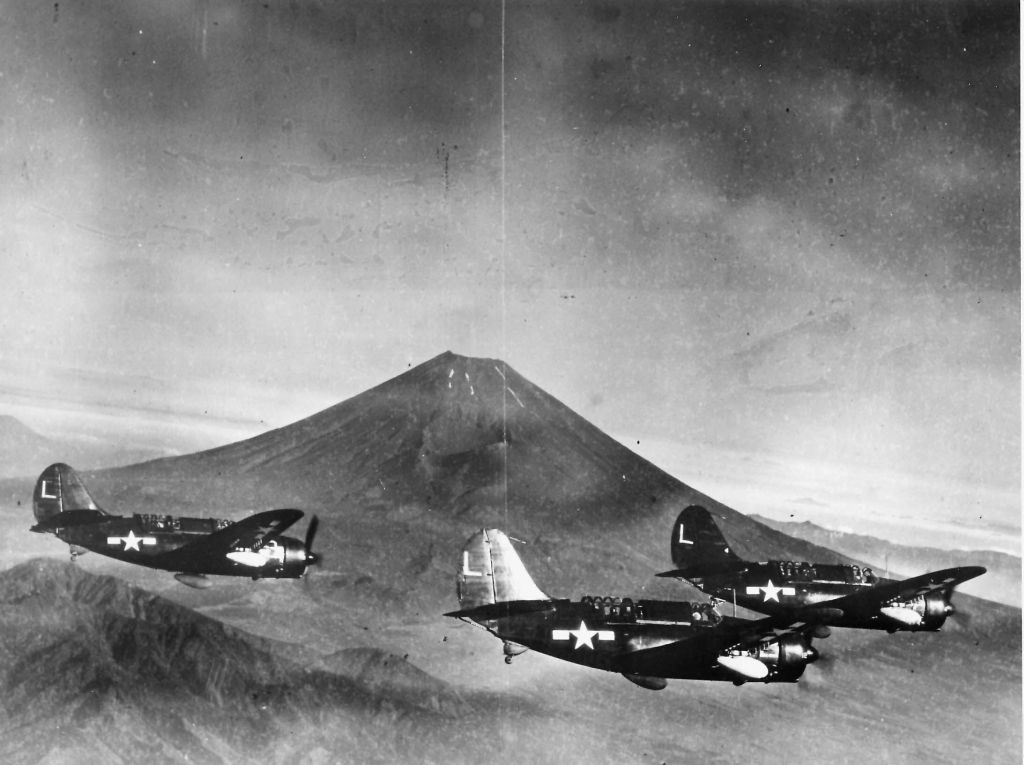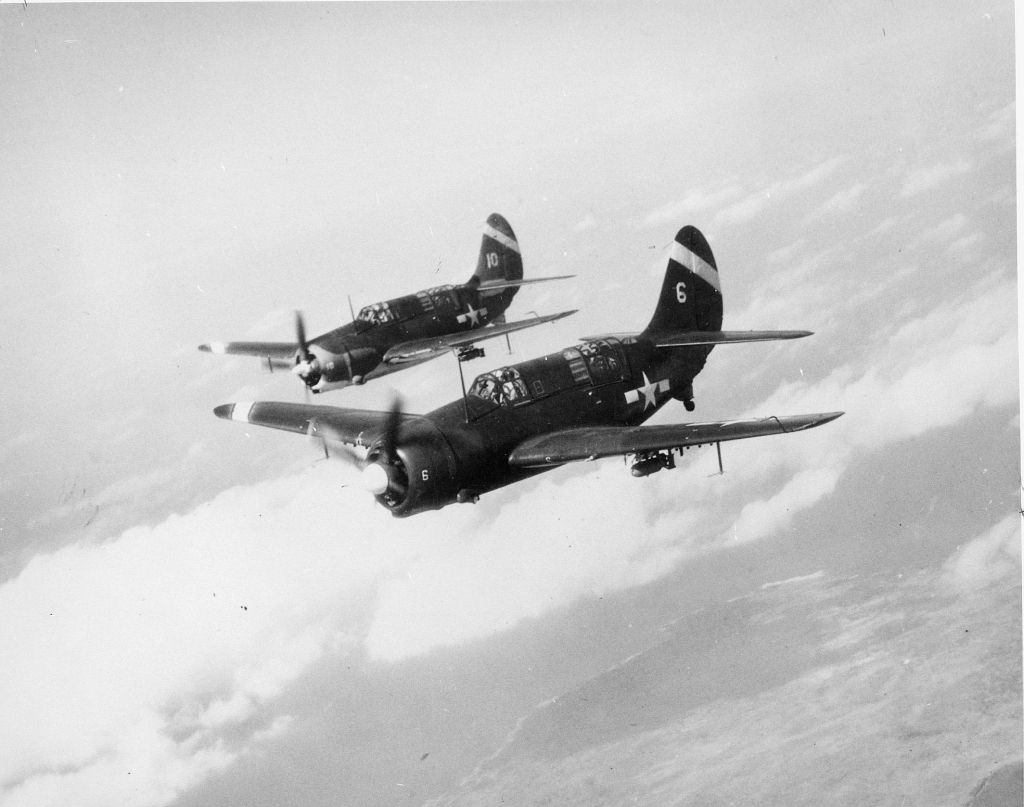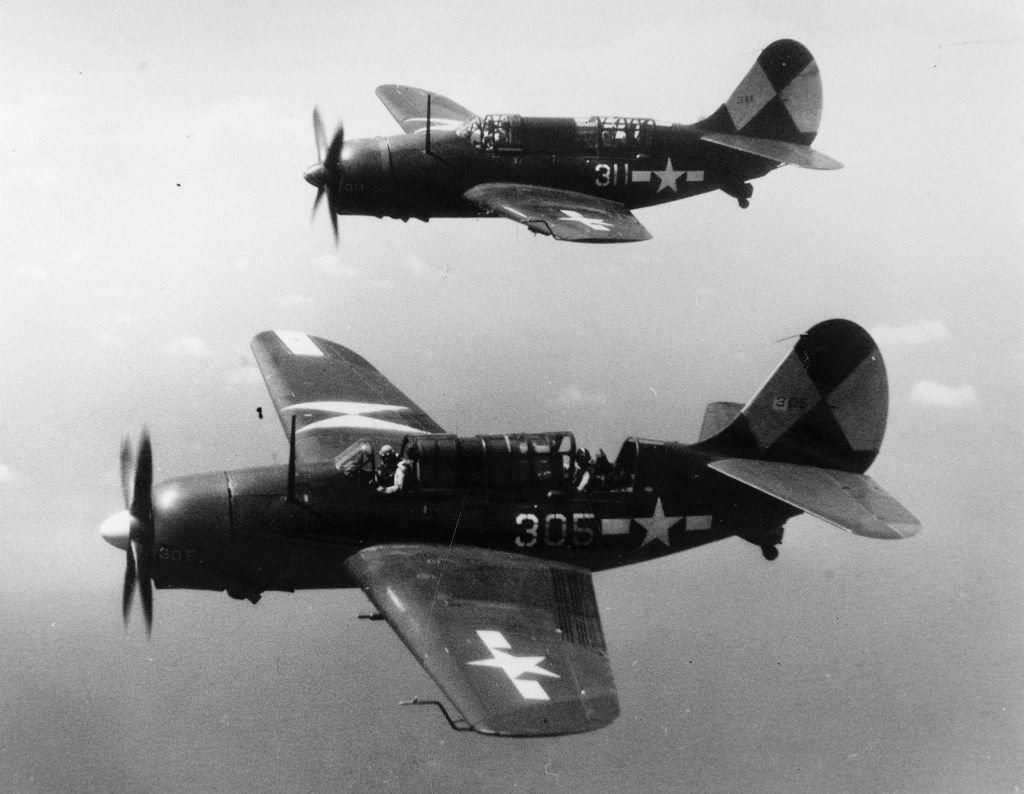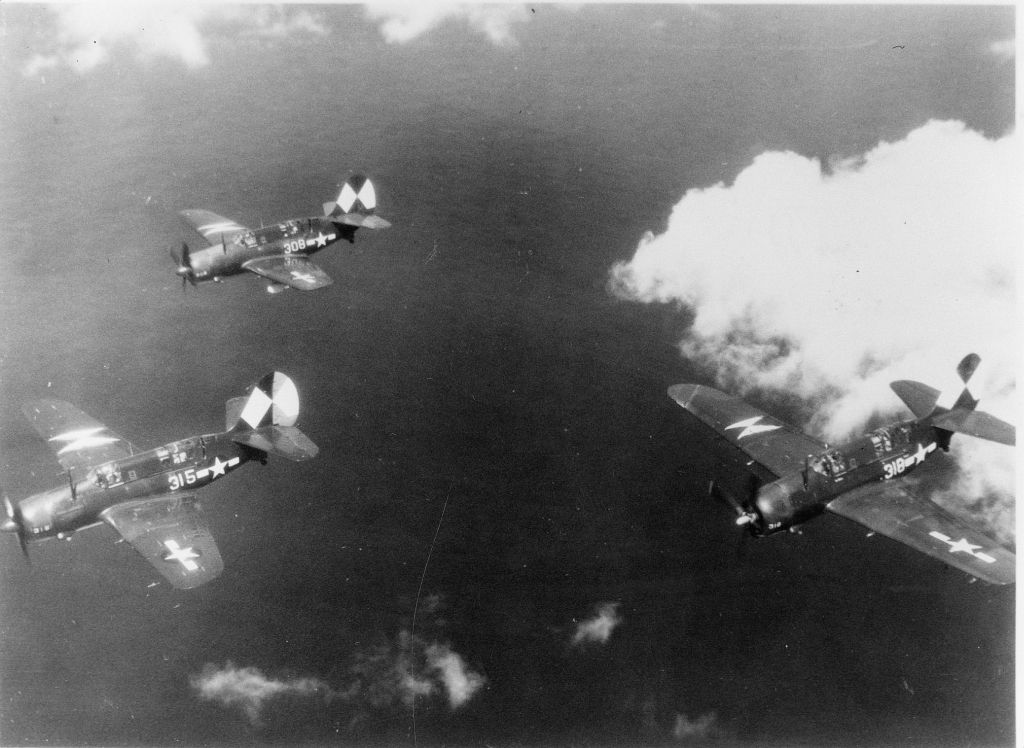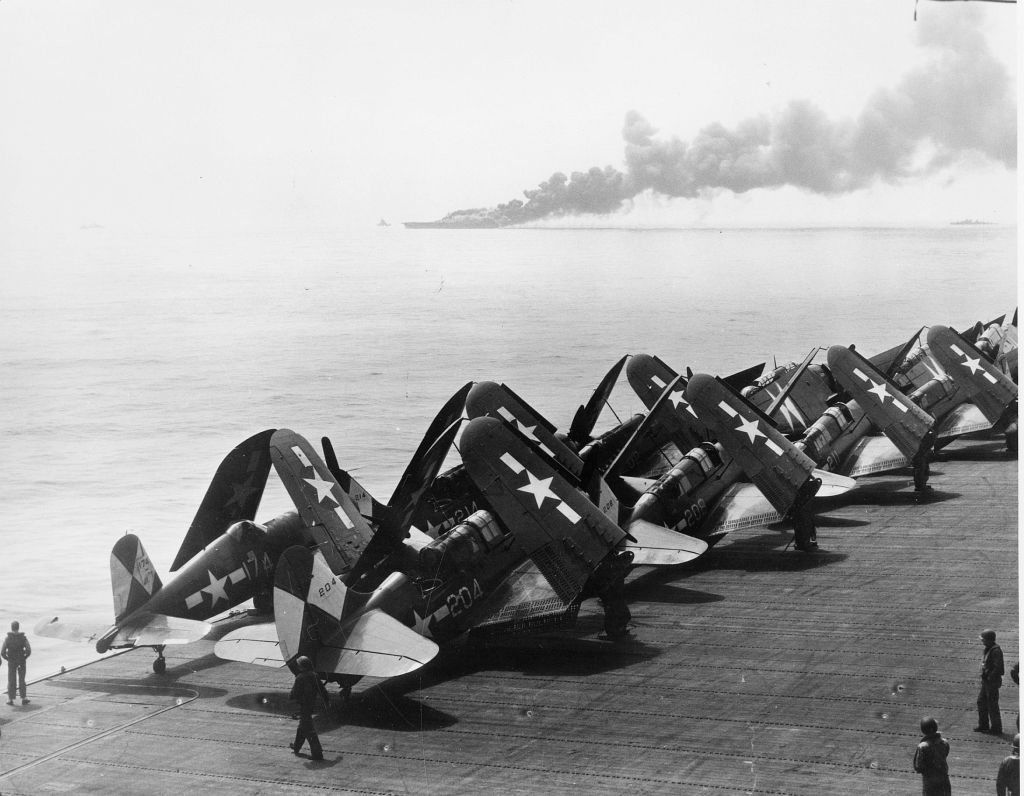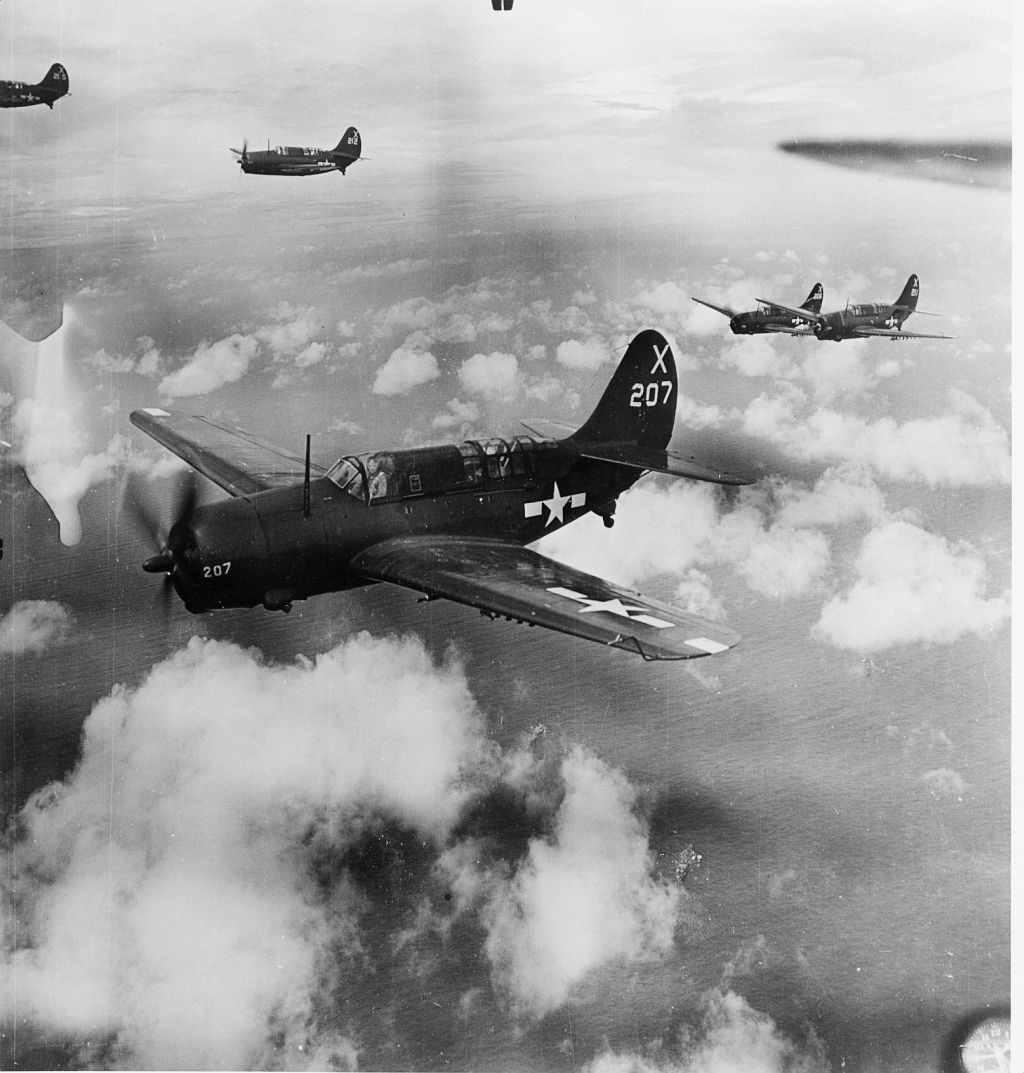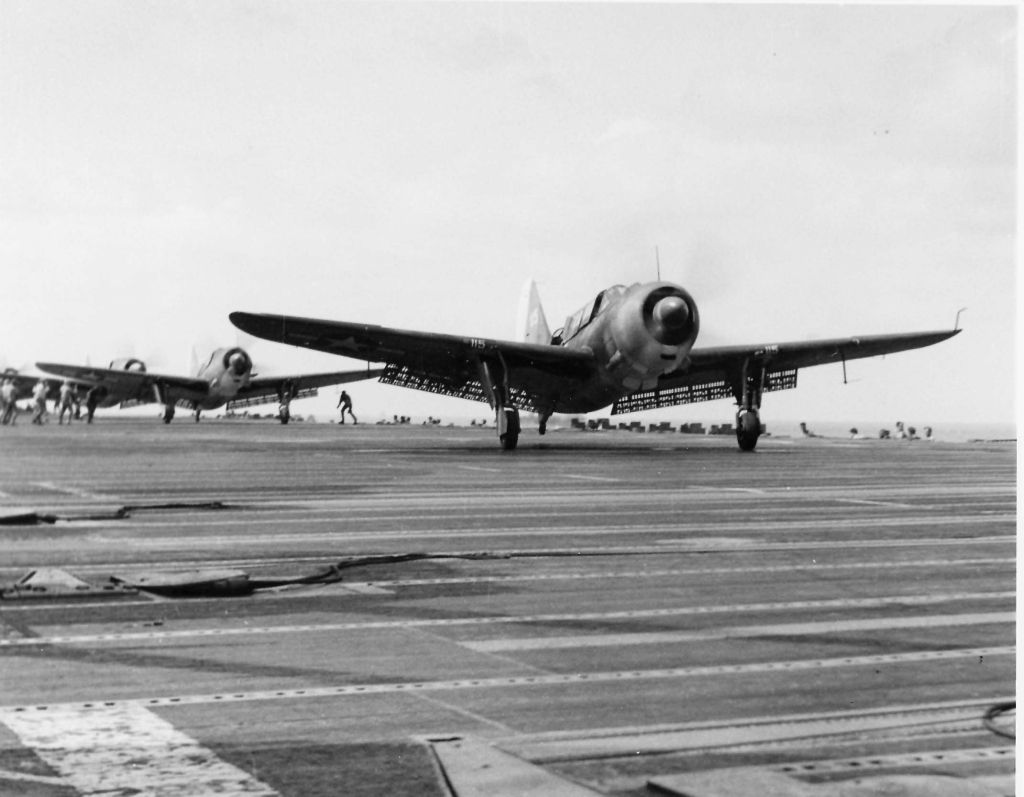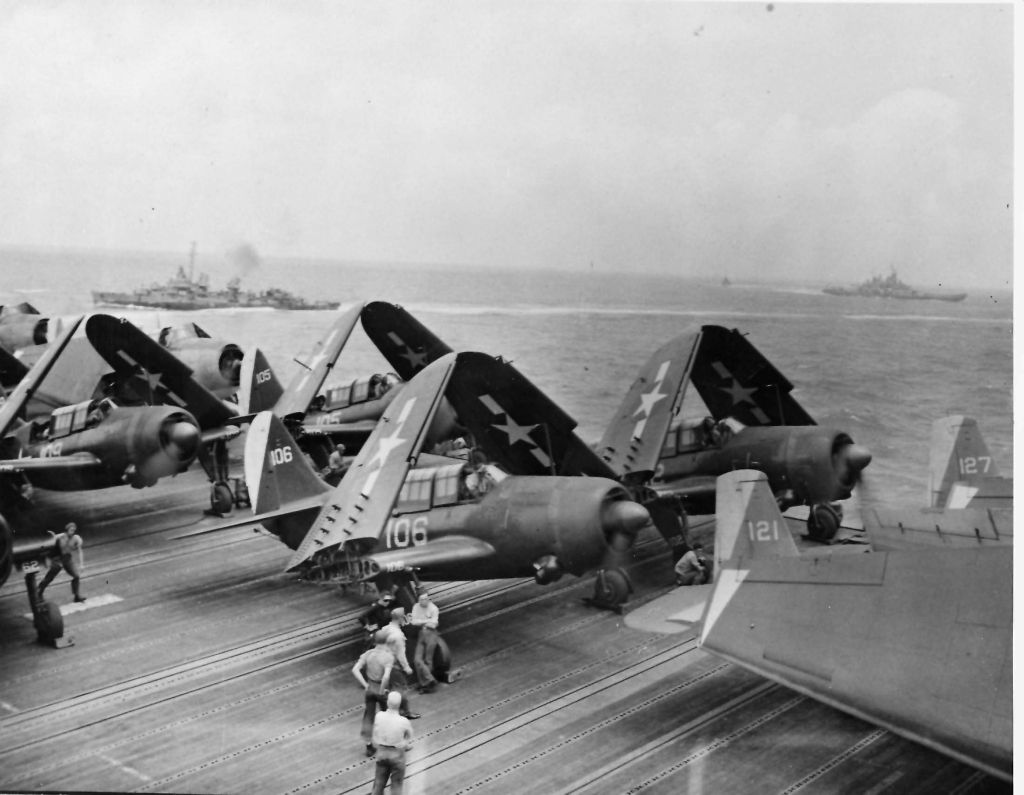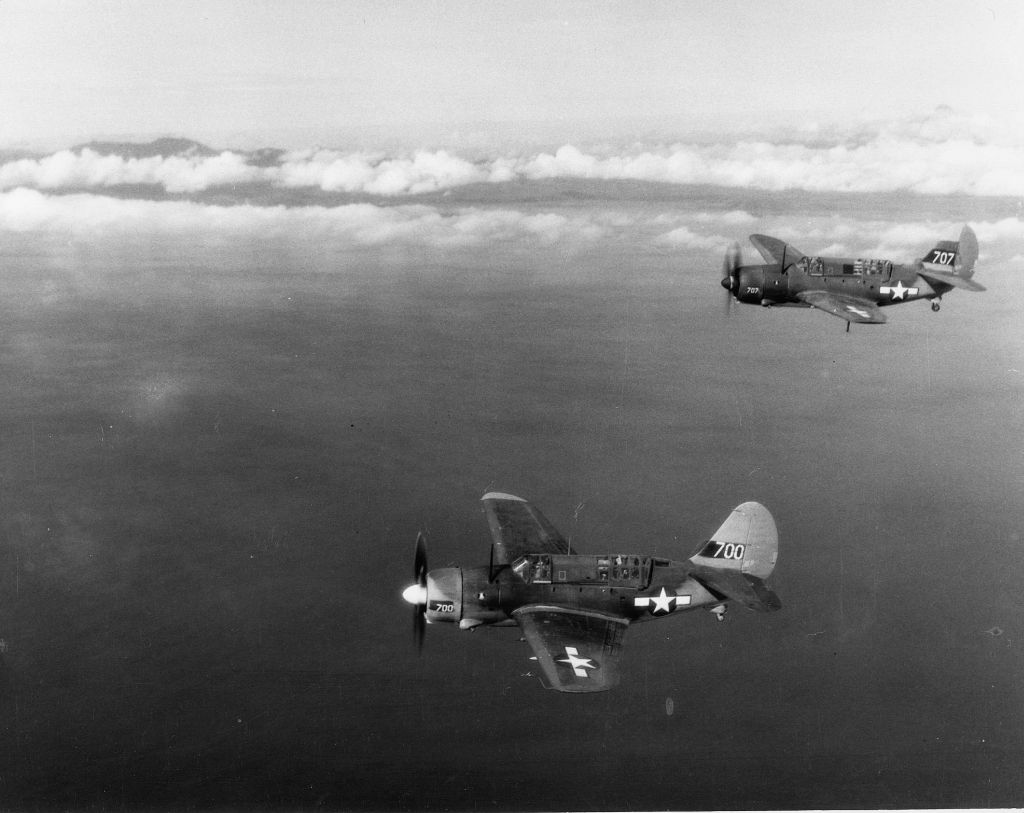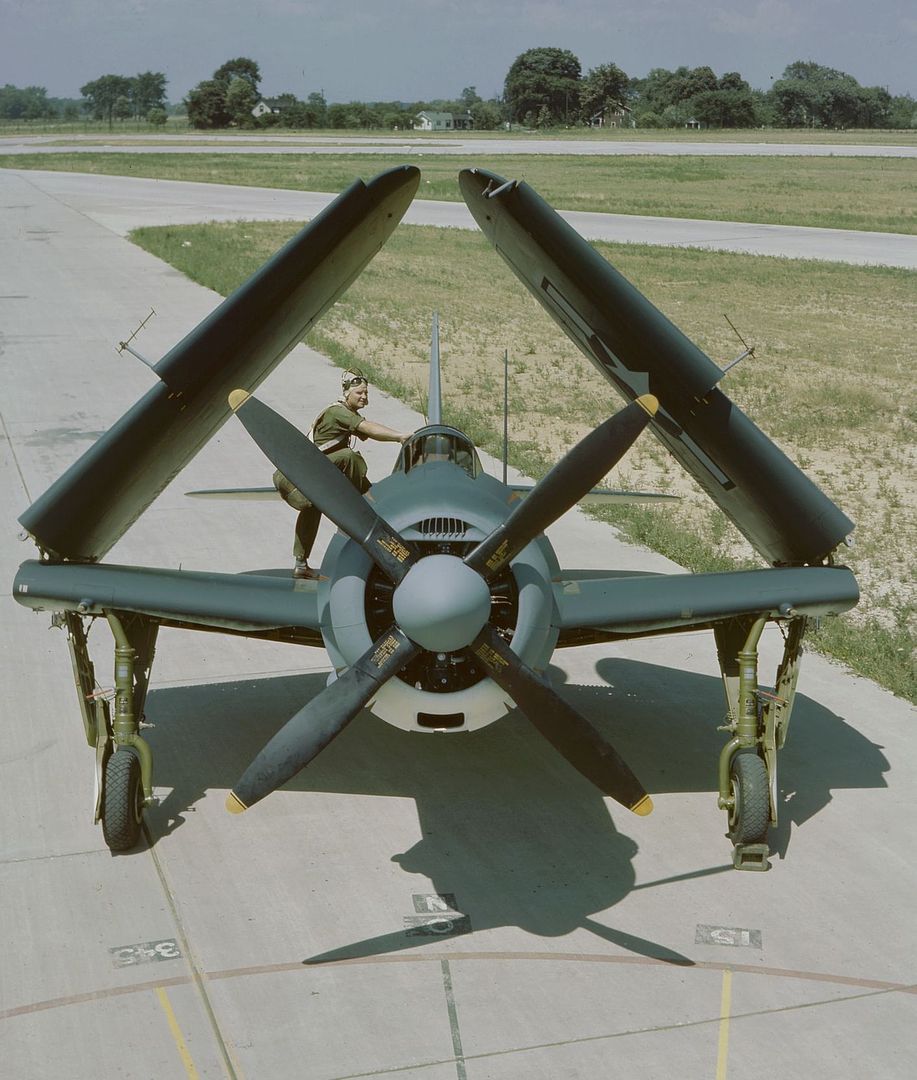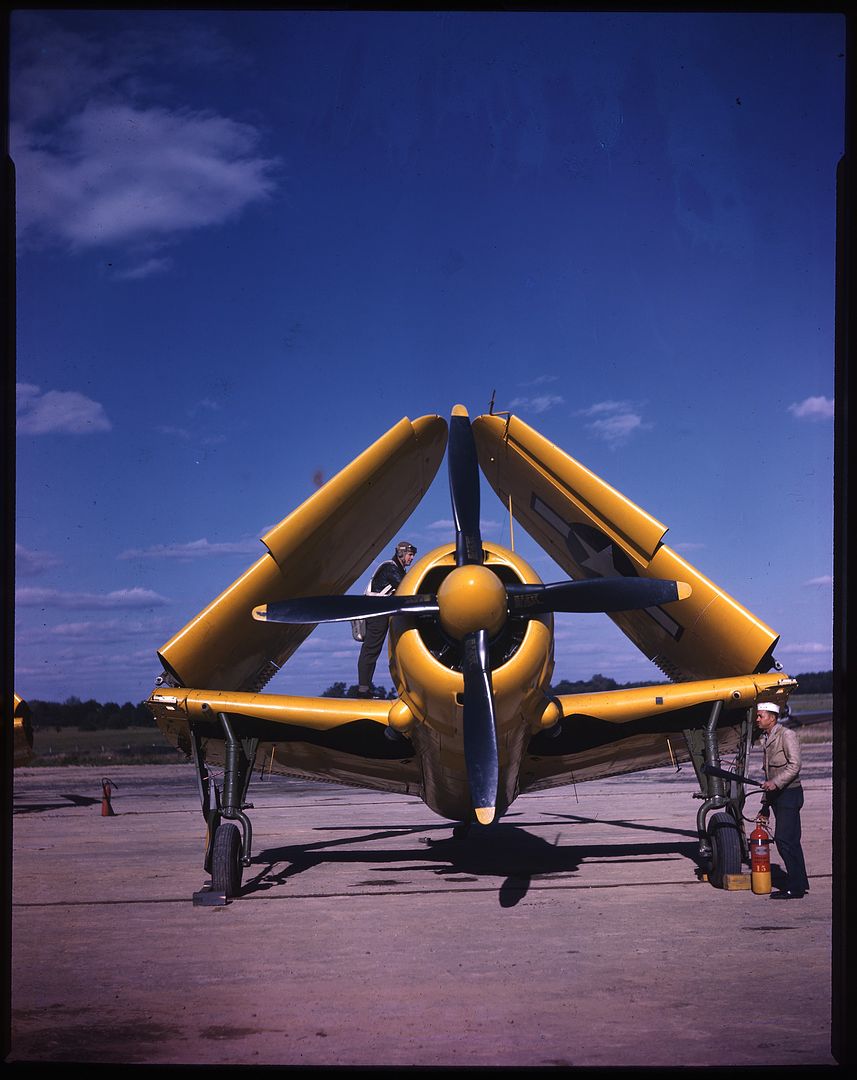Forums
- Forums
- Duggy's Reference Hangar
- USAAF / USN Library
- Curtiss SB2C HELLDIVER
Curtiss SB2C HELLDIVER
Post a reply
- Go to Previous topic
- Go to Next topic
- Go to Welcome
- Go to Introduce Yourself
- Go to General Discussion
- Go to Screenshots, Images and Videos
- Go to Off topic
- Go to Works in Progress
- Go to Skinning Tips / Tutorials
- Go to Skin Requests
- Go to IJAAF Library
- Go to Luftwaffe Library
- Go to RAF Library
- Go to USAAF / USN Library
- Go to Misc Library
- Go to The Ops Room
- Go to Made in Germany
- Go to Campaigns and Missions
- Go to Works in Progress
- Go to Juri's Air-Raid Shelter
- Go to Campaigns and Missions
- Go to Works in Progress
- Go to Skinpacks
- Go to External Projects Discussion
- Go to Books & Resources
-
12 years agoSat Jul 11 2020, 06:04pm
 Main AdminThe origins of the Dauntless's replacement, the Curtiss Helldiver, went back to the early 1930s when the Curtiss-Wright company introduced a series of designs that would result in the biplane "SBC Helldiver" dive bomber. Biplanes were nearing the end of their lives as combat aircraft, however, and in 1938 the US Navy issued a request for a new carrier-based monoplane scout bomber. The specification detailed an aircraft that would have two crew, carry a 450 kilogram (1,000 pound) bomb in an internal bay, and have long range. It was also to be rugged enough to handle the dive-bombing role.
Main AdminThe origins of the Dauntless's replacement, the Curtiss Helldiver, went back to the early 1930s when the Curtiss-Wright company introduced a series of designs that would result in the biplane "SBC Helldiver" dive bomber. Biplanes were nearing the end of their lives as combat aircraft, however, and in 1938 the US Navy issued a request for a new carrier-based monoplane scout bomber. The specification detailed an aircraft that would have two crew, carry a 450 kilogram (1,000 pound) bomb in an internal bay, and have long range. It was also to be rugged enough to handle the dive-bombing role.
A new design team at Curtiss under Raymond C. Blaylock came up with what looked like a monoplane follow-up to the SBC series, with the designation "XSB2C-1". The only competitor was the Brewster XSB2A-1 Buccaneer, which was broadly similar. Both machines had a radial engine, mid-mounted wings, and a long tandem canopy. By the time of the first flight of the XSB2C-1 on 18 December 1940, production orders had already been placed for both the Curtiss and Brewster aircraft. About 771 Buccaneers would be built in all, with the type proving so badly underpowered and clumsy in flight that nobody ever tried to put it into combat service, making the surprisingly large quantity of aircraft produced an apparent testimonial to the power of bureaucratic inertia.
The XSB2C-1 seemed much more the way of the future, at least on paper, and Curtiss ramped up production tooling to turn out the "Helldiver", as it had been named in honor of the earlier SBC, in large numbers. Unfortunately, the development program did not go well. There were of course the usual problems of trying to get leading-edge technologies to work, but the design also seemed to have fundamental problems, the first being that its handling was very poor, the second being that it lacked structural strength -- a criminal weakness in a dive bomber. However, the US military was ramping up rapidly for the war that was clearly coming and had committed heavily to production without even a flight evaluation, on the basis that the bugs could be worked out. This policy would pay dividends in many cases, but it was inevitable that it would lead to troubles in others.
* On 8 February 1941, the Helldiver prototype slammed into the ground after its engine failed on approach and was badly damaged. The program was already behind schedule and Curtiss frantically rebuilt the machine, with so many changes to clean up the obvious deficiencies of the type that when it finally returned to the air on 20 October 1941, it was almost a completely new aircraft design.
Curtiss was supposed to be delivering production aircraft to the Navy by December 1941, and the USAAF had also ordered 900 as the "A-25A Shrike", with carrier gear deleted and other tweaky changes. However, the prototype was lost for good on 21 December 1941 when it broke up in the air, pilot B.T. Hulse bailing out safely. The first production machine was finally completed in June 1942, being rolled out from a plant in Columbus, Ohio, which would build all of the Curtiss Helldivers. Navy officials noted that the Grumman TBF Avenger torpedo bomber was already in combat, even though development had begun two years after the start of the Helldiver program.
Navy service acceptance trials of the first six production machines revealed that the Helldiver was badly overweight due to the changes implemented during its protracted development. The cleanup performed by Curtiss engineers had only limited effect in improving the type's handling, and the weight increase helped negate much of that. Some of the problems were unfixable: the requirement that the Helldiver fit on carrier elevators limited its length, making it stubby and unstable along the longitudinal axis -- leading to the fit of an absurdly oversized tailfin. In any case, squadron deliveries began in December 1942. Pilots converting from the SBD Dauntless quickly suspected they had been handed a bad deal, and some carrier captains suggested that the Helldiver program be canceled.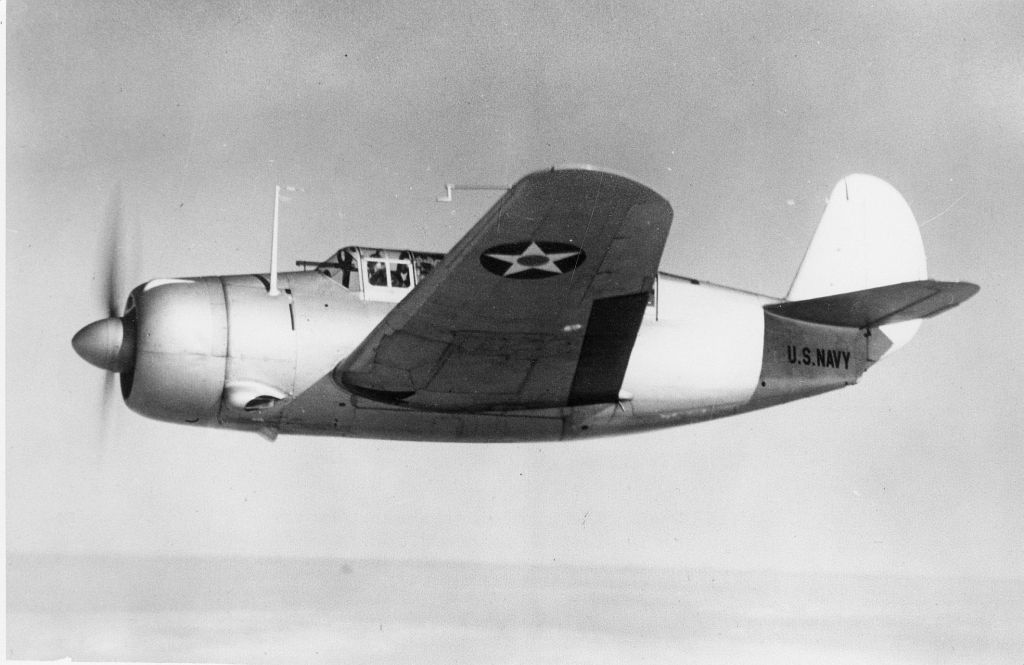
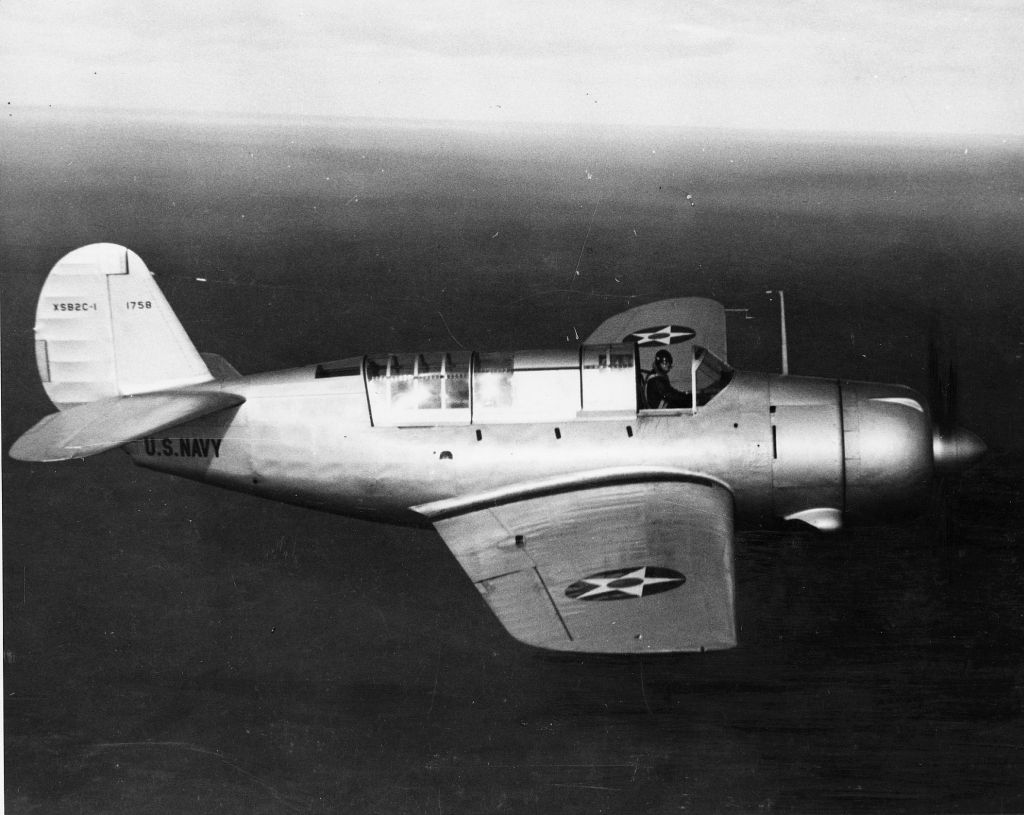









.jpg?width=1920&height=1080&fit=bounds)
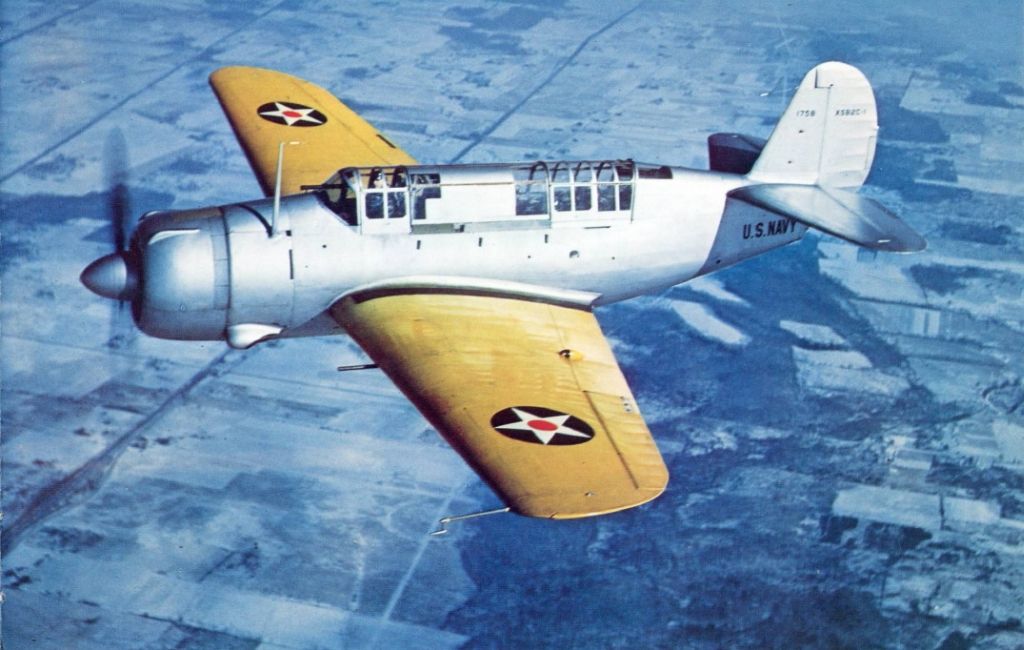
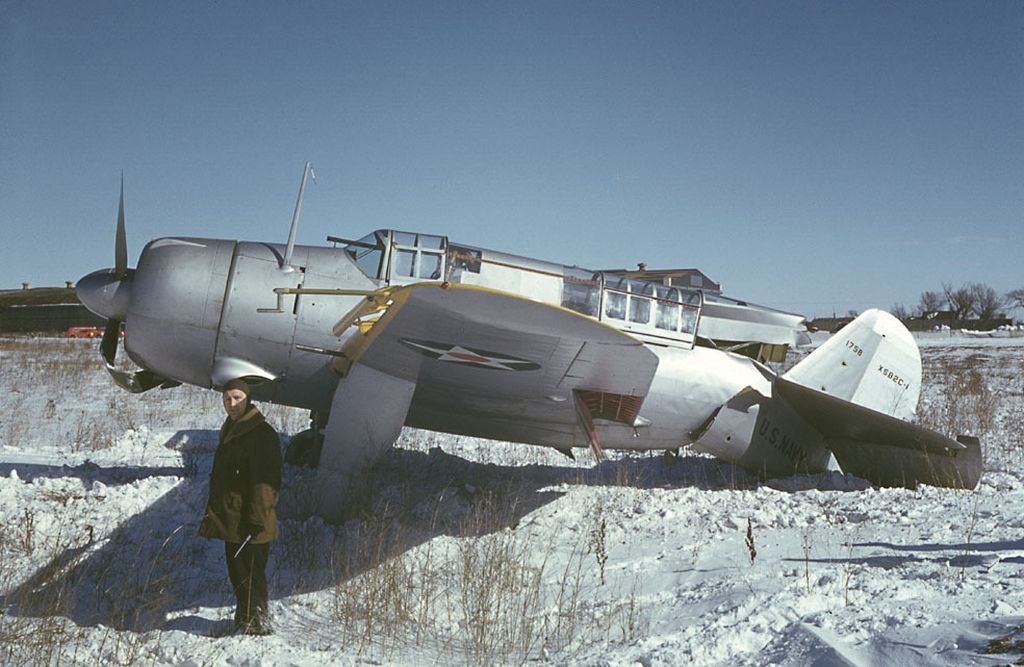
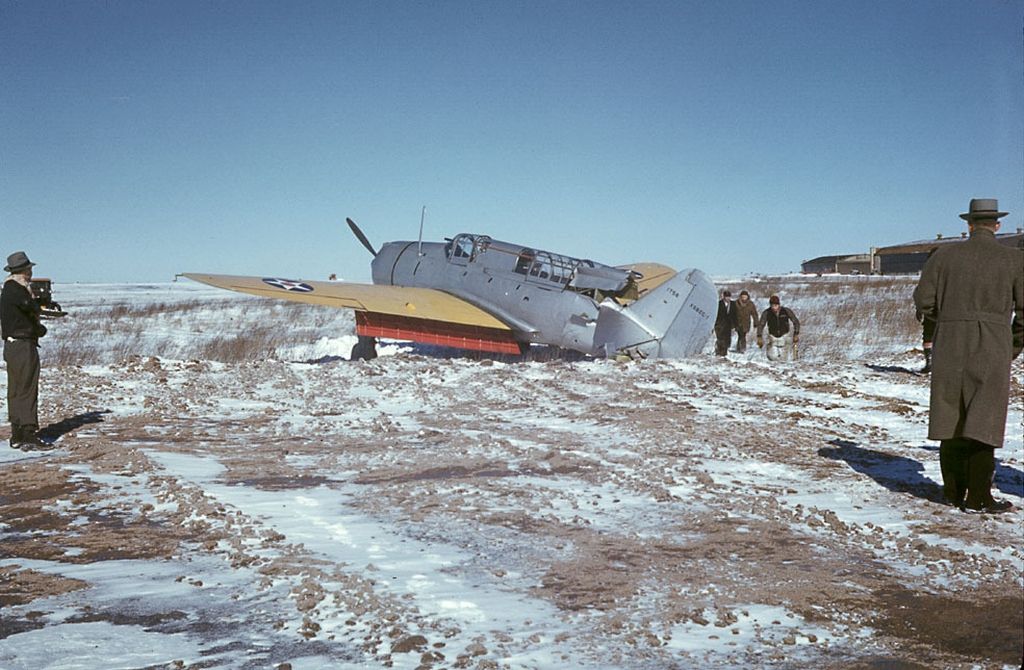
The SB2C-1 was an all-metal mid-wing monoplane with a 14-cylinder air-cooled two-row radial Wright R-2600-8 Double Cyclone engine providing 1,270 kW (1,700 HP), driving a three-bladed propeller with a large spinner. The wings featured ailerons outboard and flaps inboard; they manually folded straight up for carrier deck storage. The ailerons oddly had aluminum skinning on top and fabric on the bottom. There was a slat on the leading edge of the wing in front of the ailerons that was deployed automatically when the landing gear was extended to improve low-speed handling. The flaps were split at the wingfold, and had top and bottom sections to permit them to be used as dive brakes. The top surfaces were normally locked in place, with the bottom surfaces used as conventional flaps; both the bottom and top surfaces deployed when making a diving attack.
The rudder and elevators had metal frames with fabric skinning. The tailfin folded to the side to allow the aircraft to fit into the hangar deck. The SB2C-1 had a tailwheel landing gear arrangement, with the main gear hinging in the wings toward the fuselage and a fixed tailwheel, and there was a stinger-type arresting hook under the tail. Selective armor and self-sealing fuel tanks were fitted. The Helldiver had fore-and-aft greenhouse-style canopies that slid toward the center to open.
The SB2C-1 could carry a 450 kilogram (1,000 pound) bomb in its bombbay, with the bomb swinging out on a crutch for delivery in a dive-bombing attack. Wing racks were later added to allow it to carry a store under wing, such as a 150 kilogram (325 pound) depth charge or smaller munition. Gun armament included four 12.7 millimeter Browning machine guns in the wings, plus a flexible mount in the rear cockpit initially fitted with a single 12.7 millimeter Browning, but later changed to twin 7.62 millimeter Brownings on a hydraulically-boosted ring mount. The XSB2C-1, incidentally, had started out with two guns in the nose cowling and no guns in the wings.
Only 200 SB2C-1s were built, with all remaining stateside for training, and some sources suggest they were only accepted because the delays in the program had become so politically charged, being targeted by government review committees, that heads were in danger of rolling. The 900 A-25A Shrikes ordered by the USAAF, which were much like the SB2C-1 except for lack of carrier gear, were completed but never actually saw any combat with the Army Air Forces. Some were used as target tugs but the rest were given away -- with 410 passed on to the US Marines, 270 to the US Navy, and 10 to the Royal Australian Air Force. The Marines designated the A-25A the "SB2C-1A".
* The first variant to see combat was the "SB2C-1C", which was introduced in 1943, with additional fuel storage and the four Brownings in the wings replaced by two 20 millimeter cannon, with 400 rounds per gun. Provision was made for torpedo carriage, but torpedoes were rarely if ever done in practice. 778 SB2C-1Cs were built, with the type performing its first major combat action in a raid against the Japanese stronghold at Rabaul on New Britain on 11 November 1943. Helldivers were originally painted light blue topside and white underneath, but within a few months overall dark sea blue would become standard Navy colors.
The Helldiver was not generally loved by crews, who called it the "Beast" and said that "SB2C" stood for "Son of a Bitch Second Class". It was so badly underpowered that it tended to fly off the carrier deck and simply drop into the sea. Curtiss engineers struggled to fix the problems, and Curtiss president Guy Vaughn said the Helldiver was "one of the biggest wartime crosses we had to bear."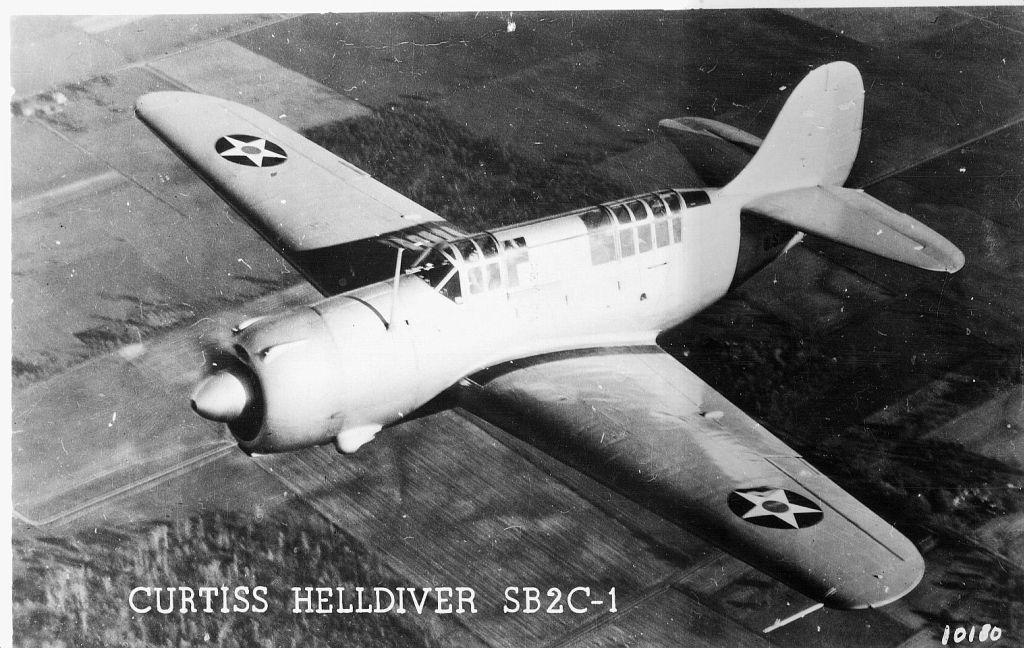
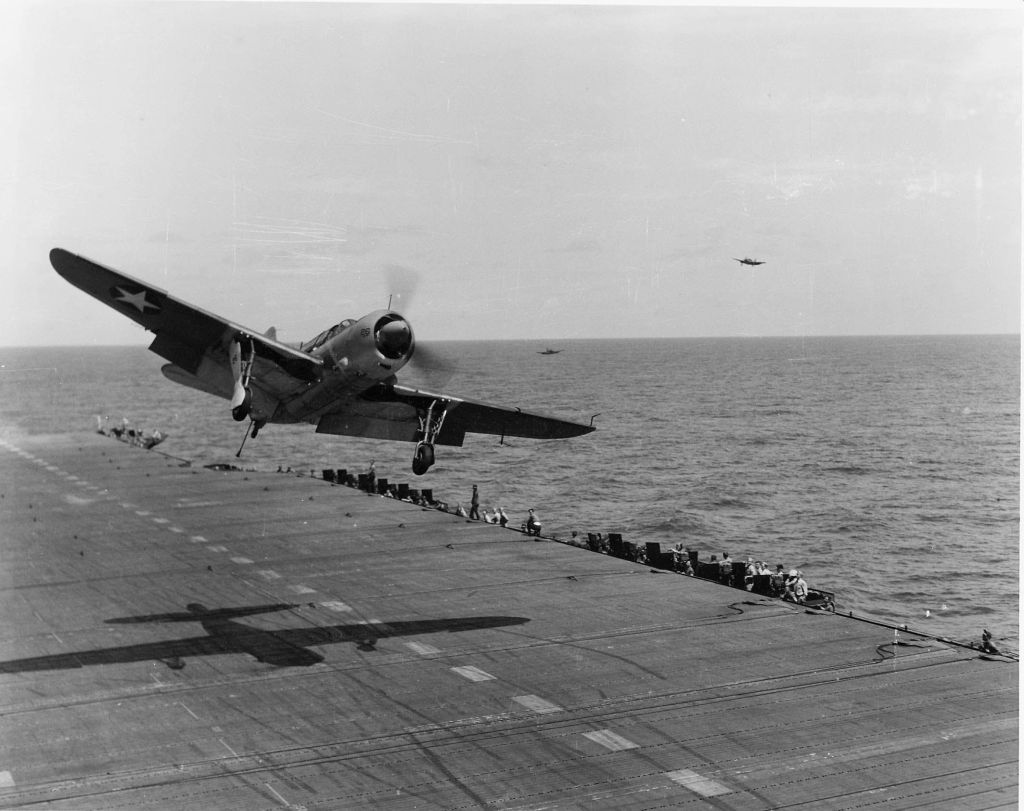
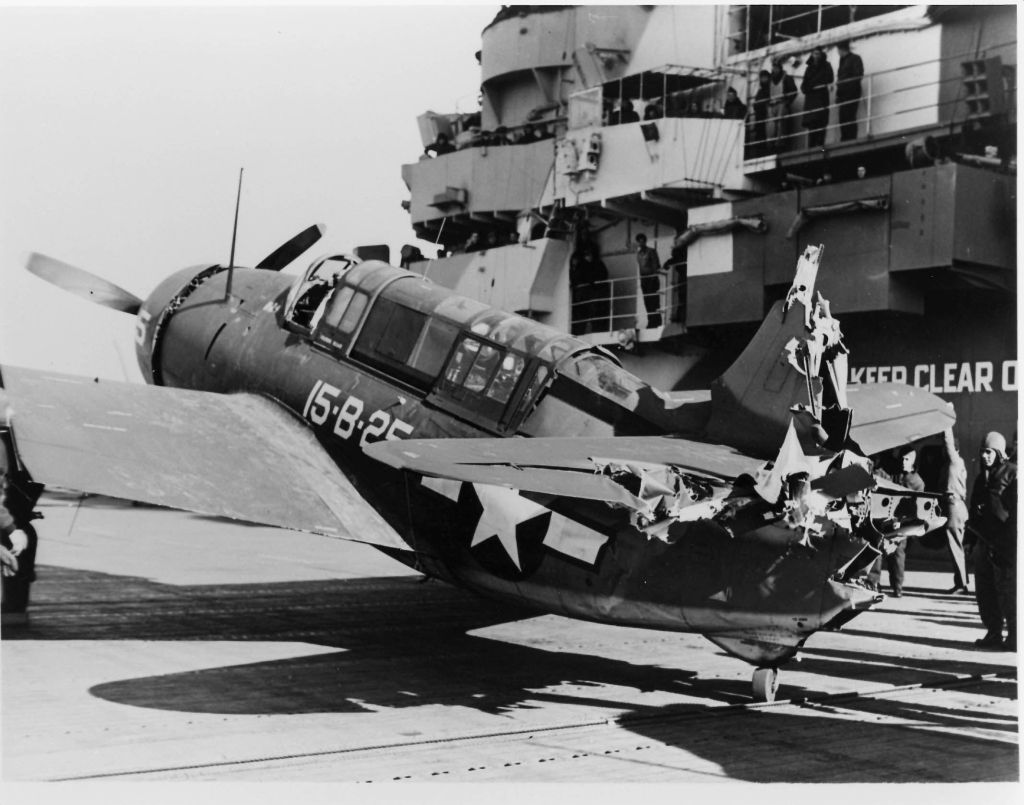
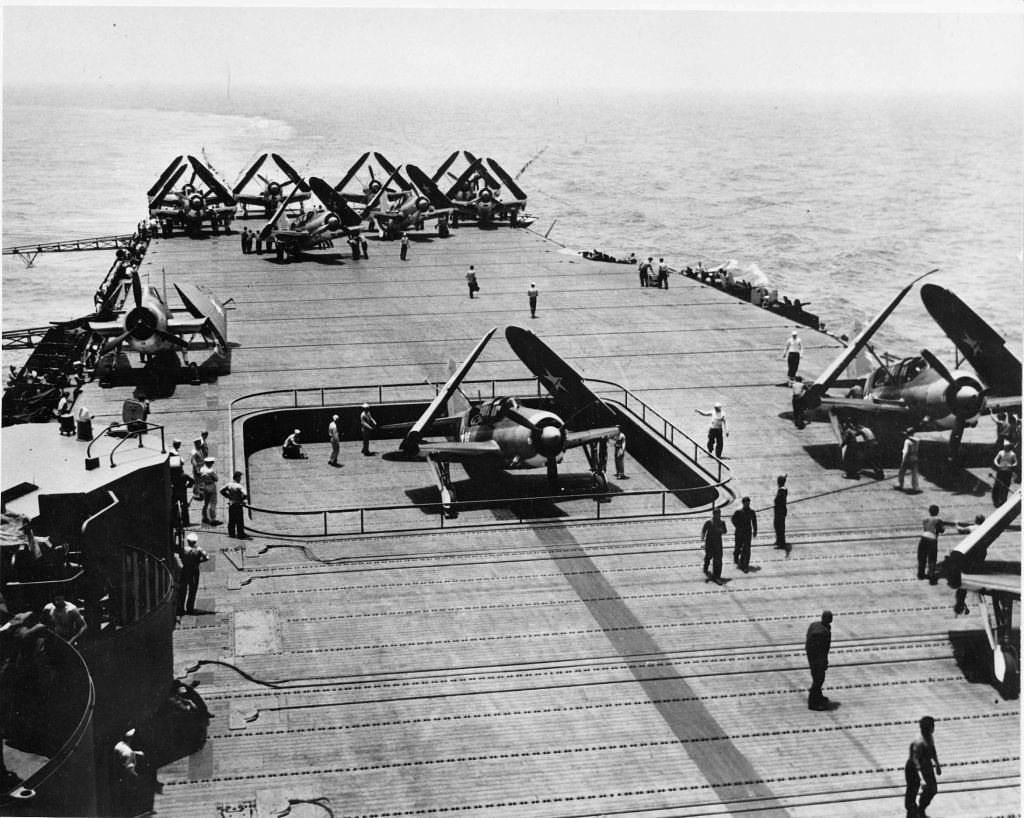
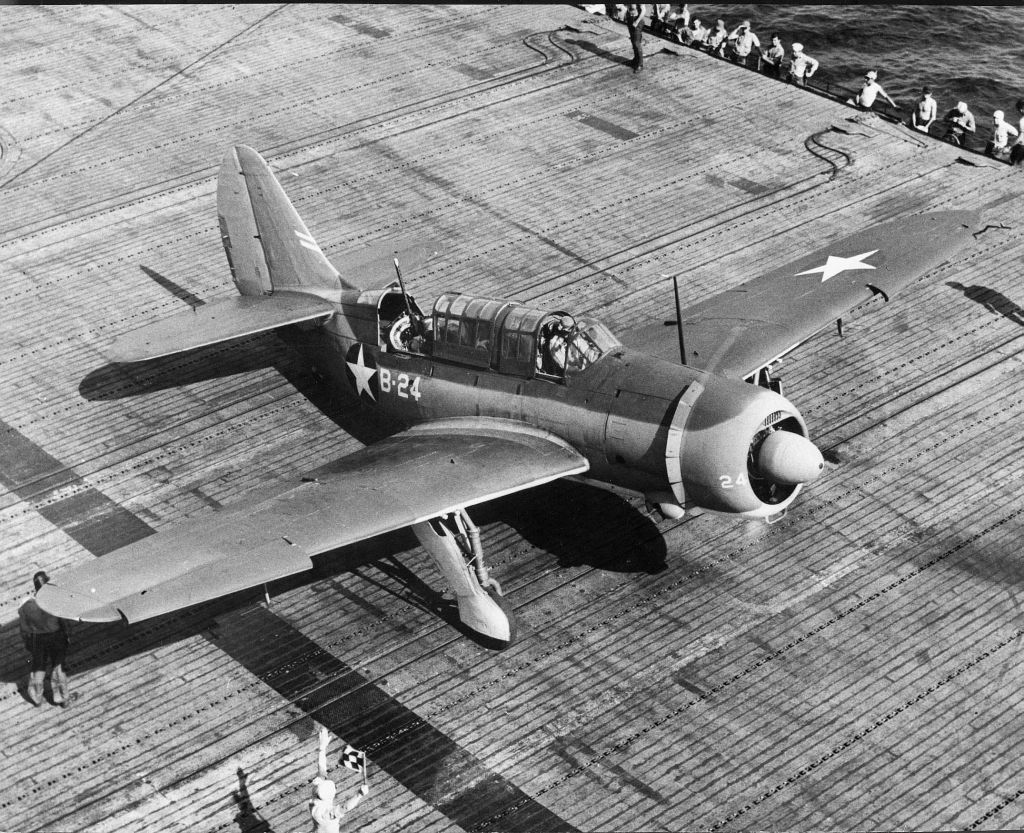
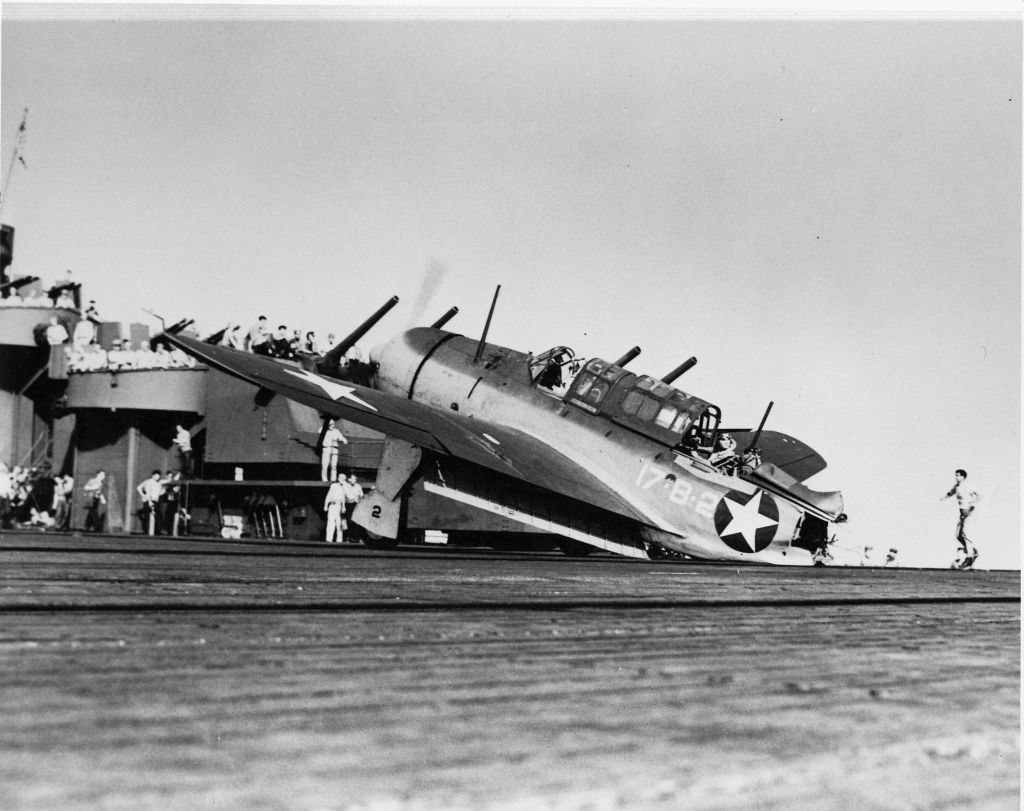
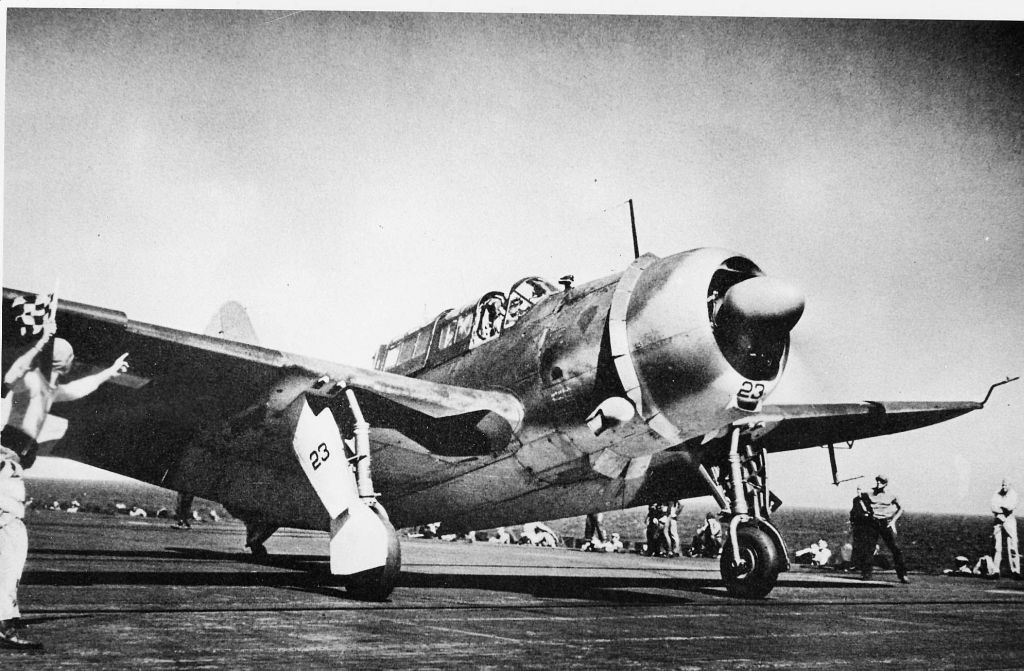
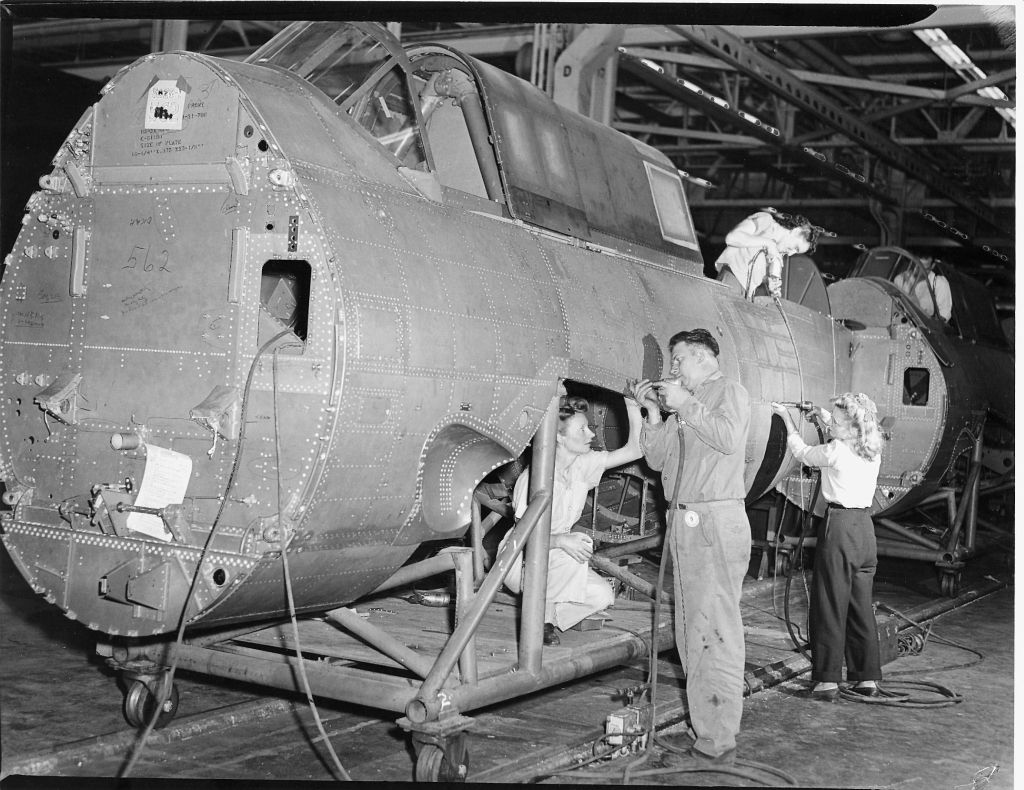
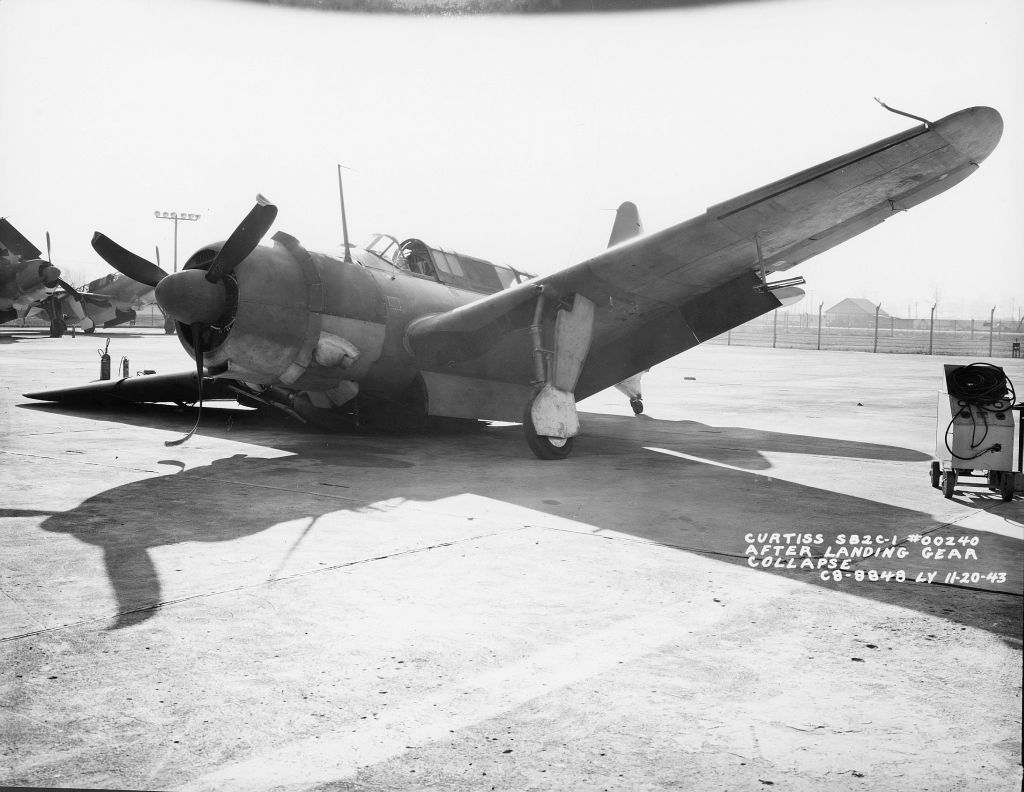
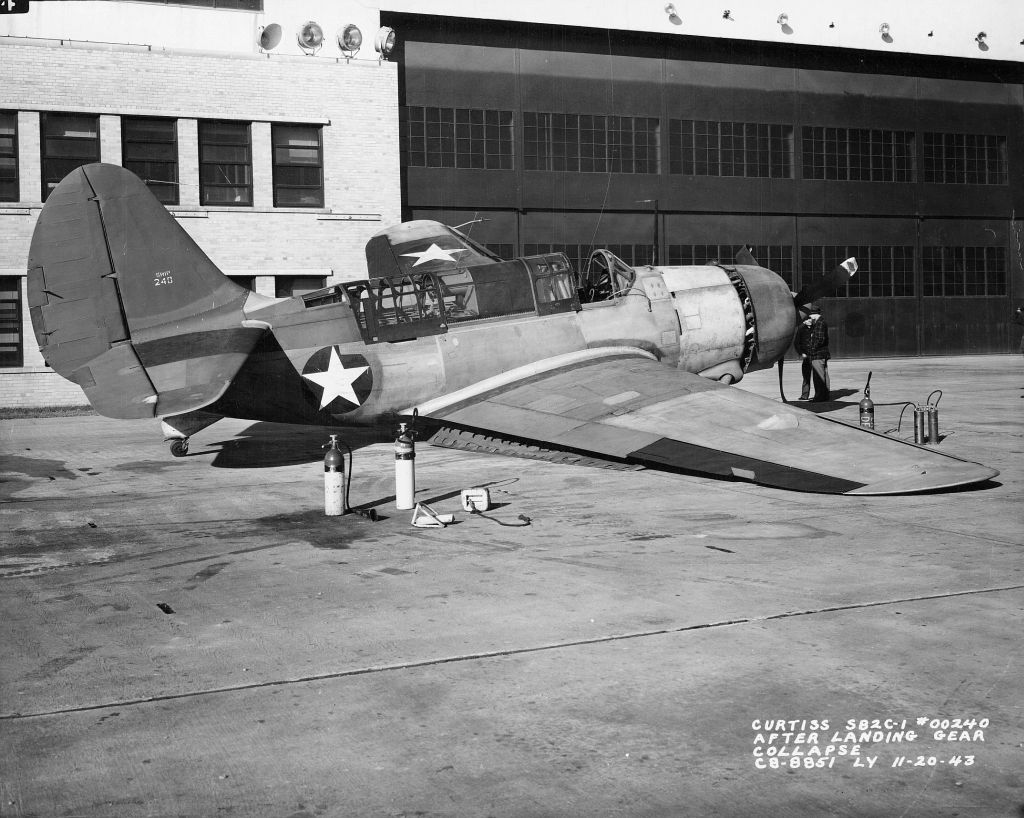

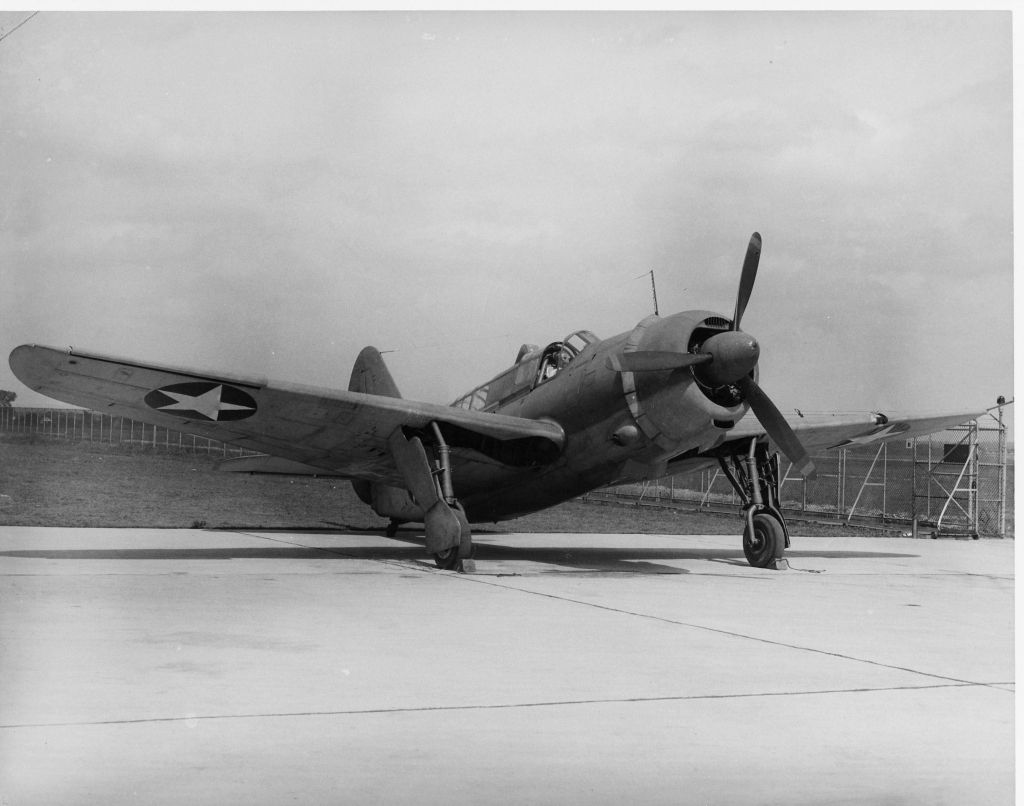
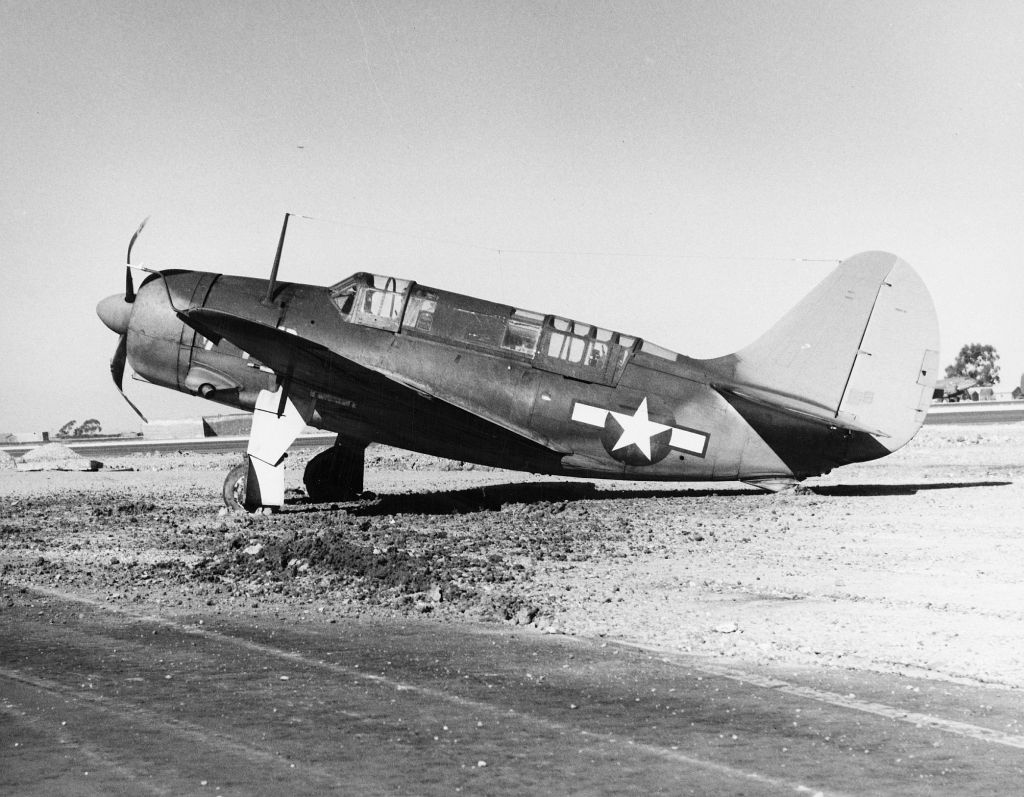
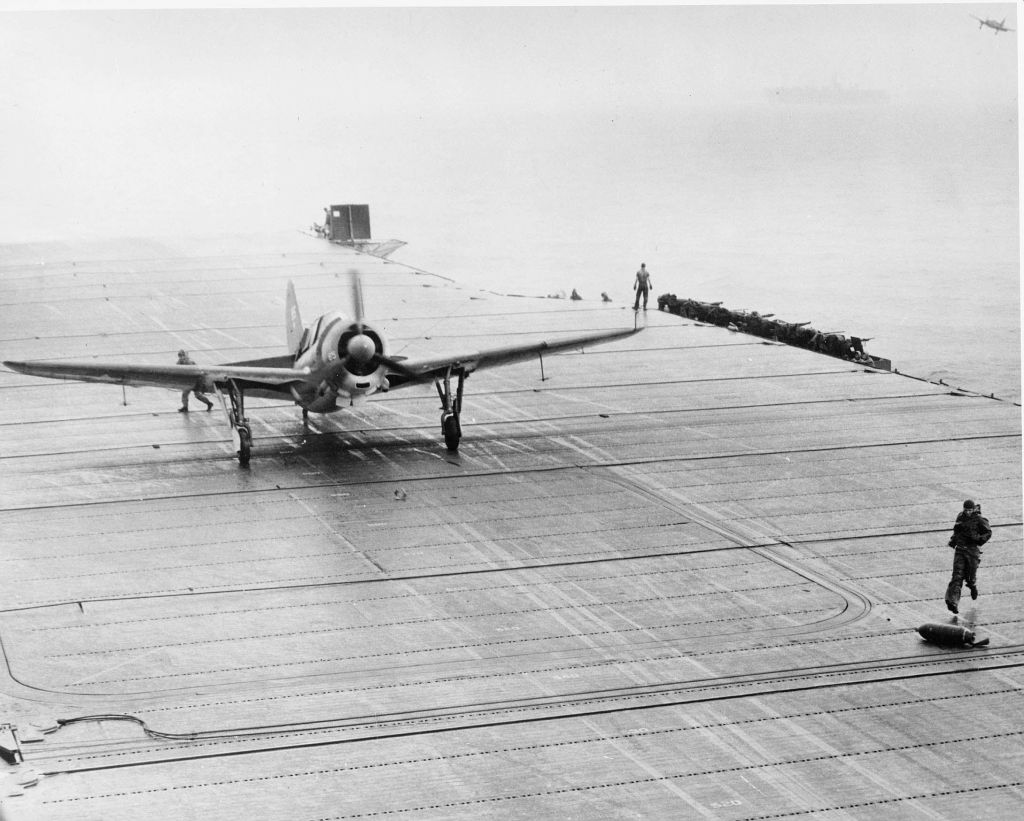
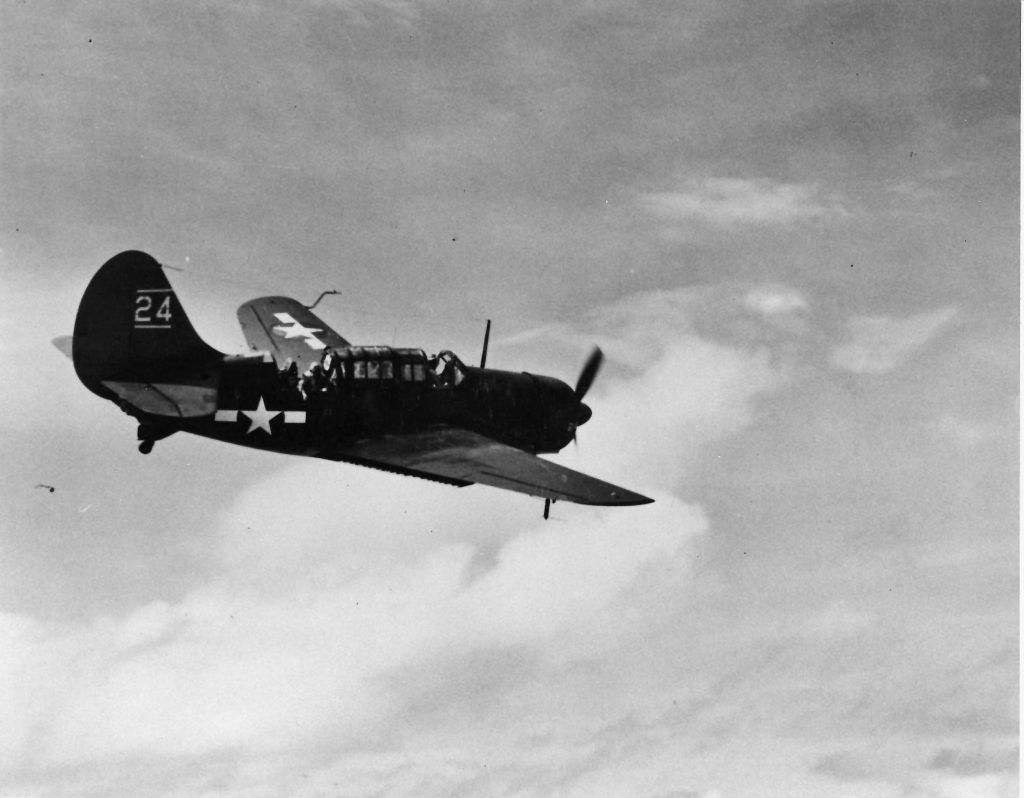
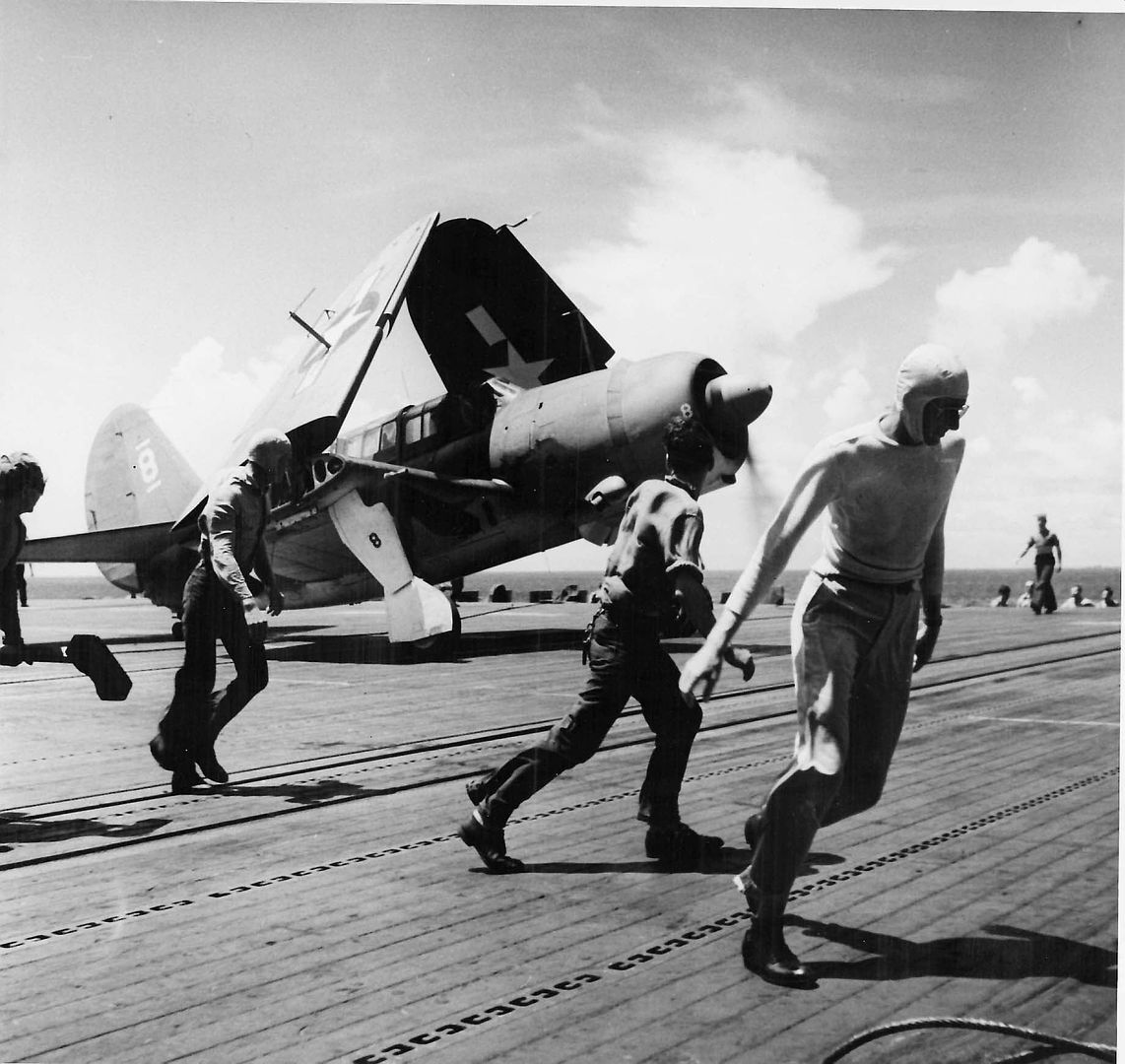

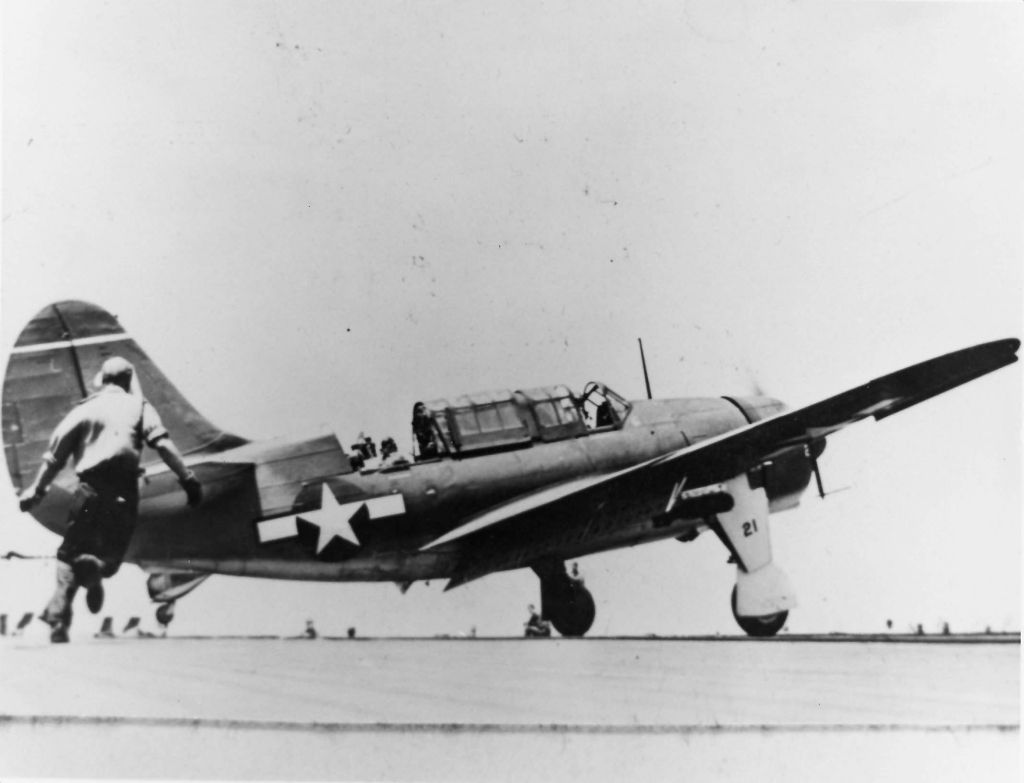
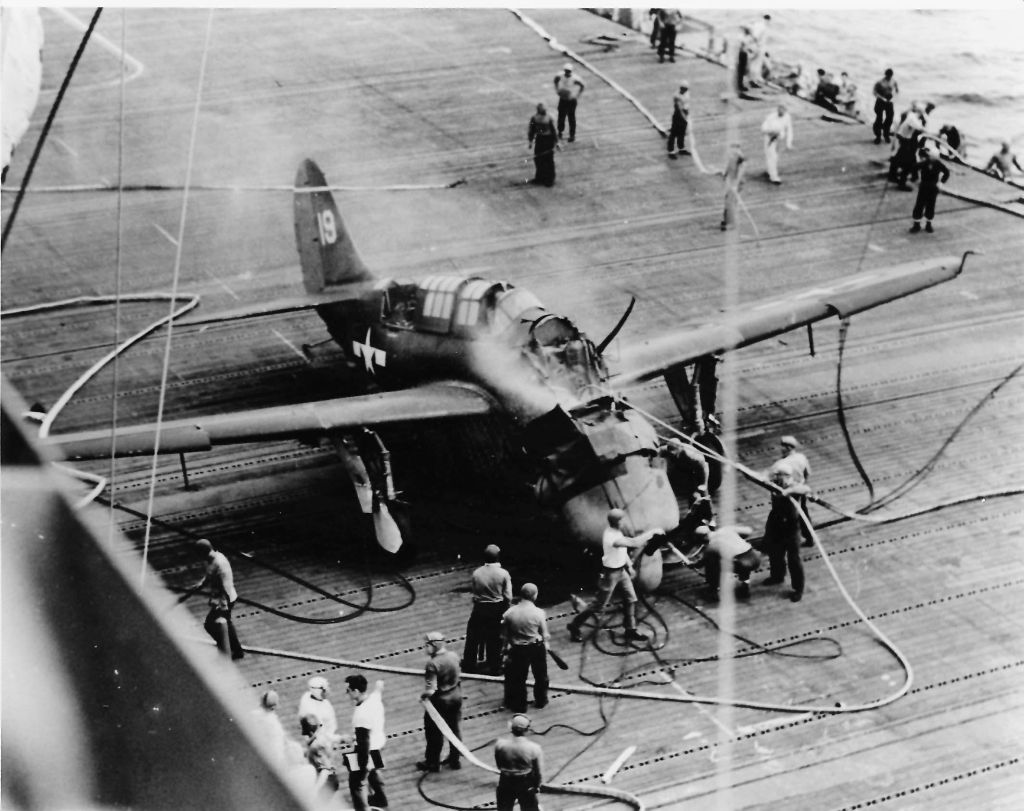

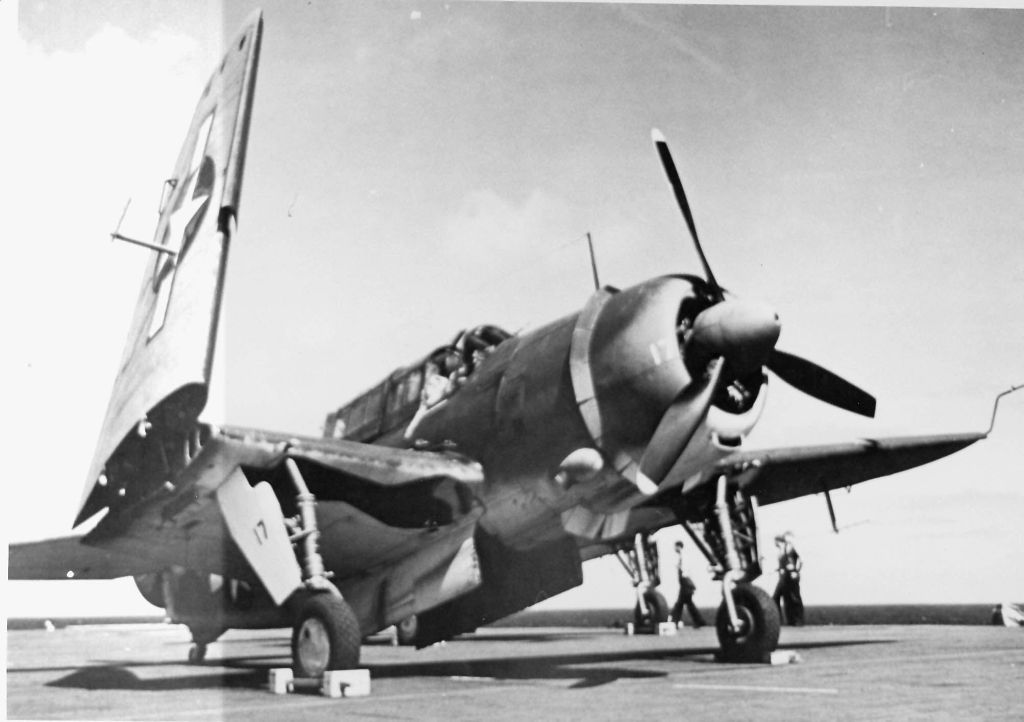
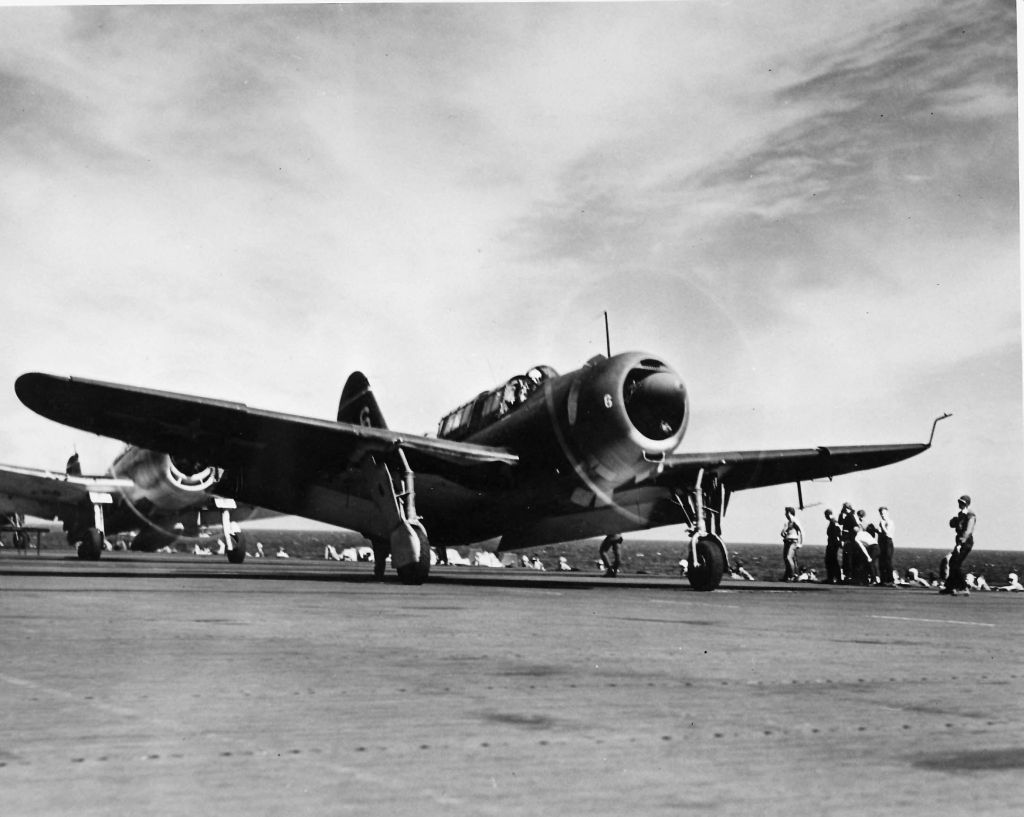
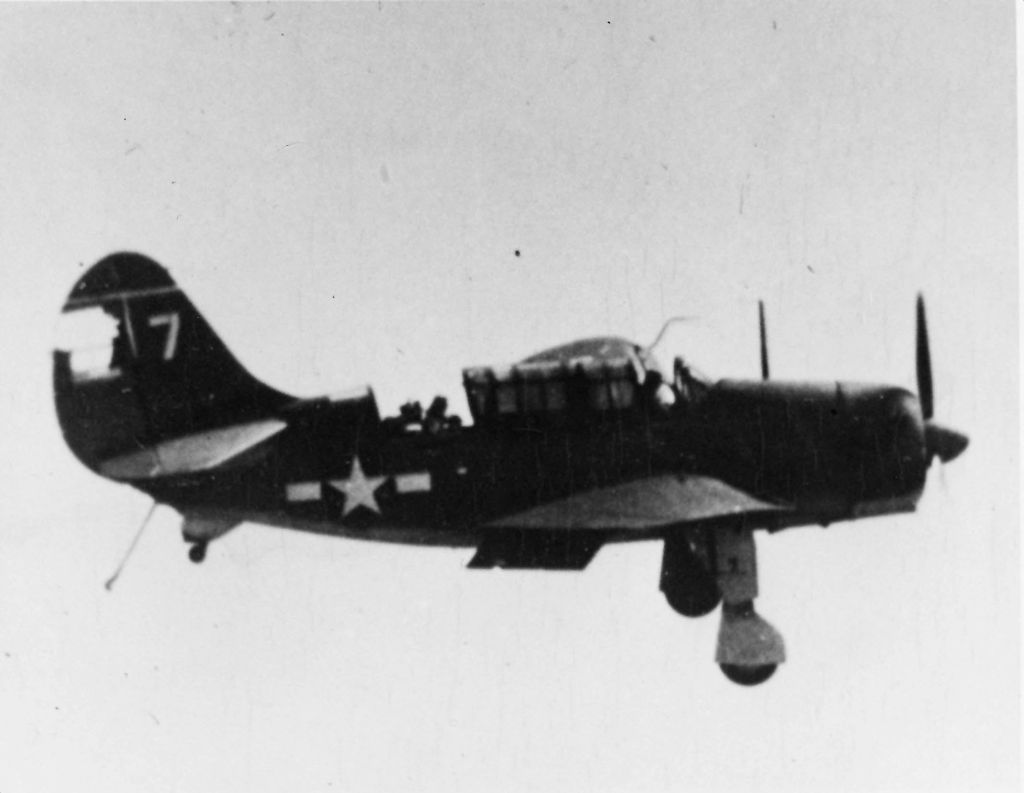
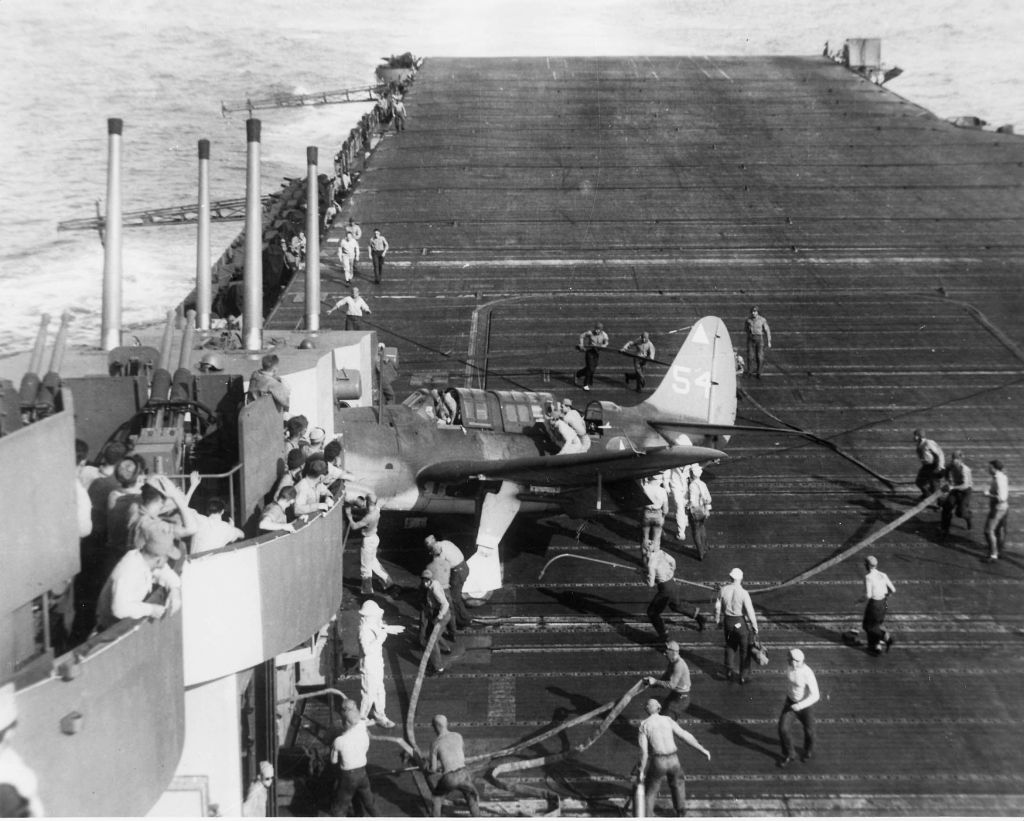
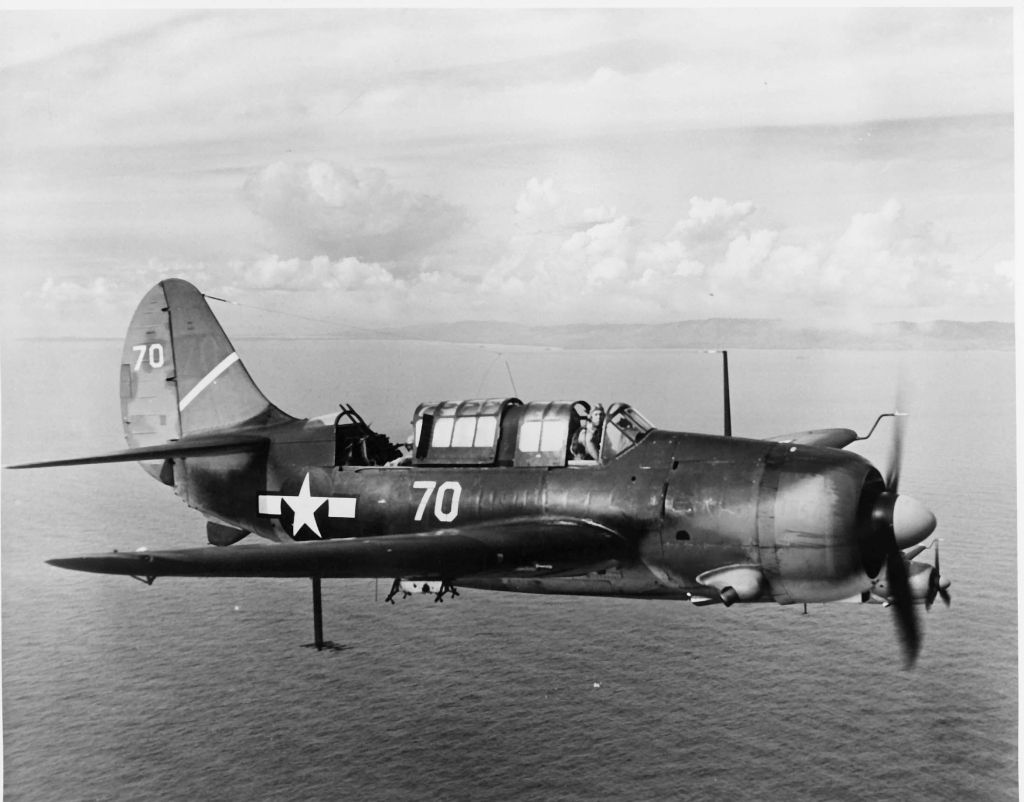
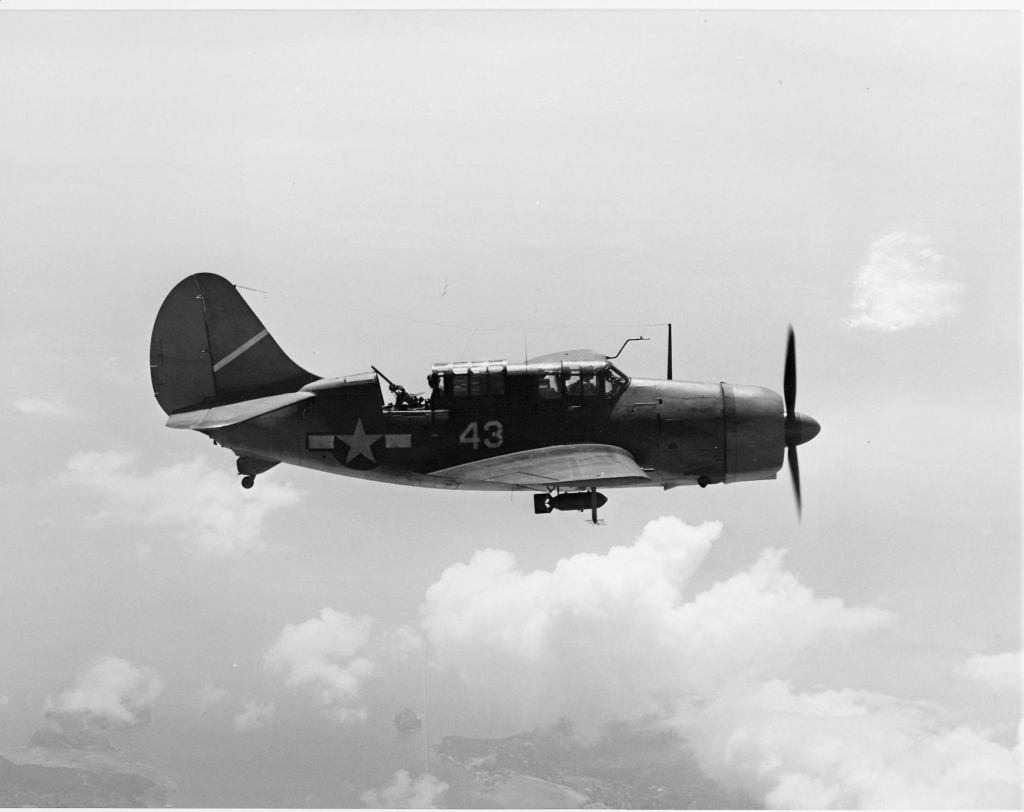



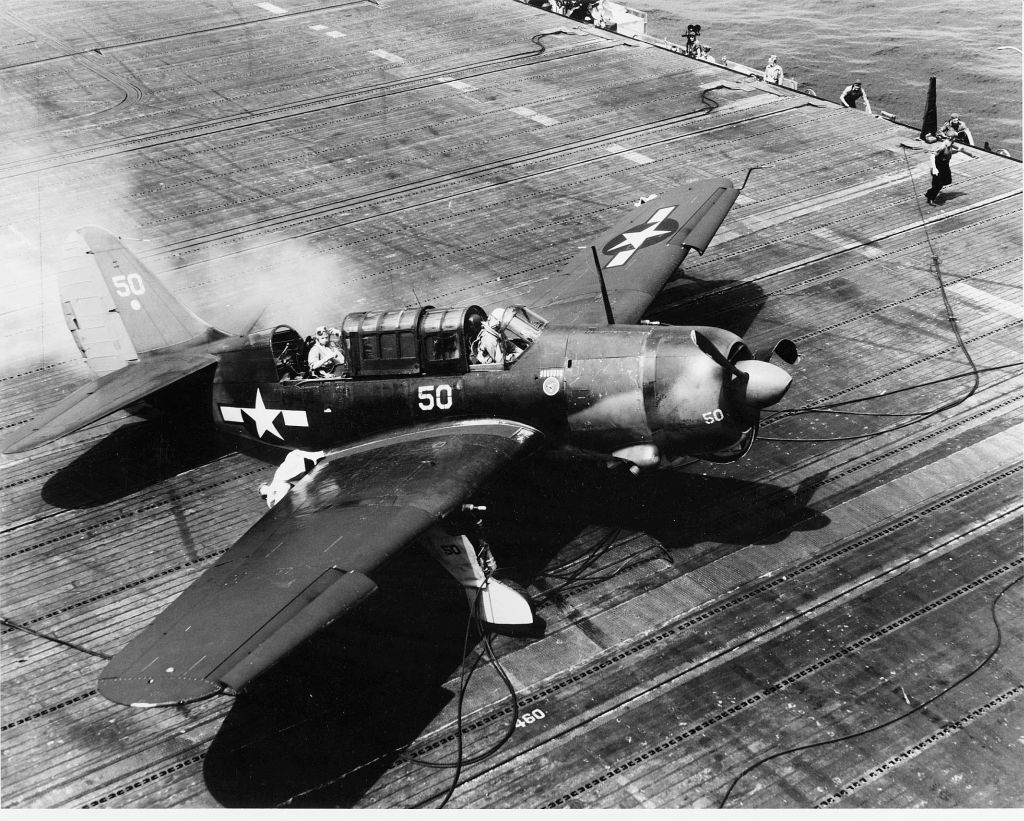
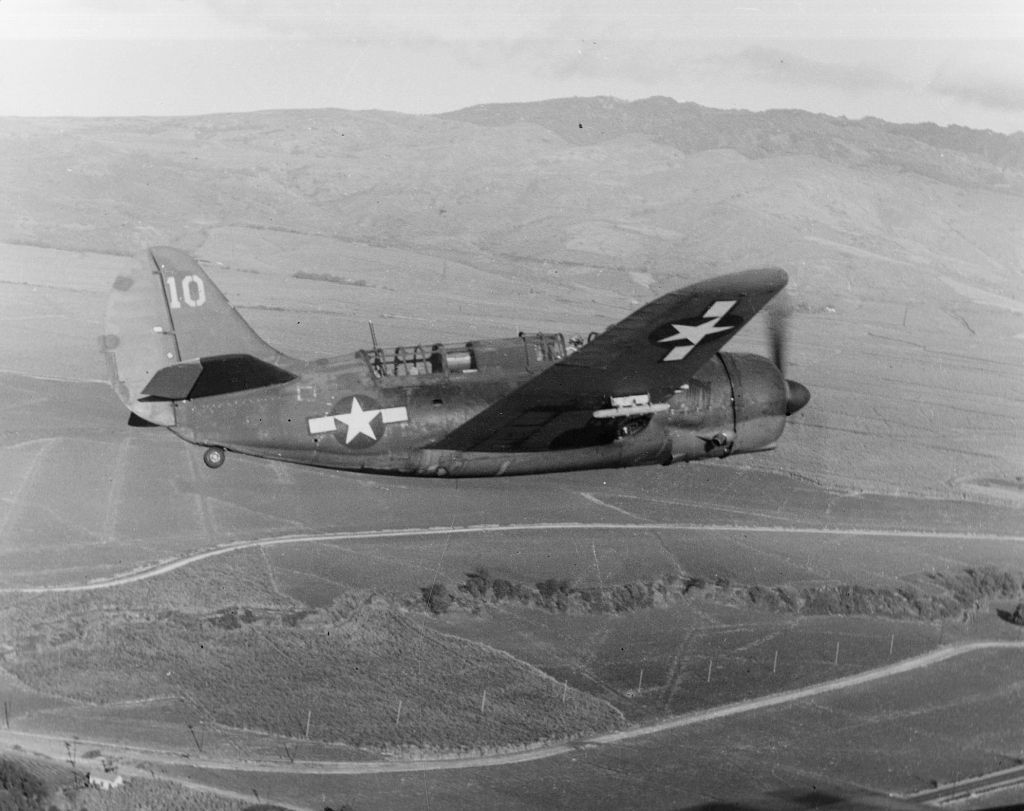
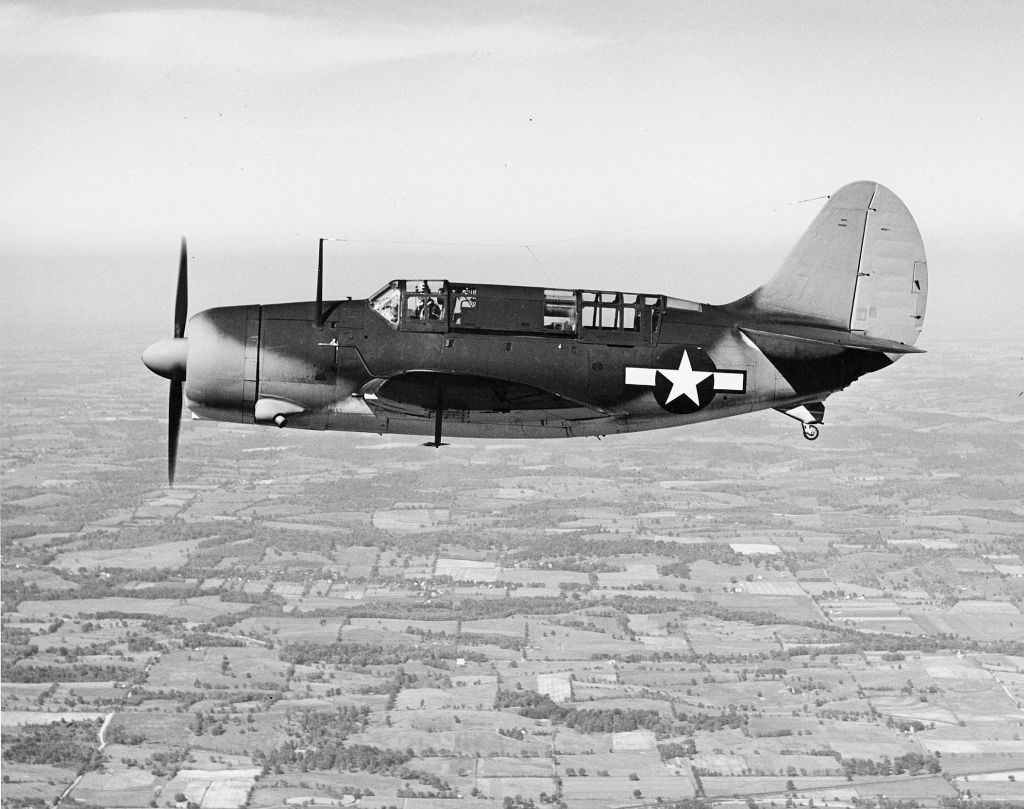
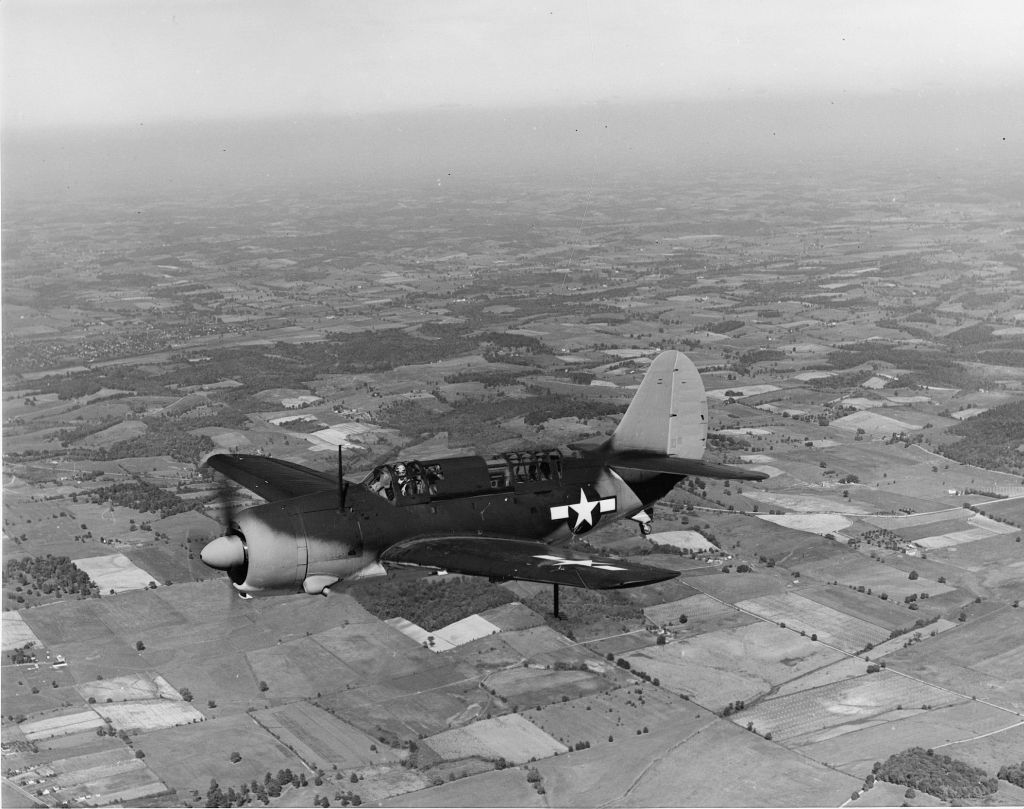
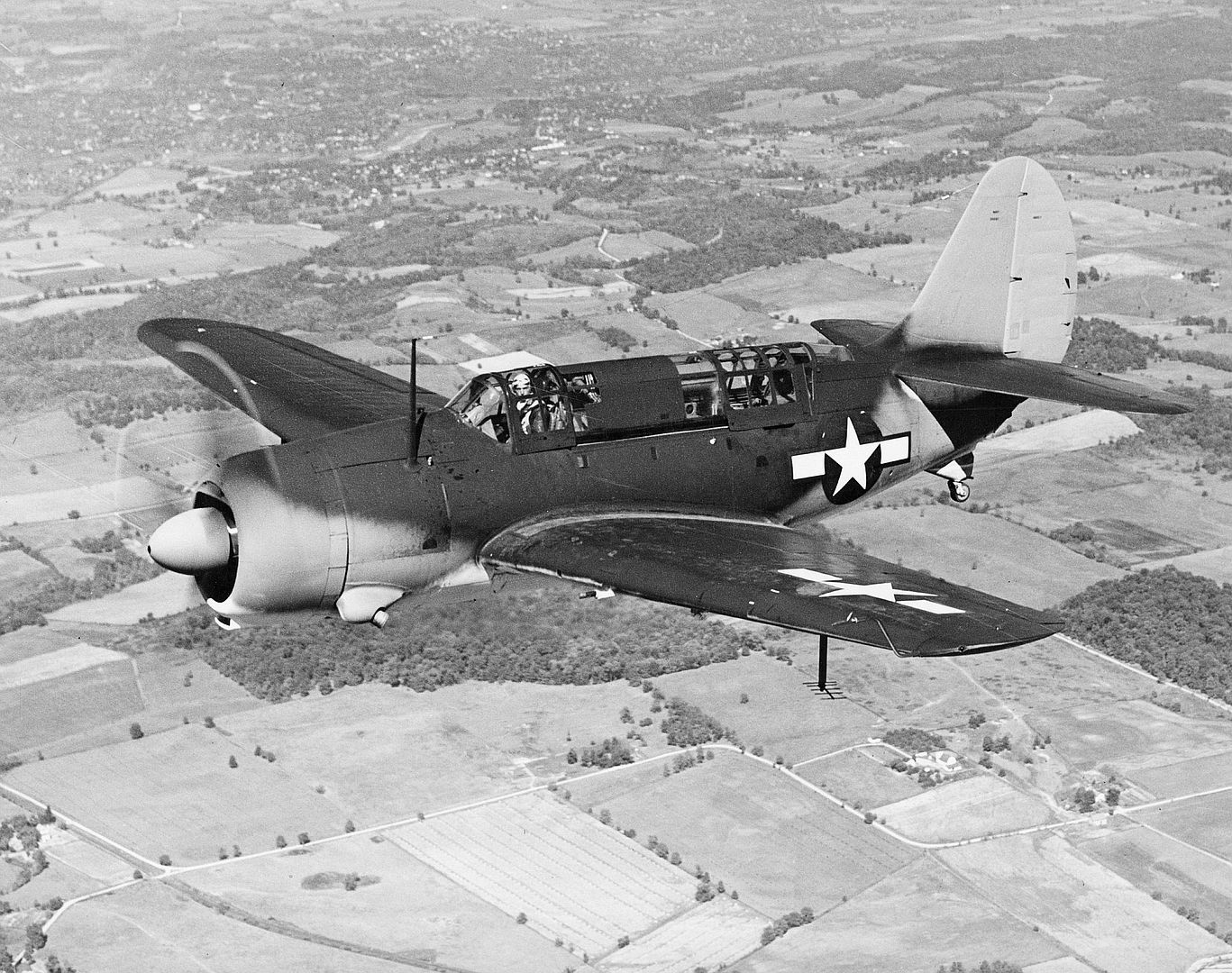
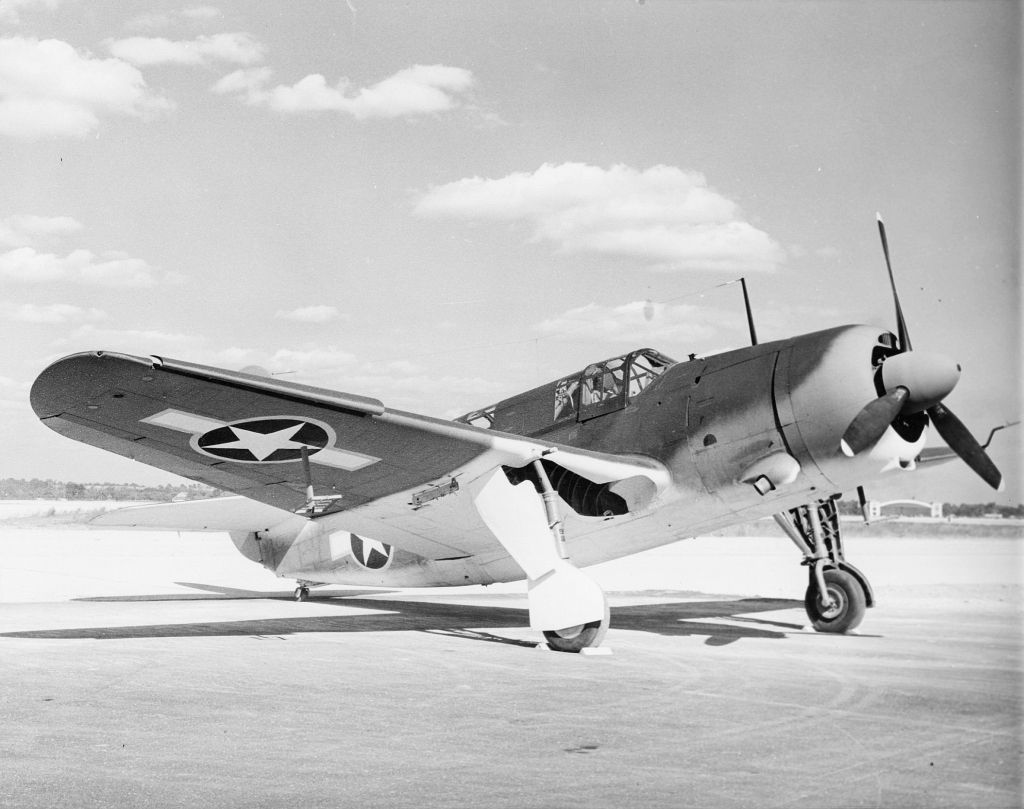
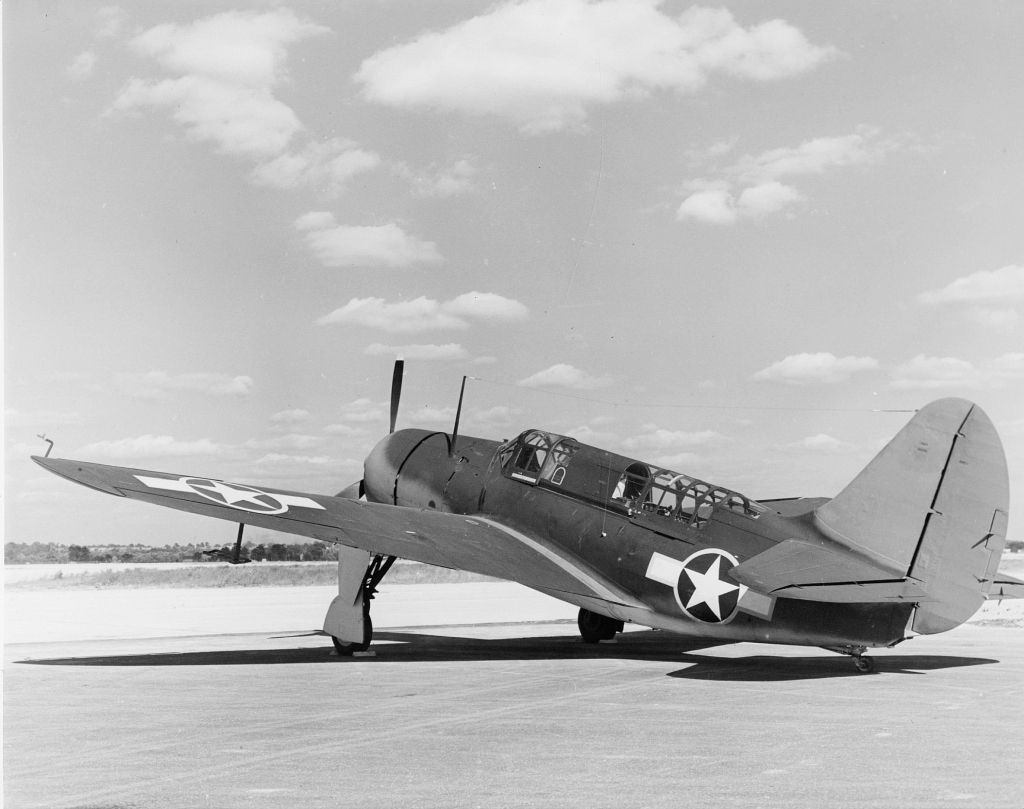

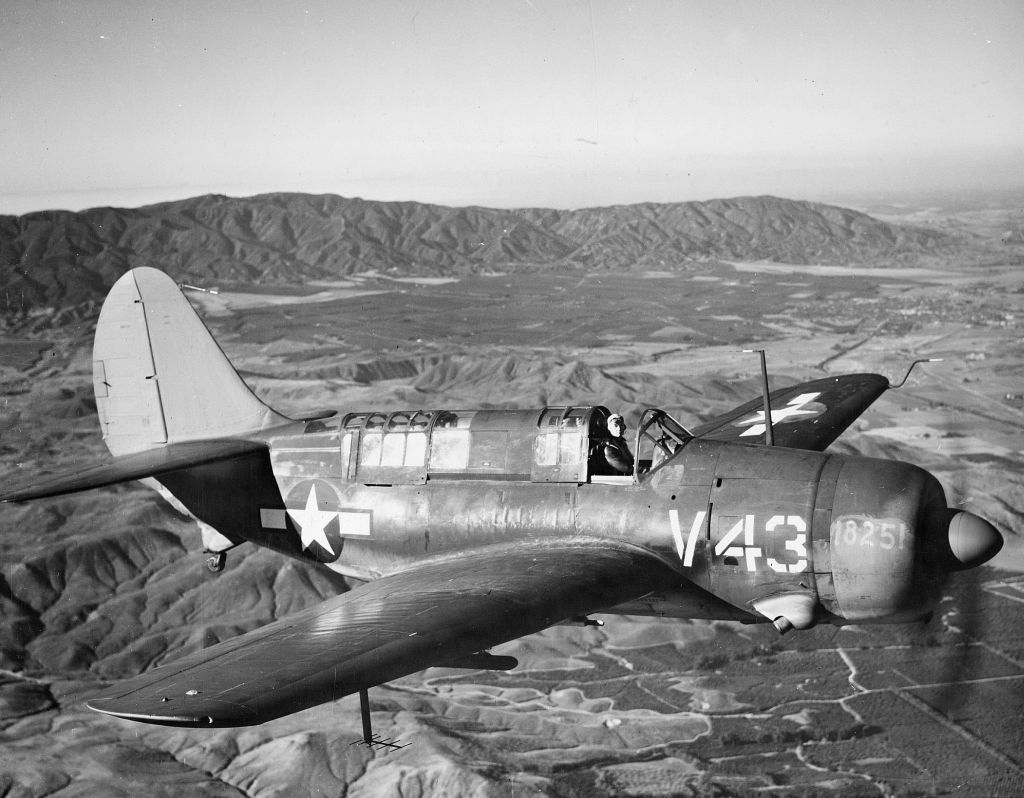
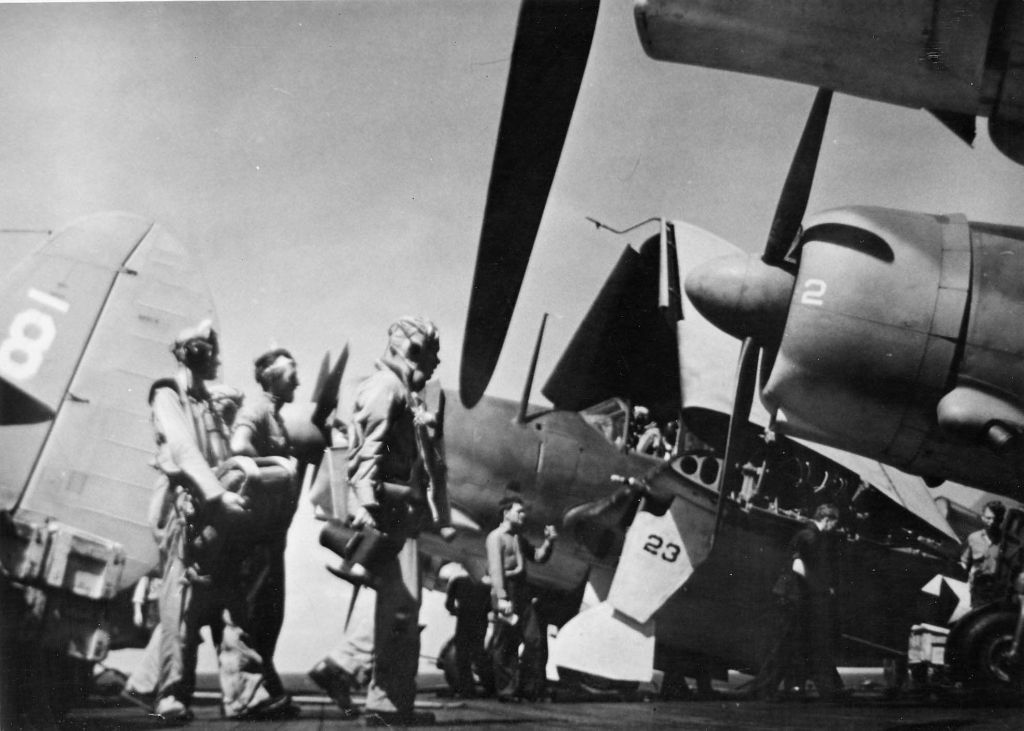
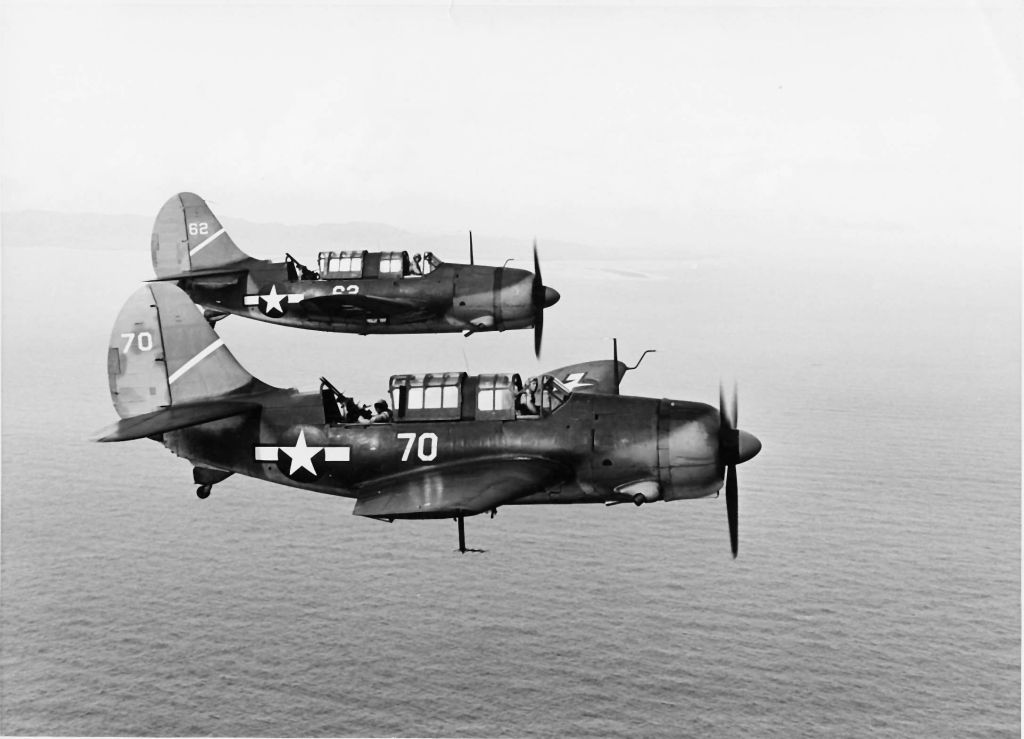
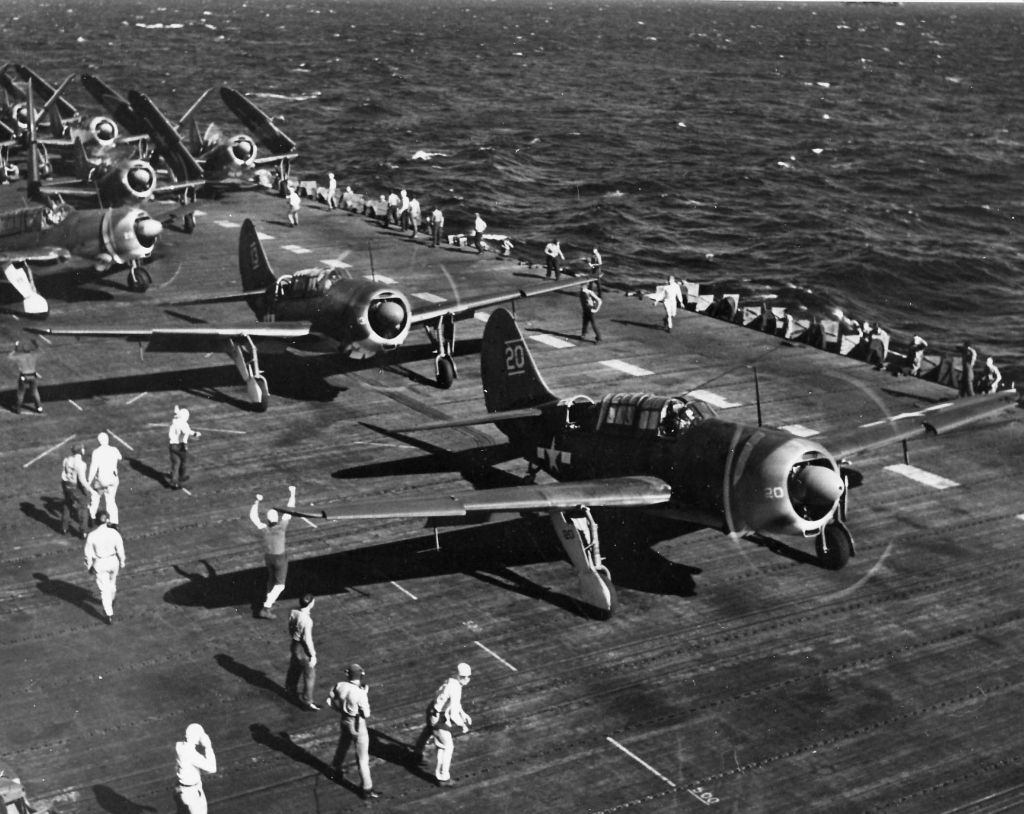
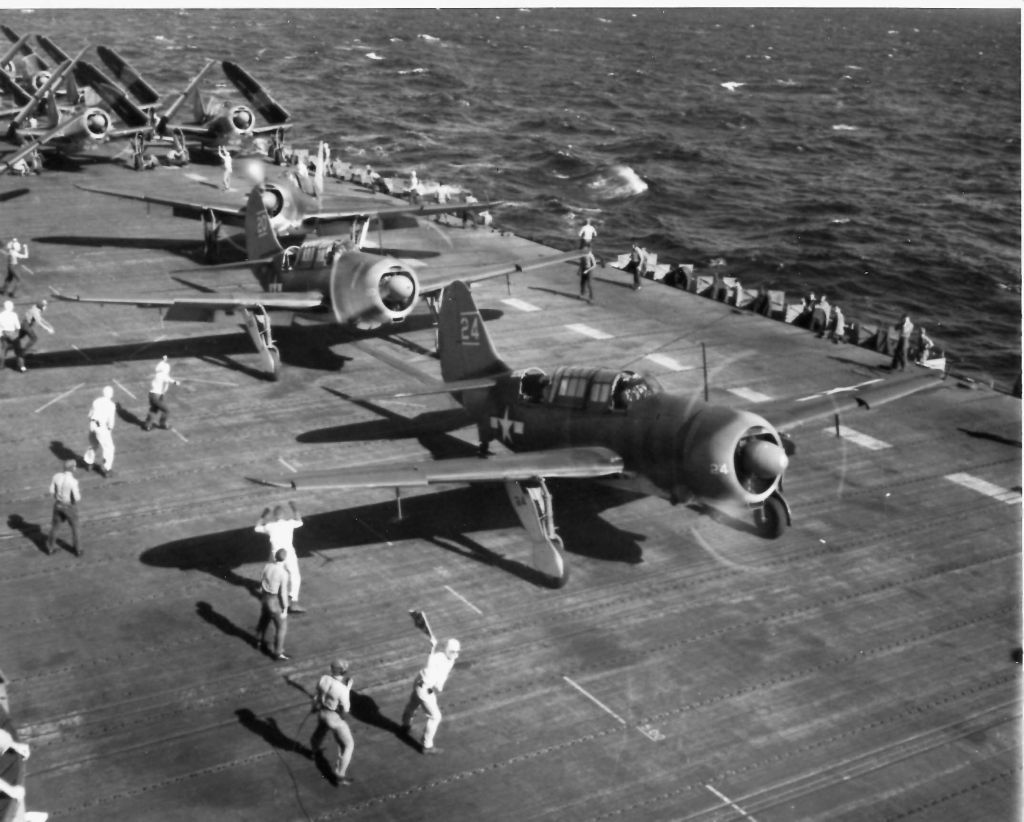
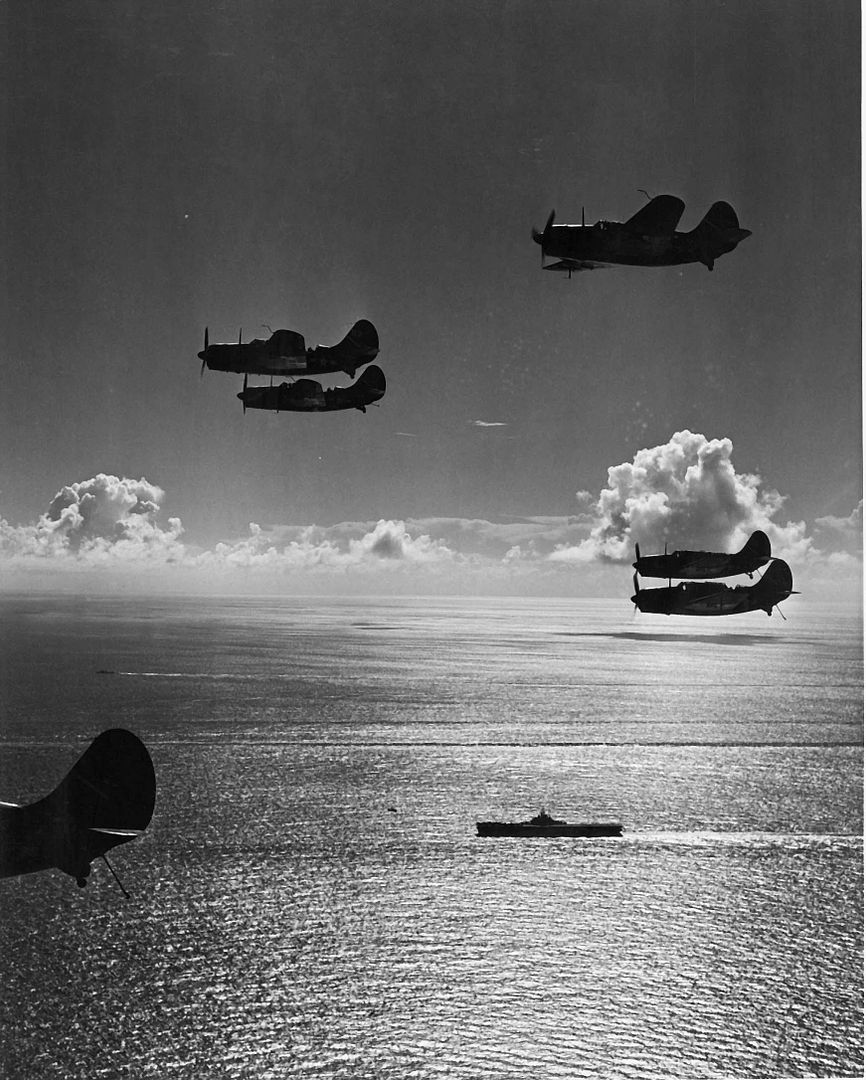
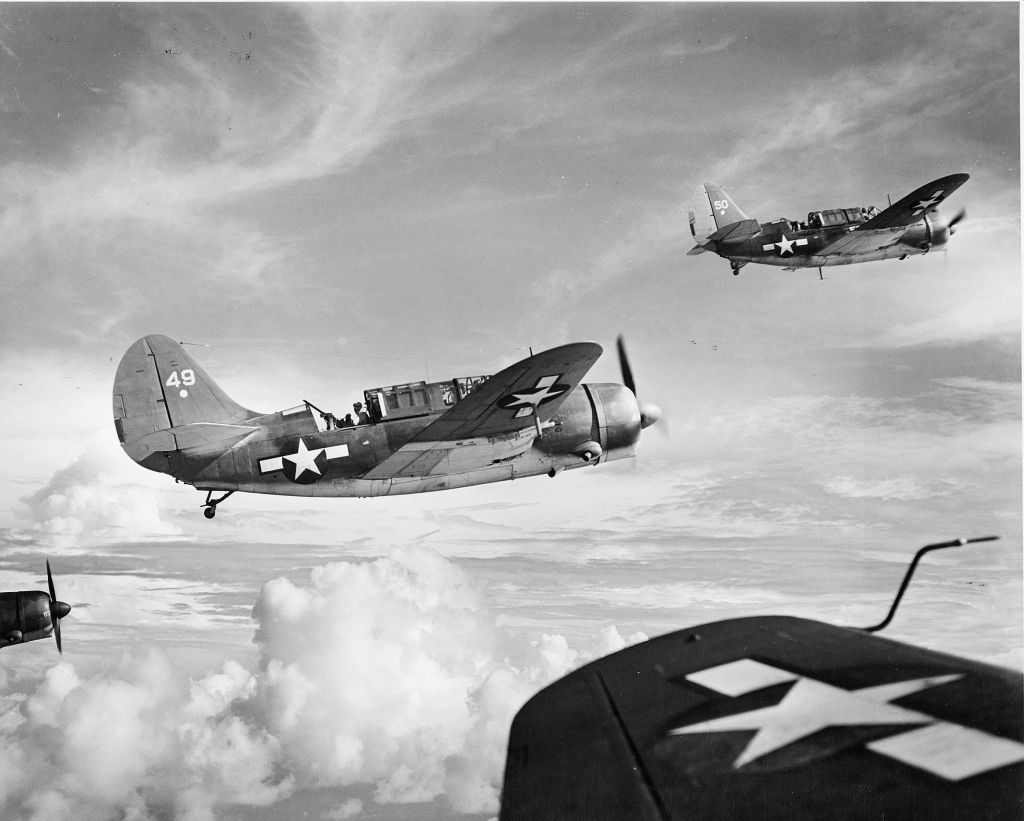
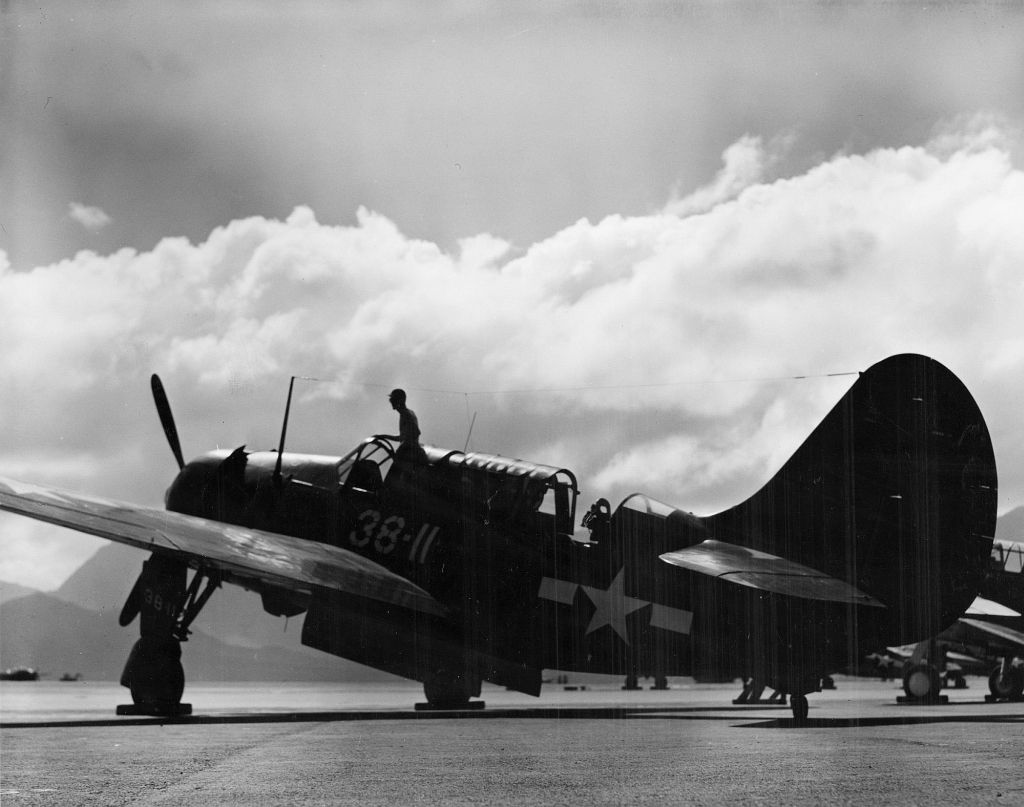
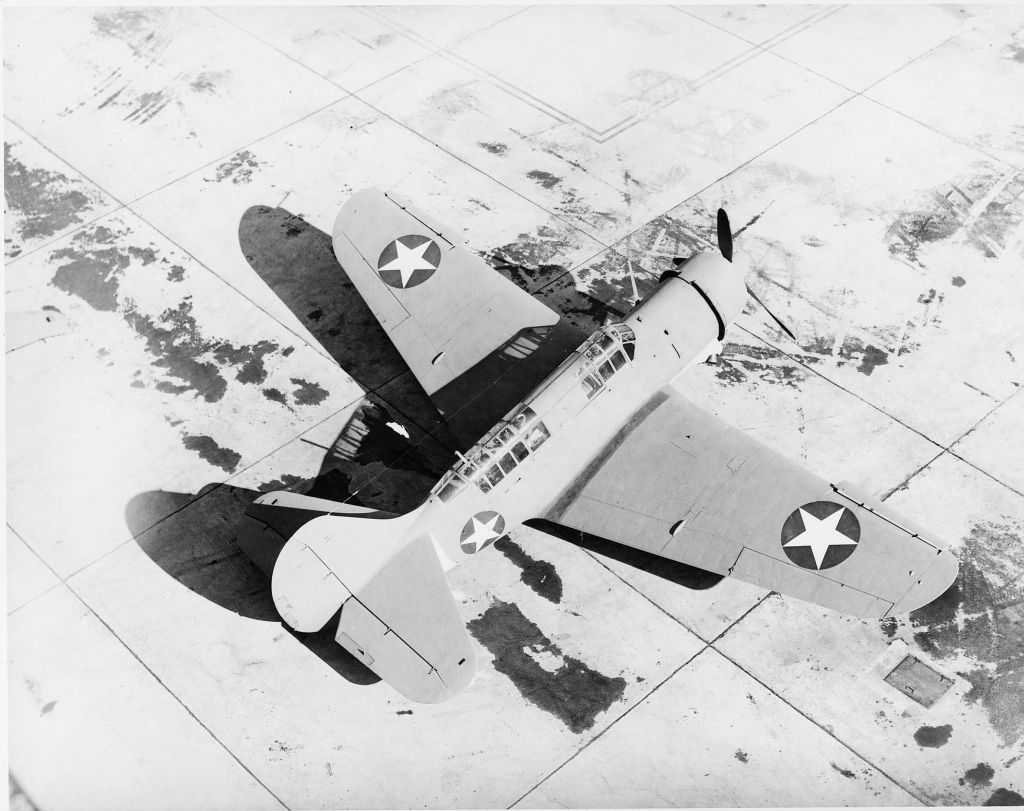
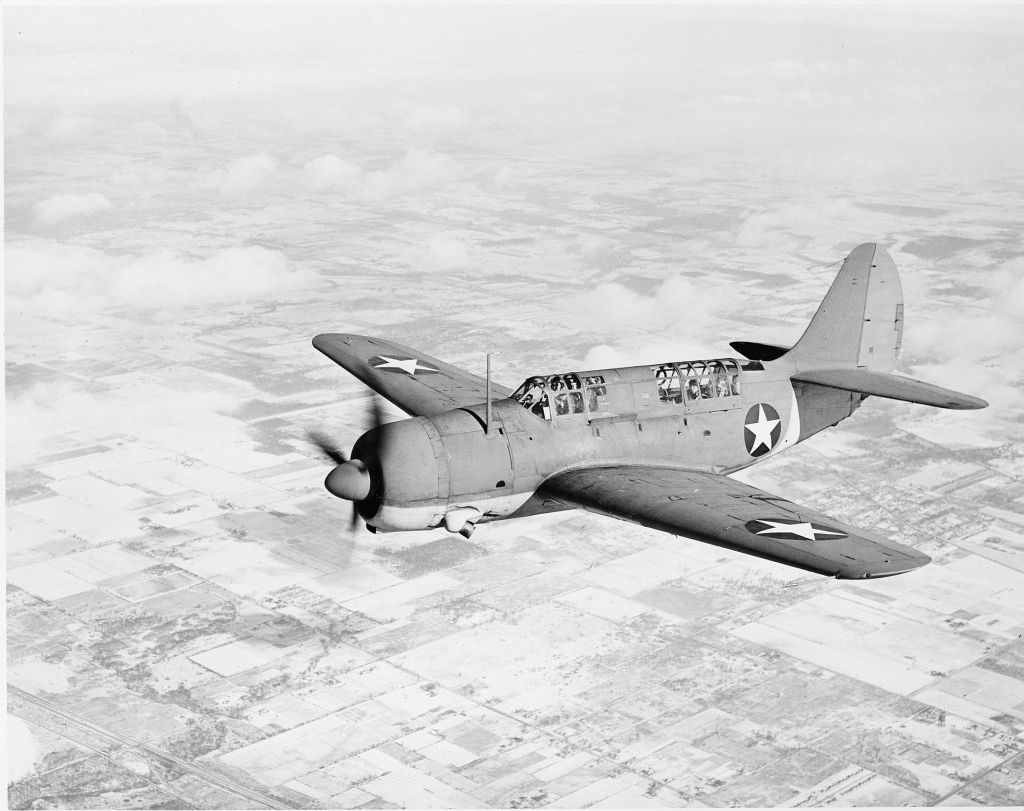

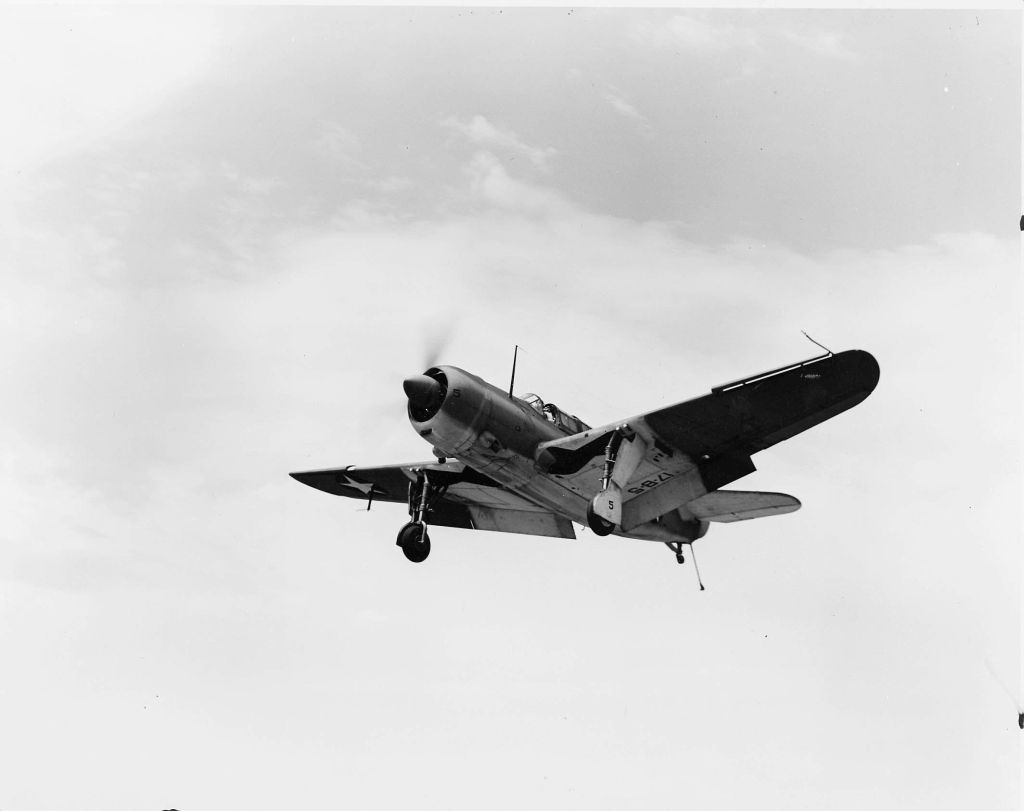
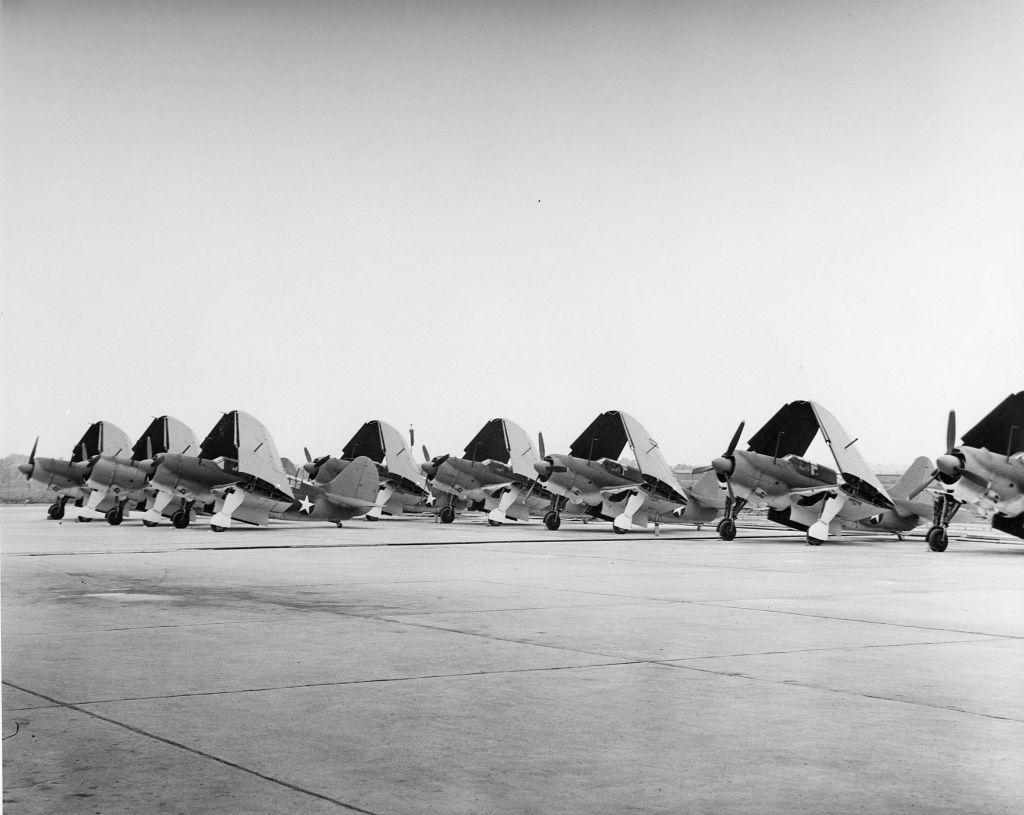
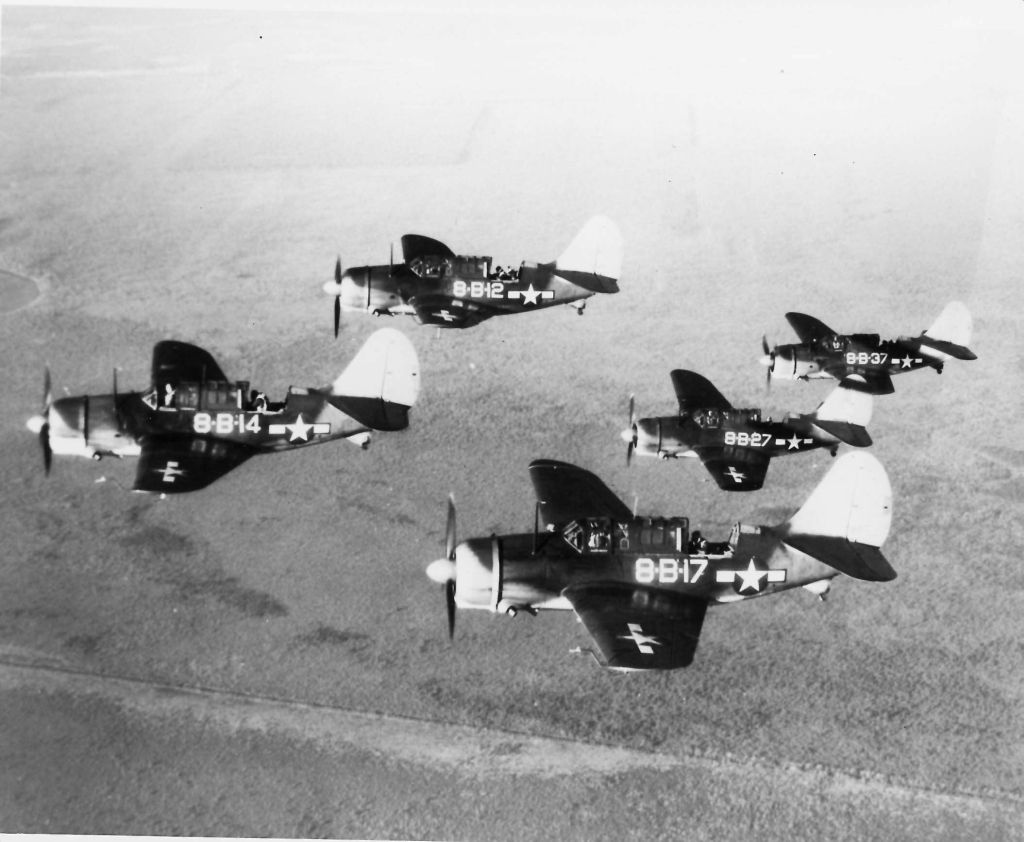
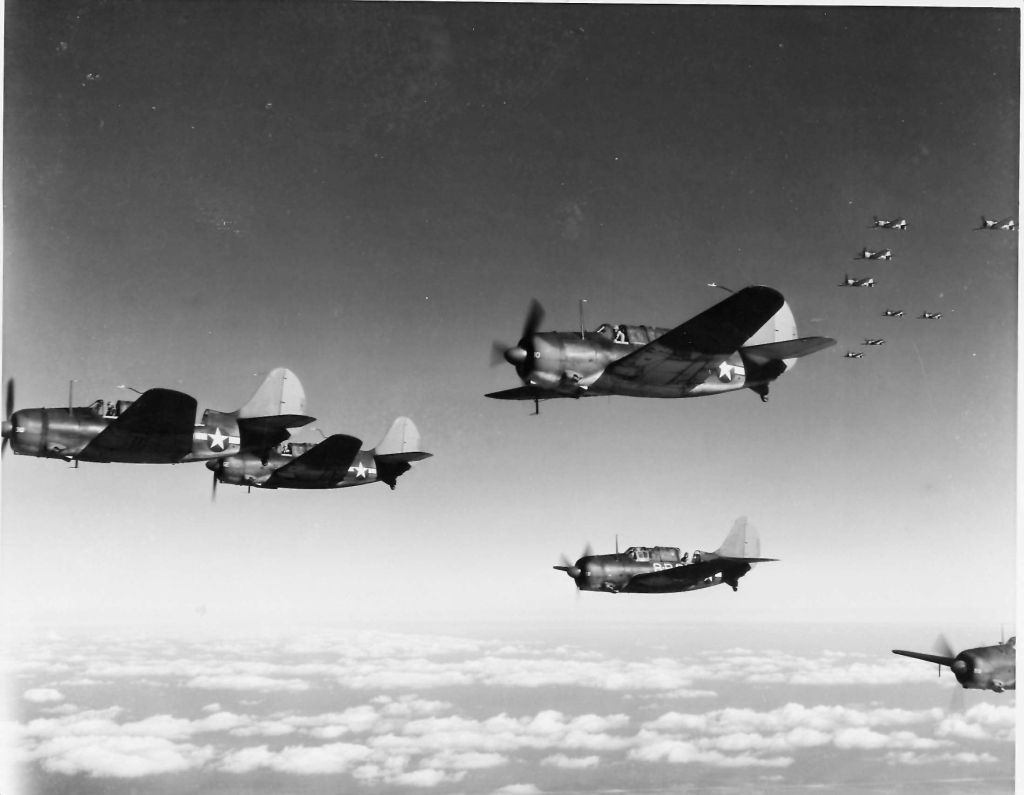
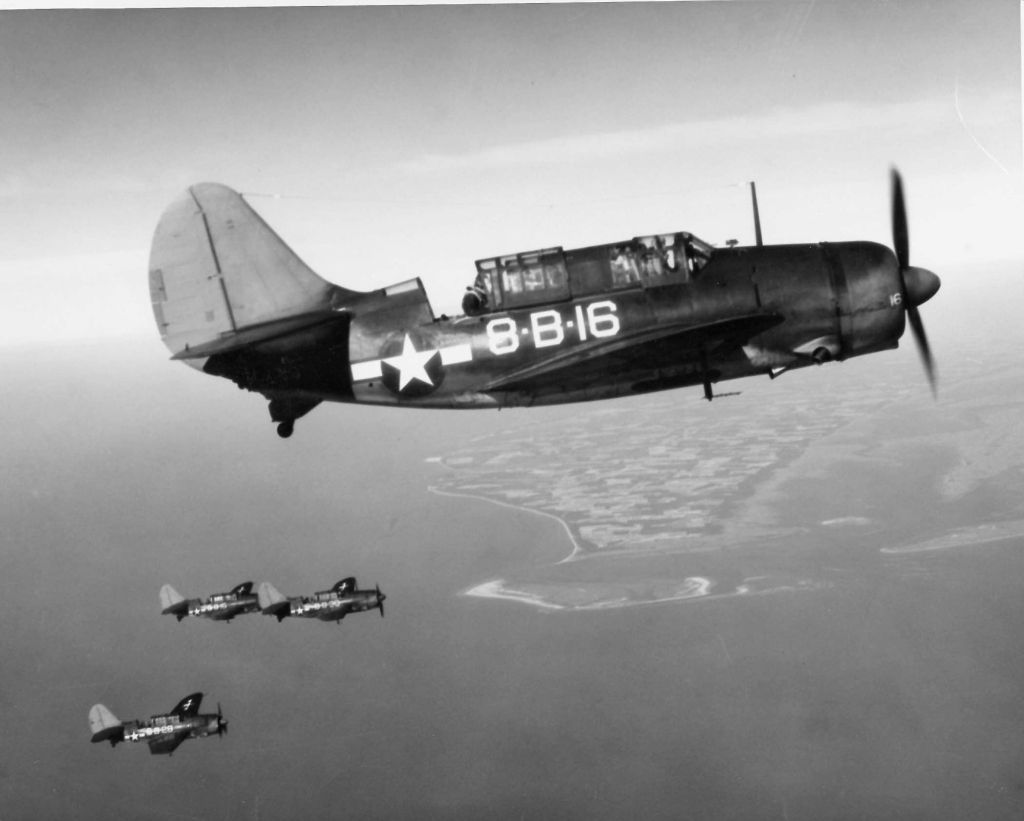
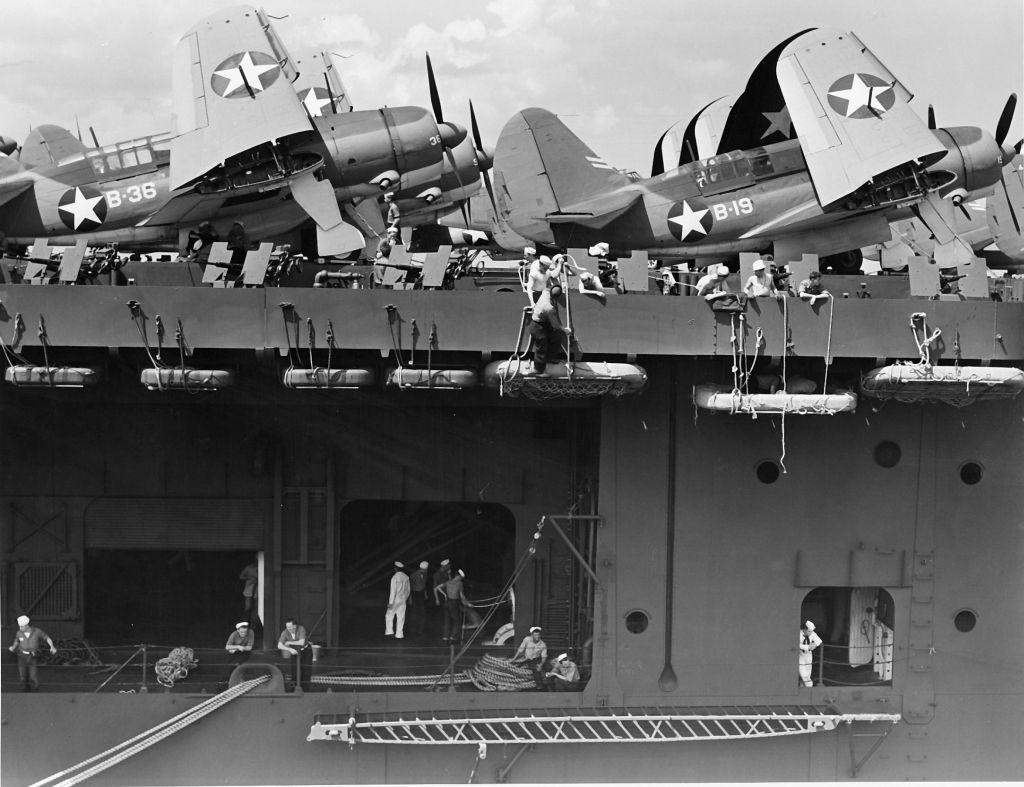
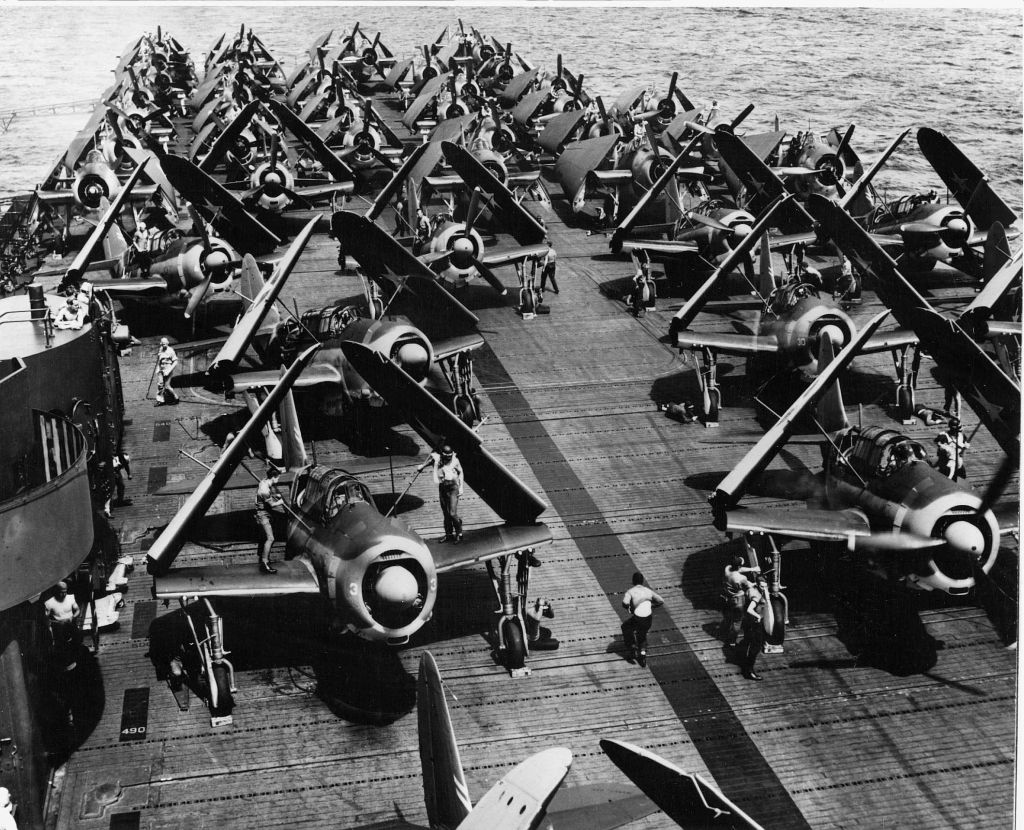
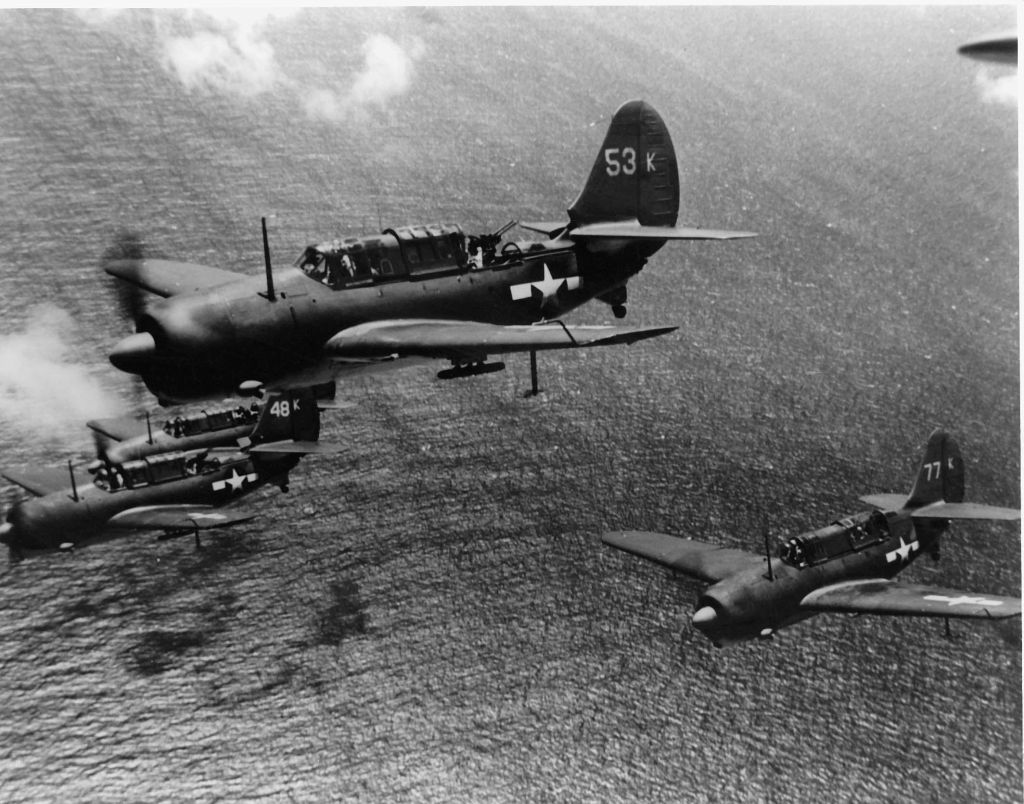
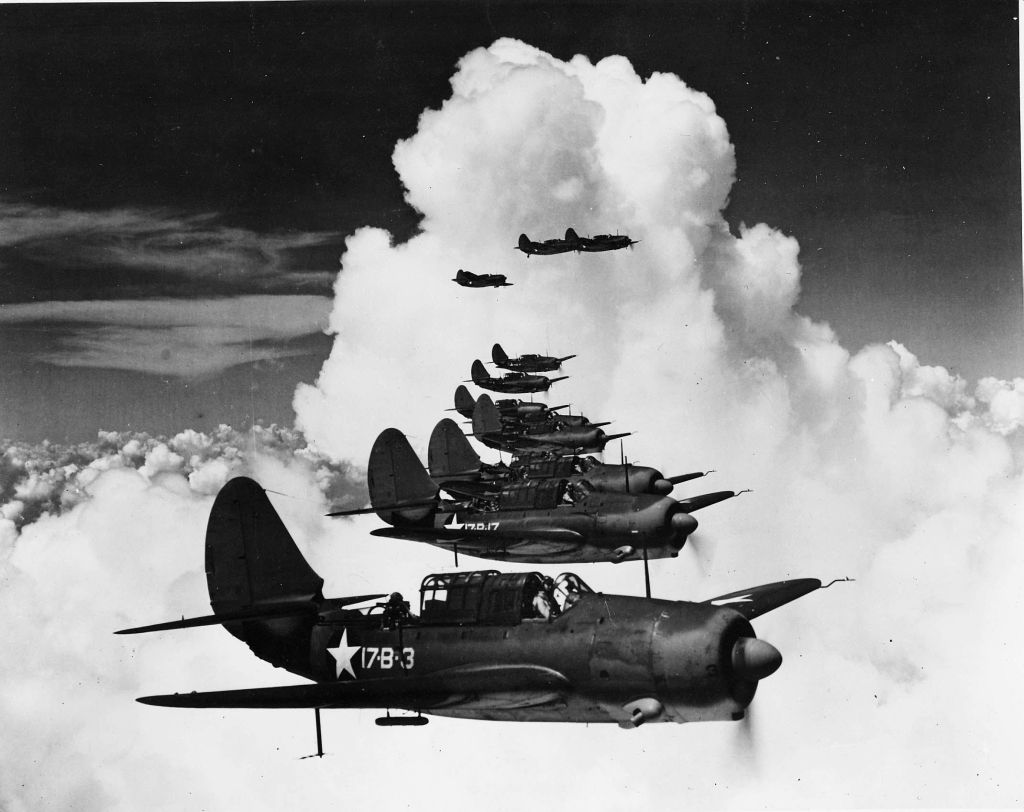
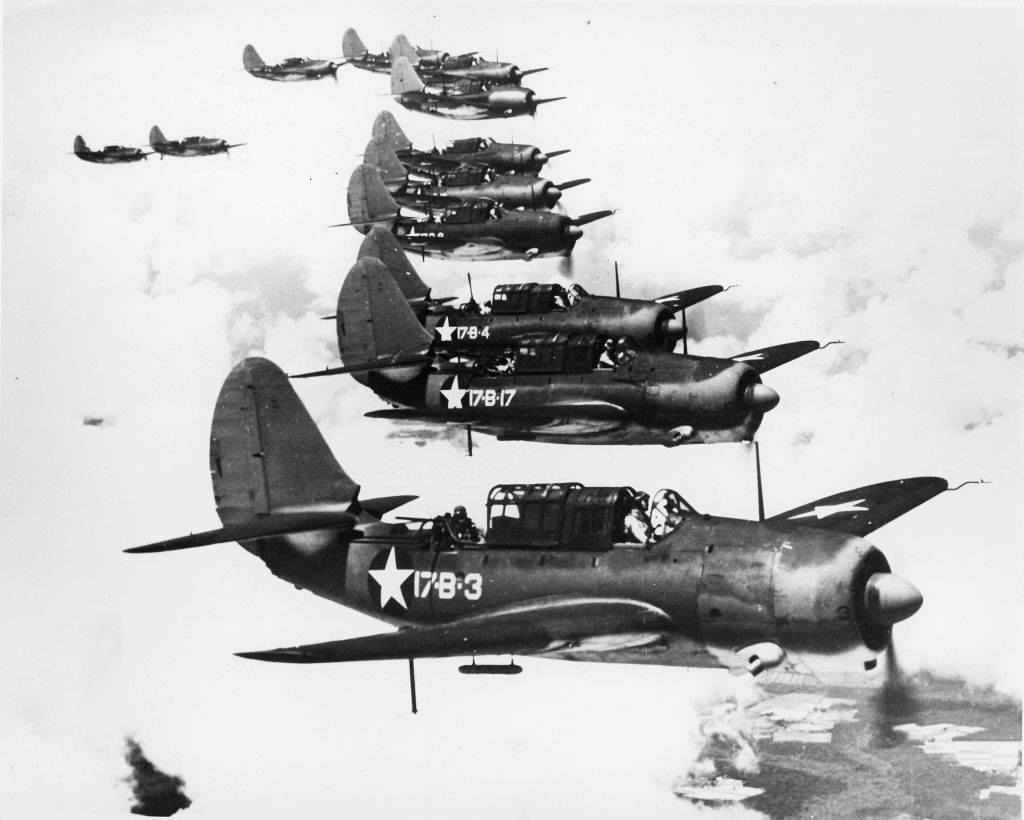
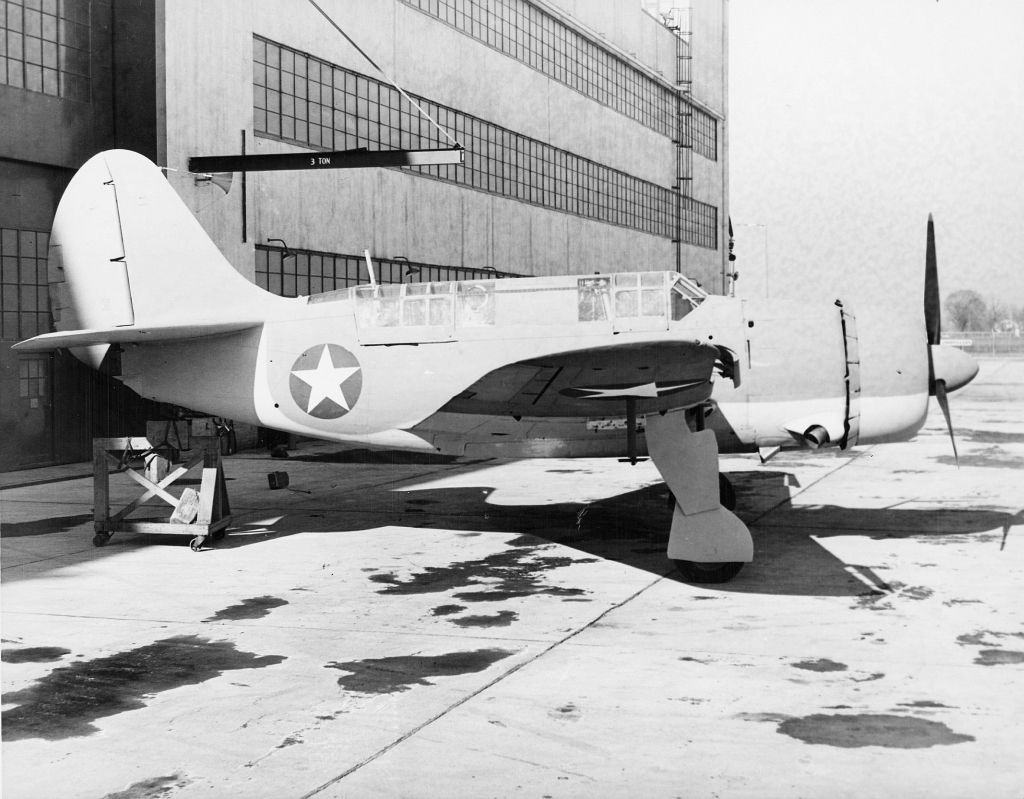
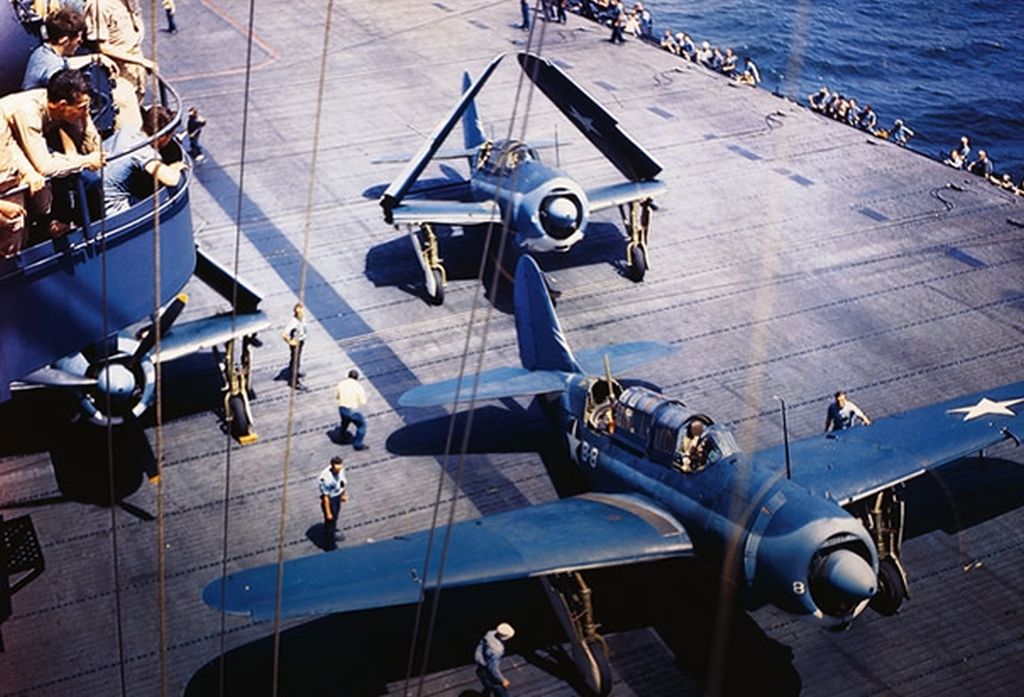

Only a single "XSB2C-2" was flown, this being a floatplane conversion of an early production SB2C-1, but though there were plans to acquire 350 of this variant, priorities changed and it didn't happen.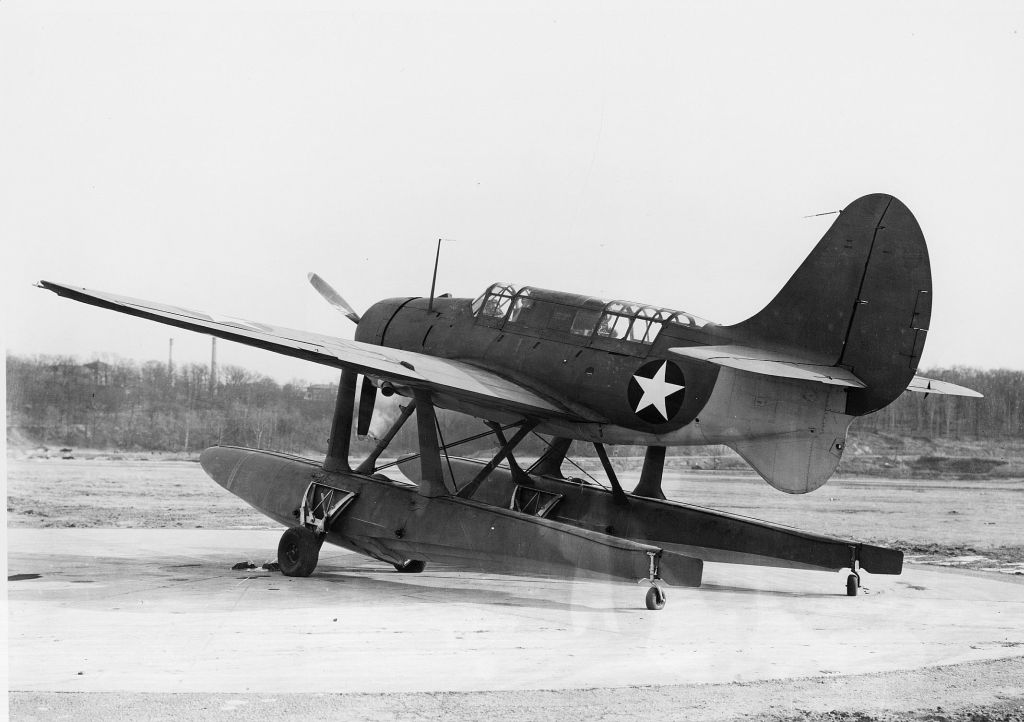

-
12 years ago
 Main AdminThe "XSB2C-3" was a production Helldiver fitted with the more powerful R-2600-20 Double Cyclone engine, with 1,420 kW (1,900 HP) and a four-bladed Curtiss electric propeller, helping to compensate for the aircraft's excessive weight. It went into production in 1944 as the "SB2C-3", with 1,112 built.
Main AdminThe "XSB2C-3" was a production Helldiver fitted with the more powerful R-2600-20 Double Cyclone engine, with 1,420 kW (1,900 HP) and a four-bladed Curtiss electric propeller, helping to compensate for the aircraft's excessive weight. It went into production in 1944 as the "SB2C-3", with 1,112 built.
Most SB2C-3s were fitted with the ASB longwave radar with a Yagi fishbone-style array antenna under each wing for attacks in foul weather, but some were built with the much better AN/APS-4 centimetric radar in a pod under the wing and designated "SB2C-3E". Some sources claim that a radar "bombsight", the "low altitude bombing system (LABS)", was also carried by the Helldiver, but LABS seems to have been generally carried by large multi-engine patrol aircraft and there's little clear evidence of its use with the SB2C.
CURTISS SB2C-3 HELLDIVER:
_____________________ _________________ _____________________
spec metric english
_____________________ _________________ _____________________
wingspan 15.14 meters 49 feet 9 inches
wing area 39.2 sq_meters 422 sq_feet
length 11.18 meters 36 feet 8 inches
height (tail down) 4.49 meters 14 feet 9 inches
empty weight 4,760 kilograms 10,495 pounds
max loaded weight 7,600 kilograms 16,750 pounds
maximum speed 475 KPH 295 MPH / 255 KT
service ceiling 8,140 meters 26,700 feet
range 1,930 kilometers 1,200 MI / 1,045 NMI
_____________________ _________________ _____________________
The SB2C-3 was more satisfactory than the SB2C-1, and the next variant, the "SB2C-4", did much to fix some of the Helldiver's remaining defects. It was generally stronger and featured perforated dive flaps that produced less buffet in a dive. It could carry four 12.7 centimeter (5 inch) "High Velocity Air Rockets (HVARs)", a 450 kilogram (1,000 pound) bomb, or a drop tank under each wing, in addition to the bombbay stores. 2,045 SB2C-4s were built, making it the most heavily produced variant. As with the SB2C-3, ASB was standard, but some were fitted with the AN/APS-4 centimetric radar and designated "SB2C-4E". Although the bad reputation acquired by the Helldiver would stick forever, some aircrews were impressed by the virtues of the SB2C-4 and felt the complaints were overblown.
Below SB2C-3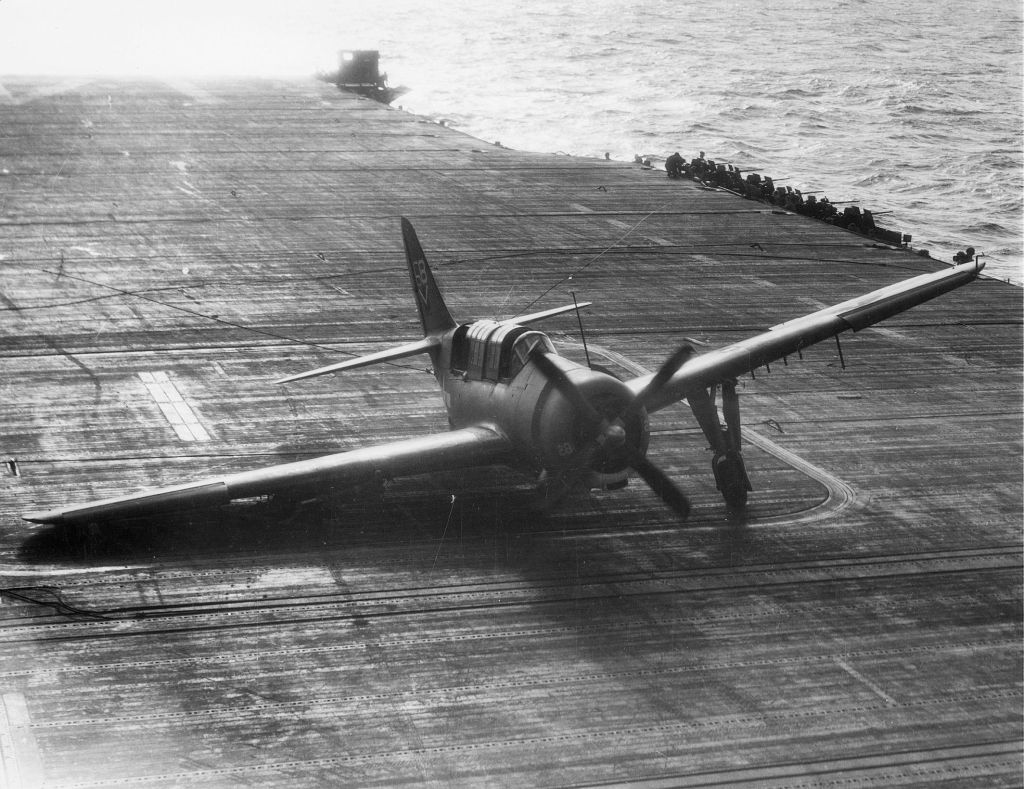
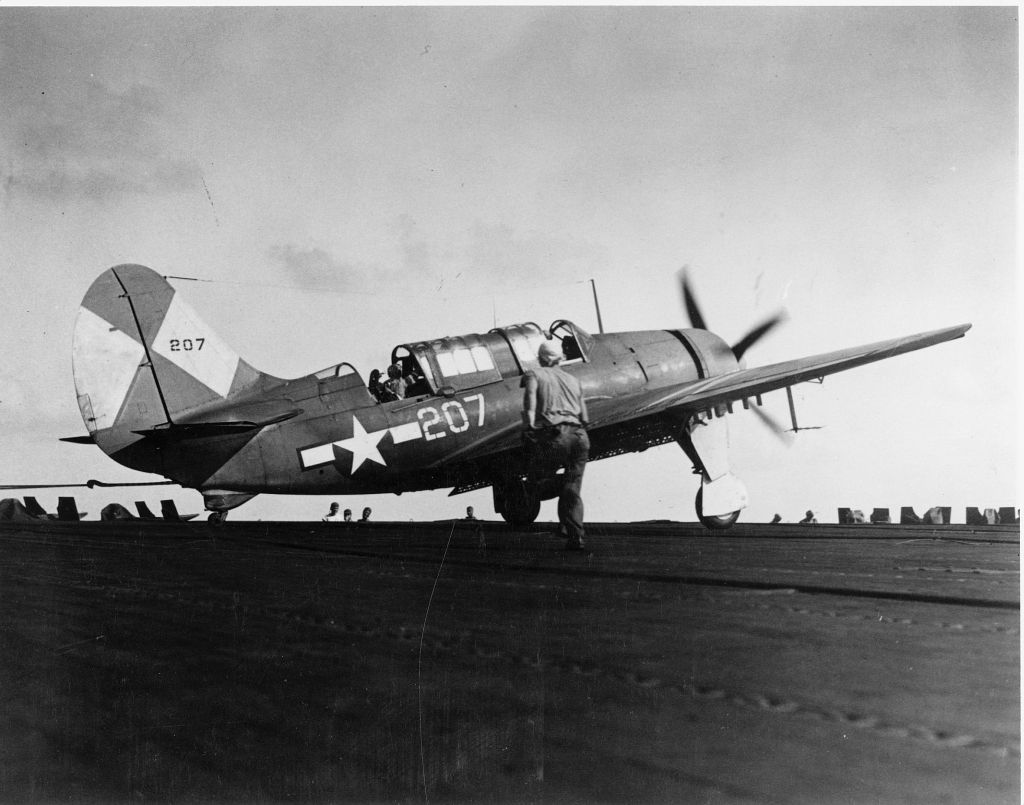
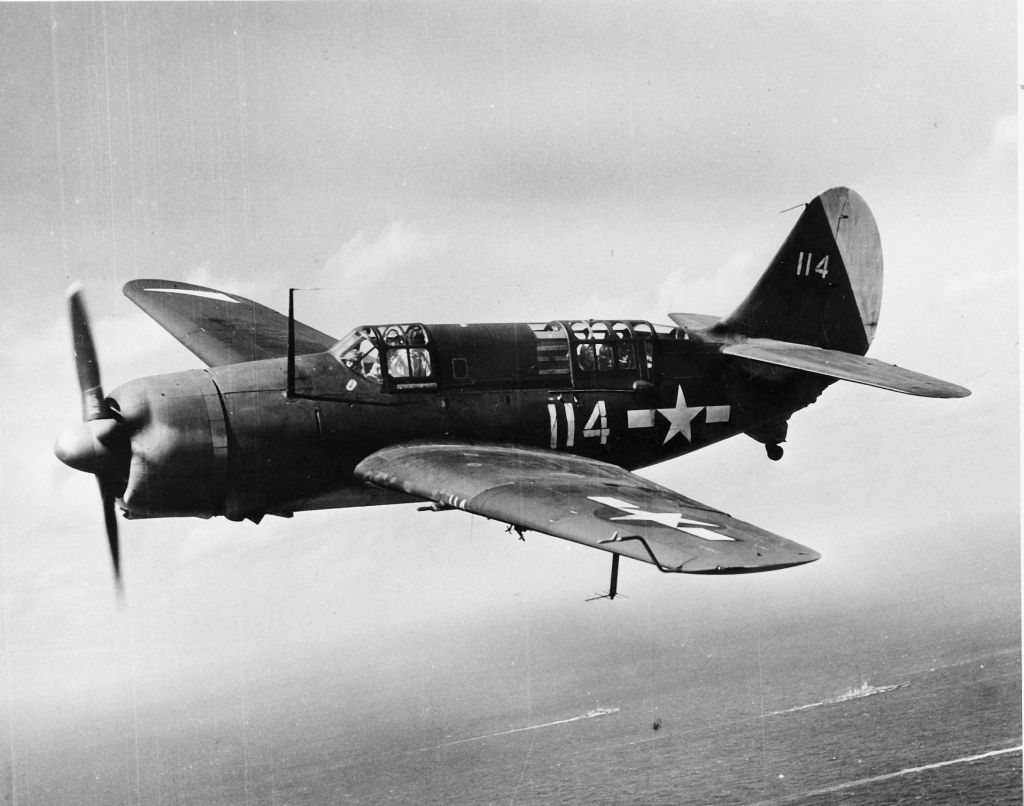
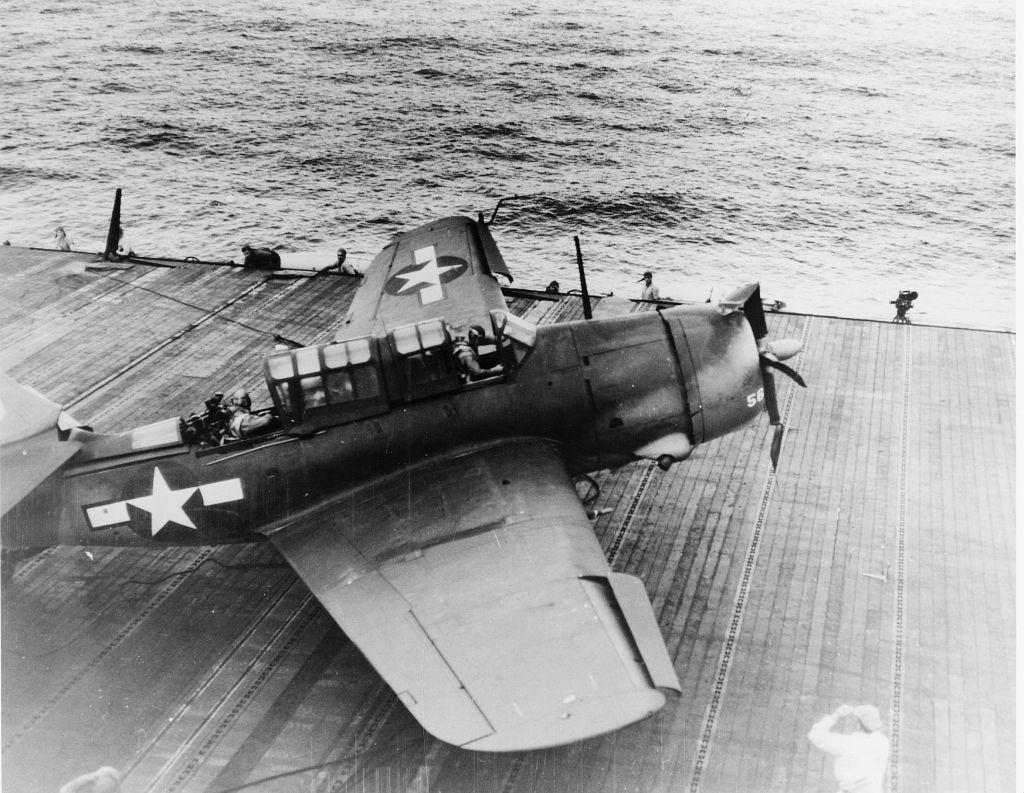
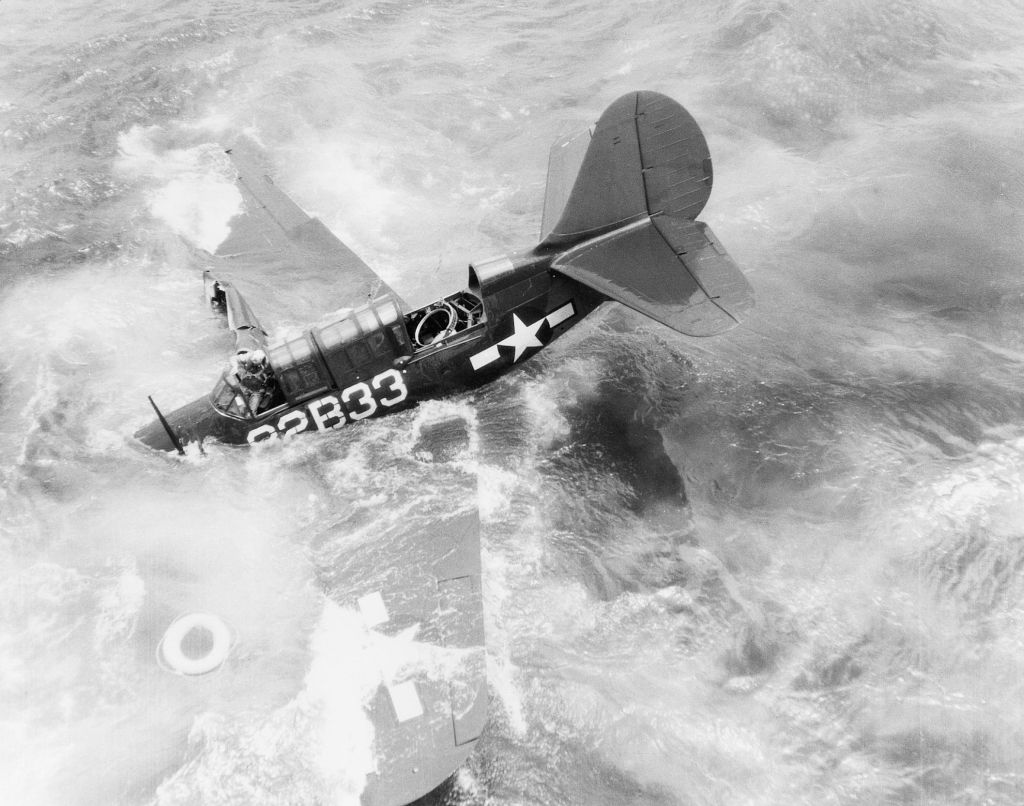
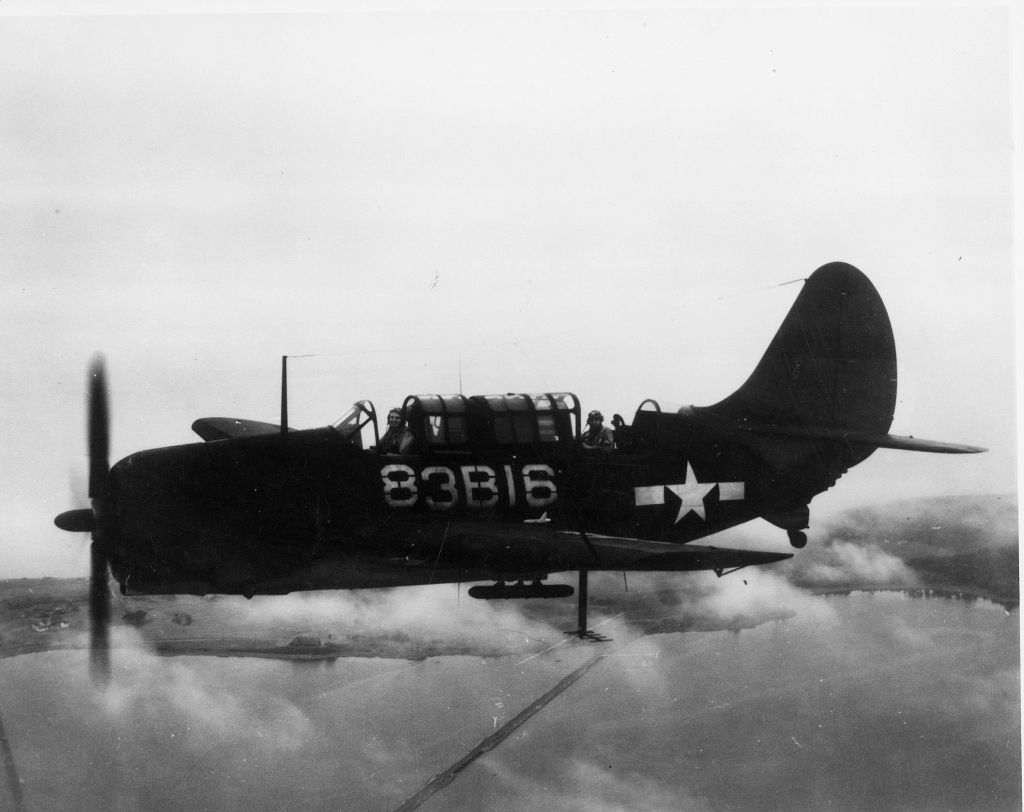
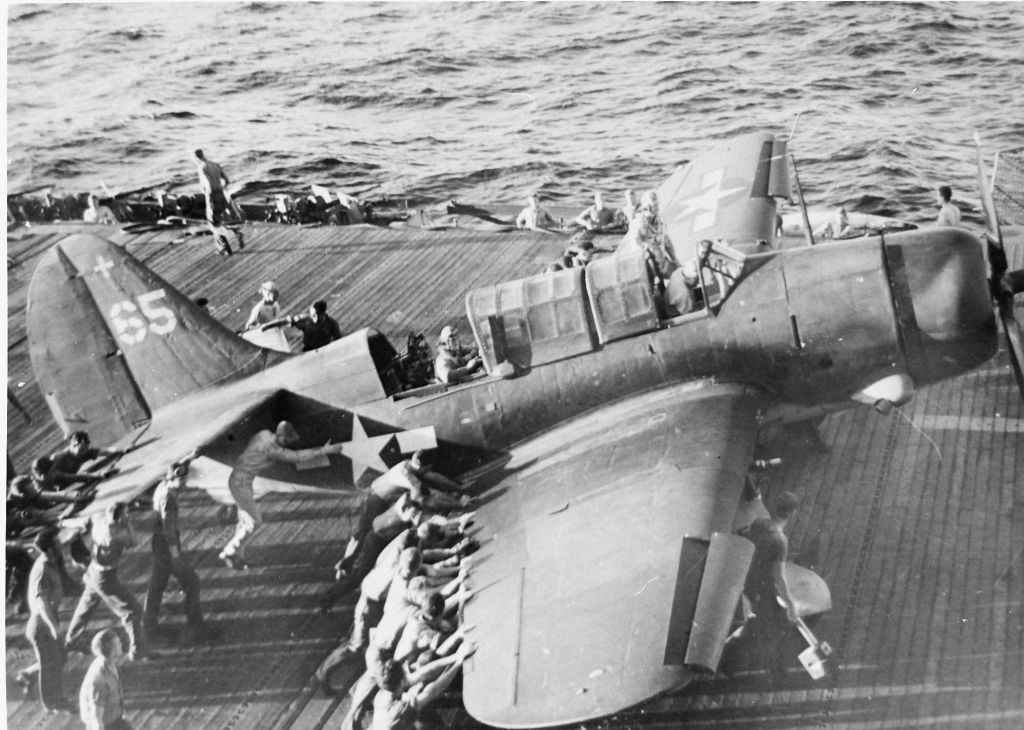
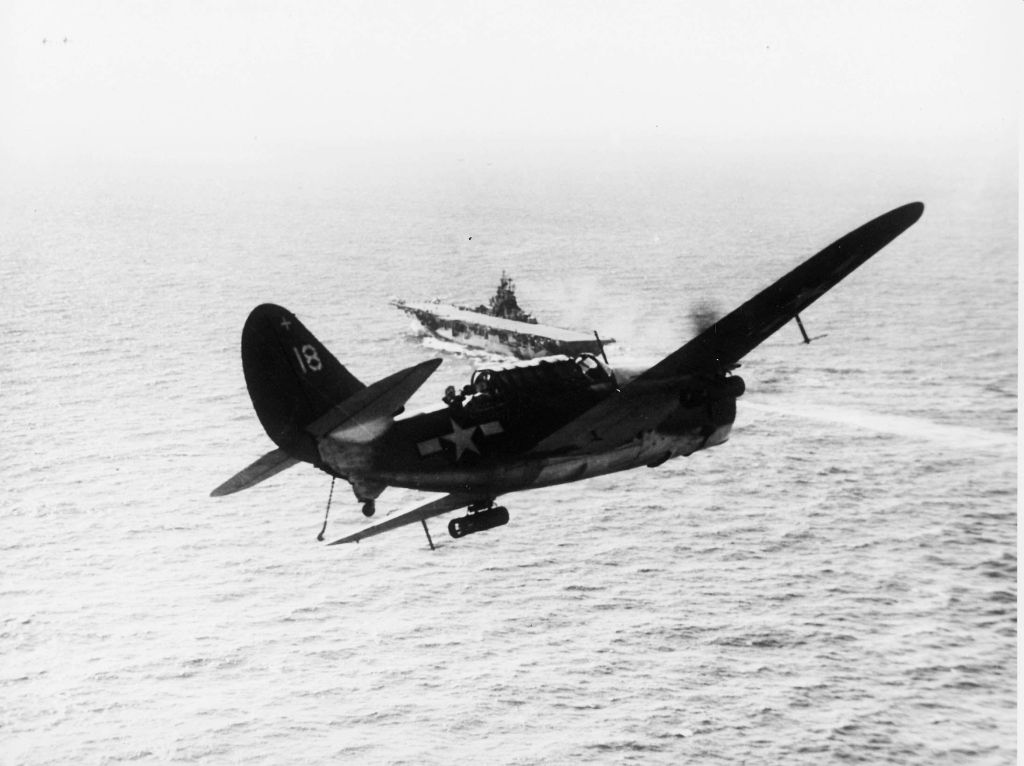
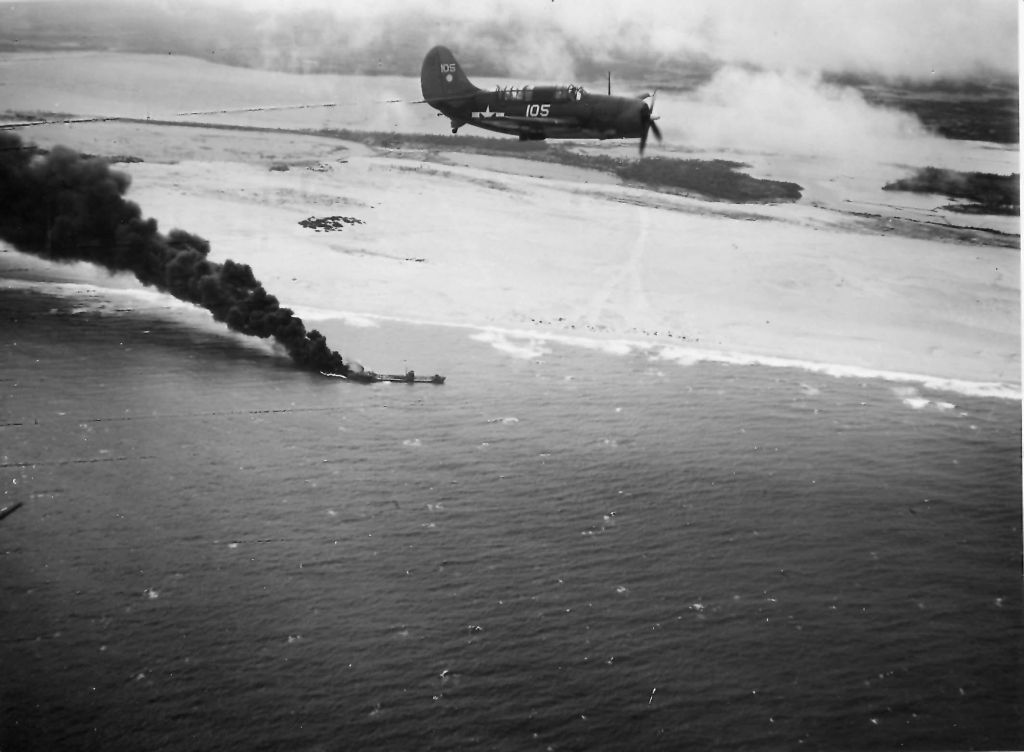
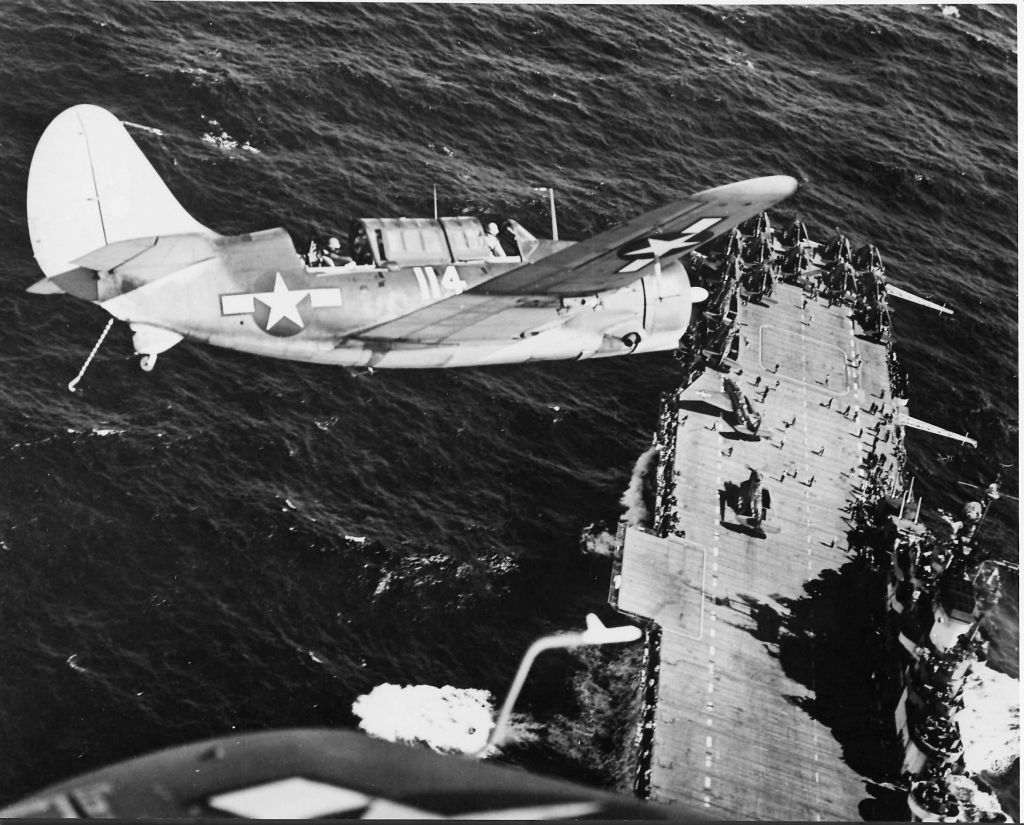
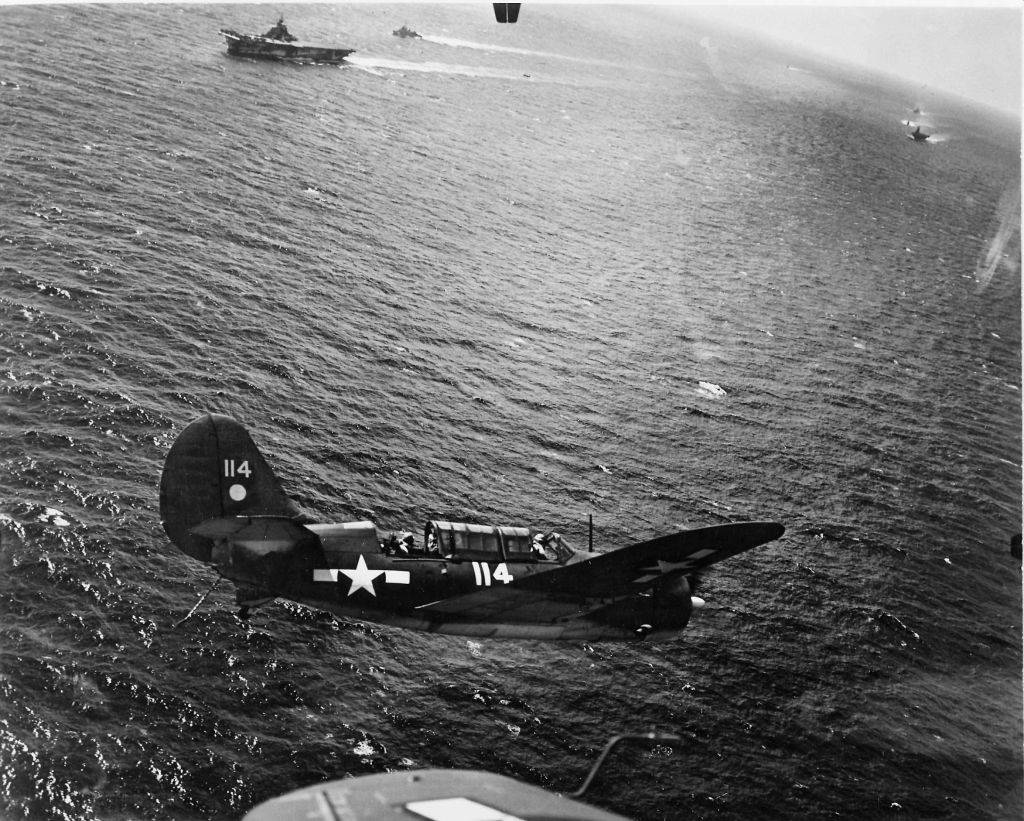
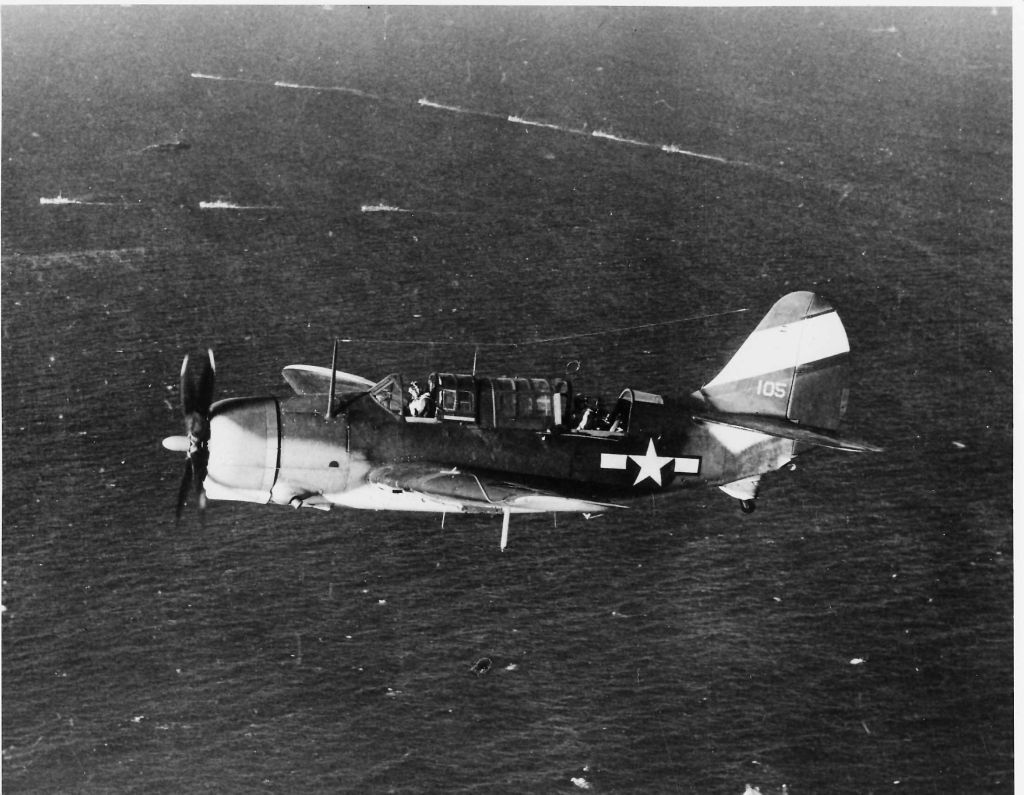
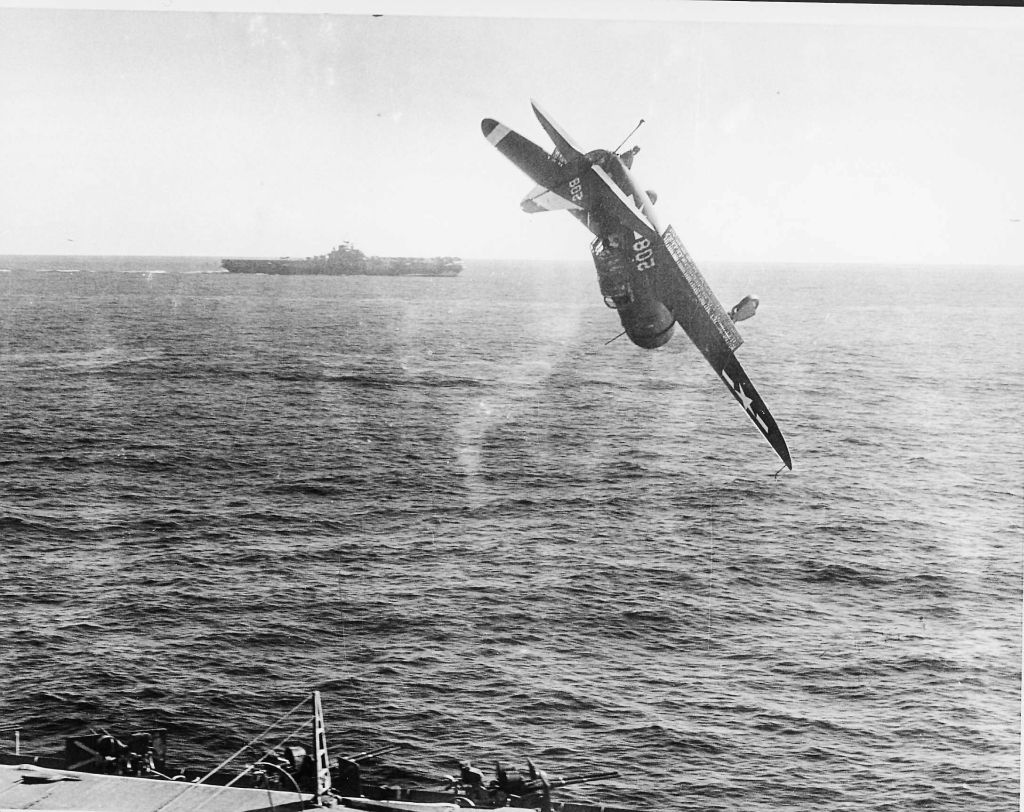
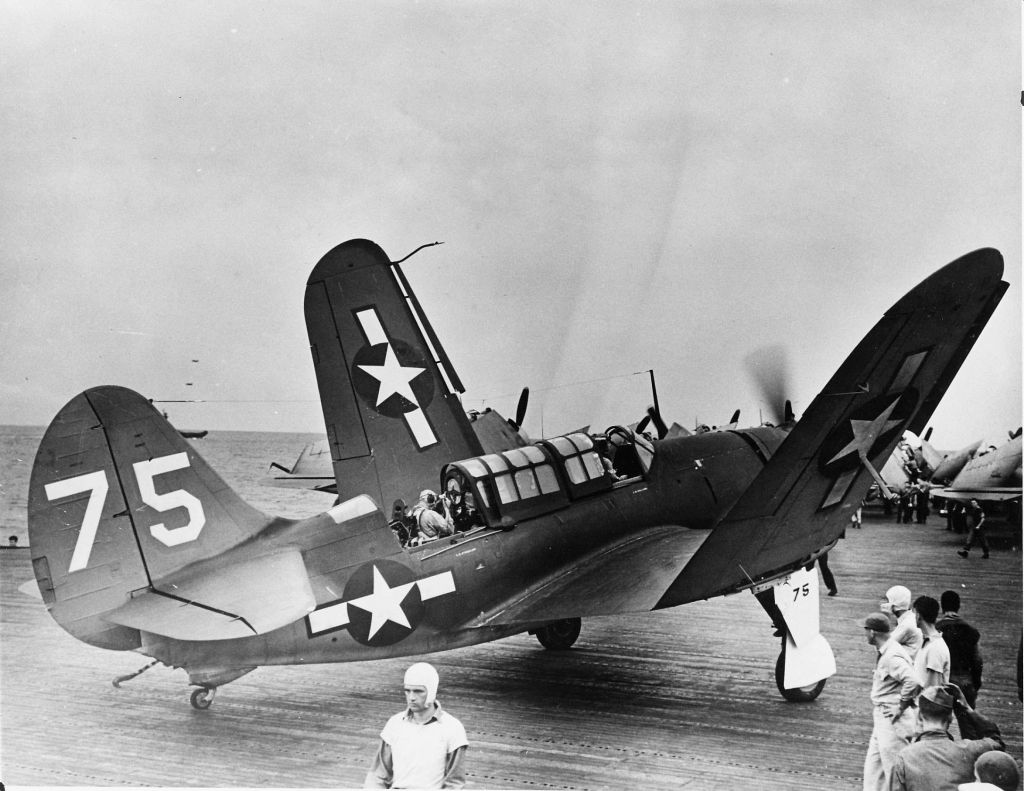
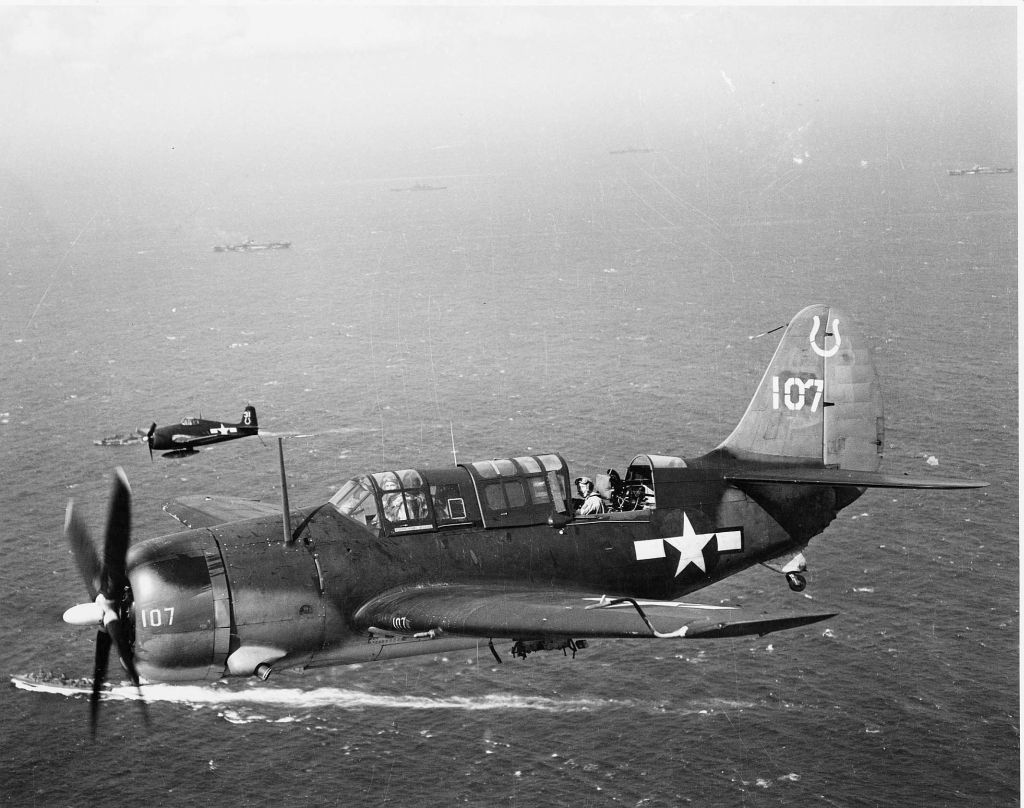
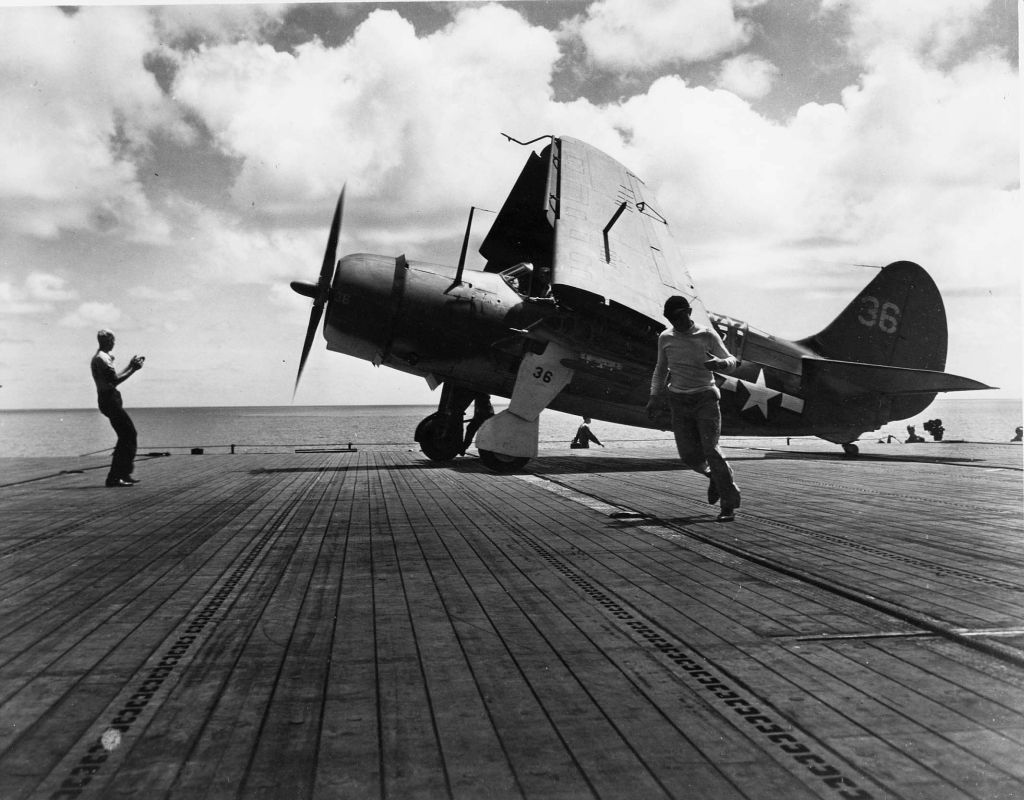
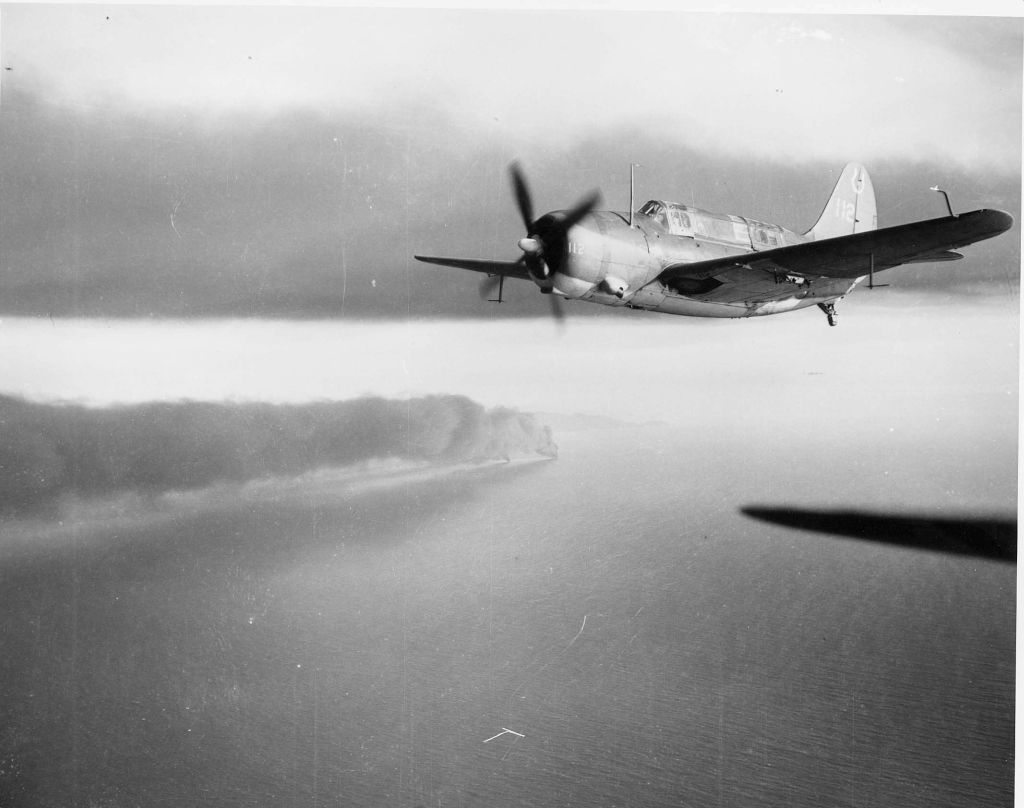
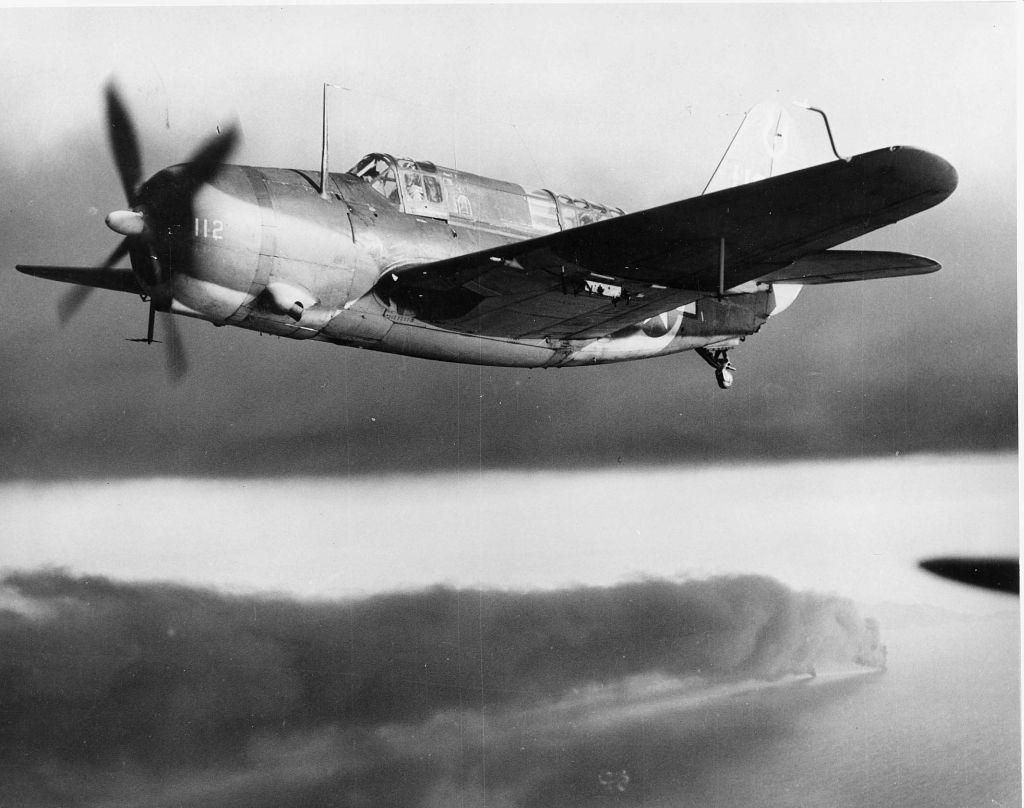
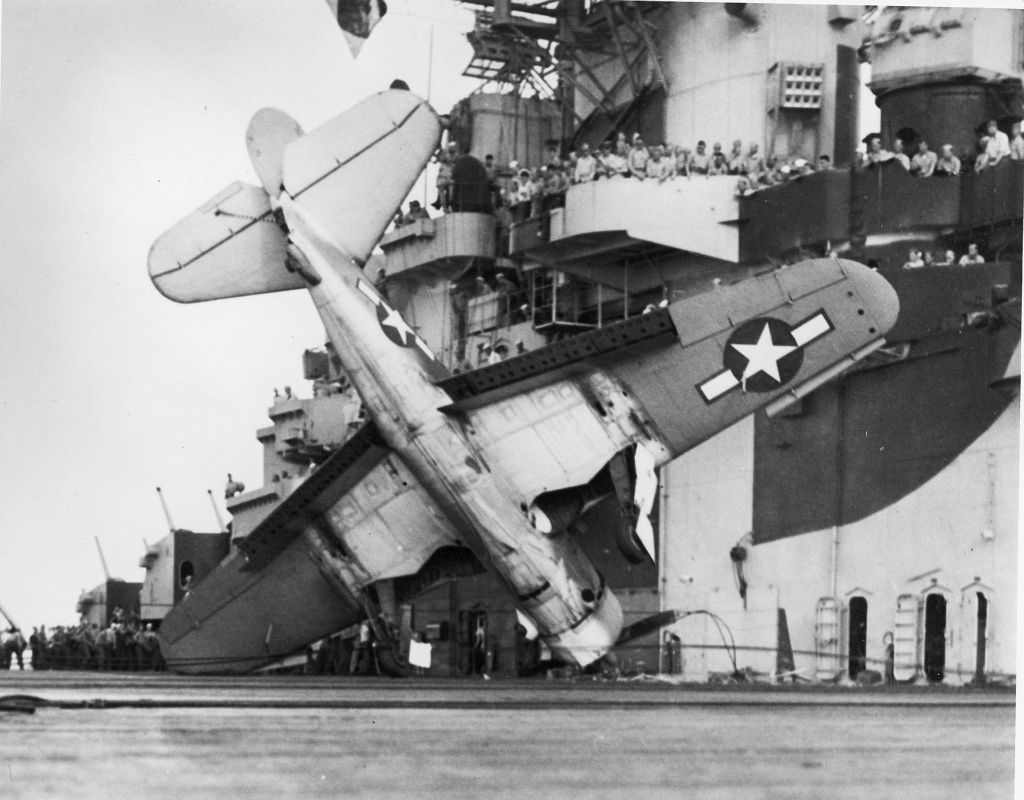
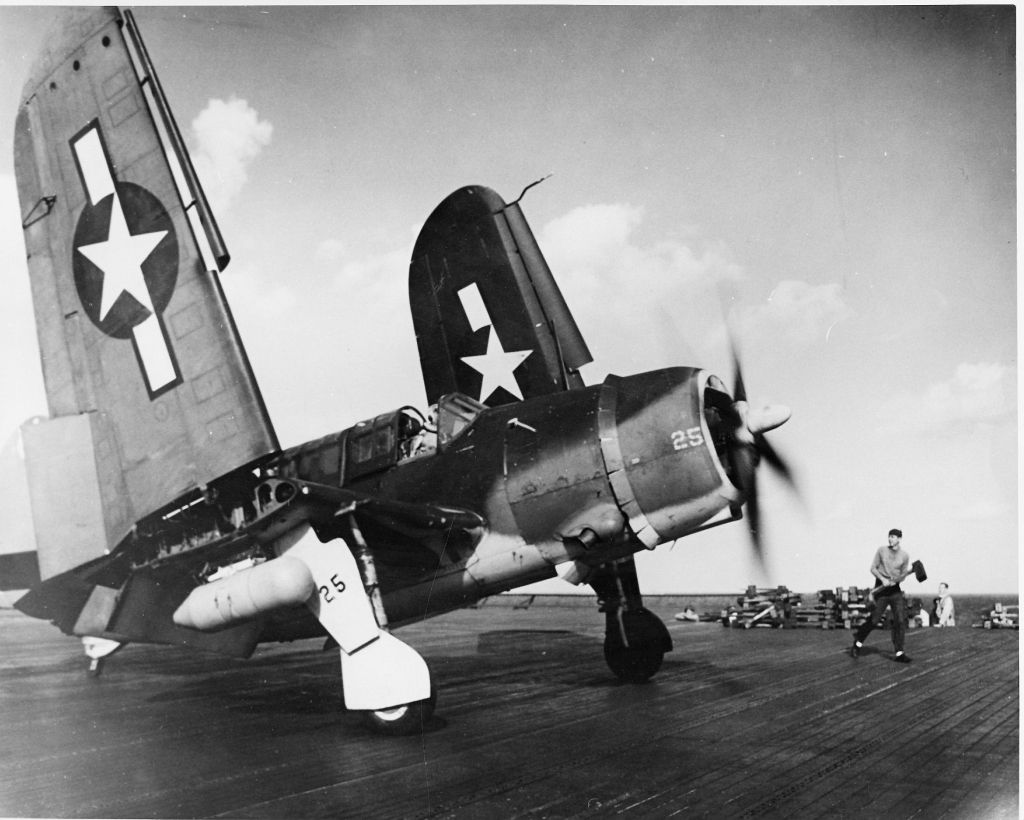
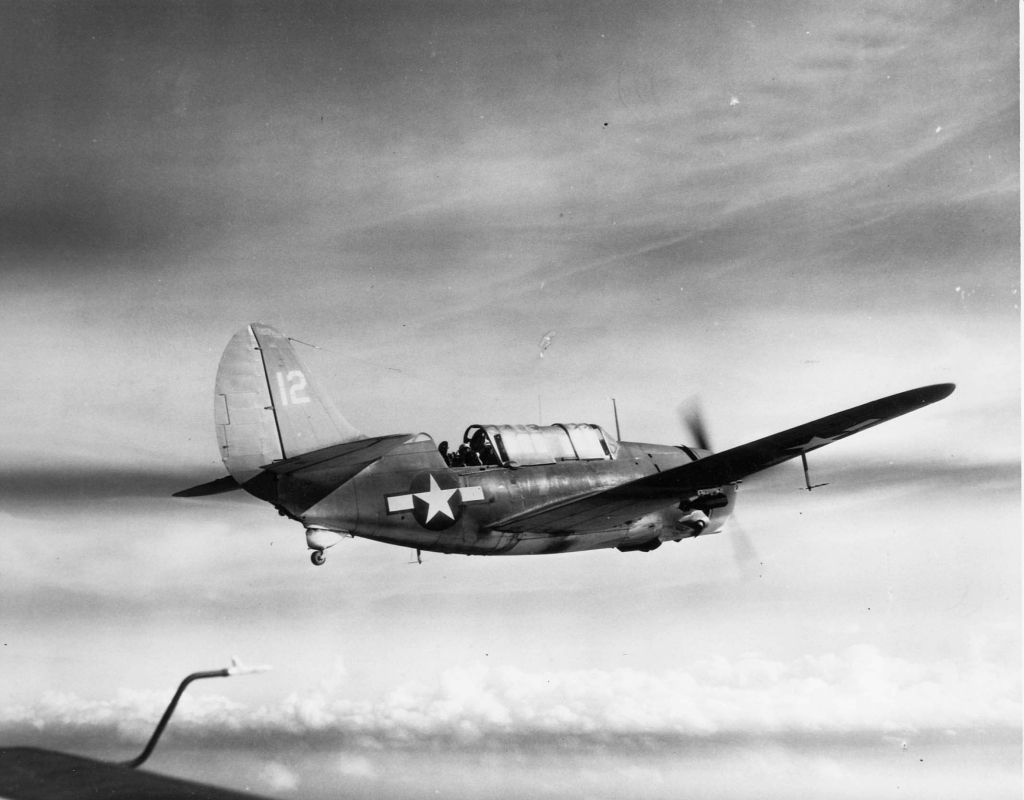
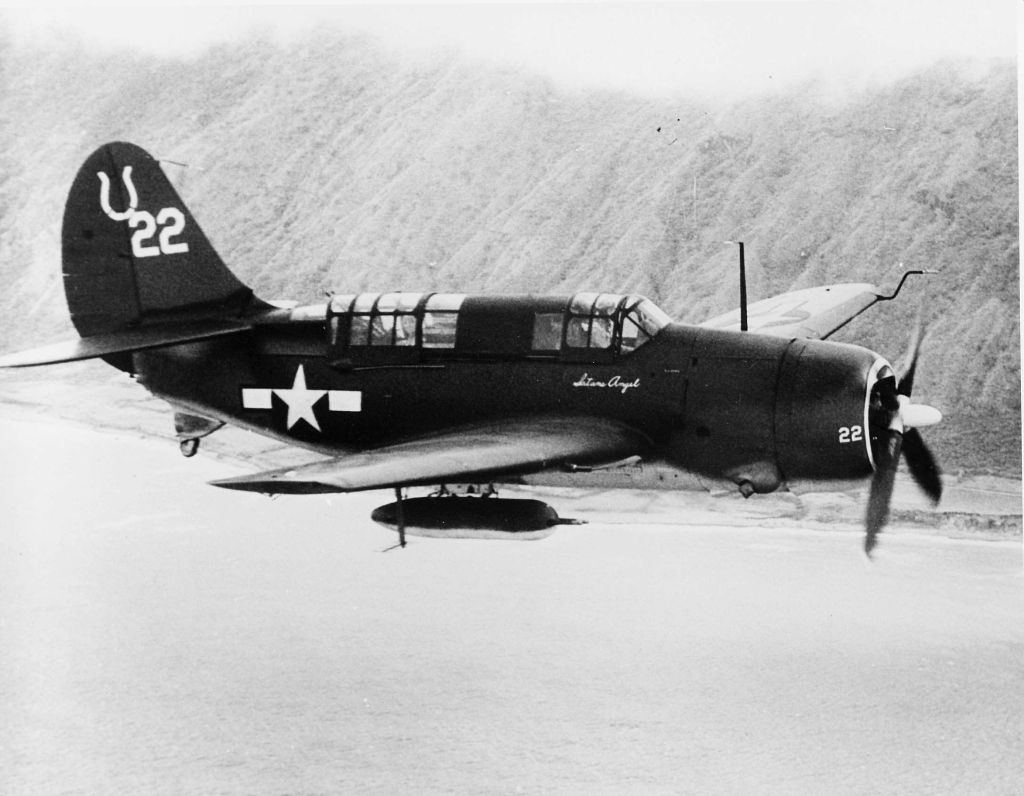
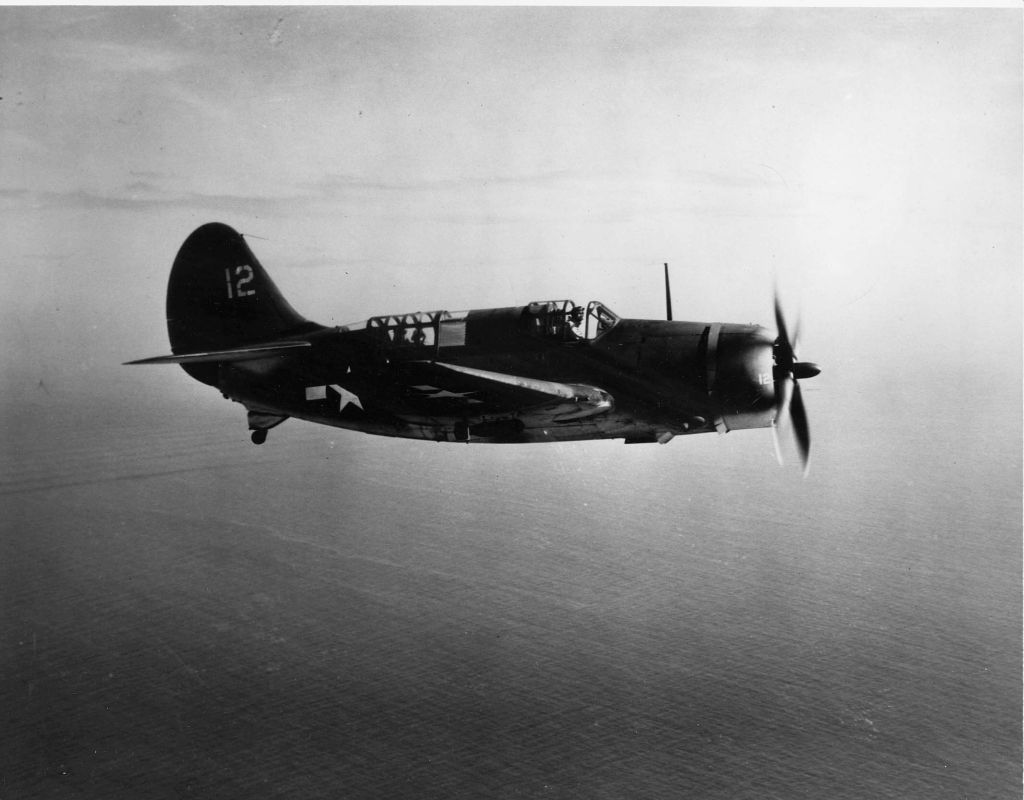
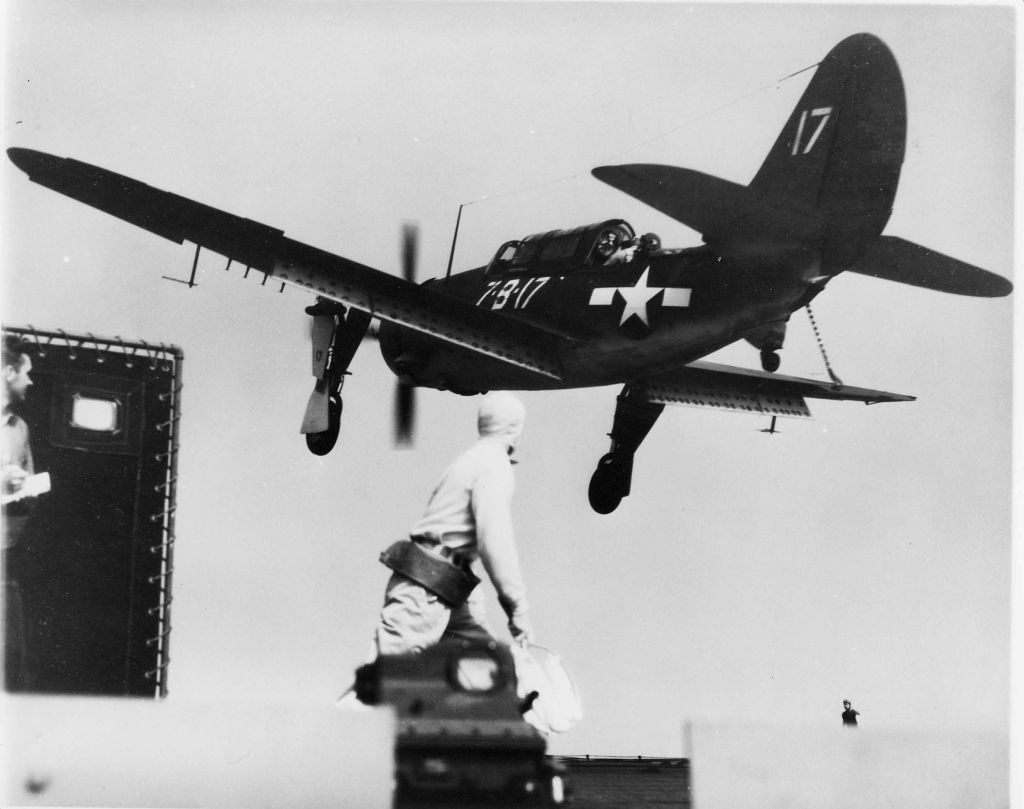
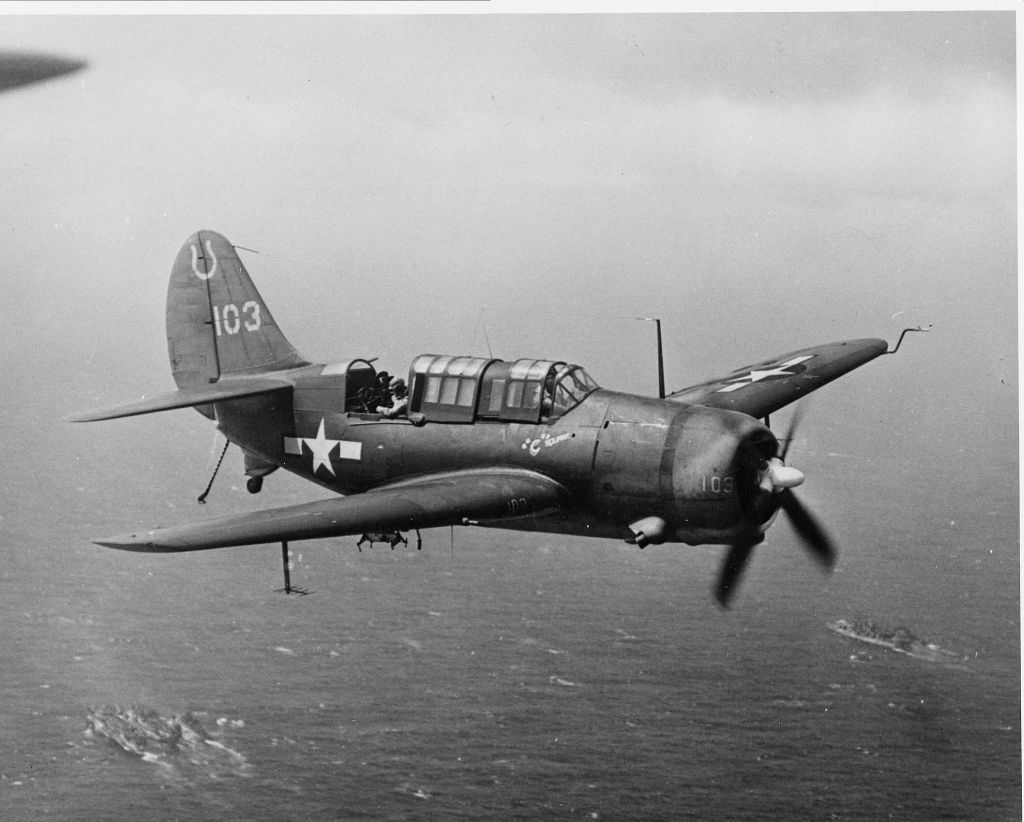
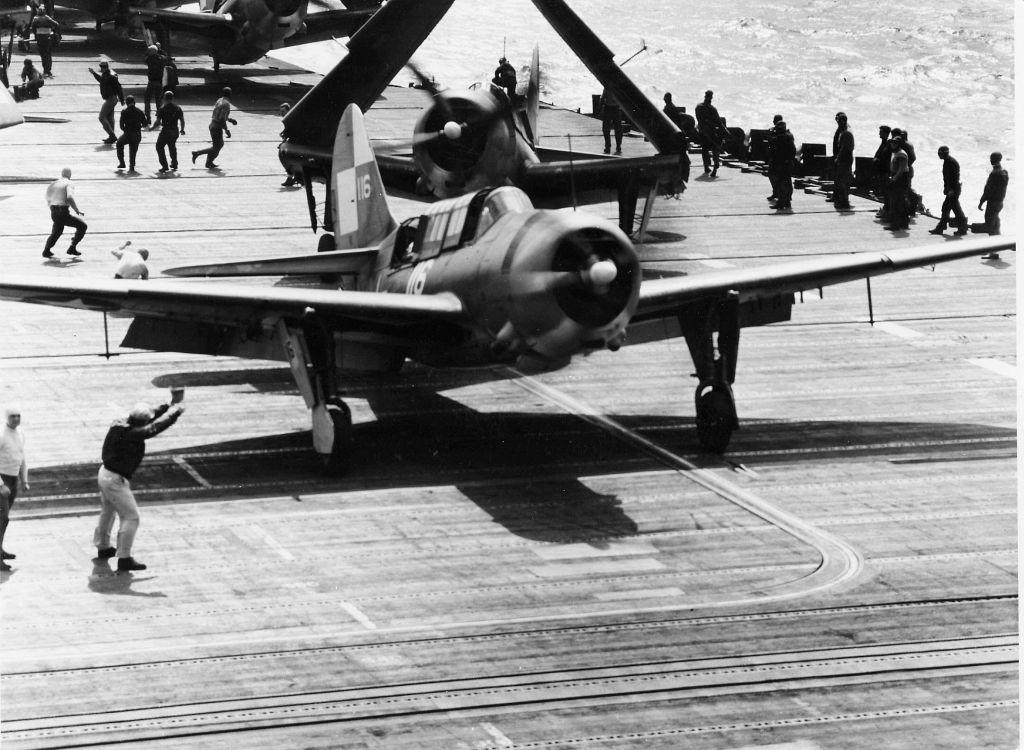
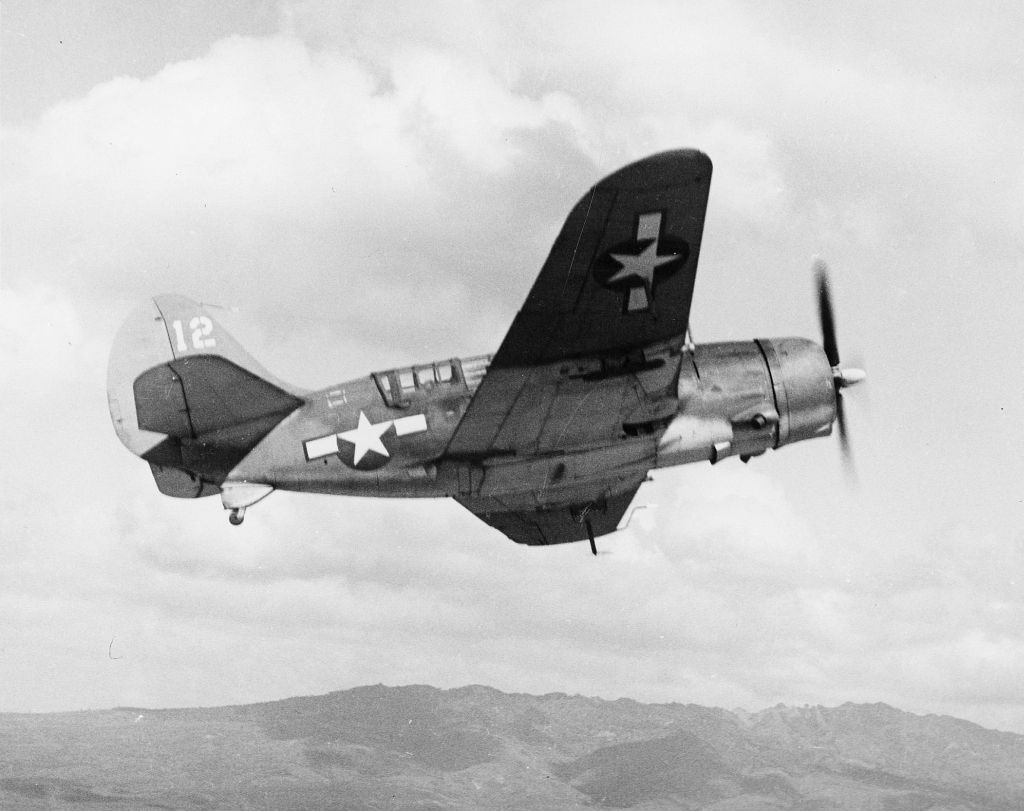
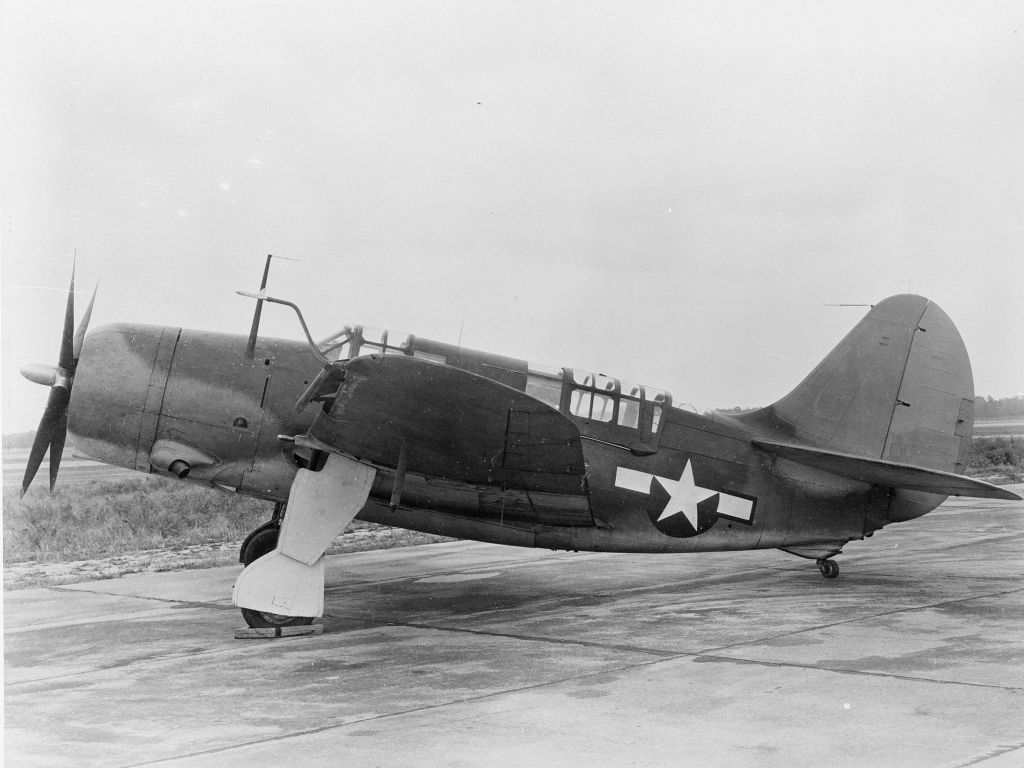

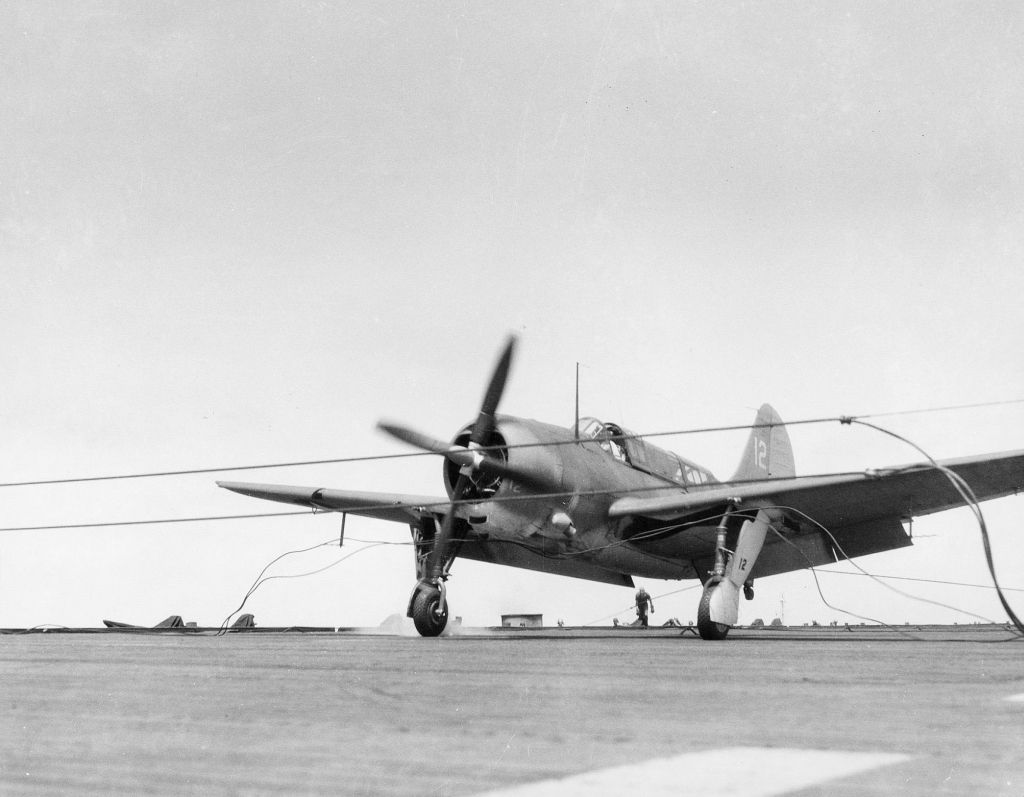
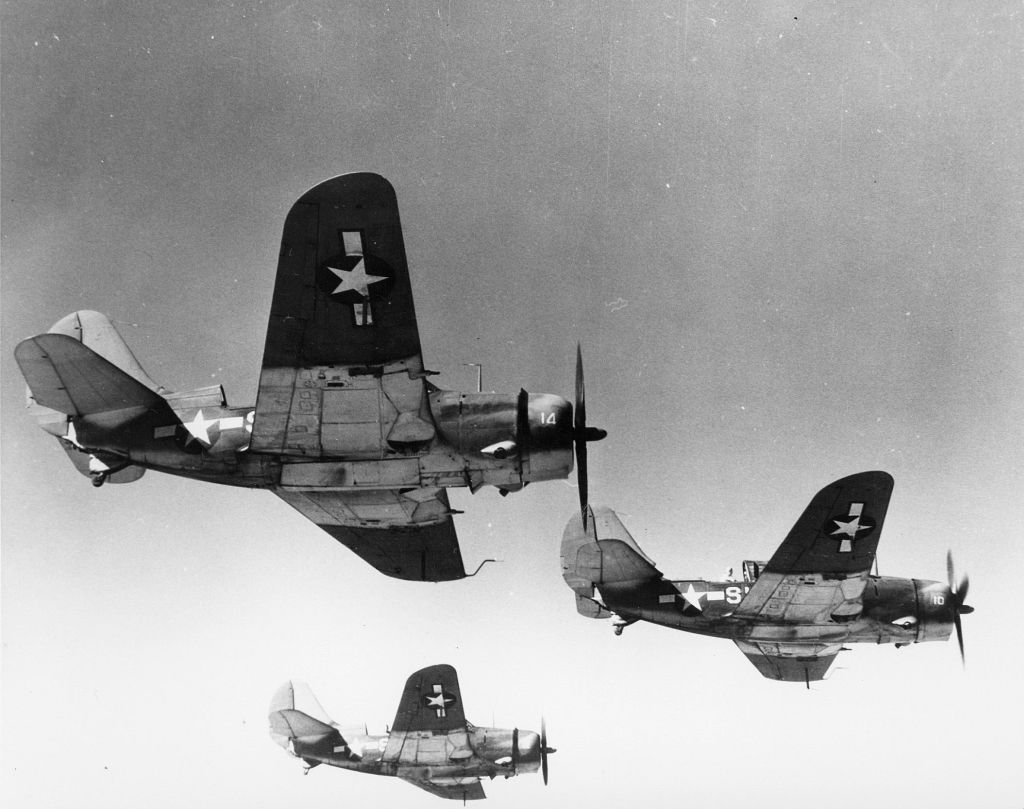
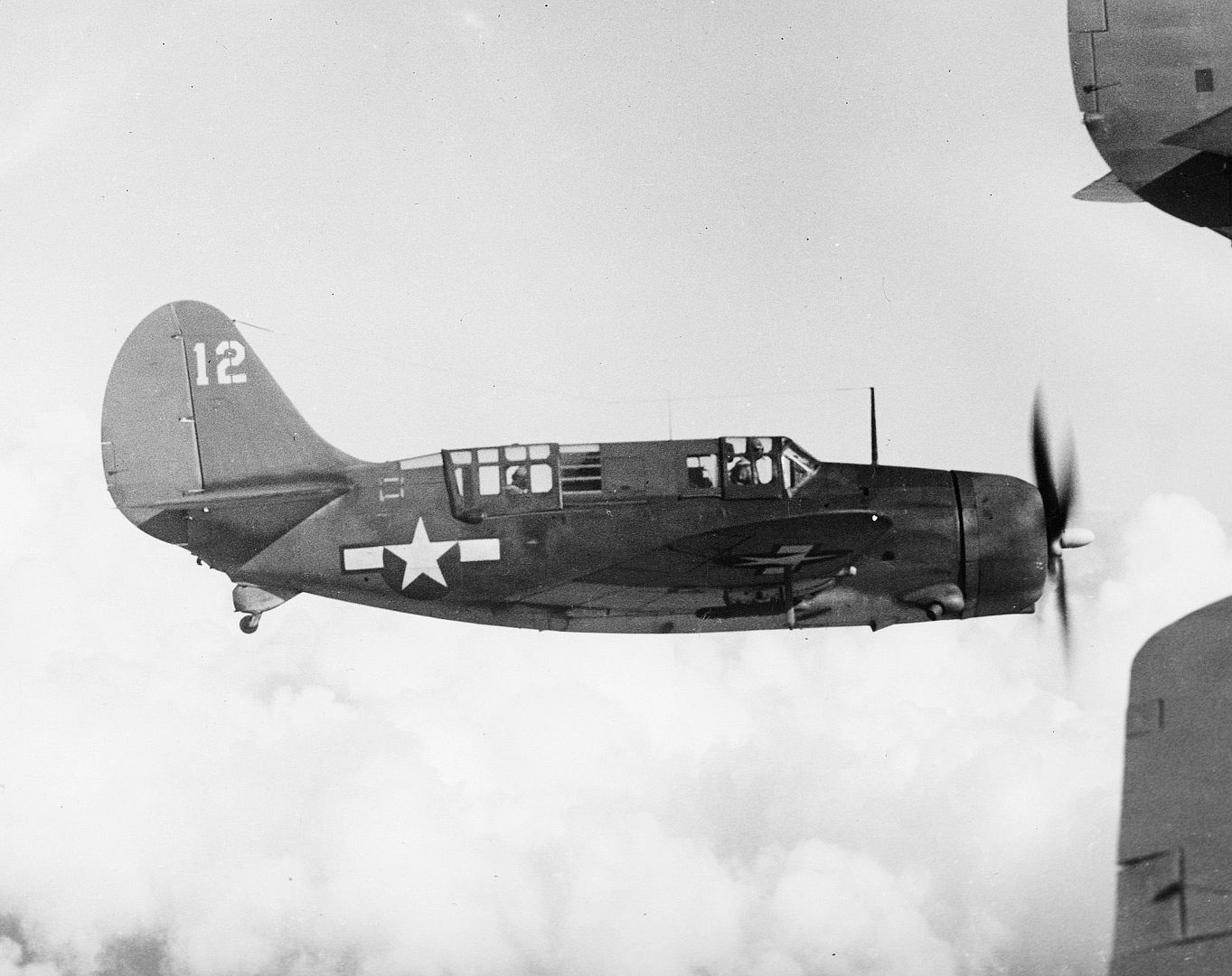
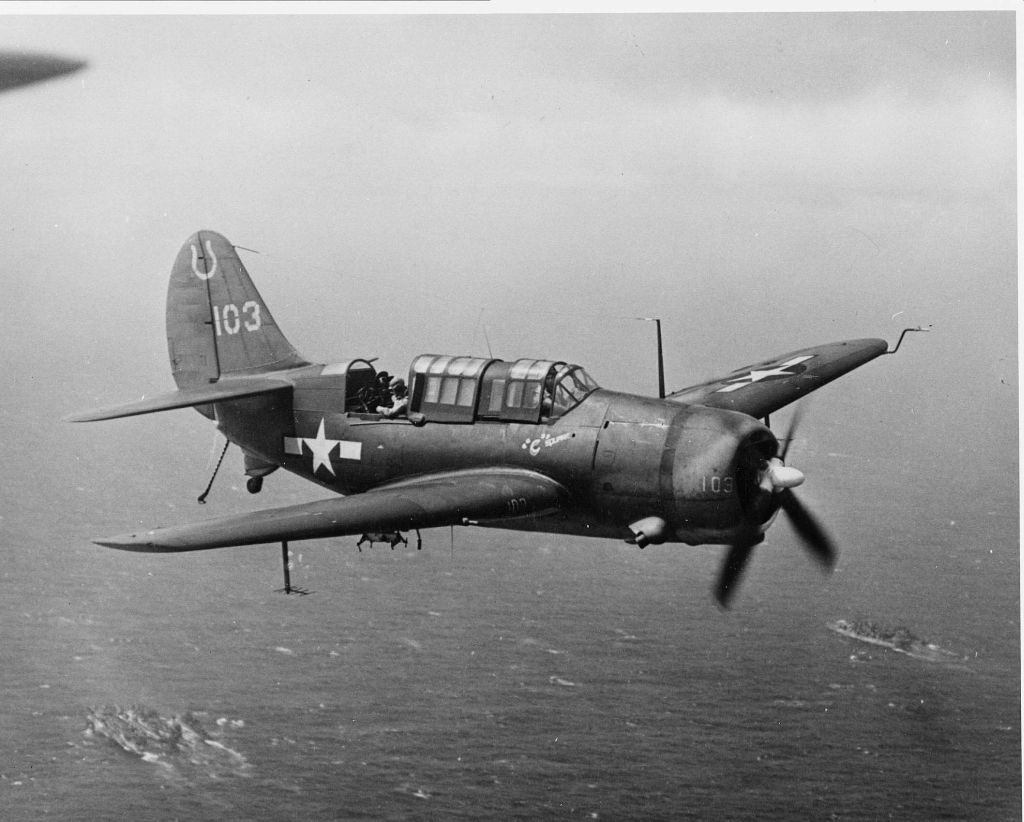
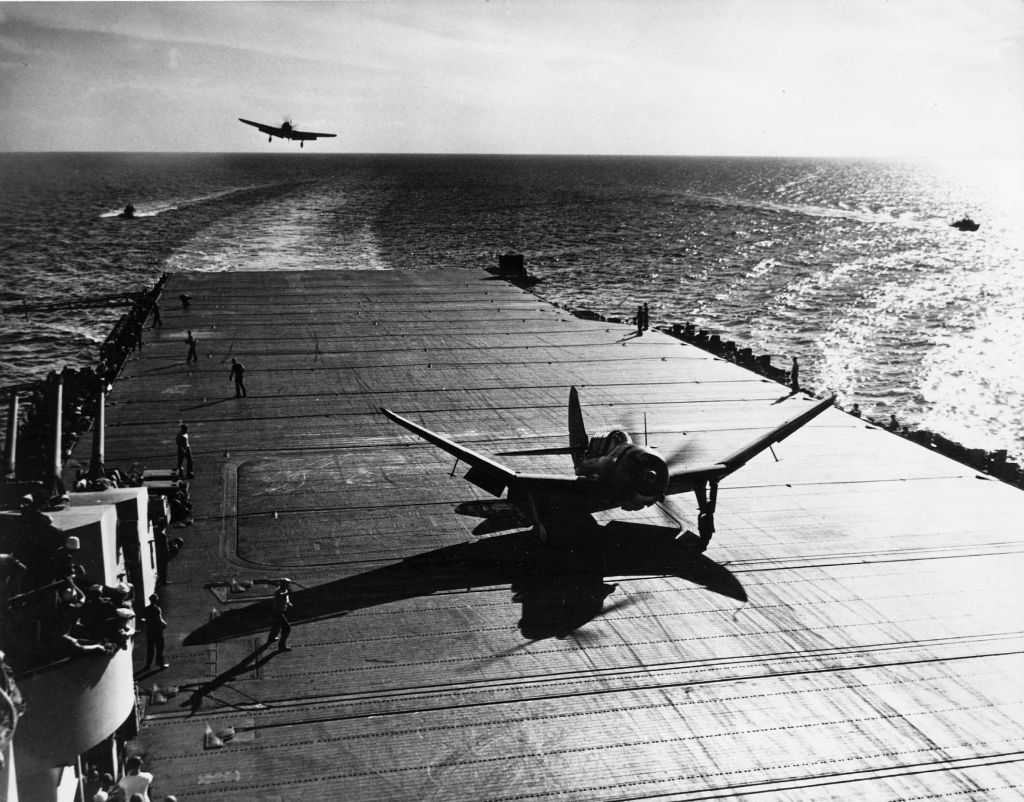
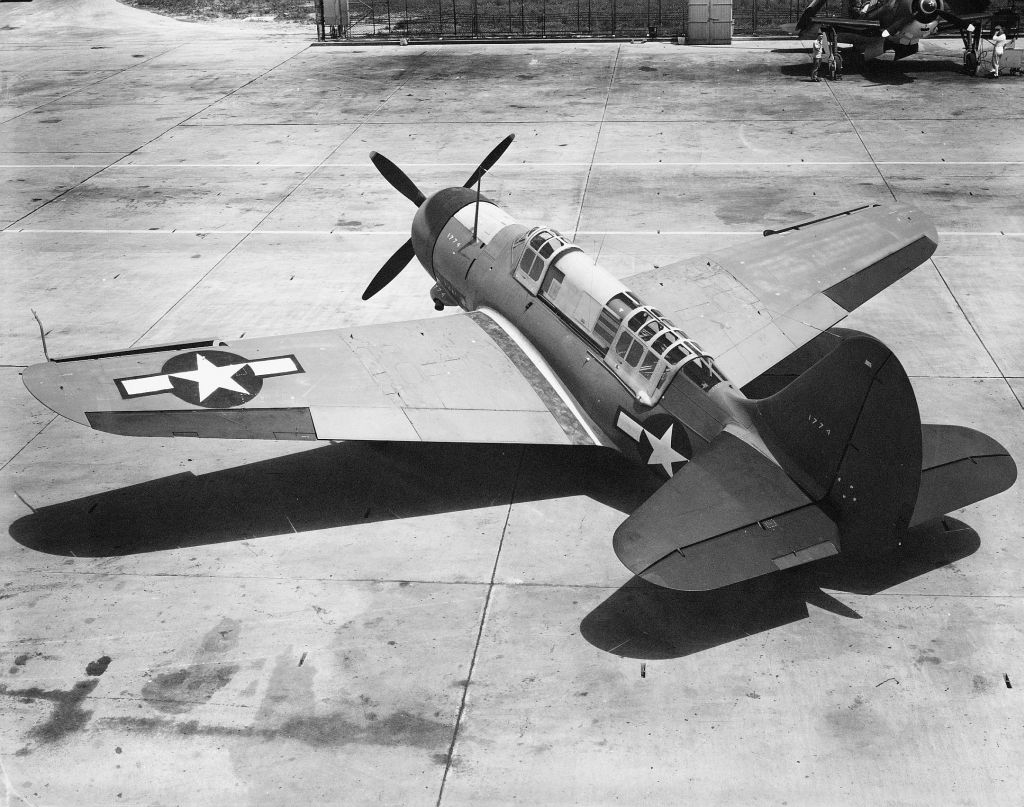
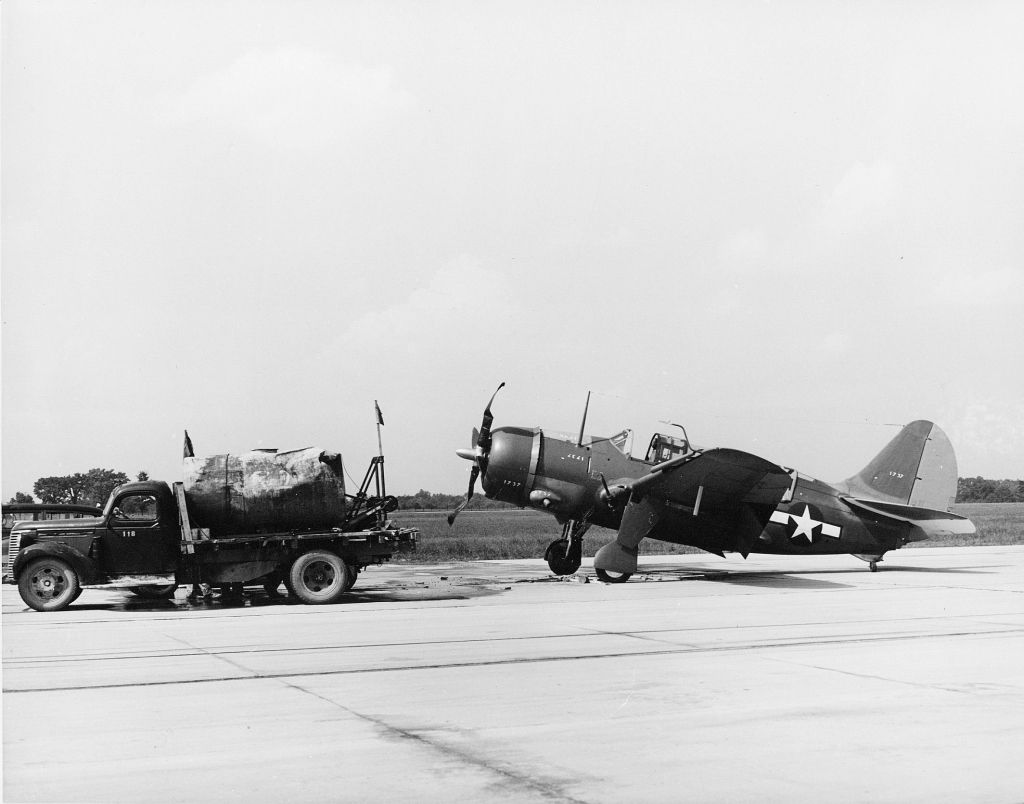
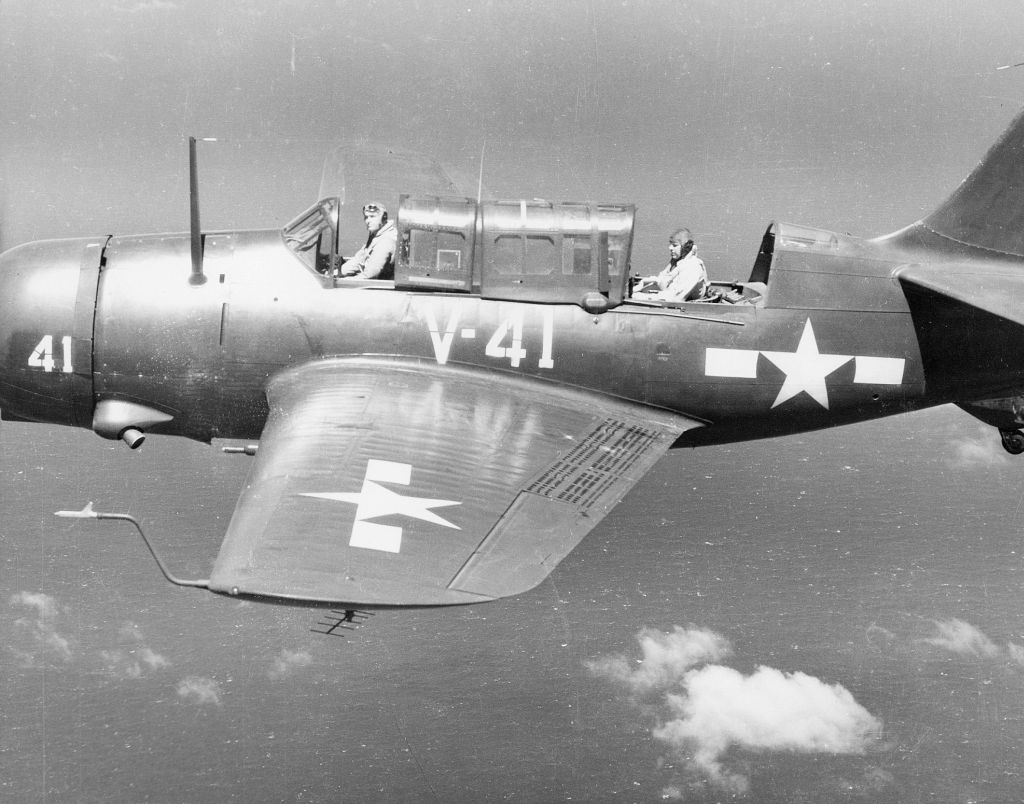

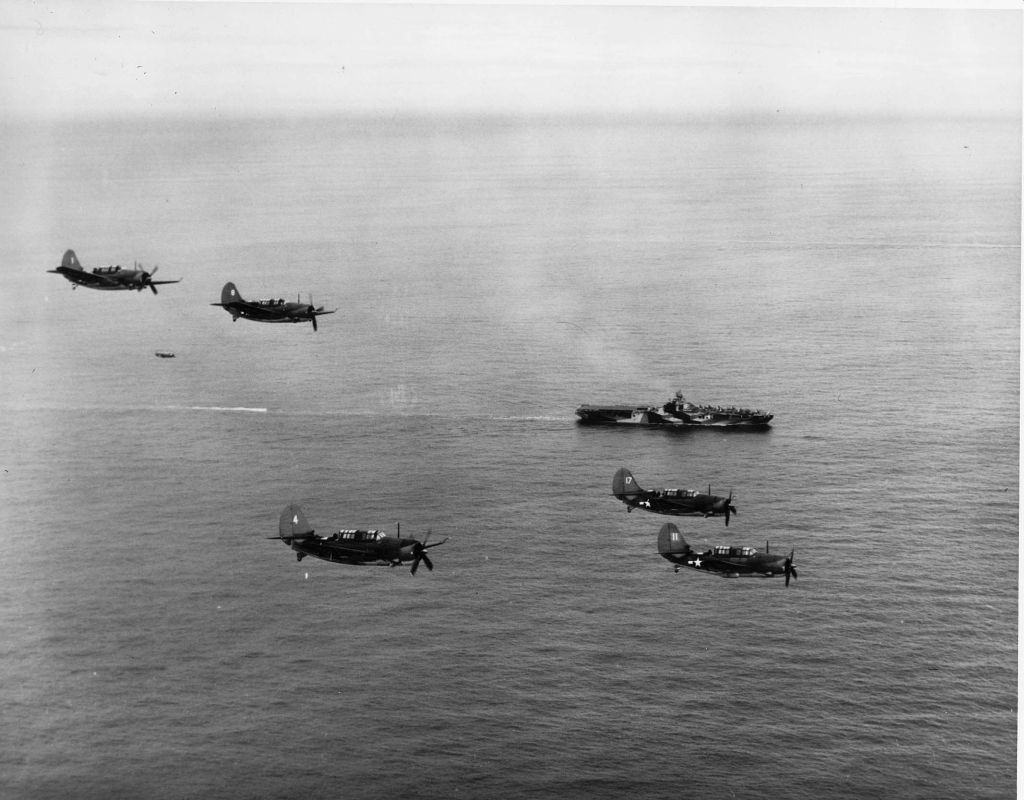
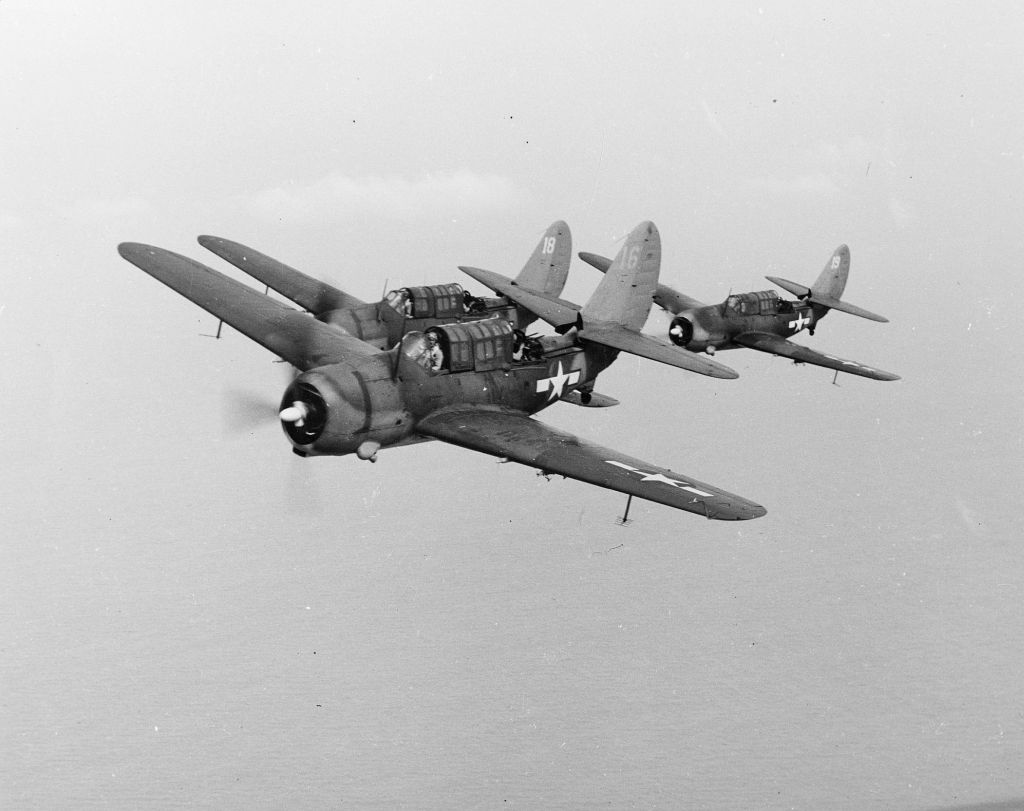
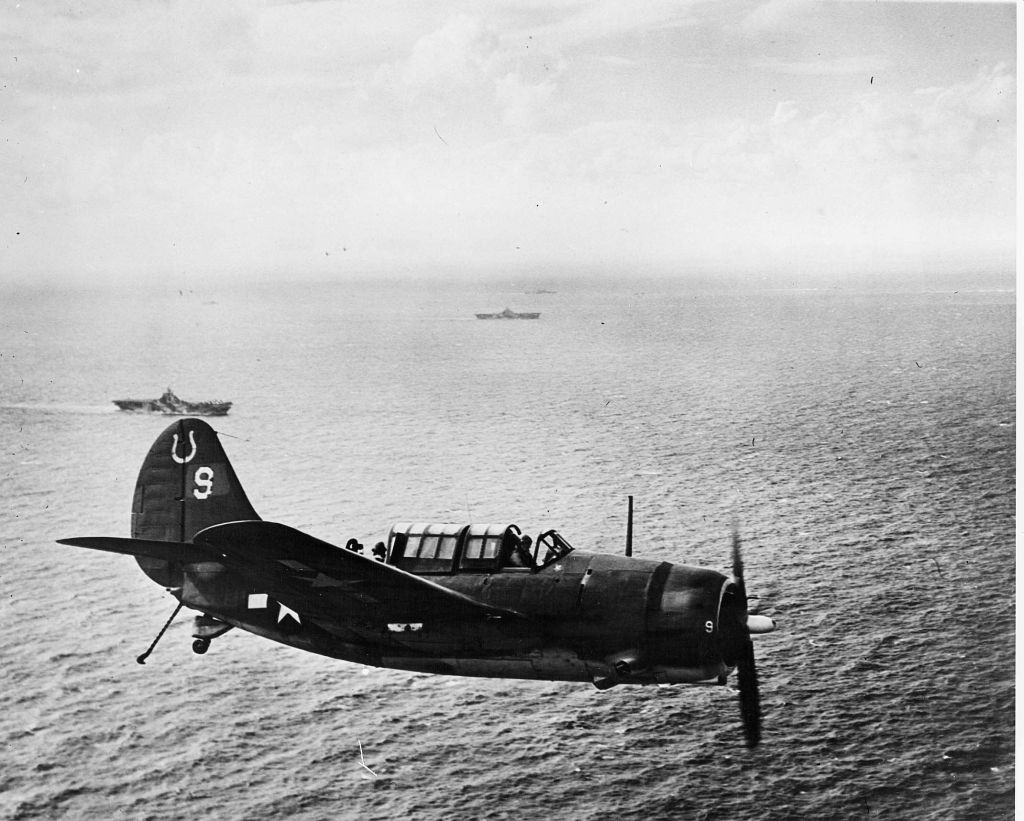

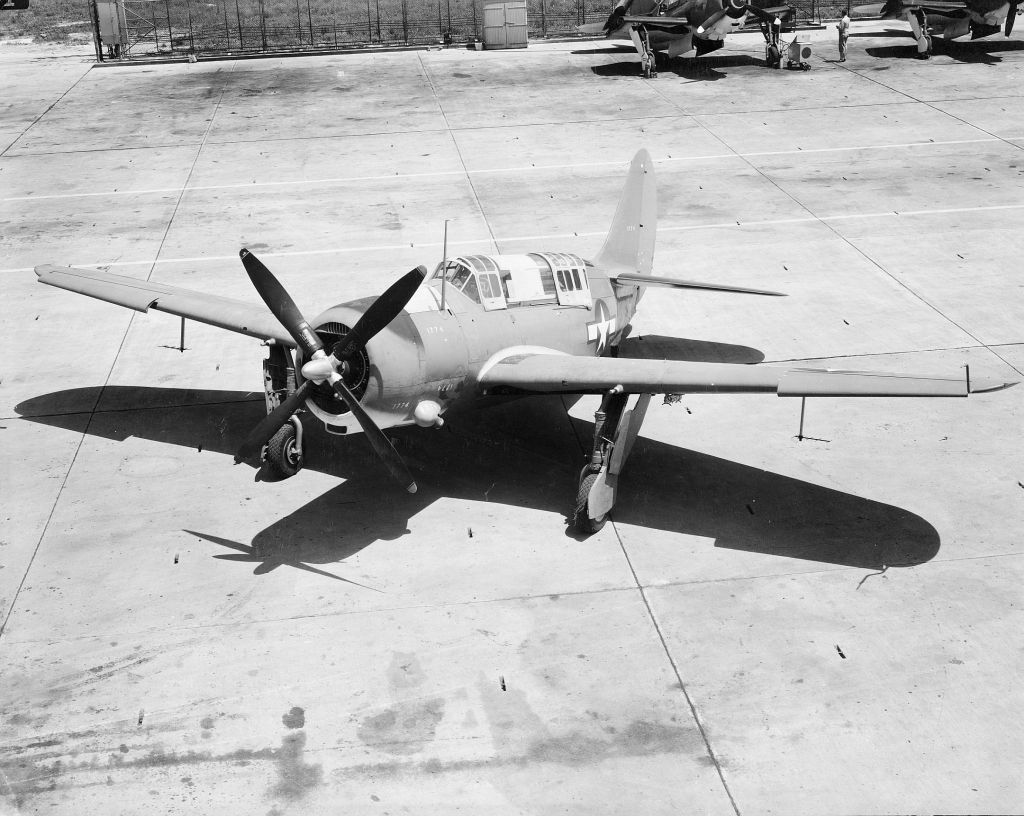
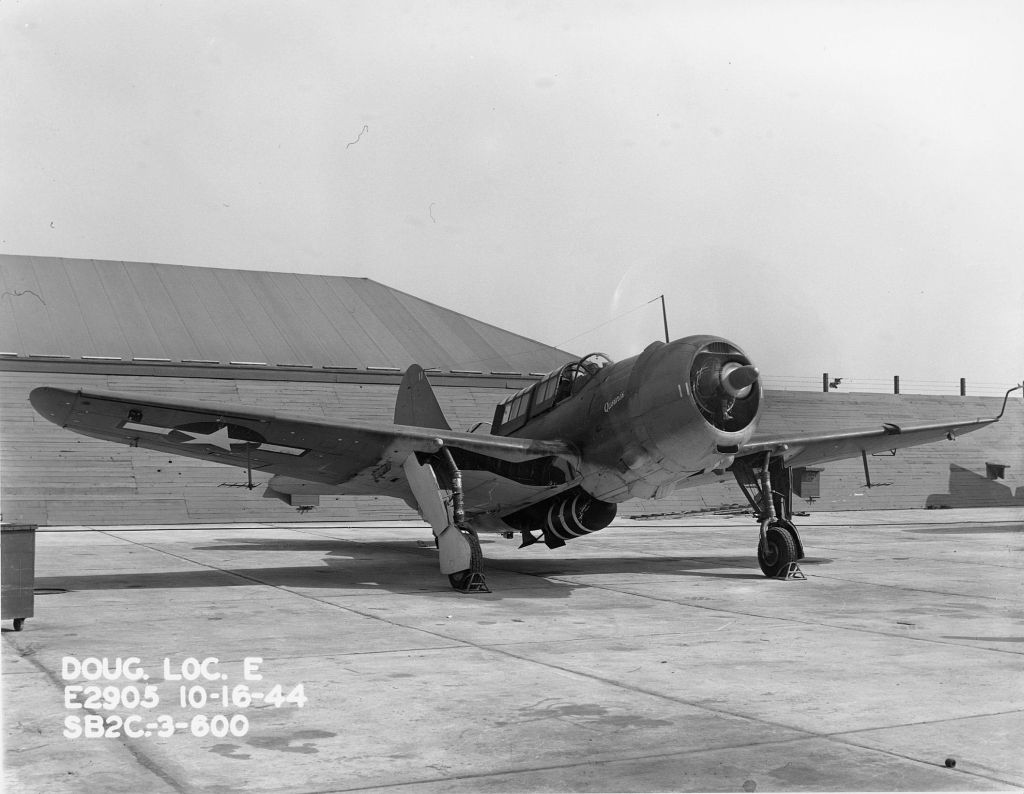
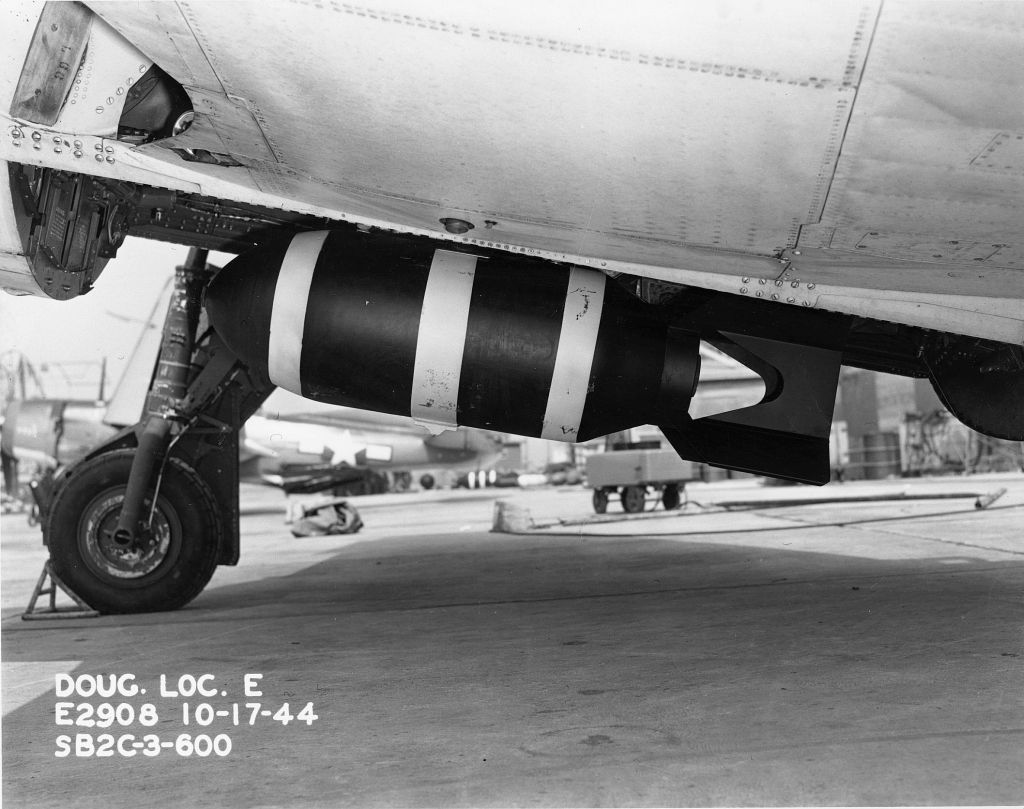
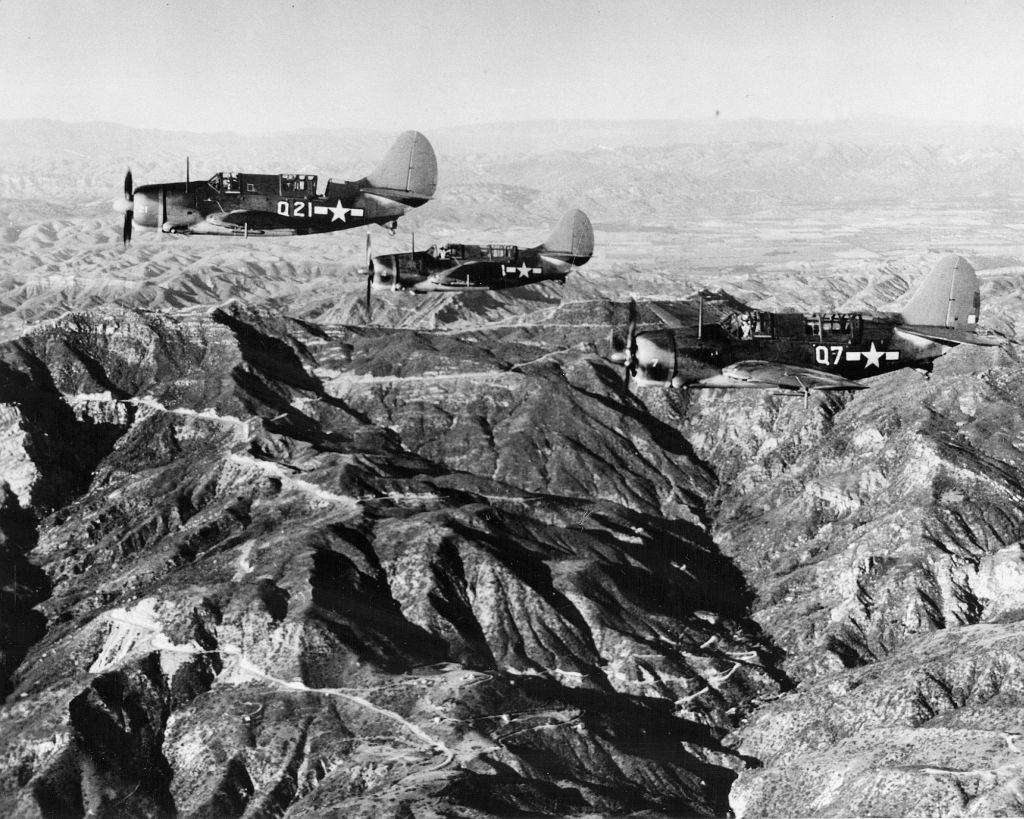
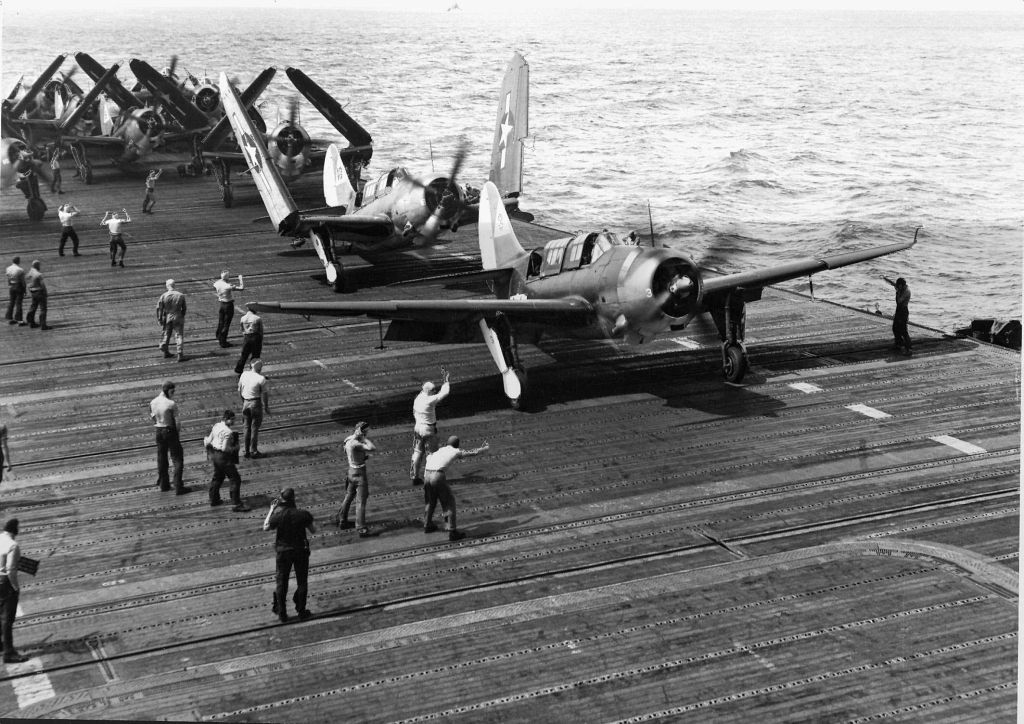
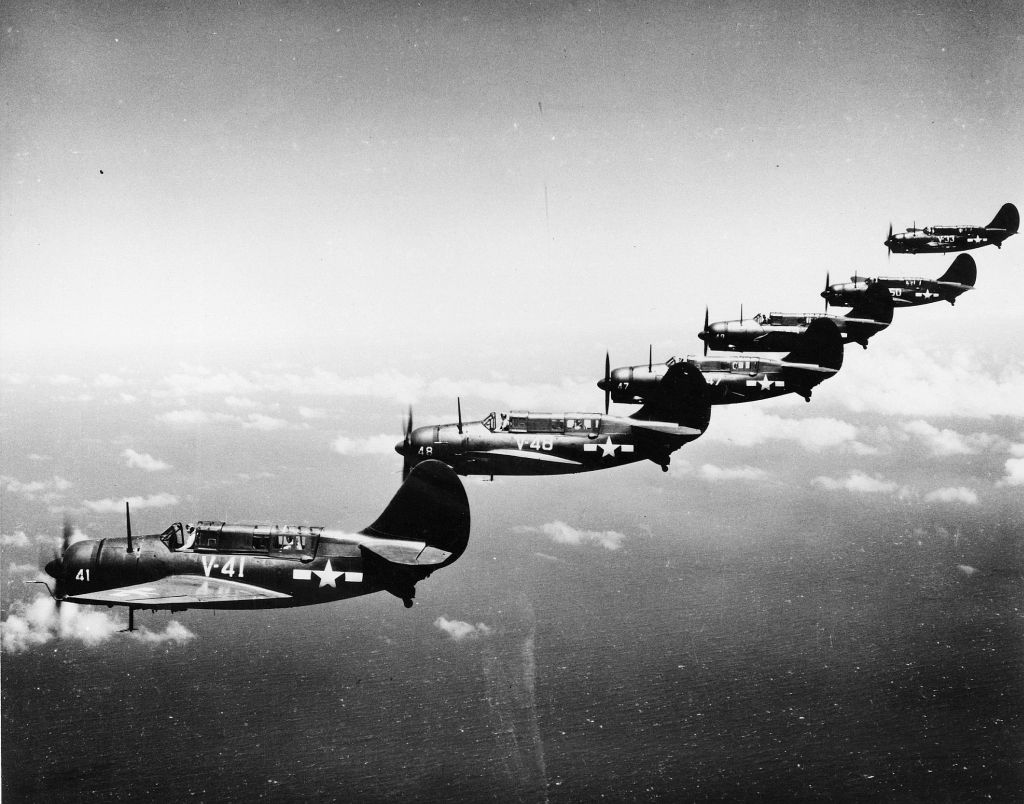
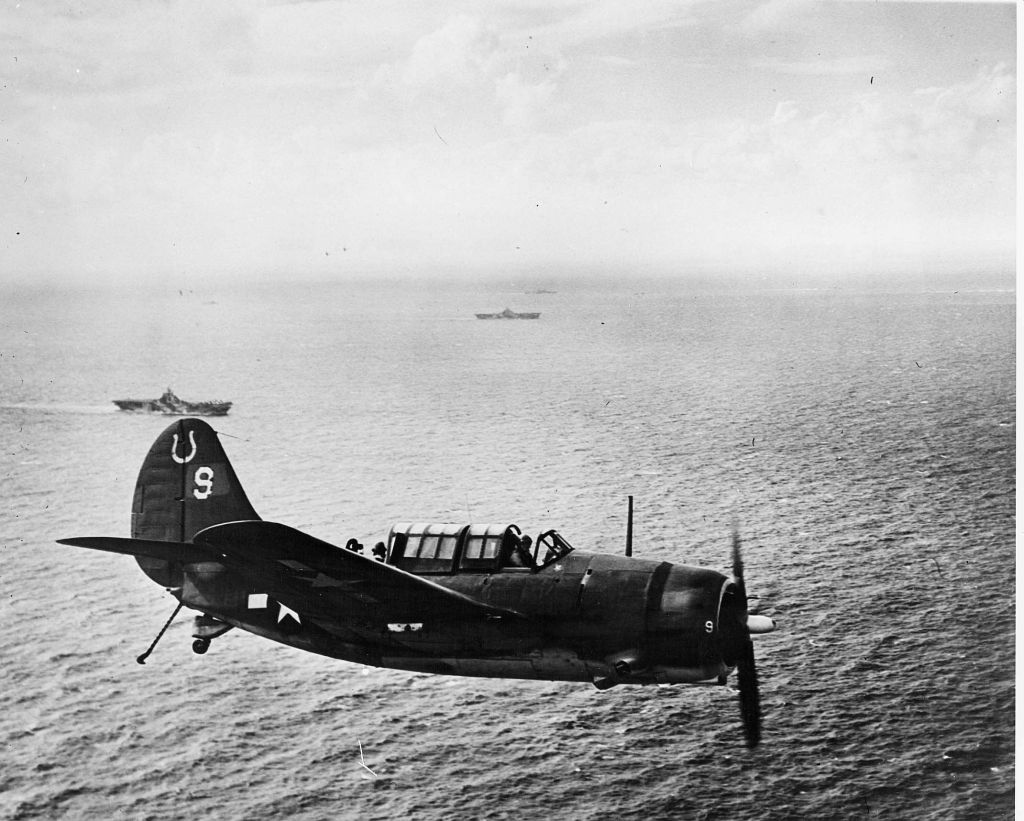
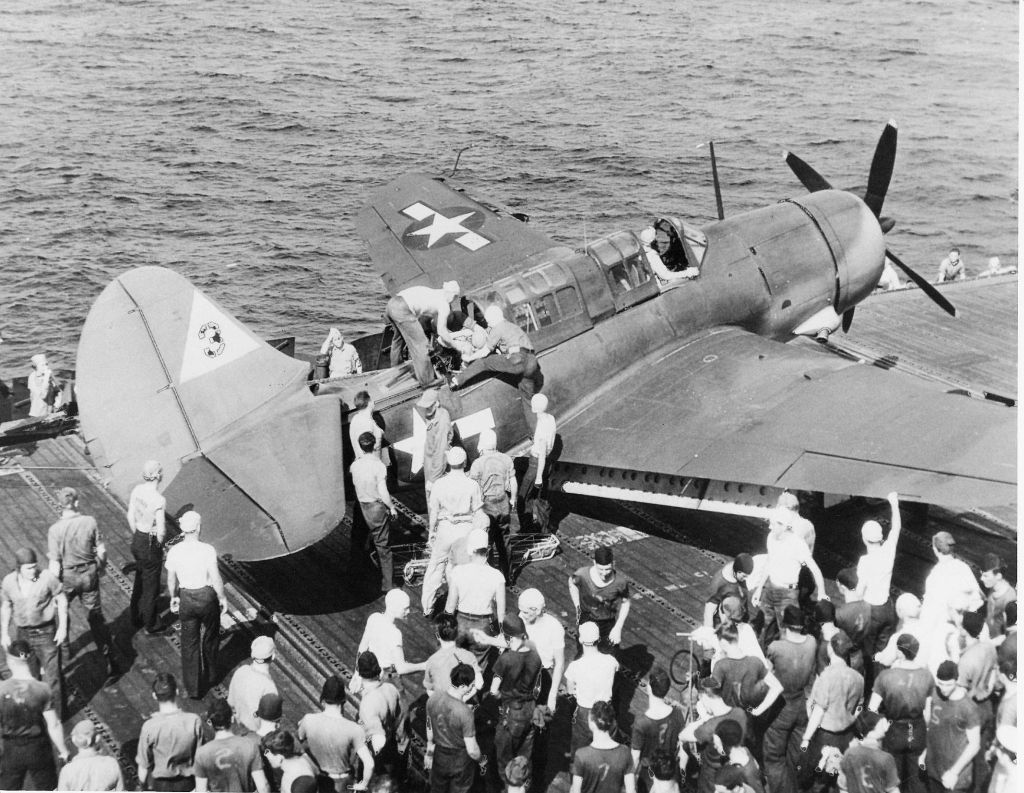

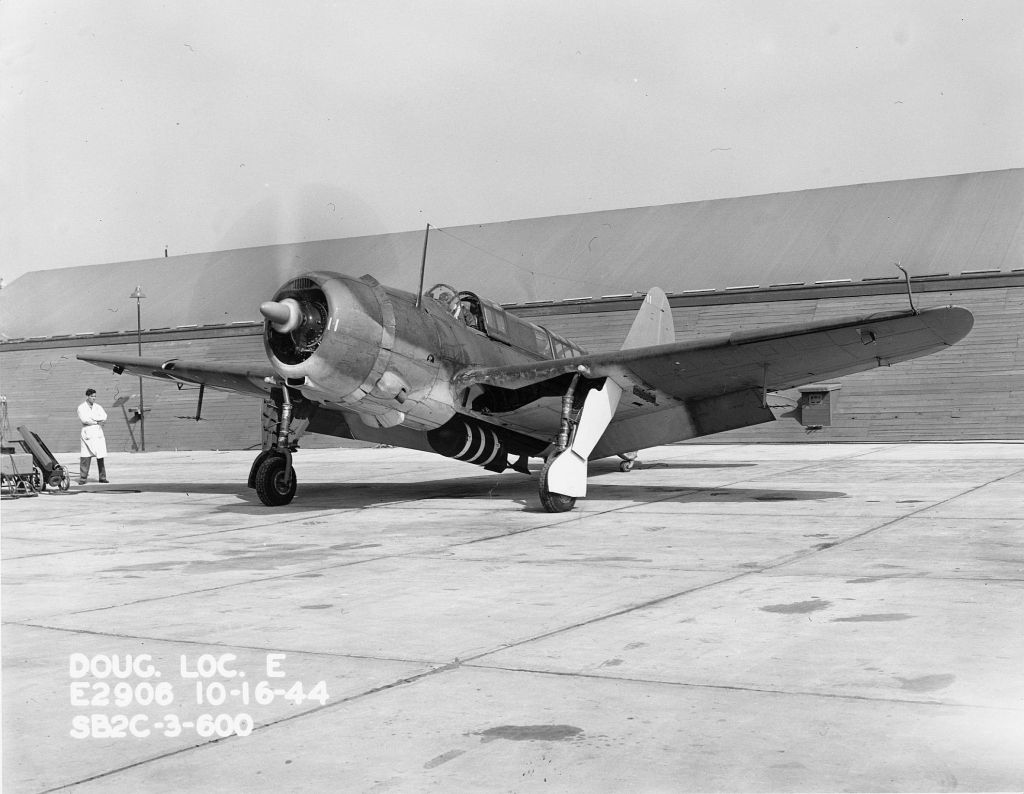
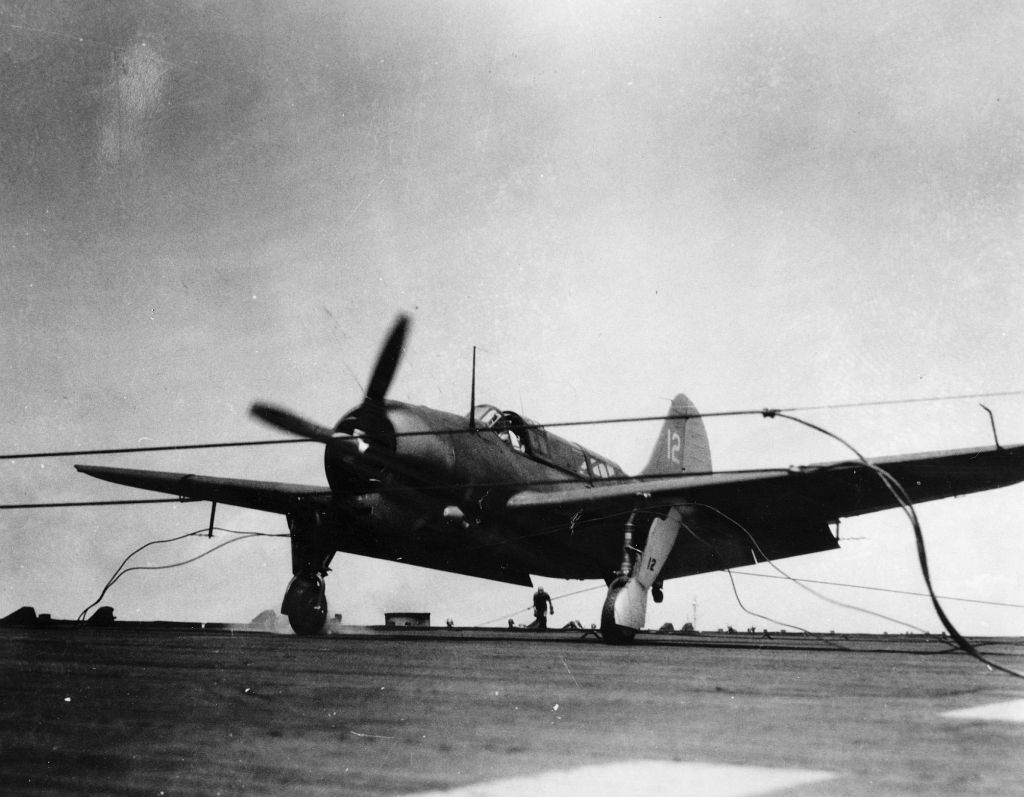

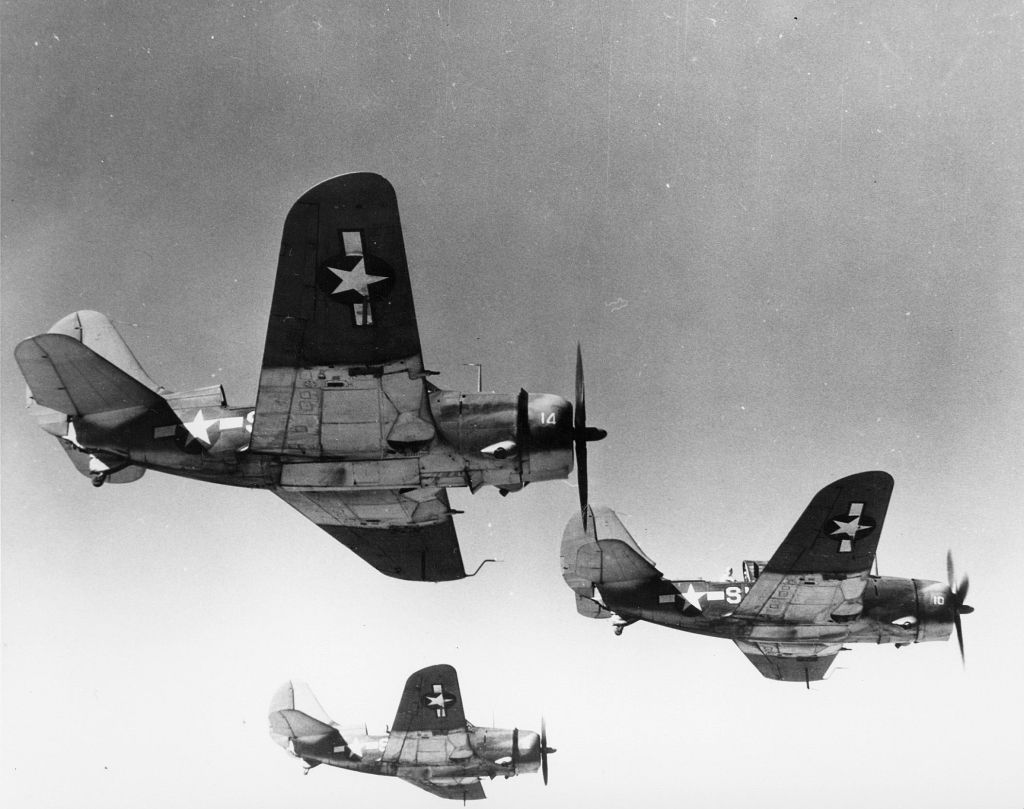
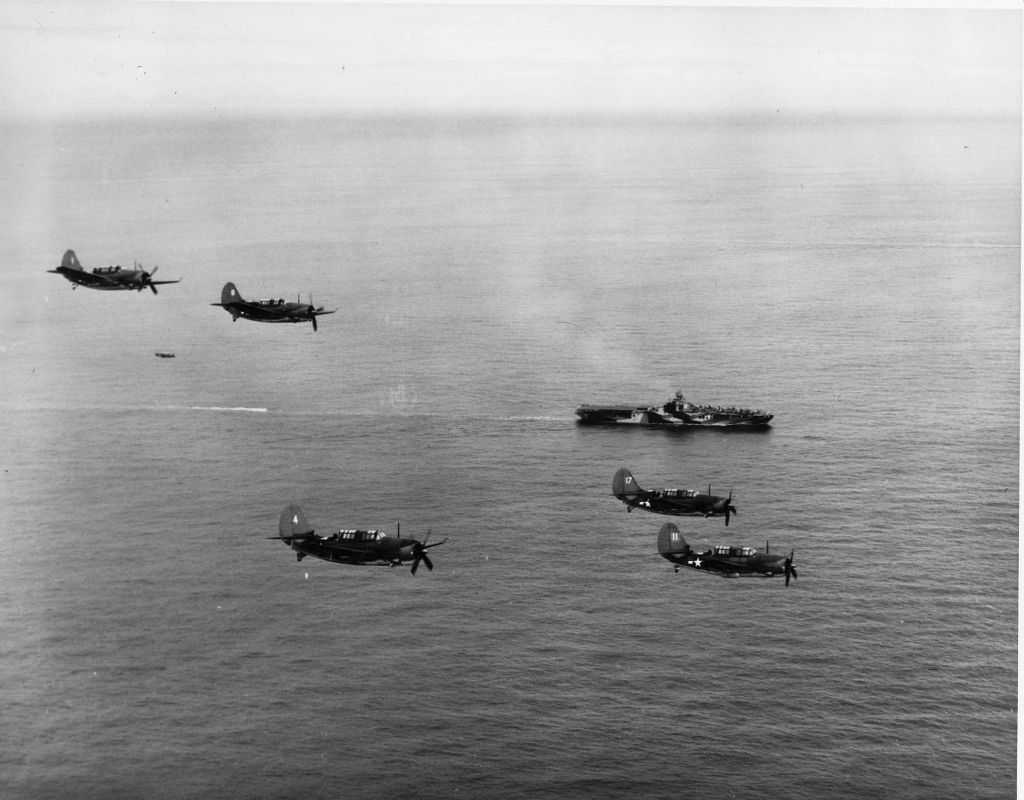
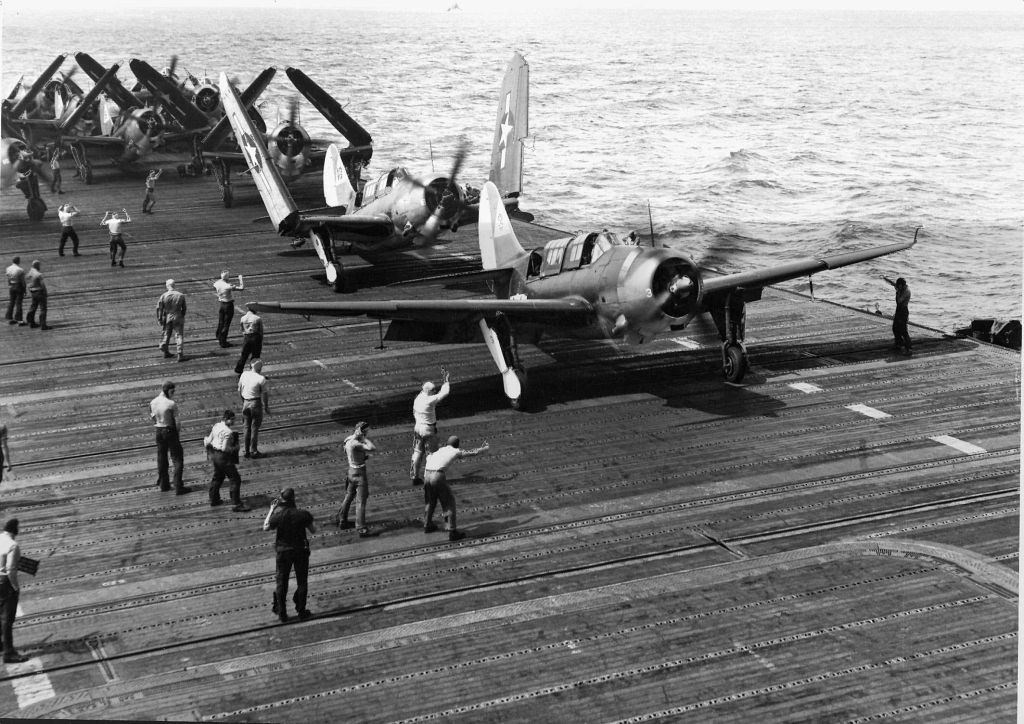
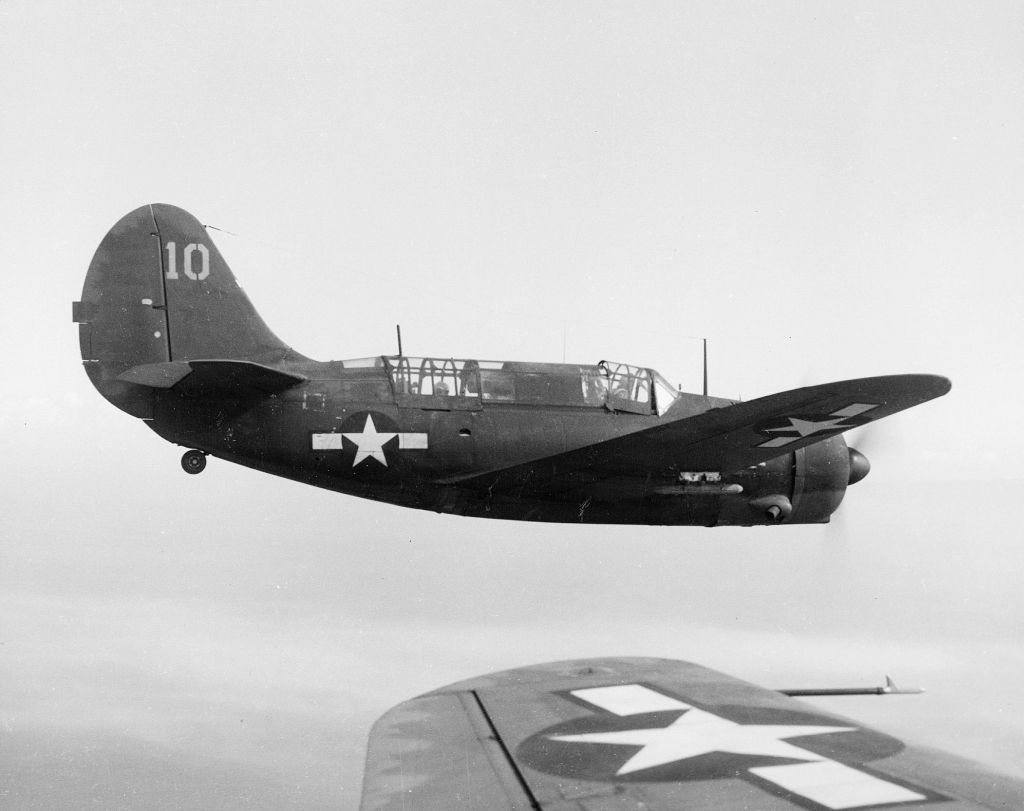

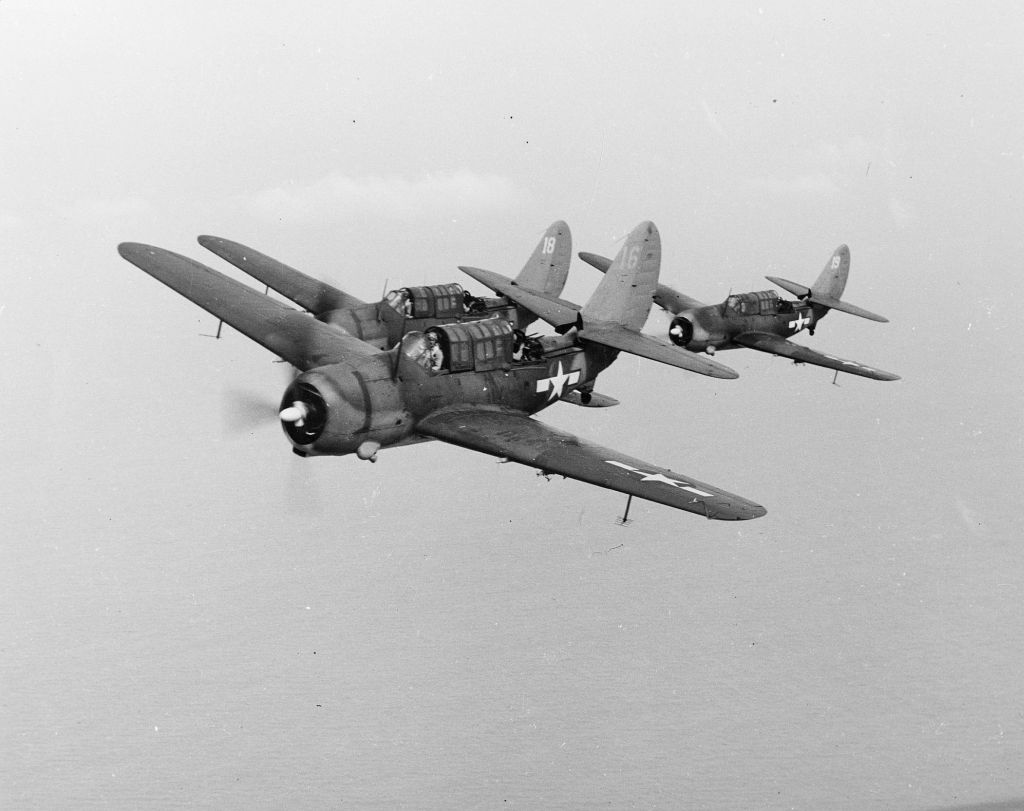
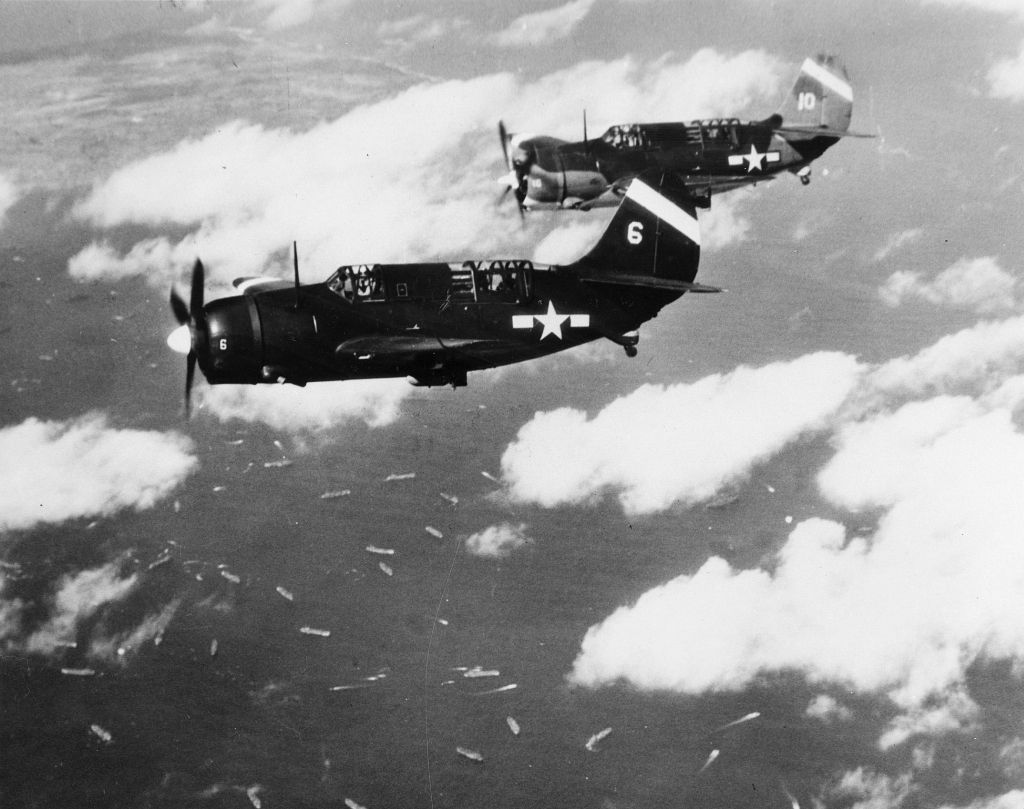
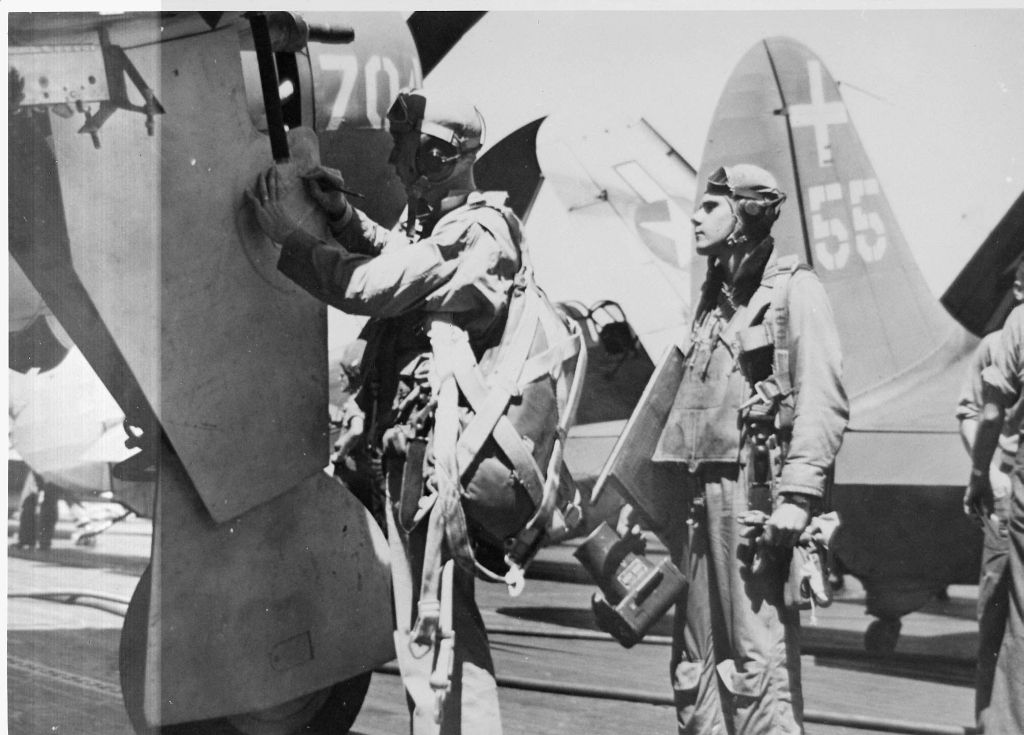
-
12 years agoSat Jul 11 2020, 06:05pm
 Main Admin
Main Admin -
12 years ago
 Main AdminTwo SB2C-4s were modified to provide still more internal fuel capacity, along with some other changes, and were given the designation of "XSB2C-5". This configuration went into production as the "SB2C-5", with 970 built. 2,500 more were on order when the war ended and Helldiver production ended
Main AdminTwo SB2C-4s were modified to provide still more internal fuel capacity, along with some other changes, and were given the designation of "XSB2C-5". This configuration went into production as the "SB2C-5", with 970 built. 2,500 more were on order when the war ended and Helldiver production ended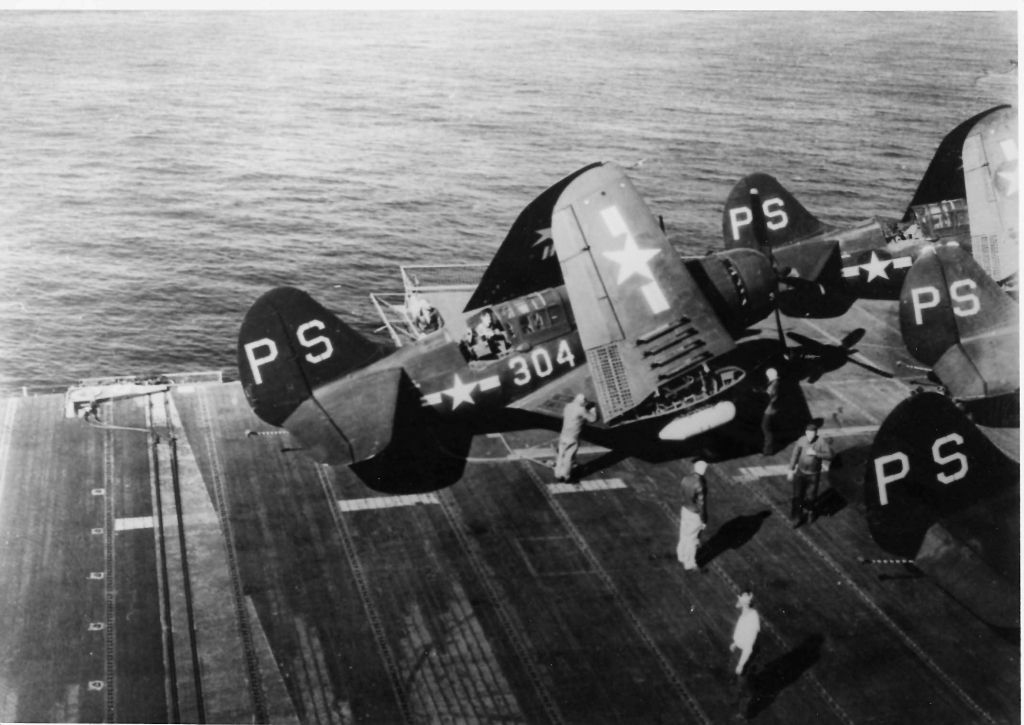
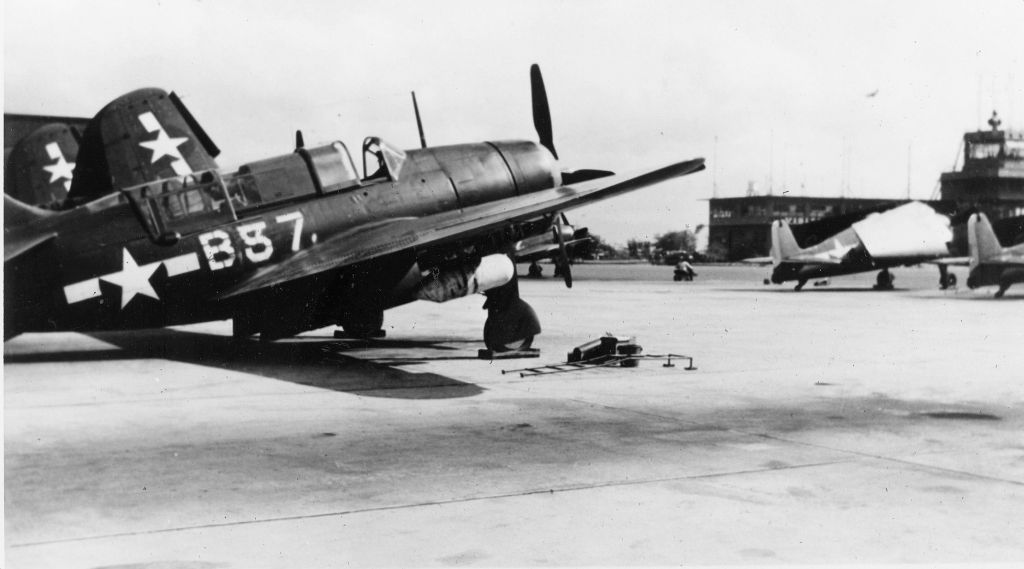
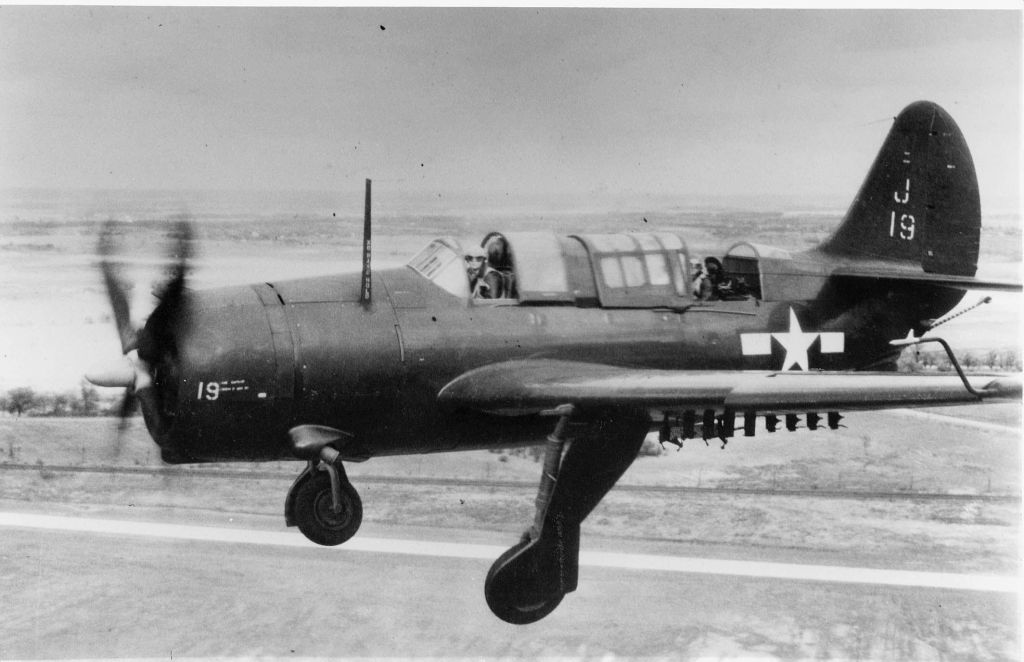
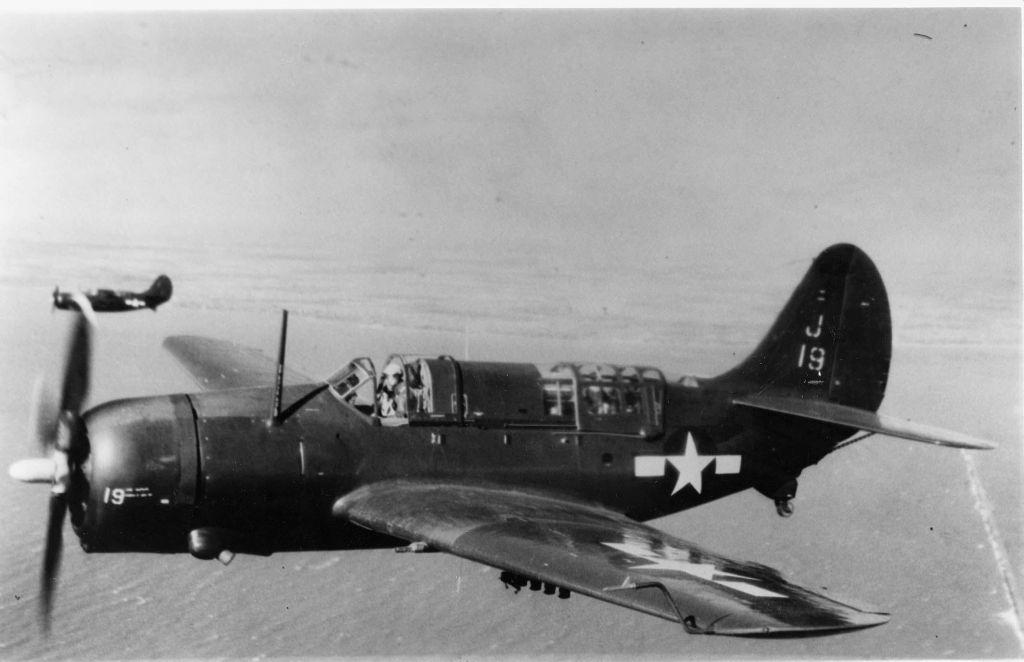
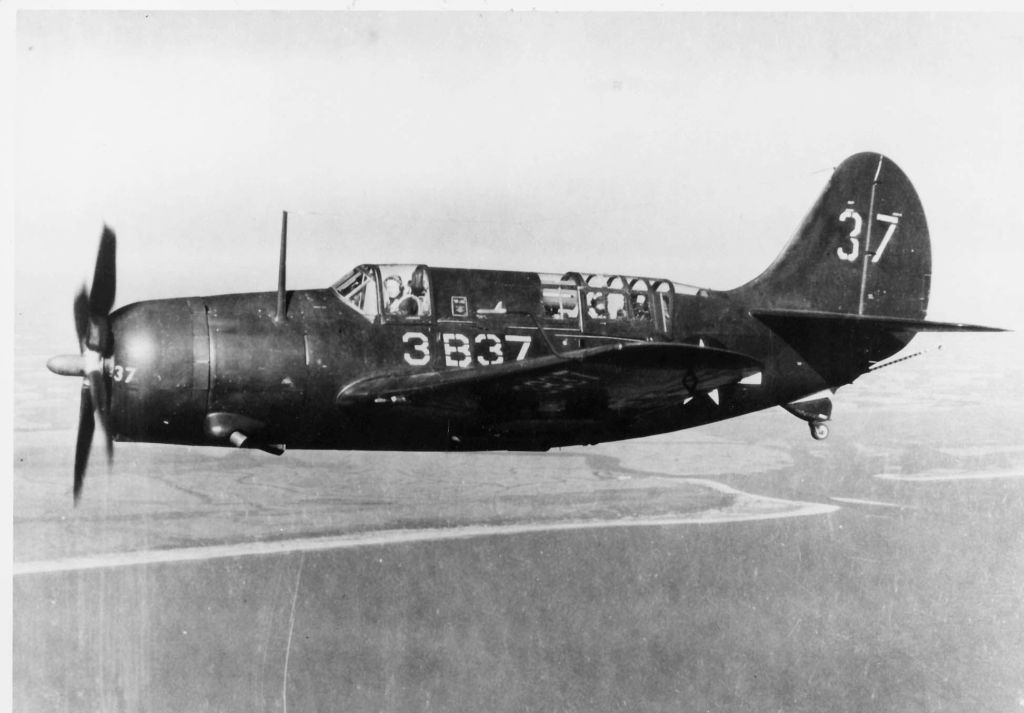

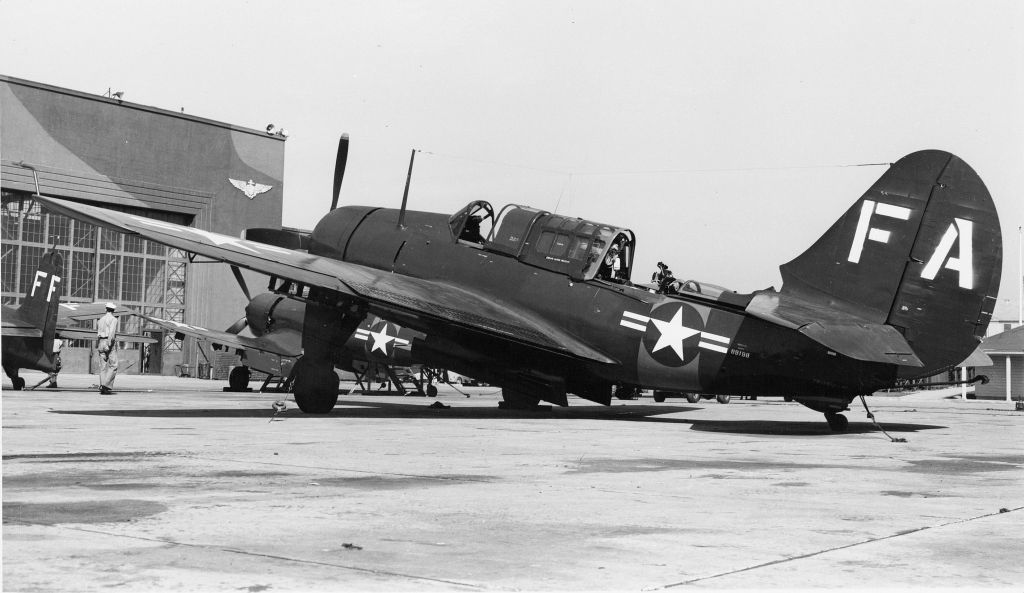
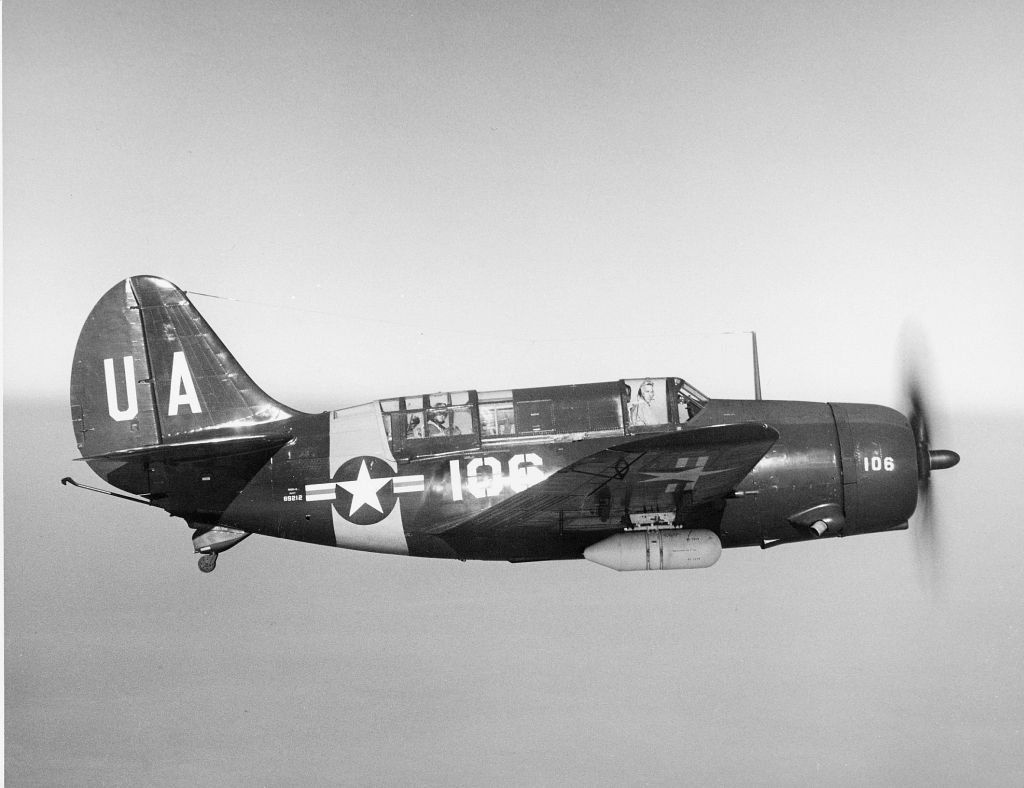
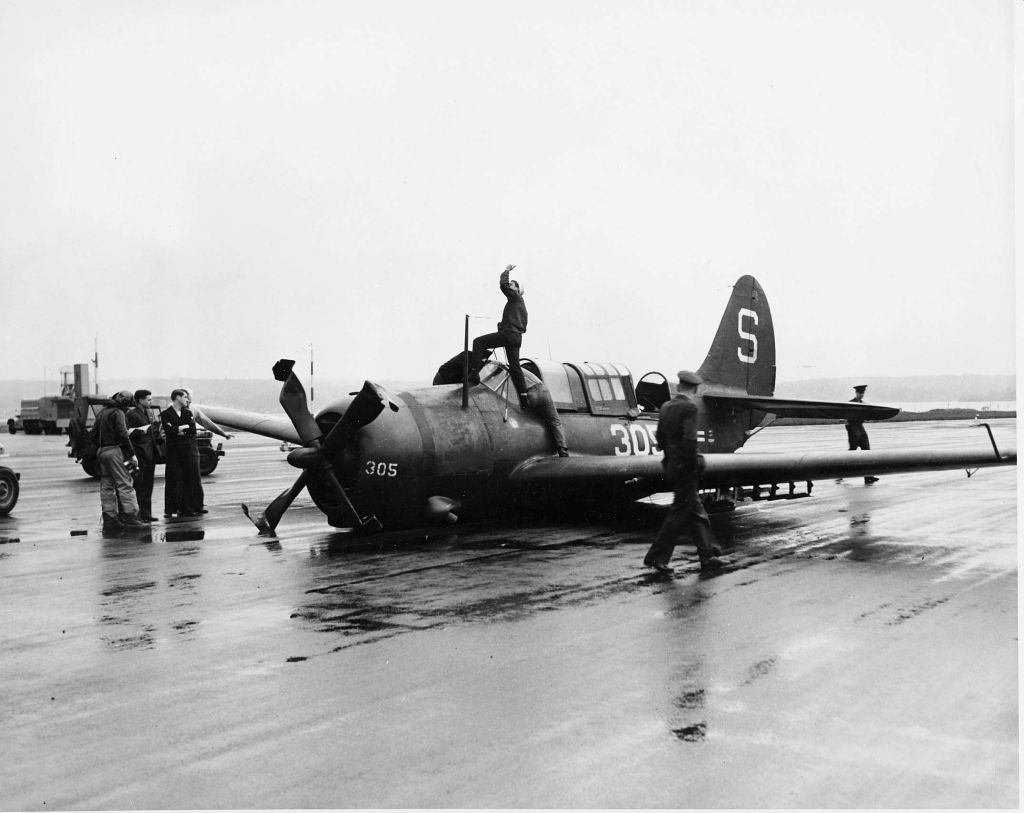
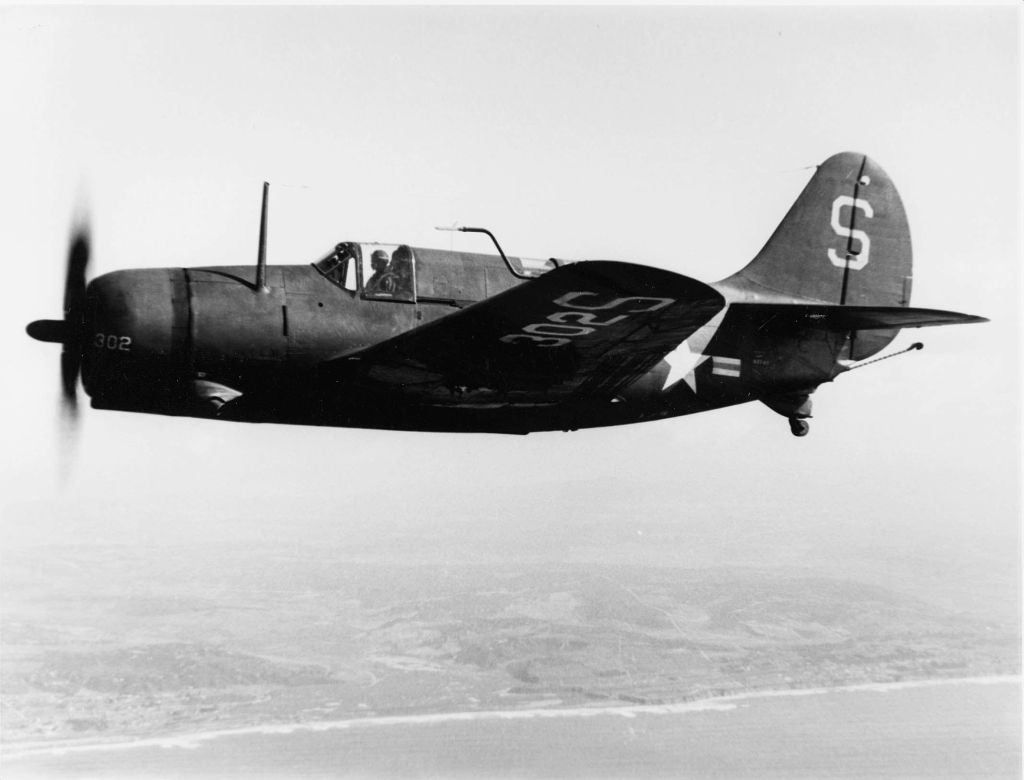

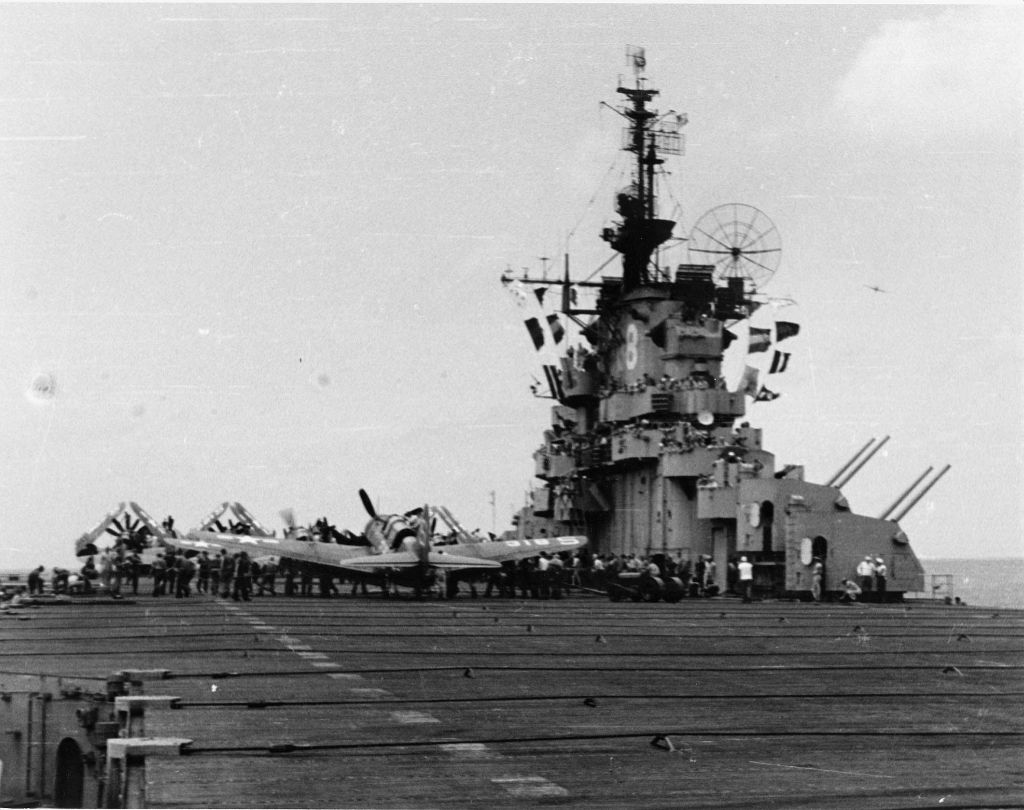
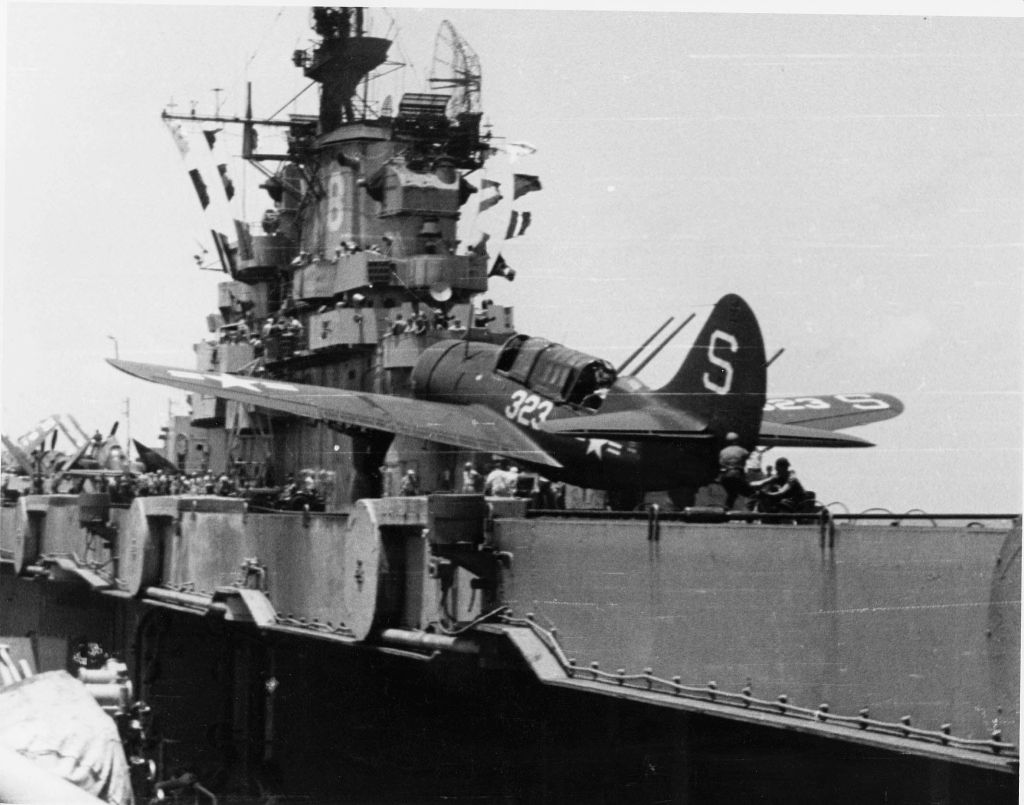
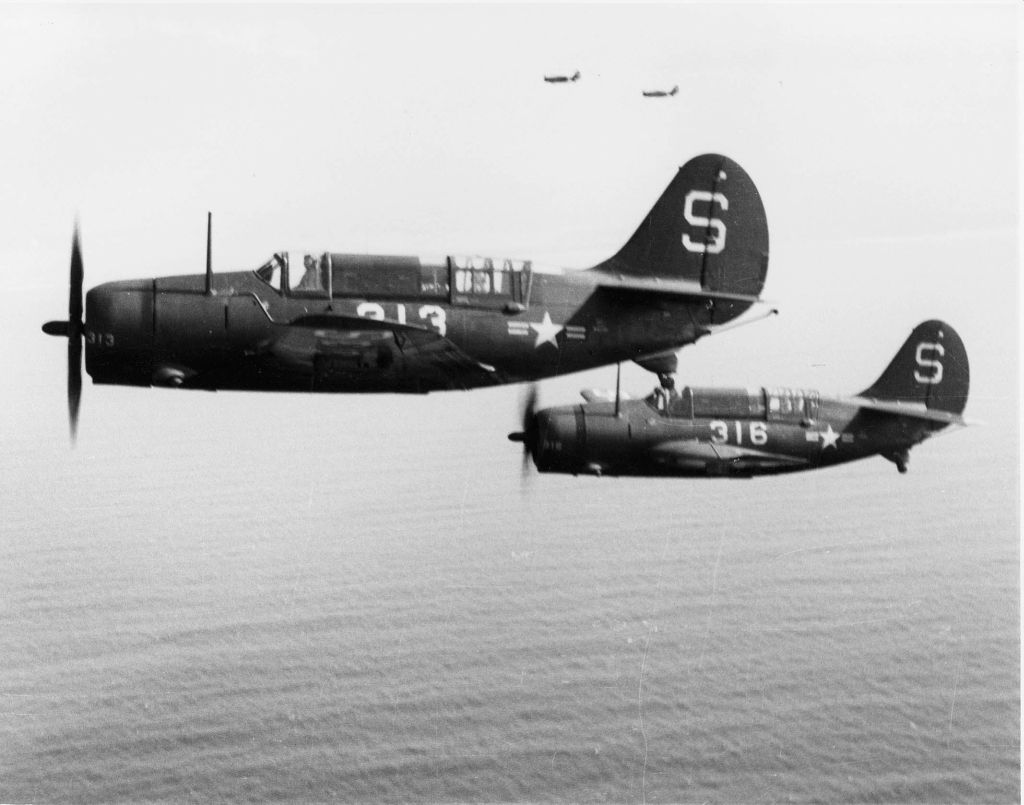

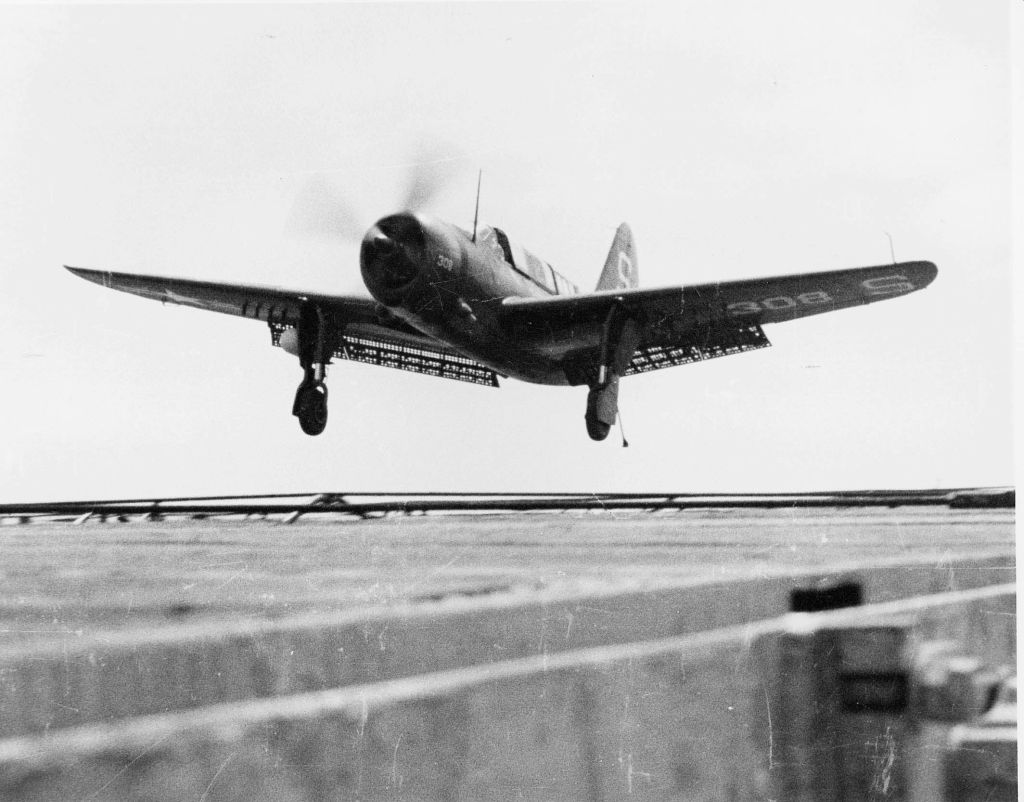
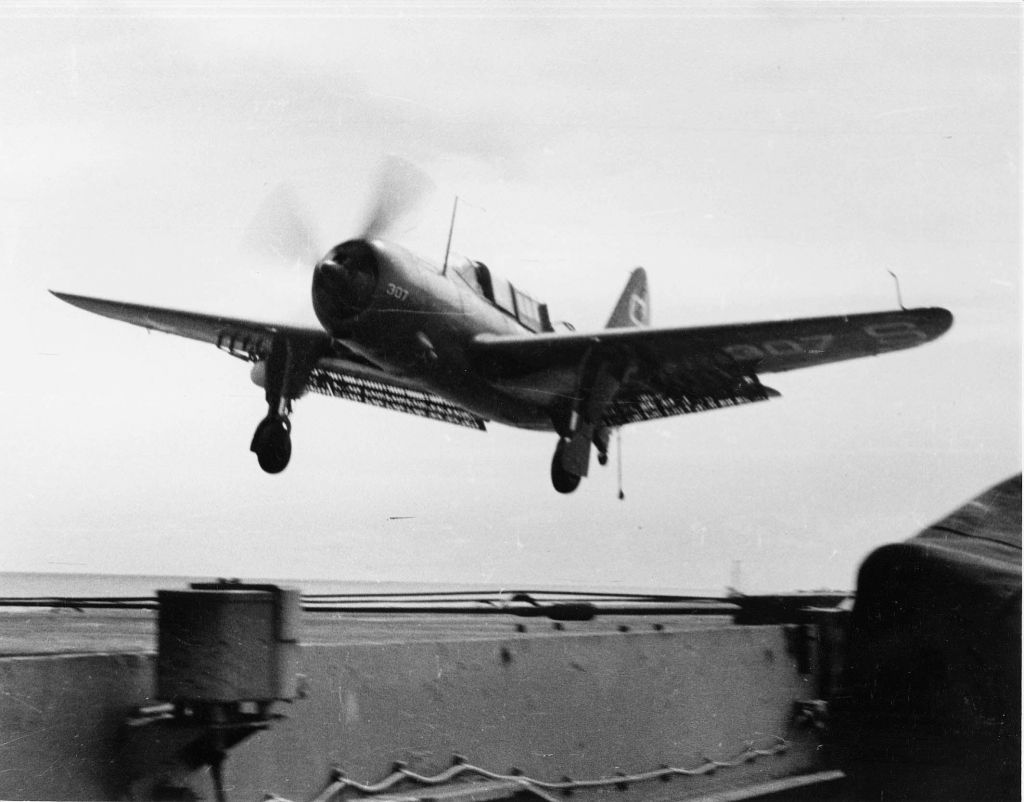
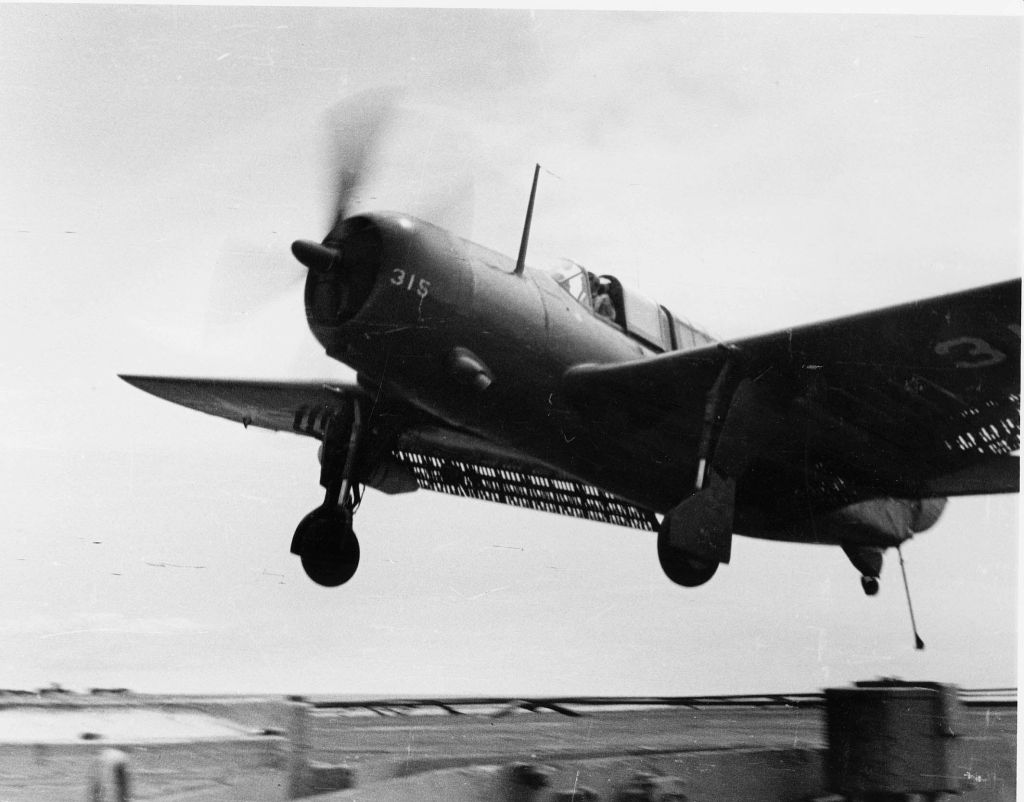
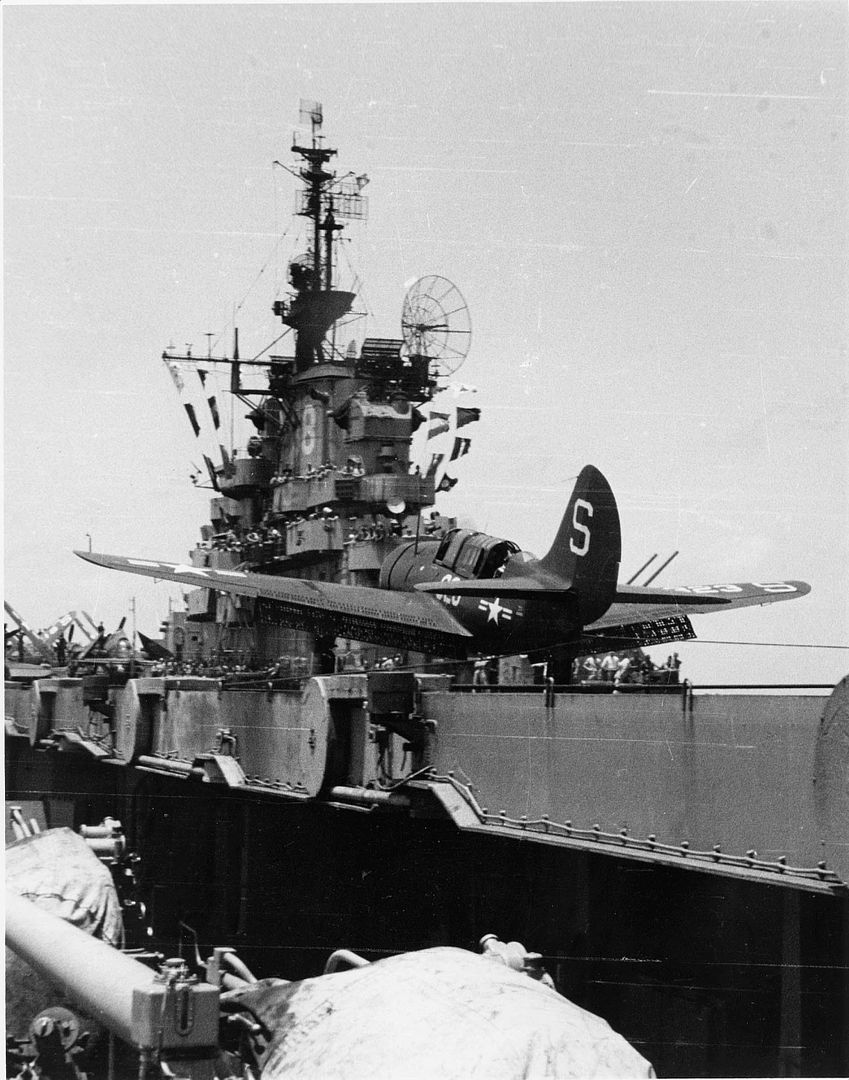
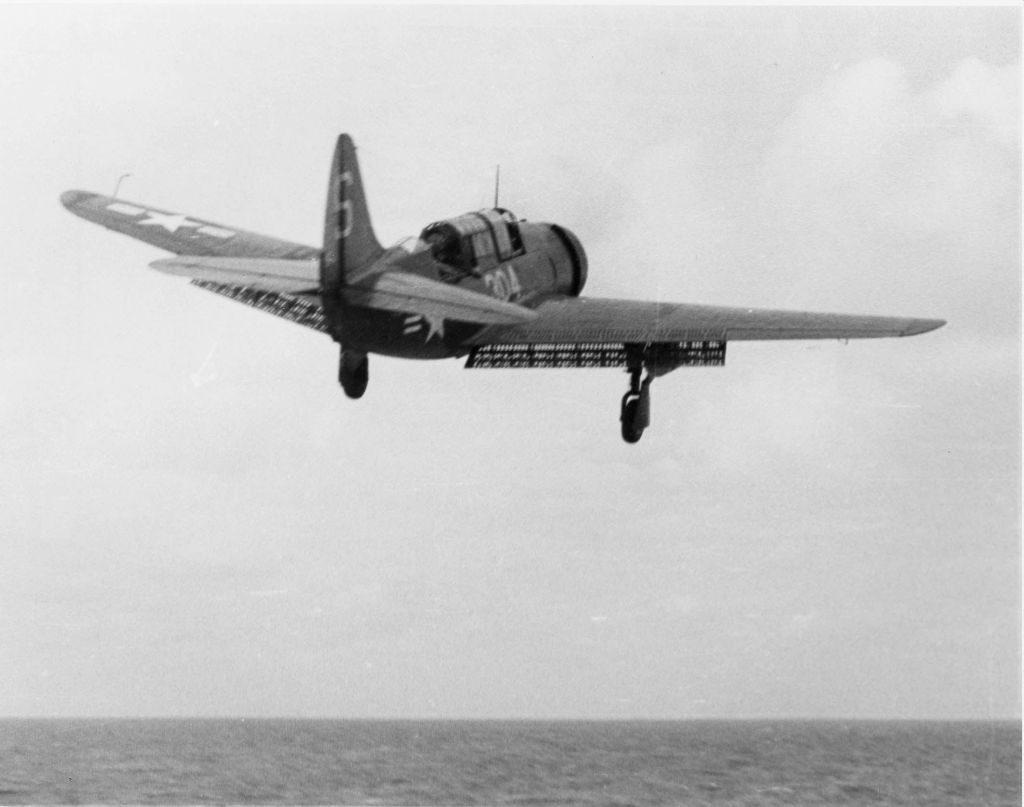
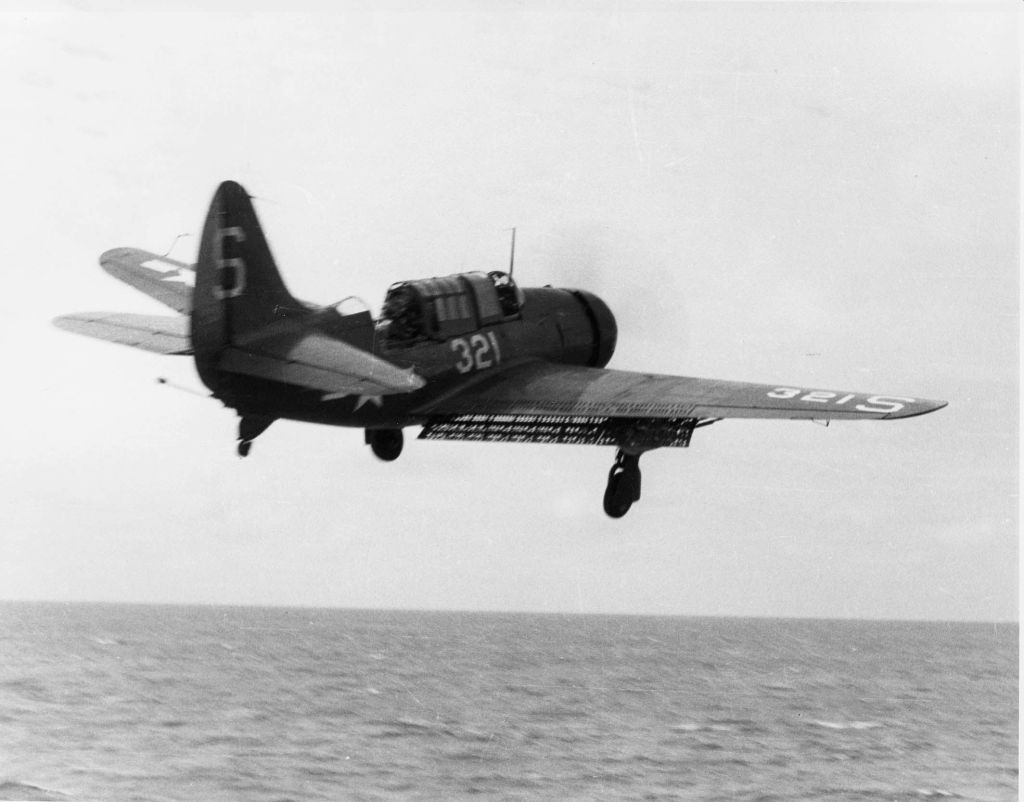
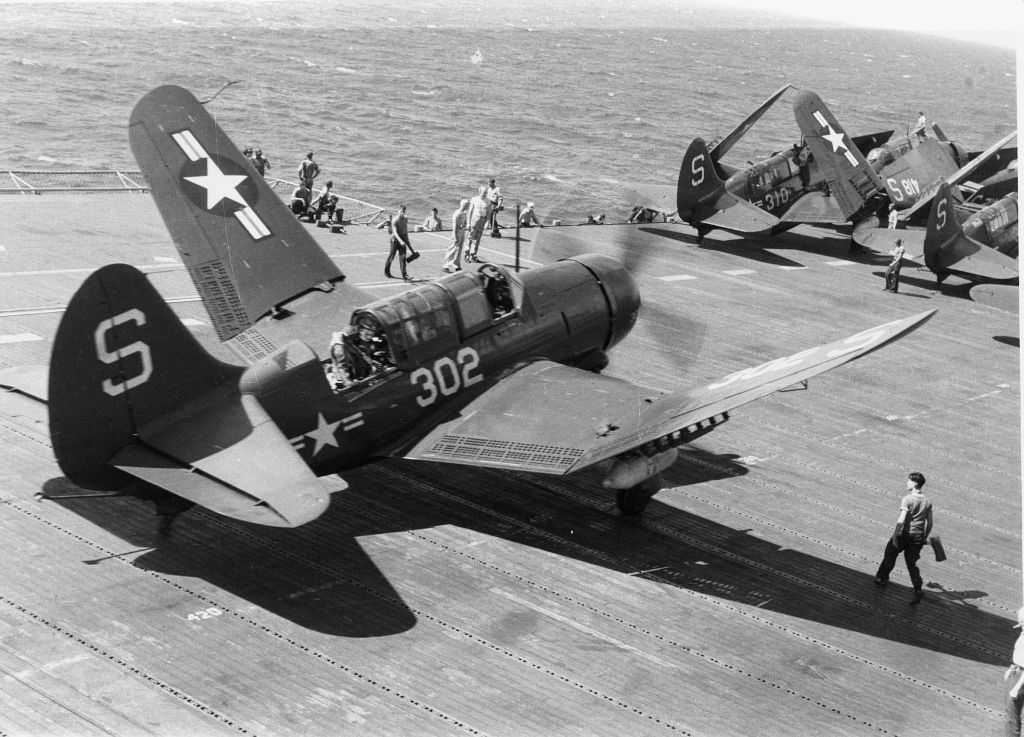


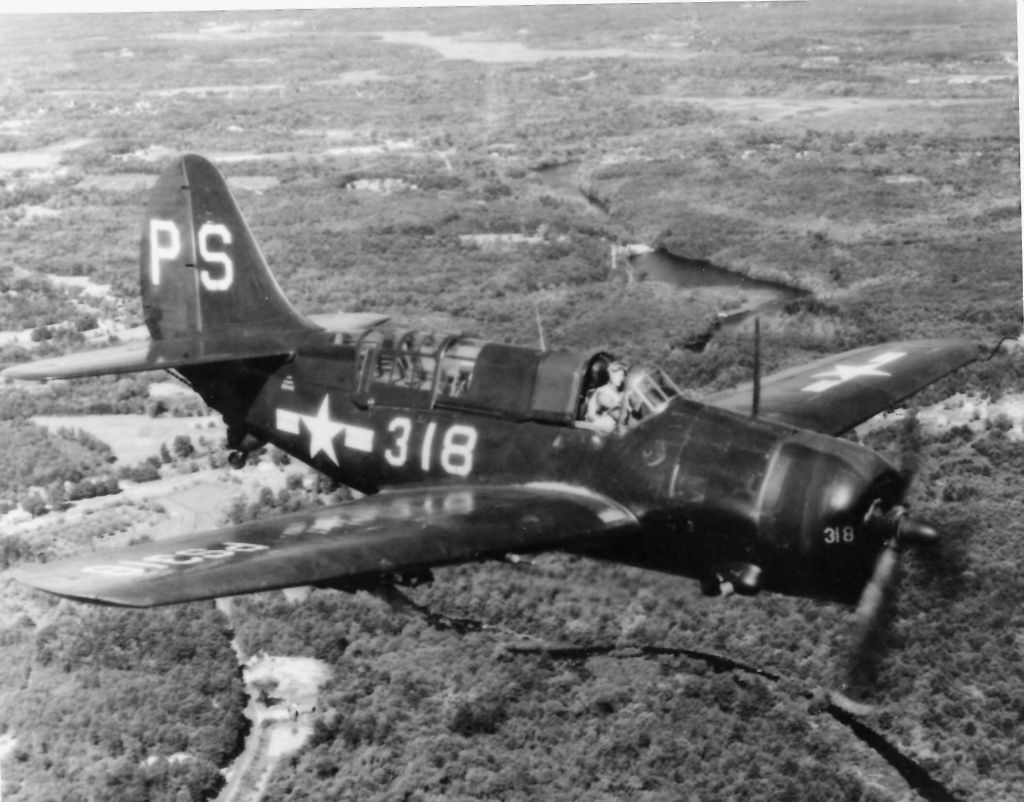
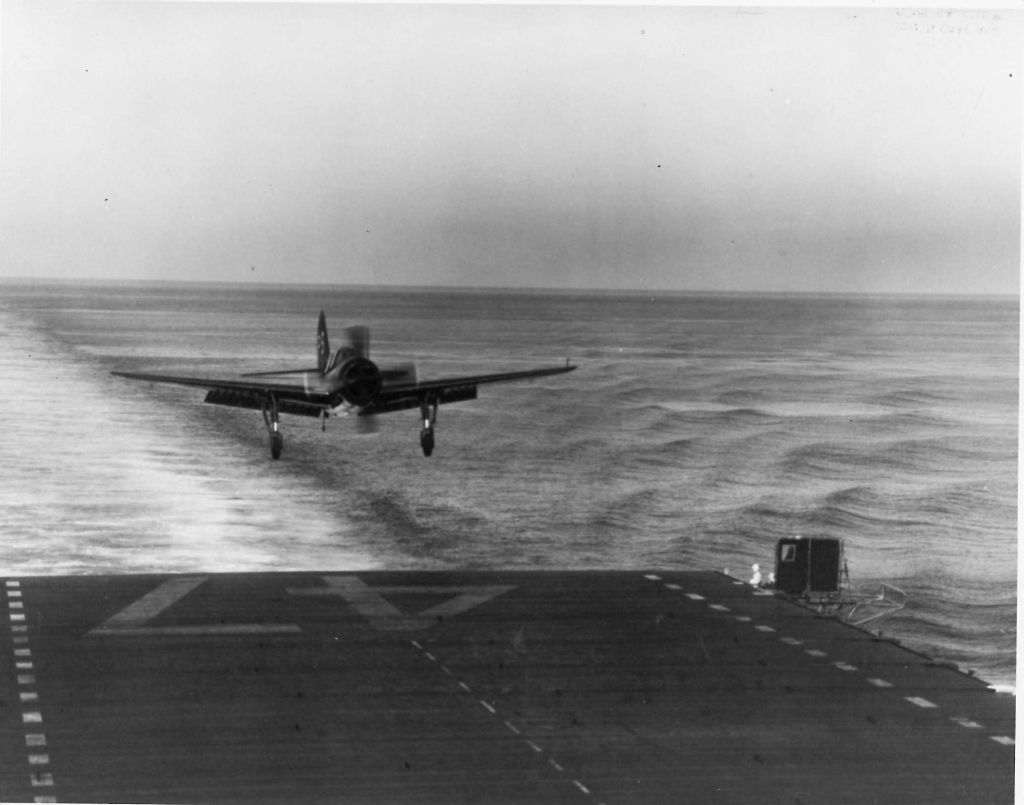
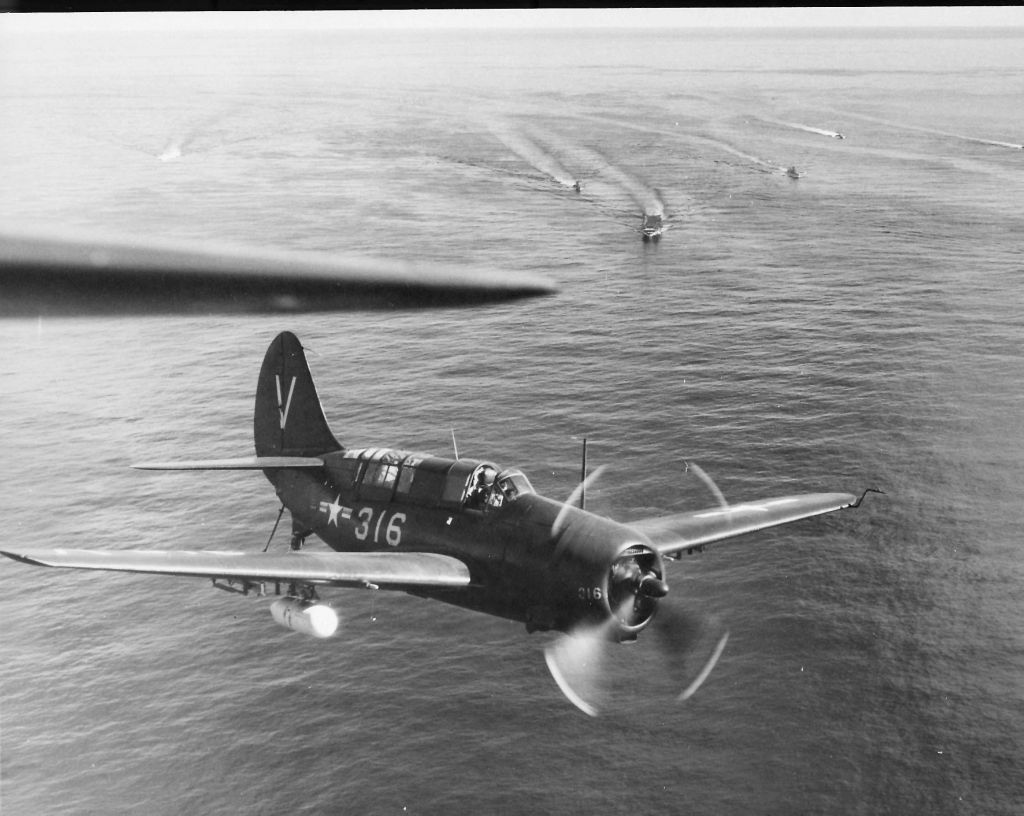
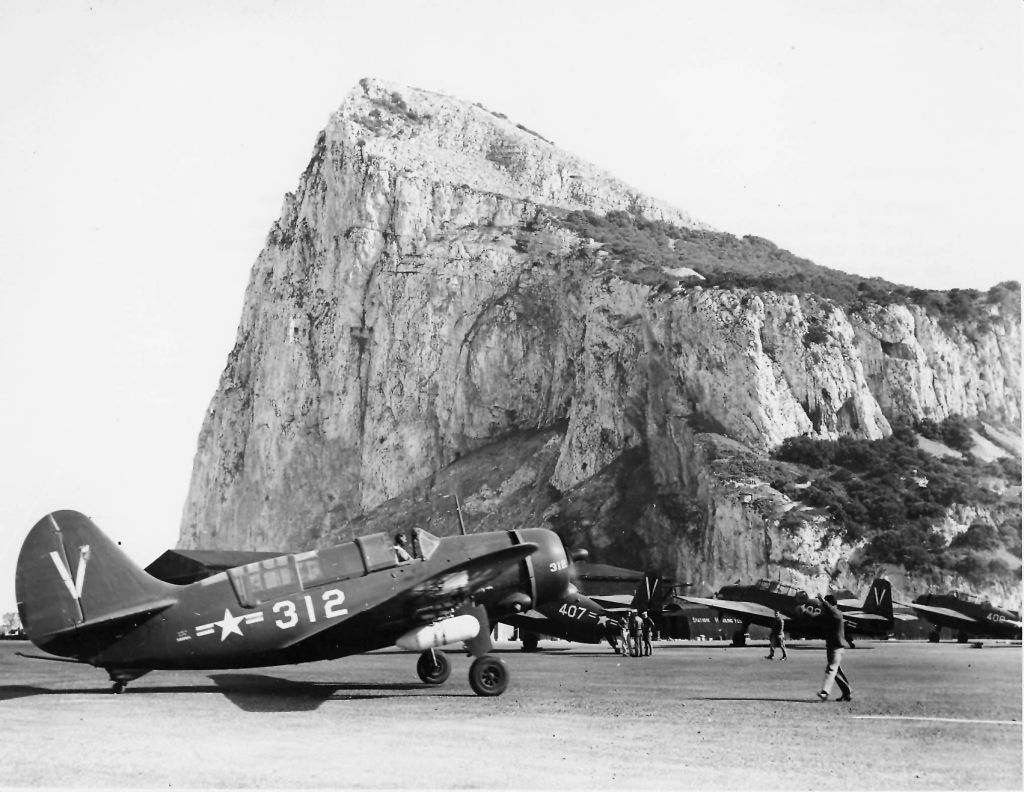
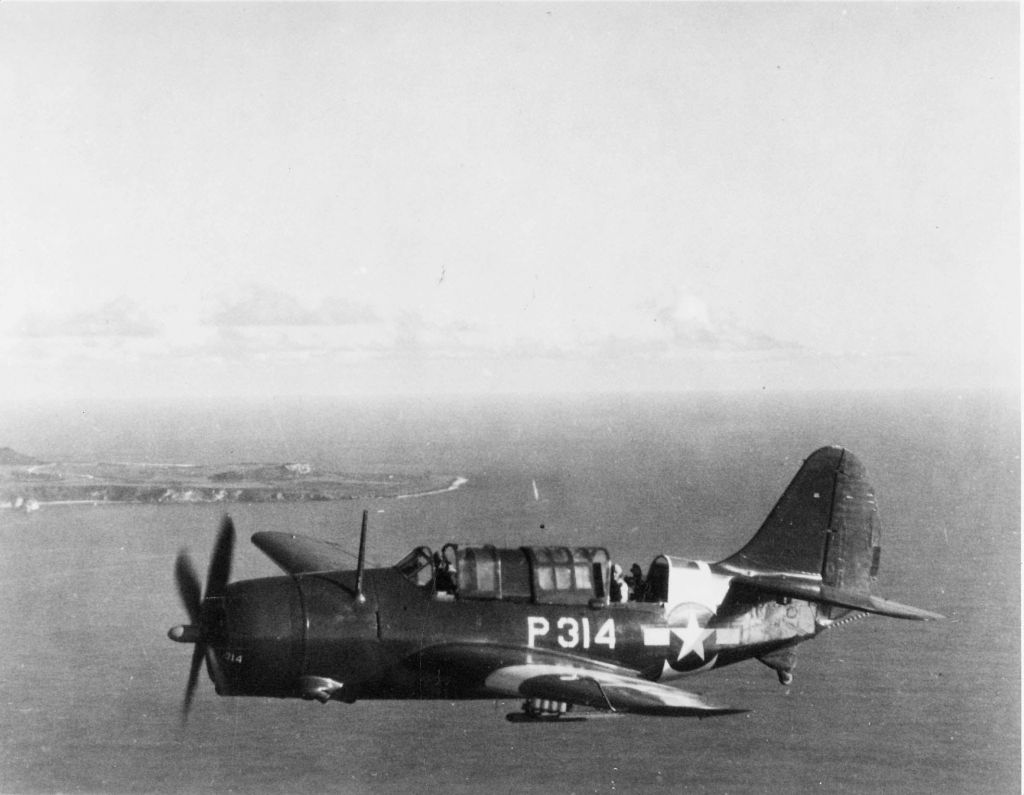

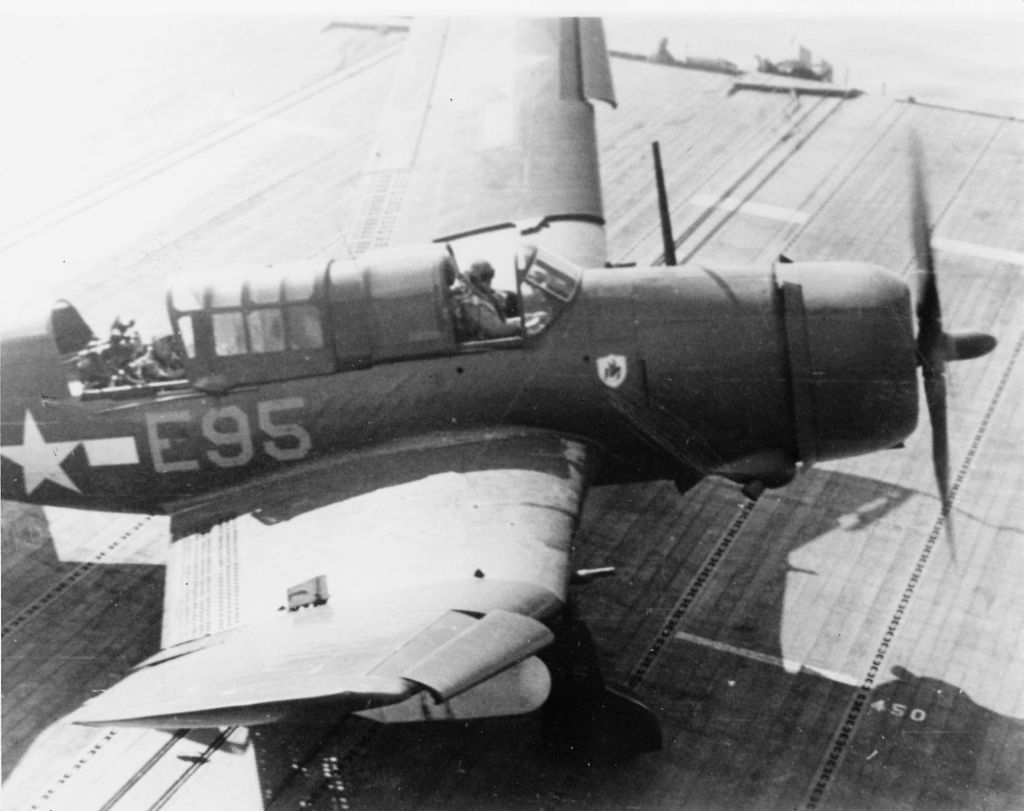
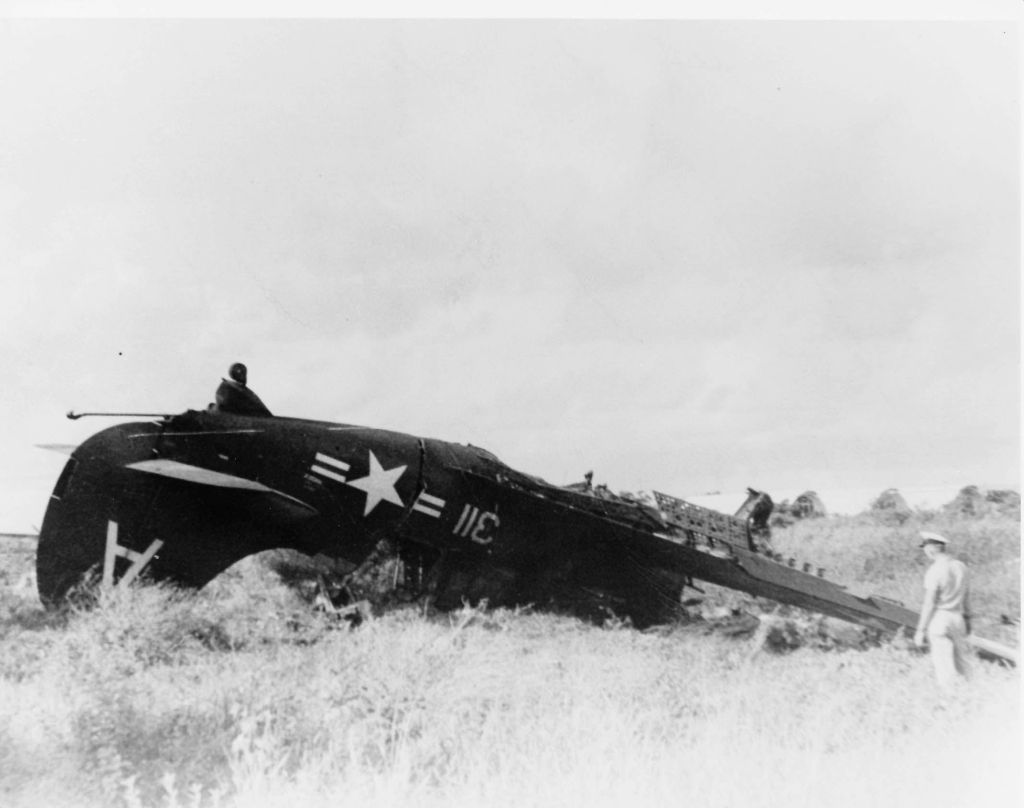
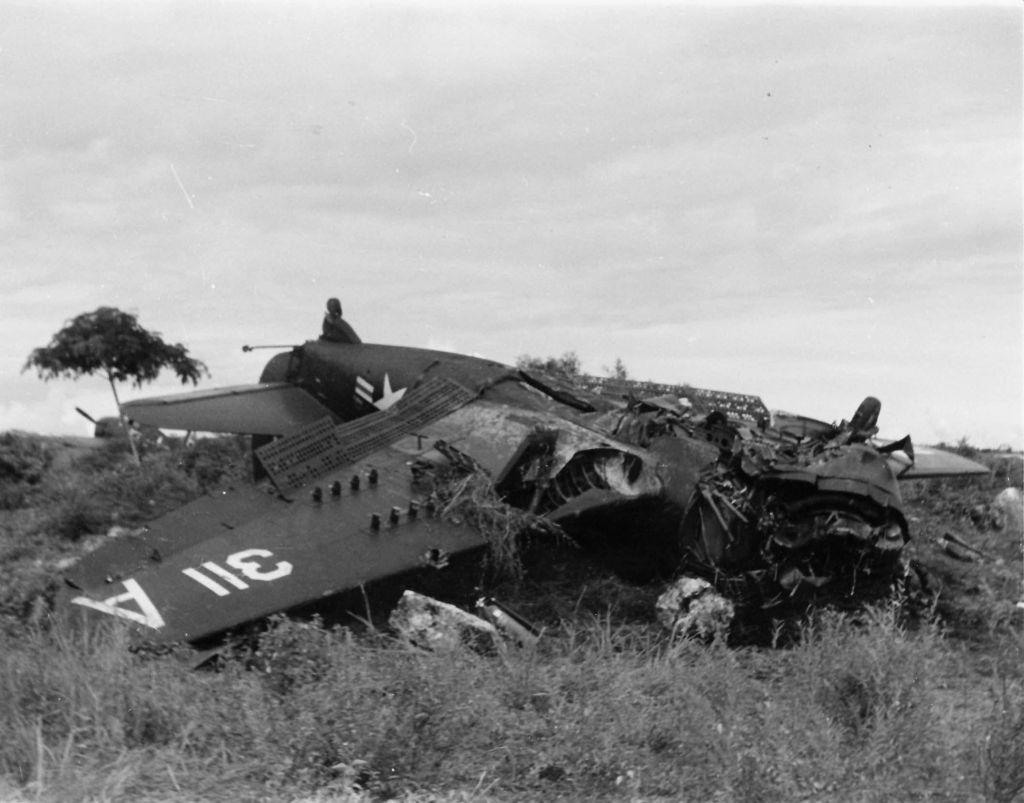
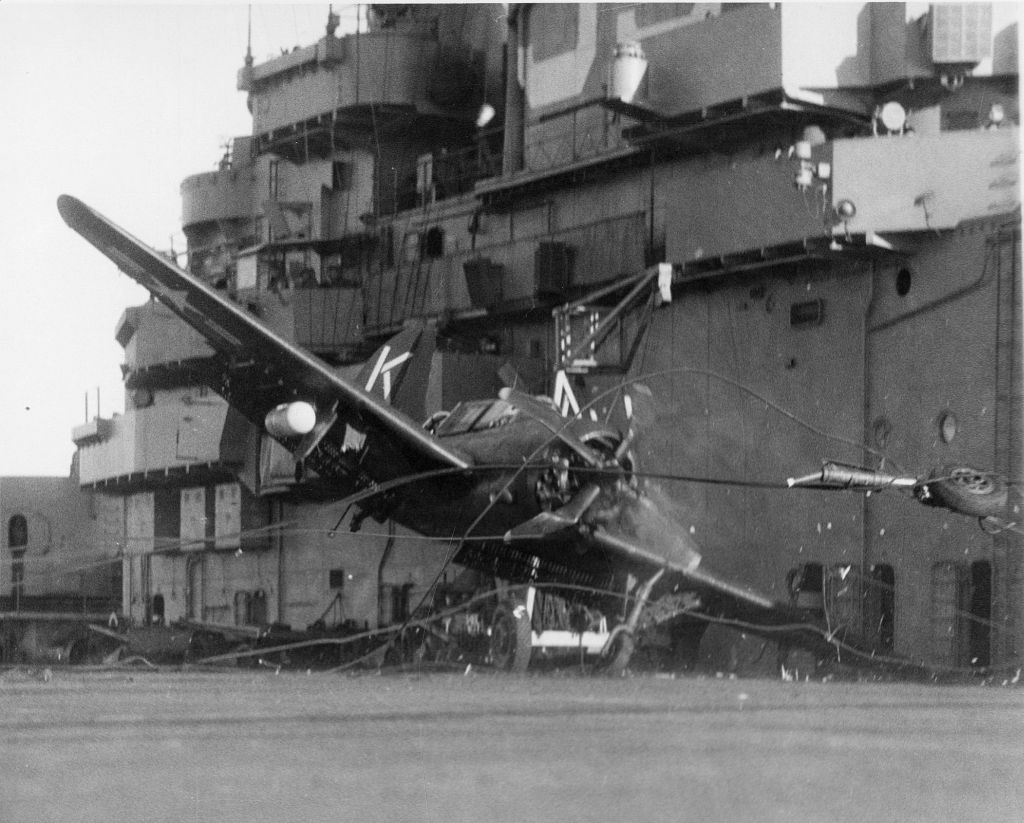


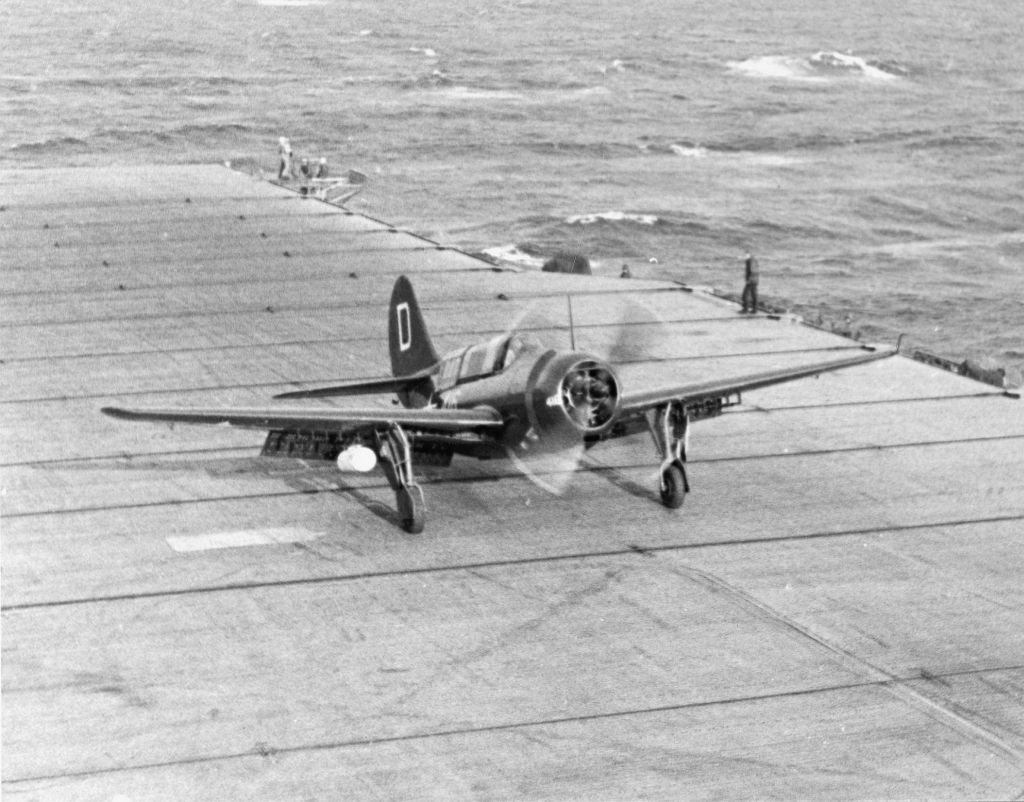
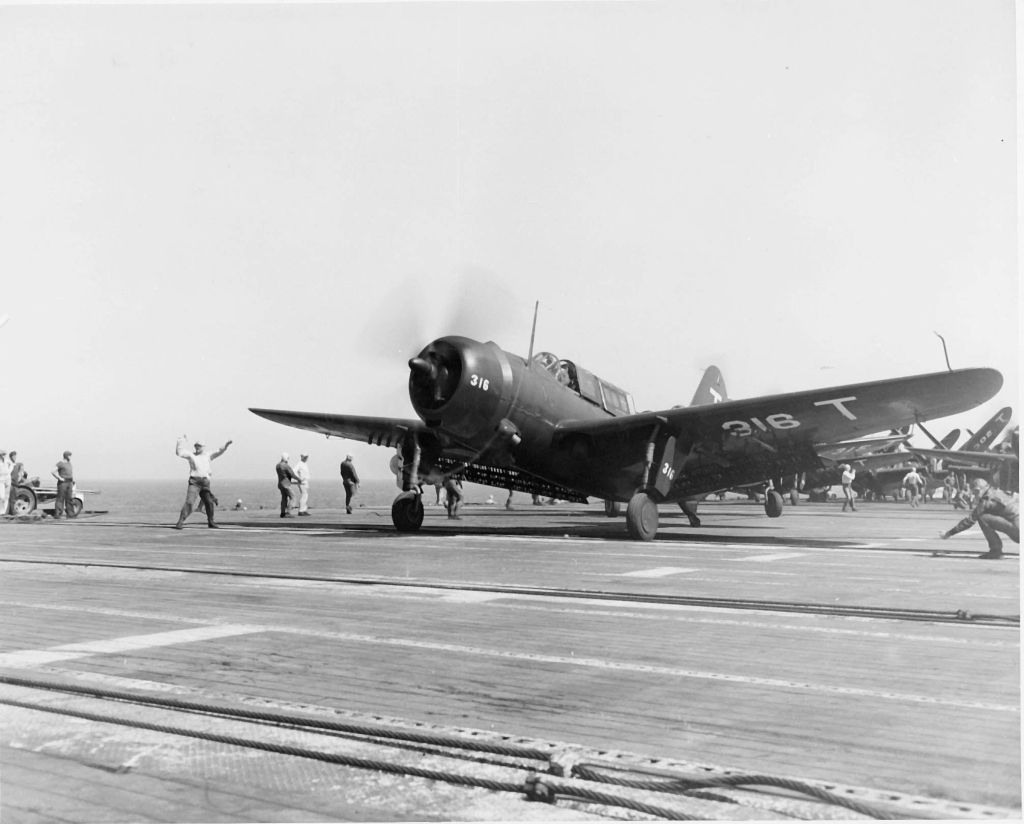
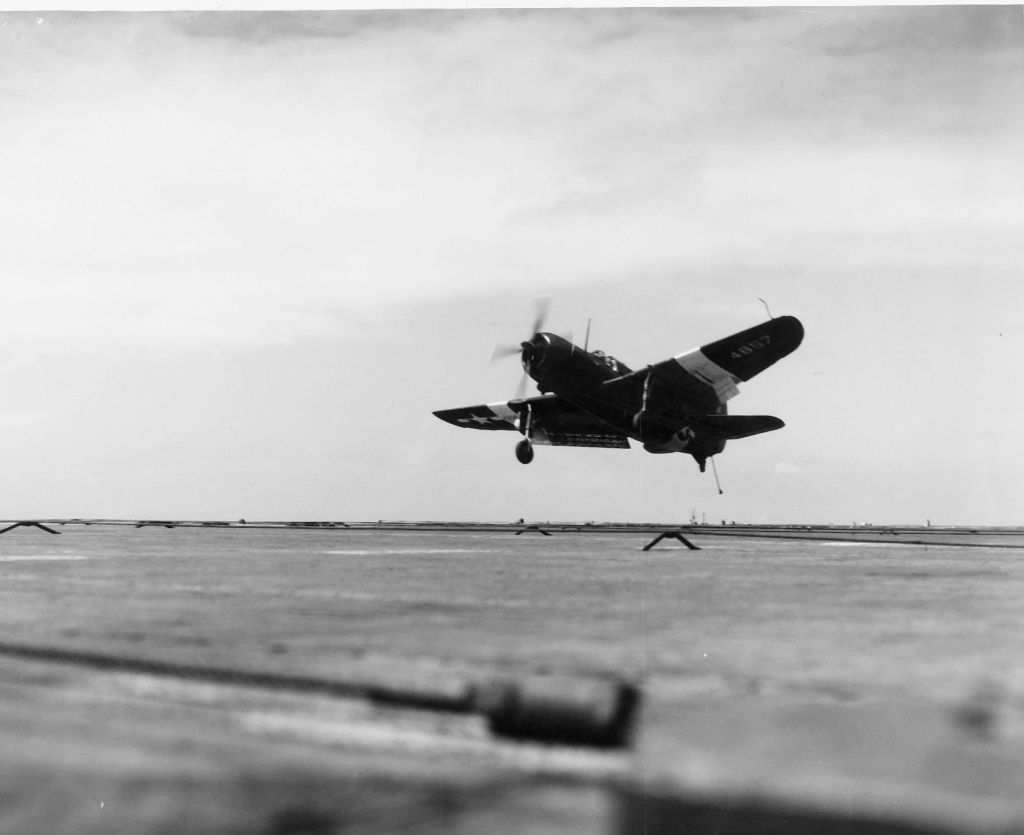
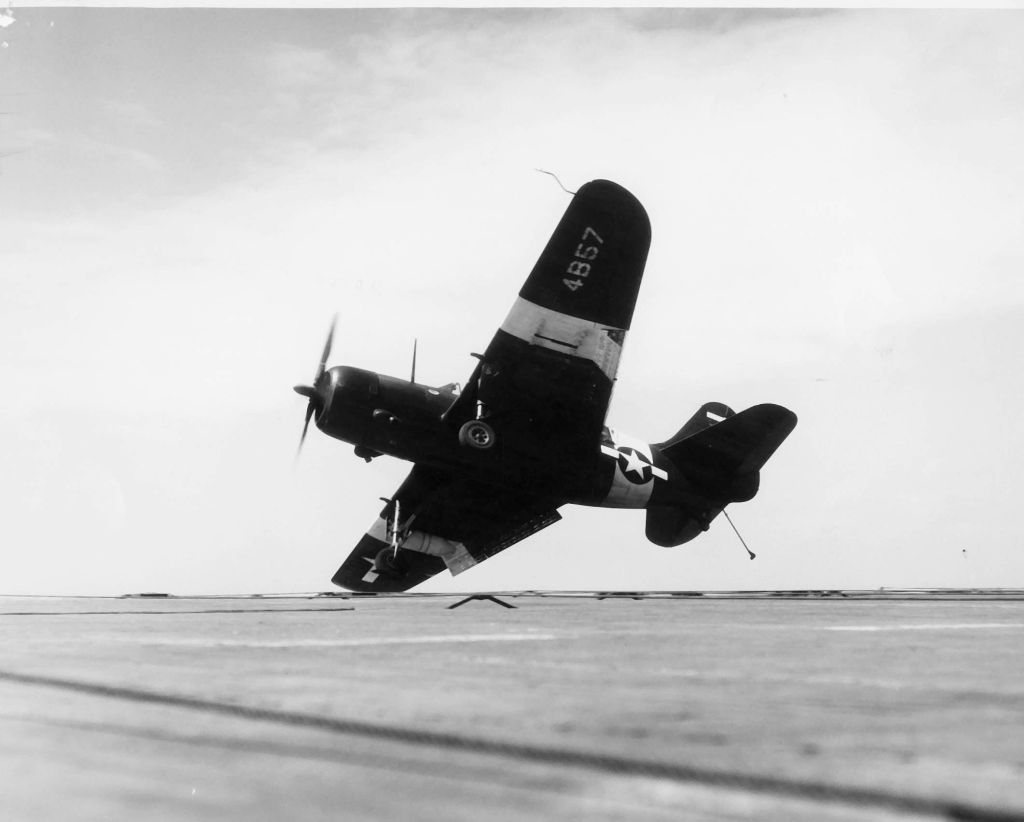
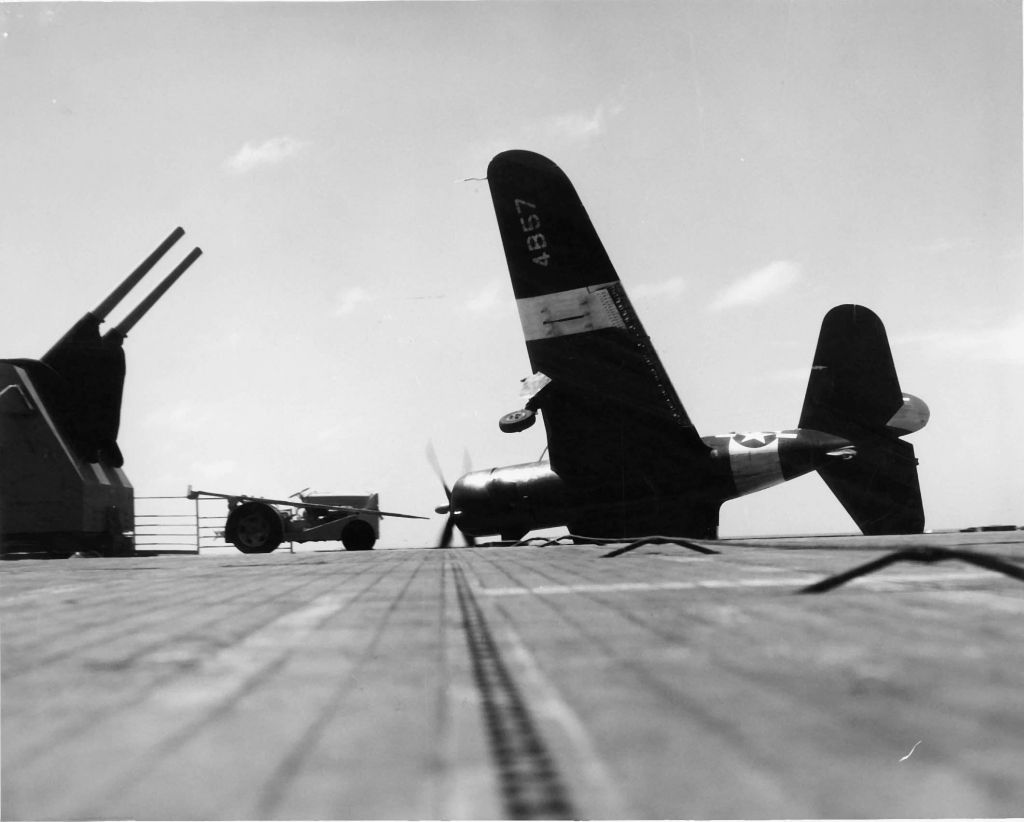
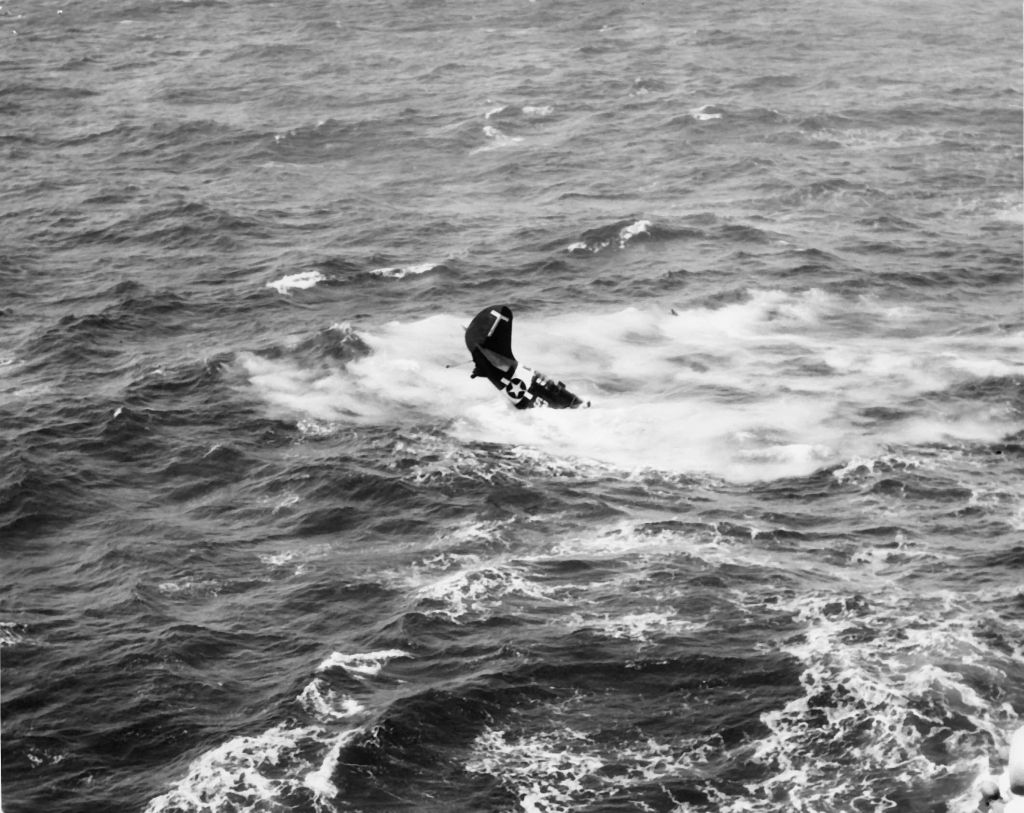
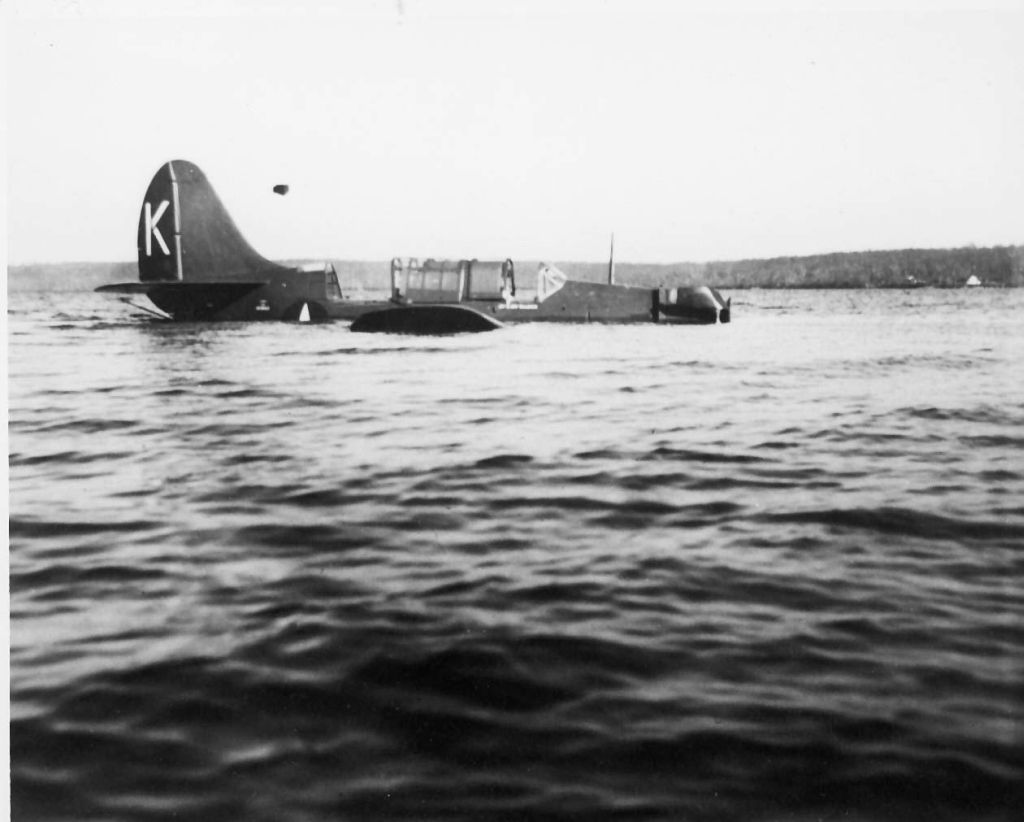
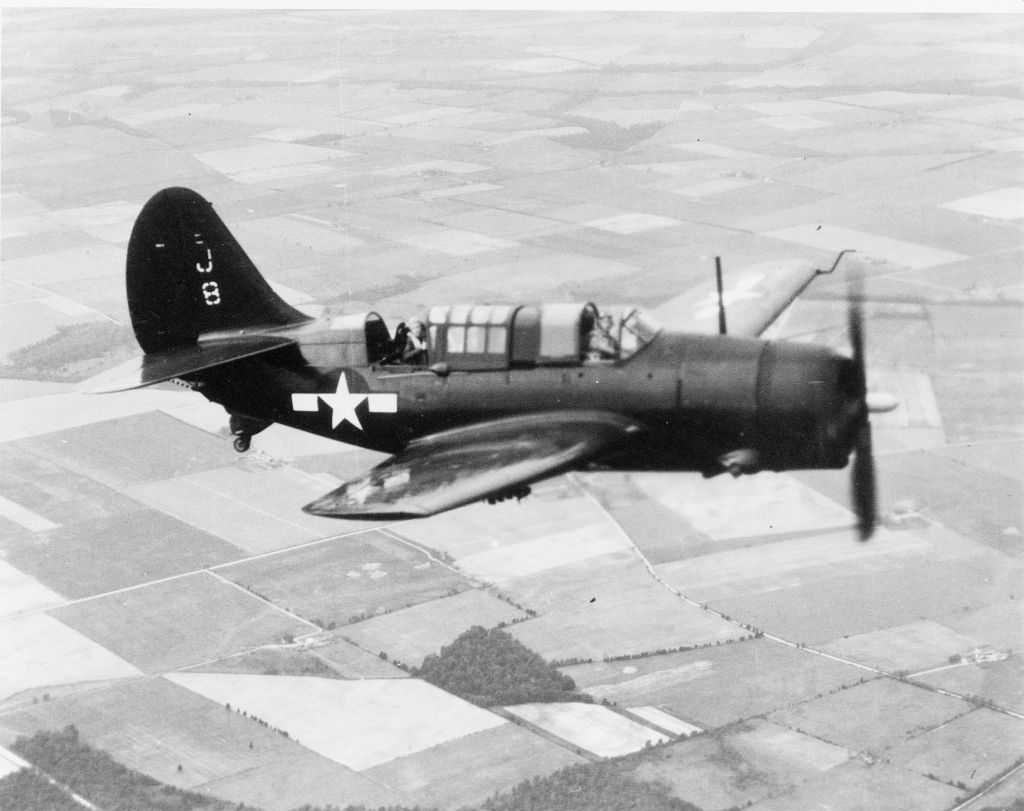
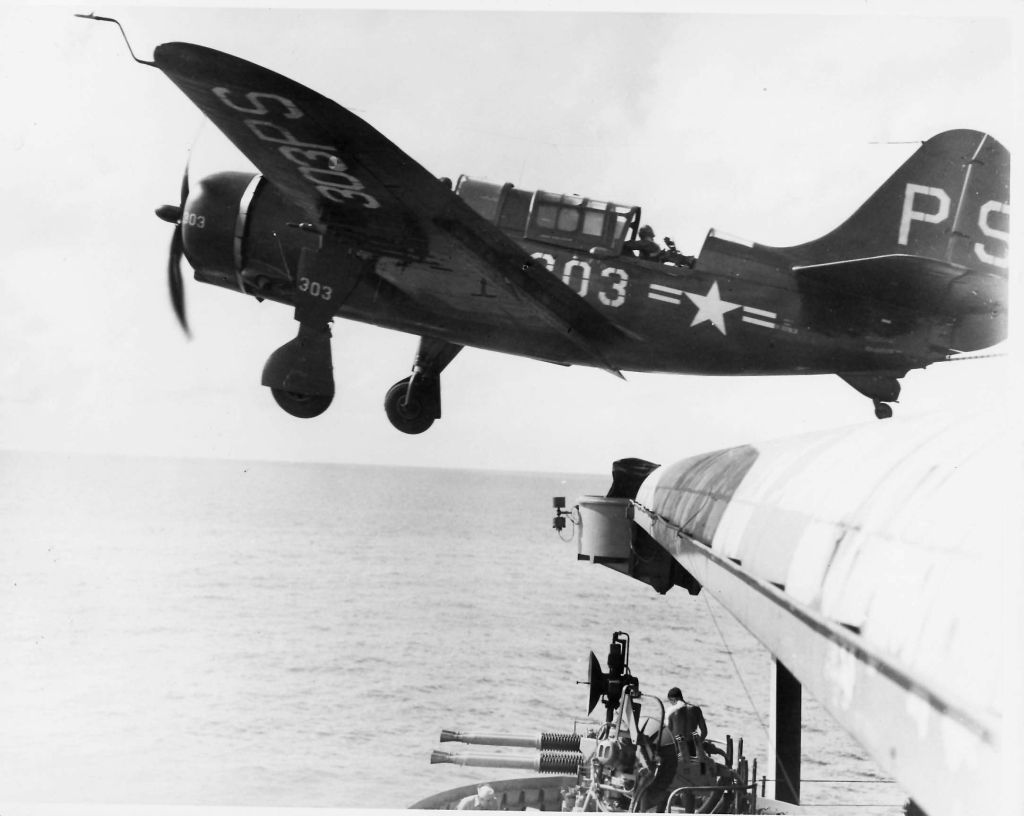
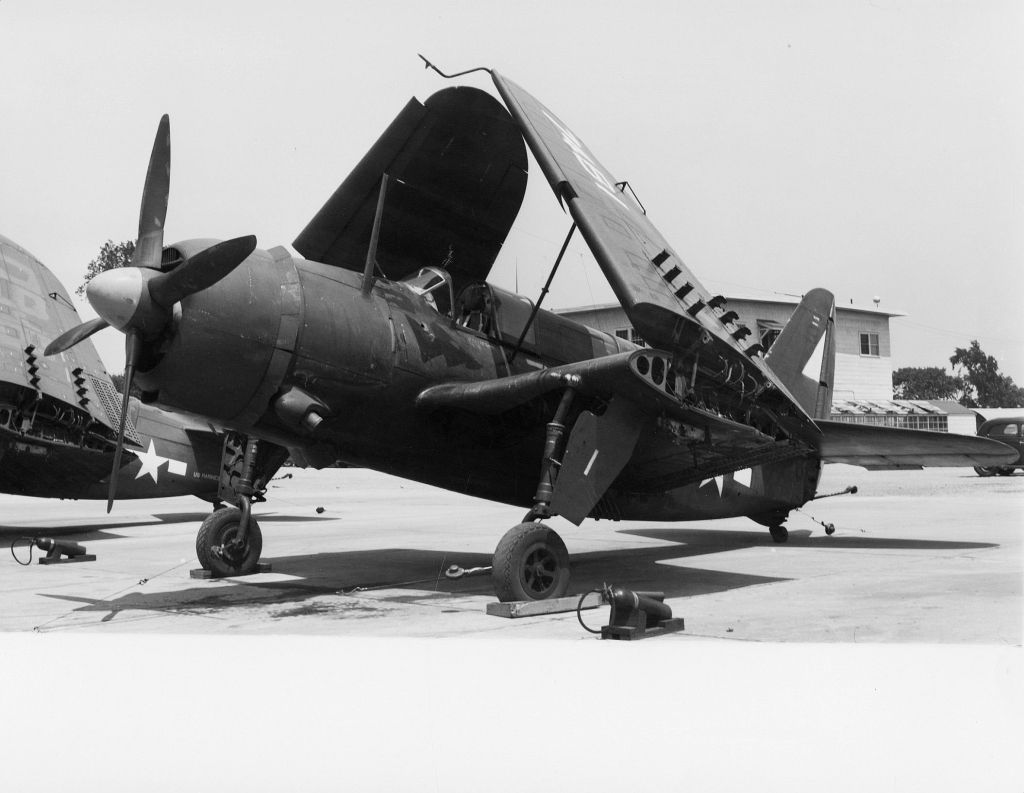

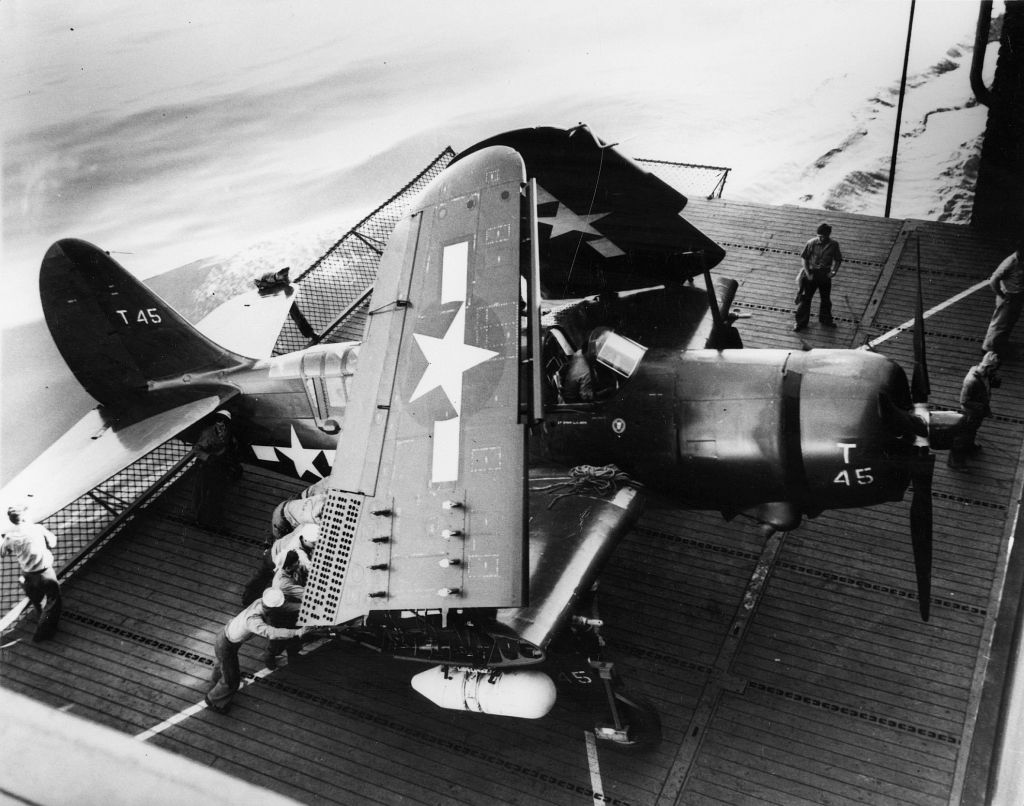
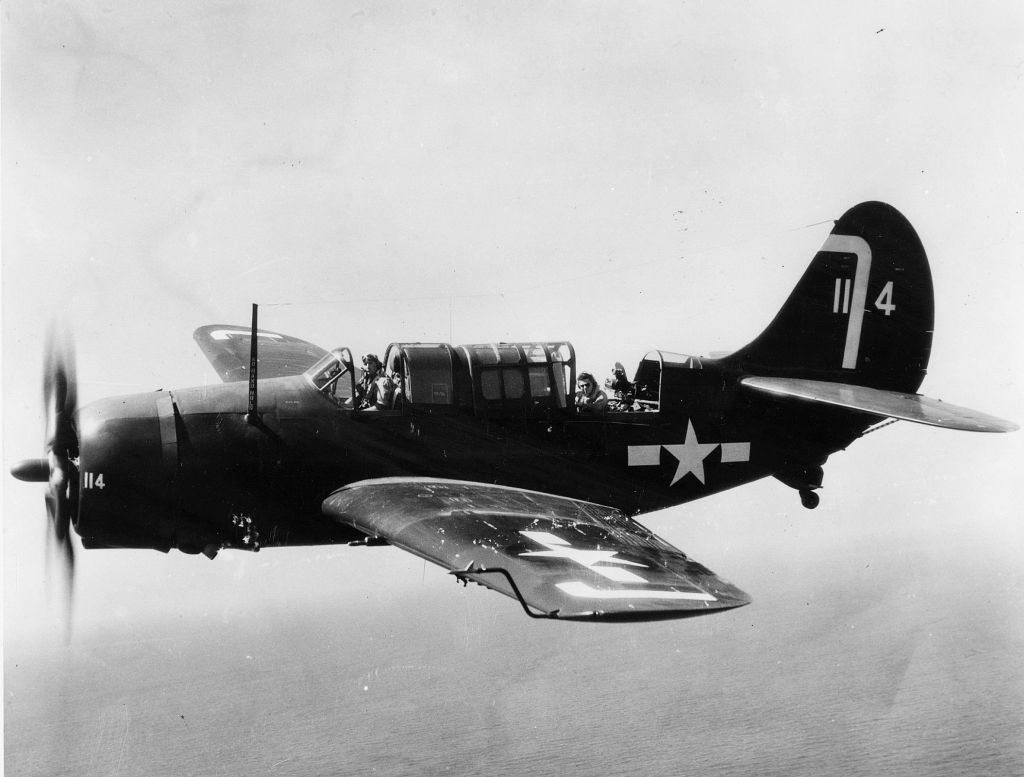
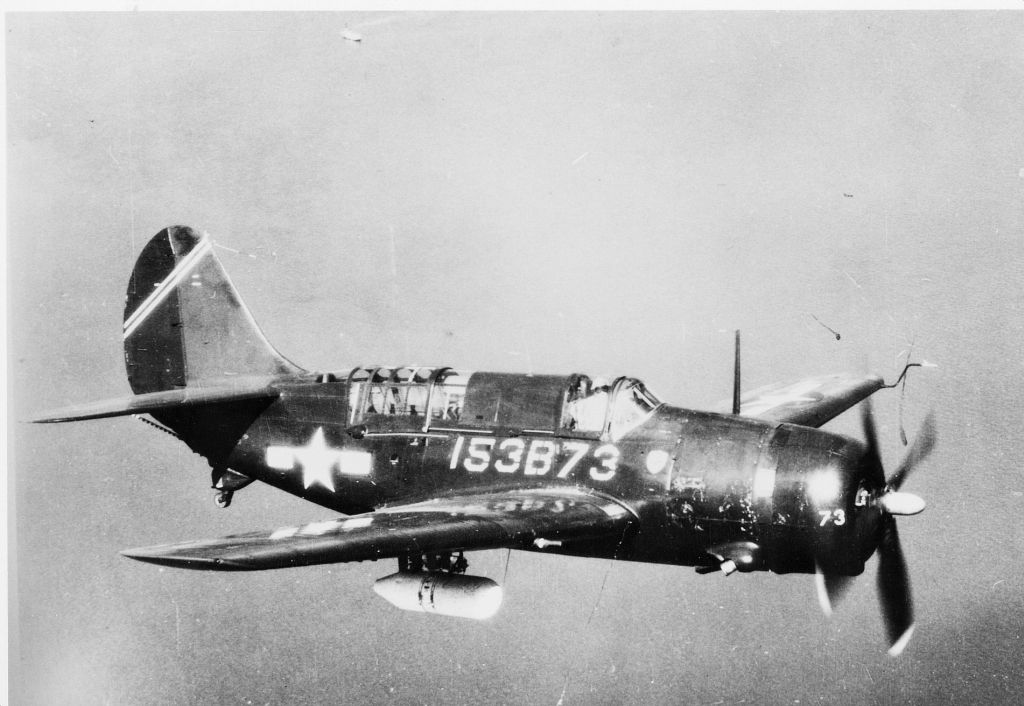
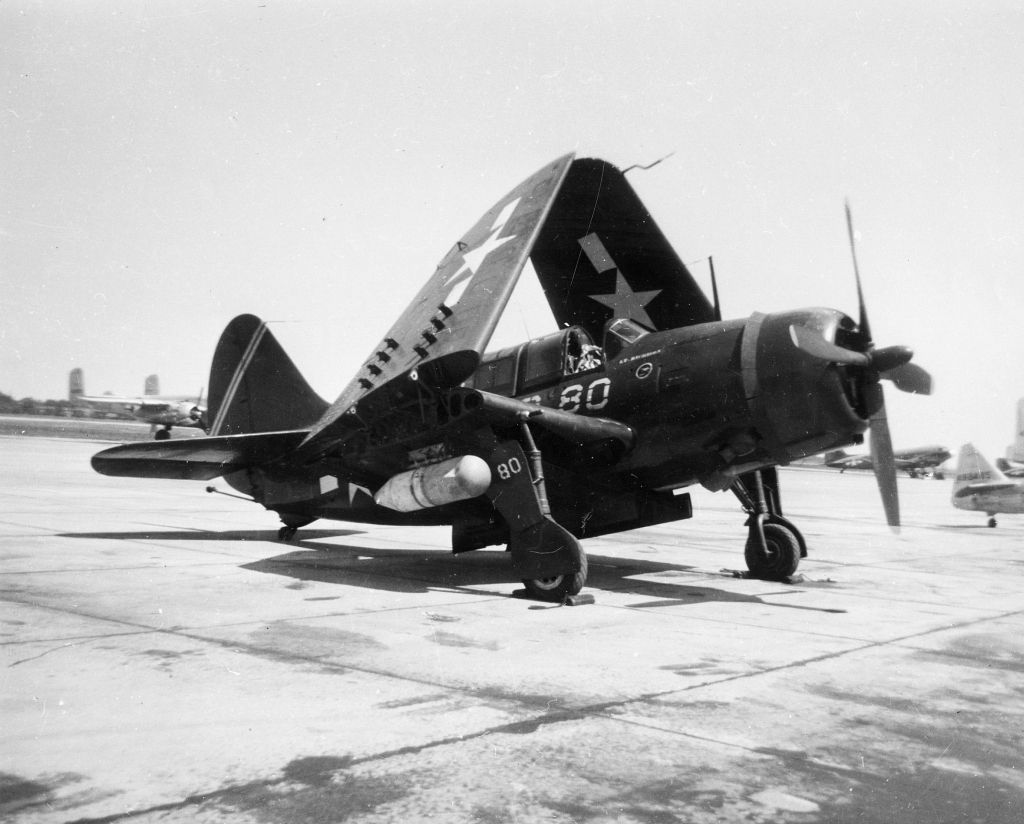
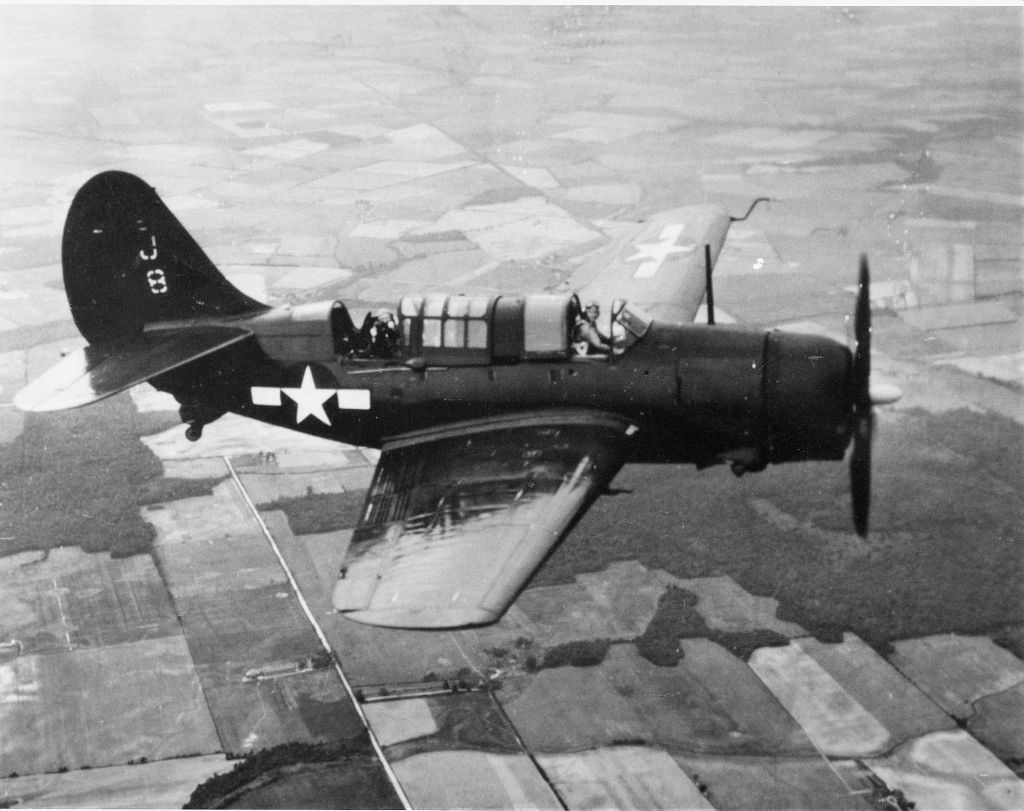
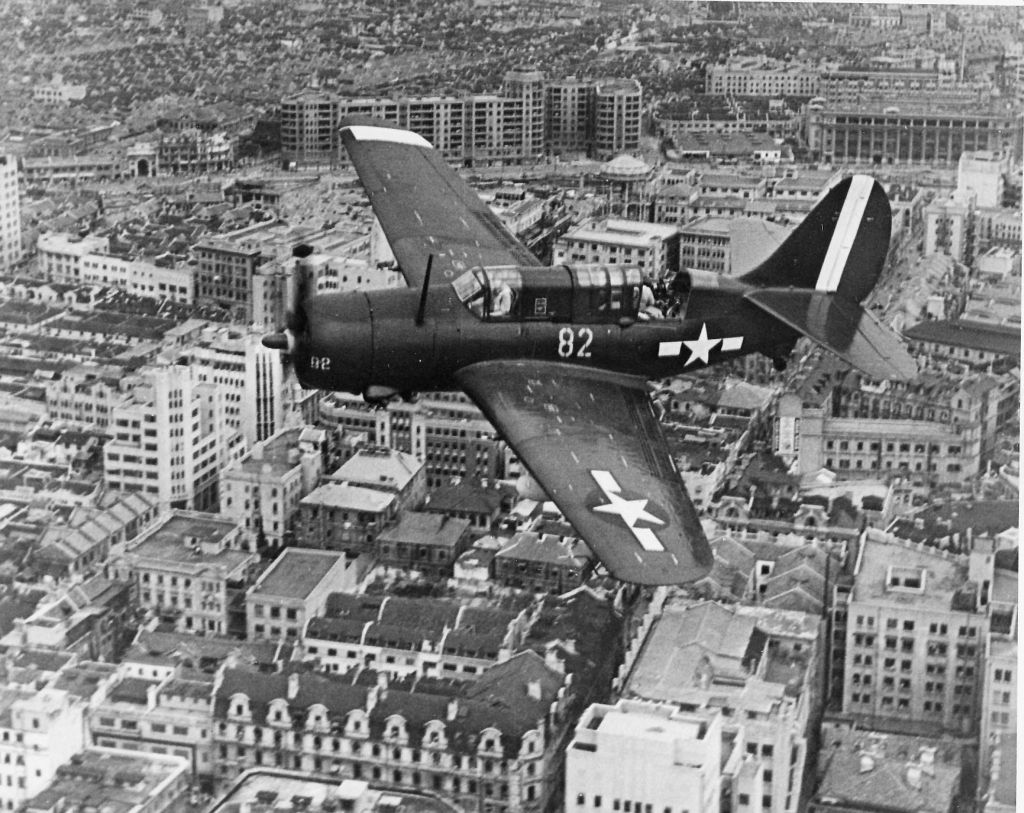
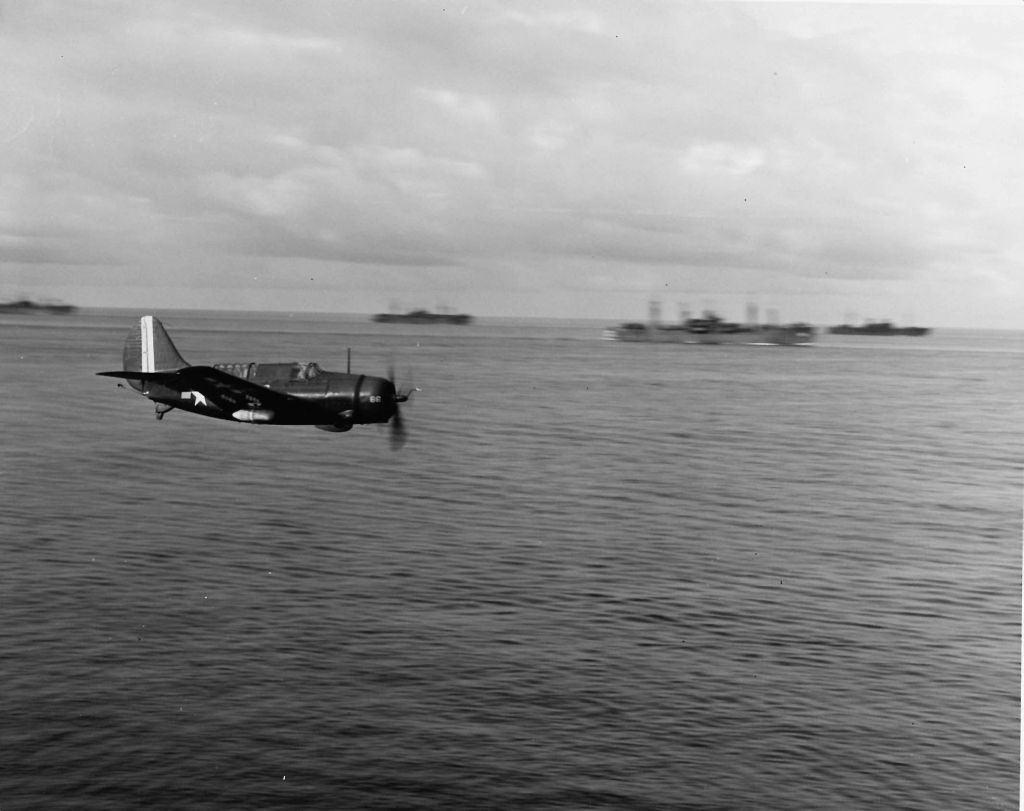
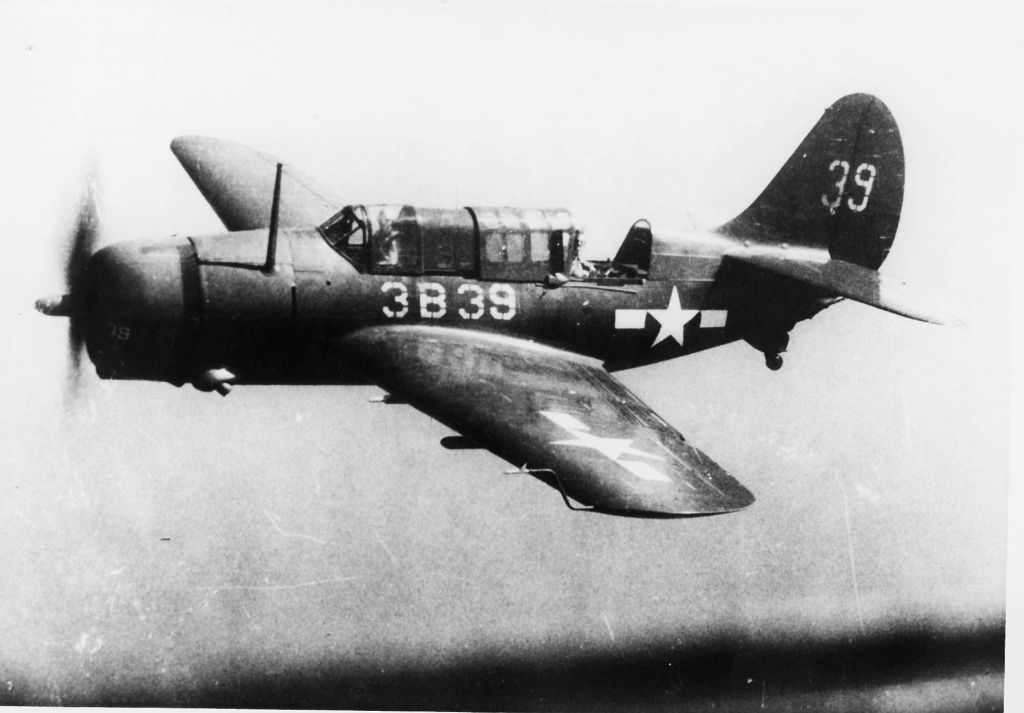
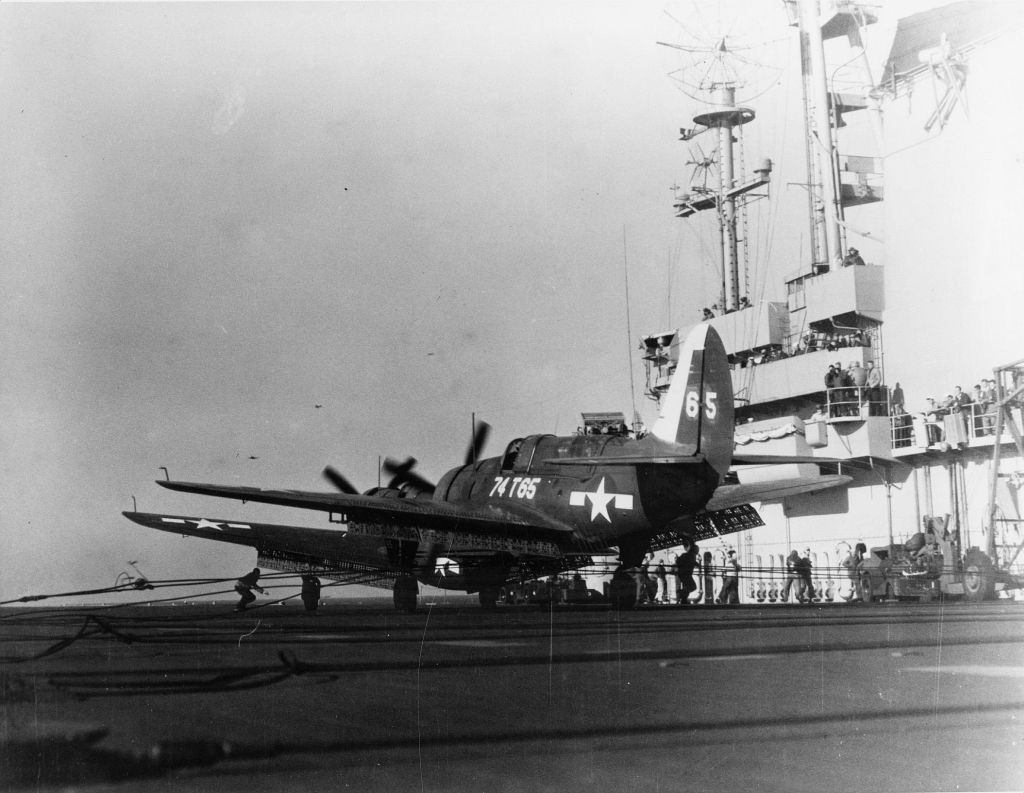

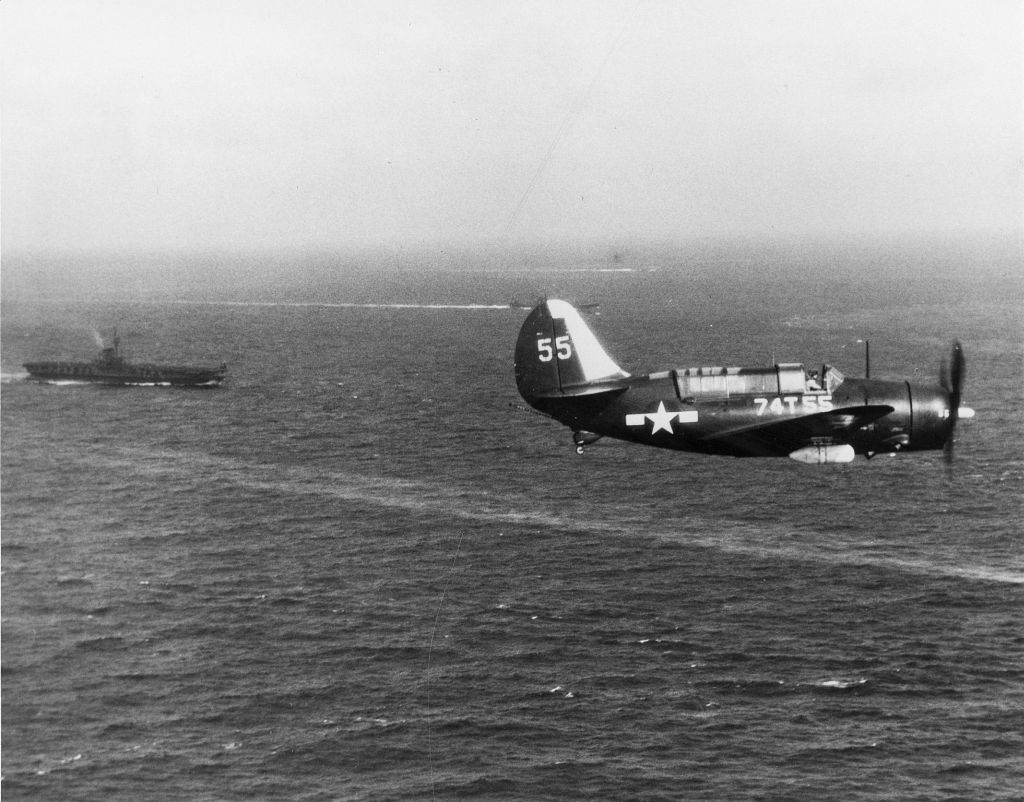
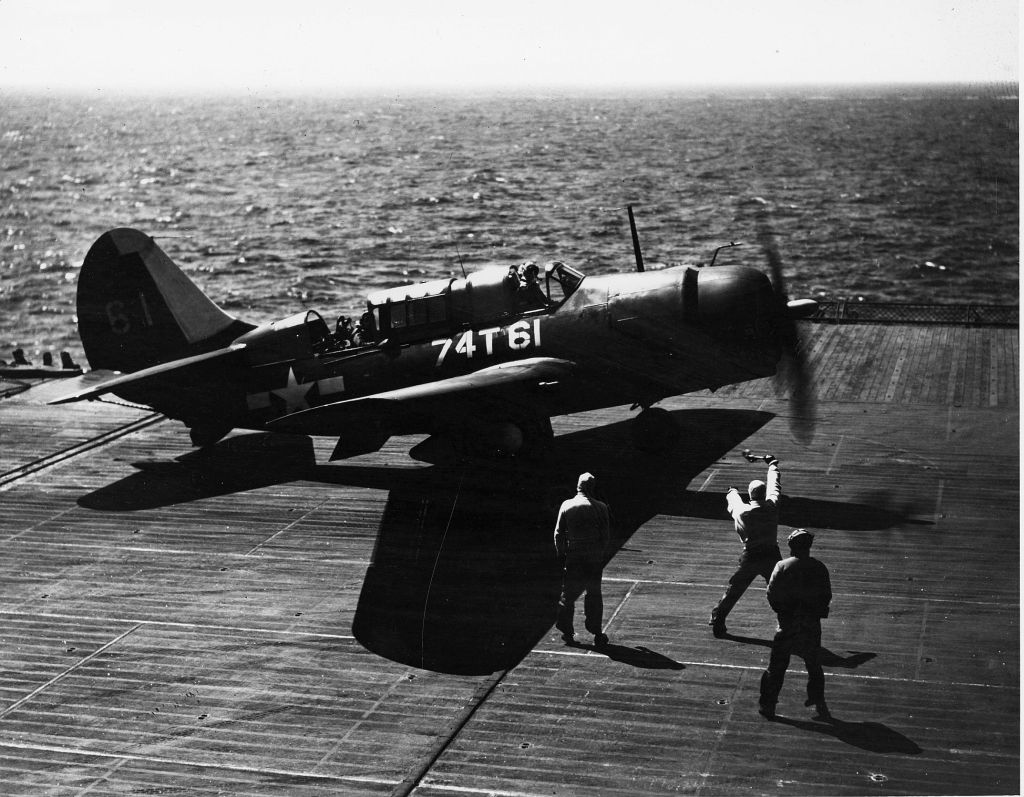
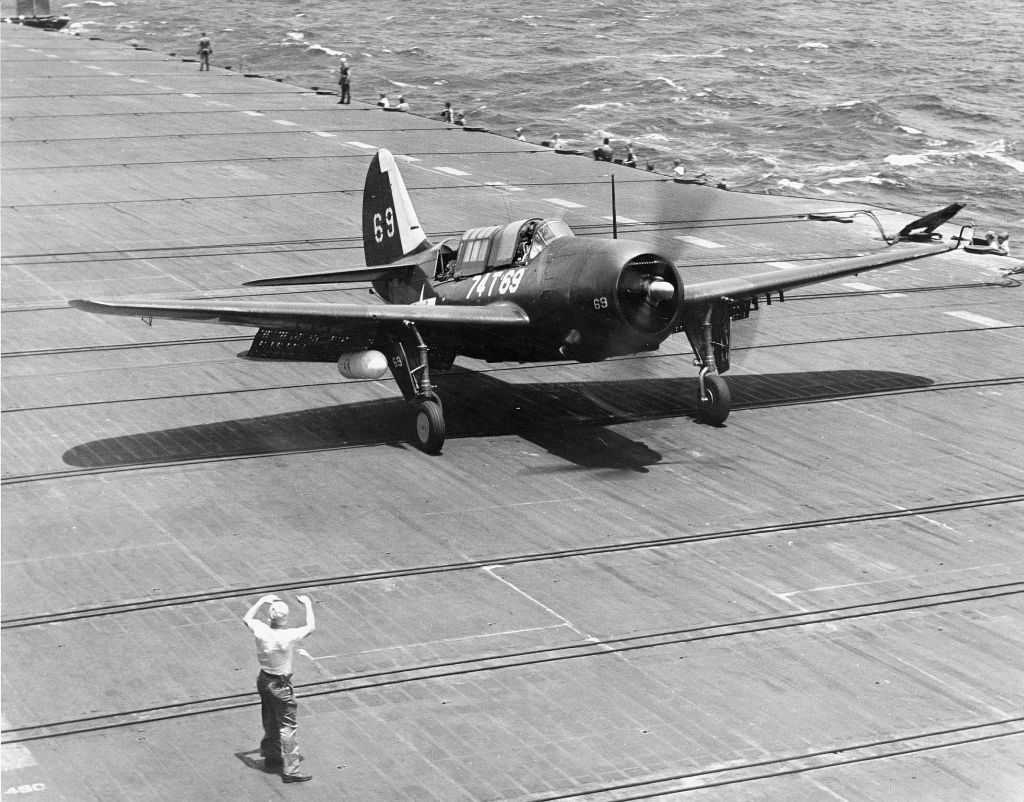
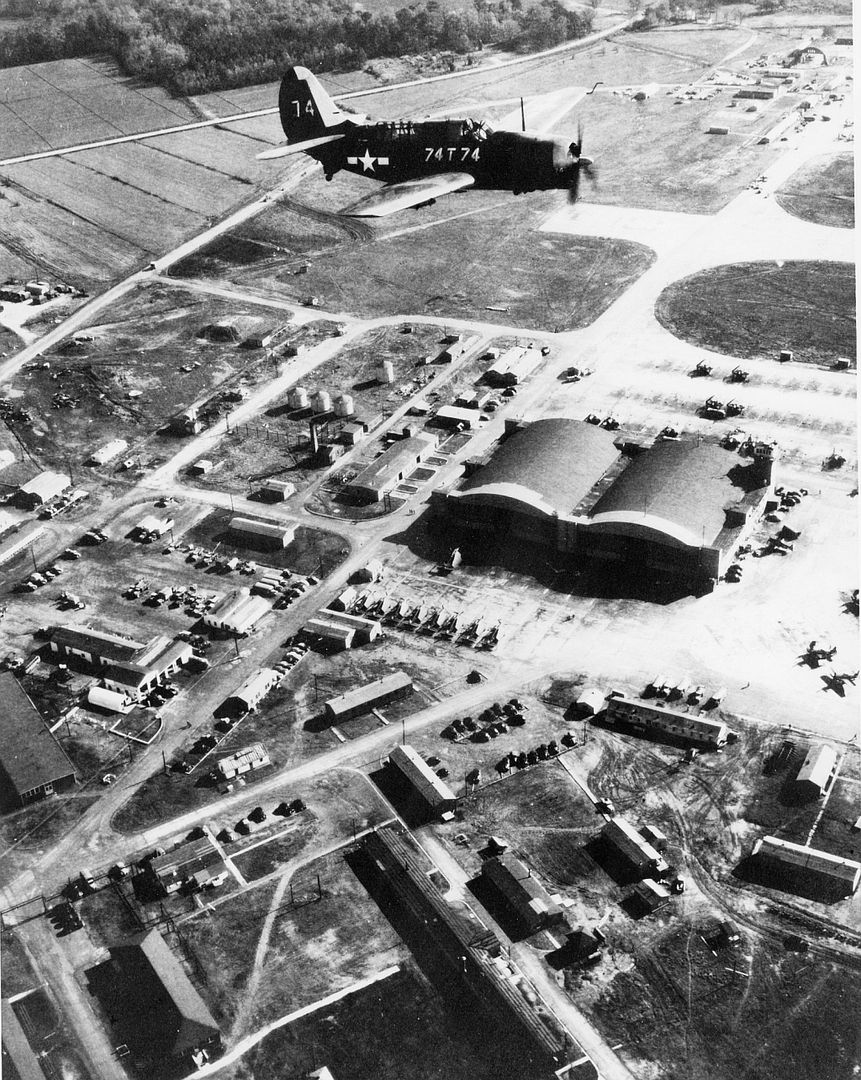

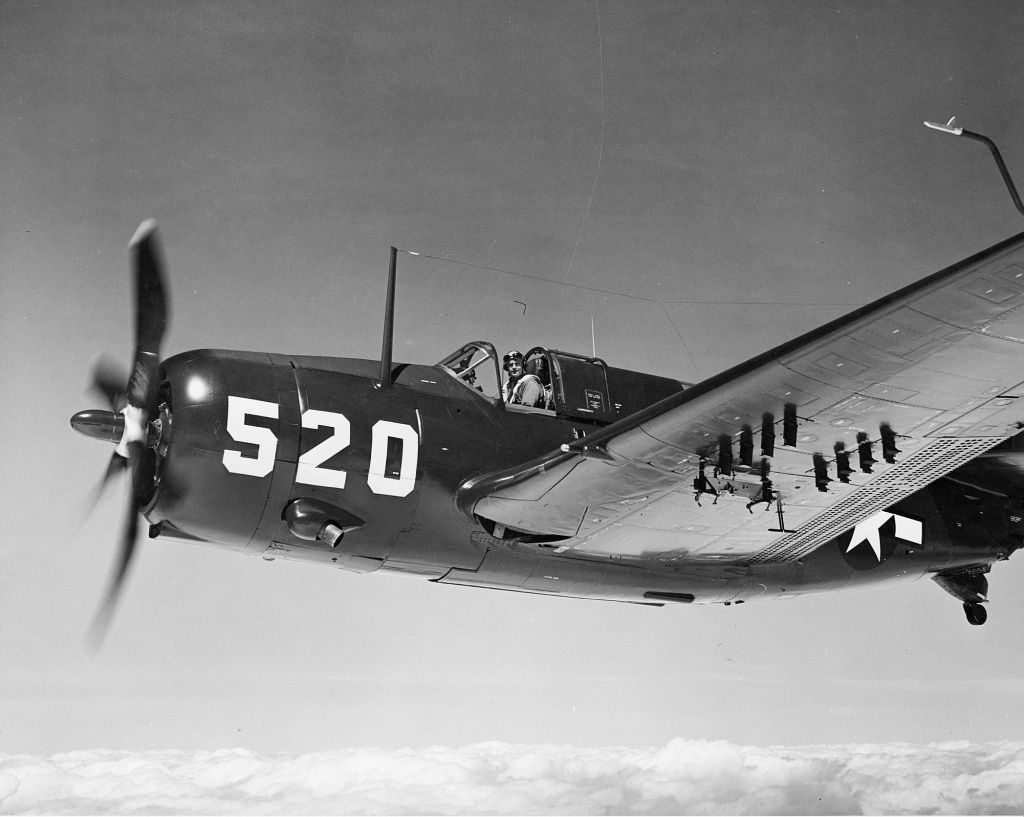
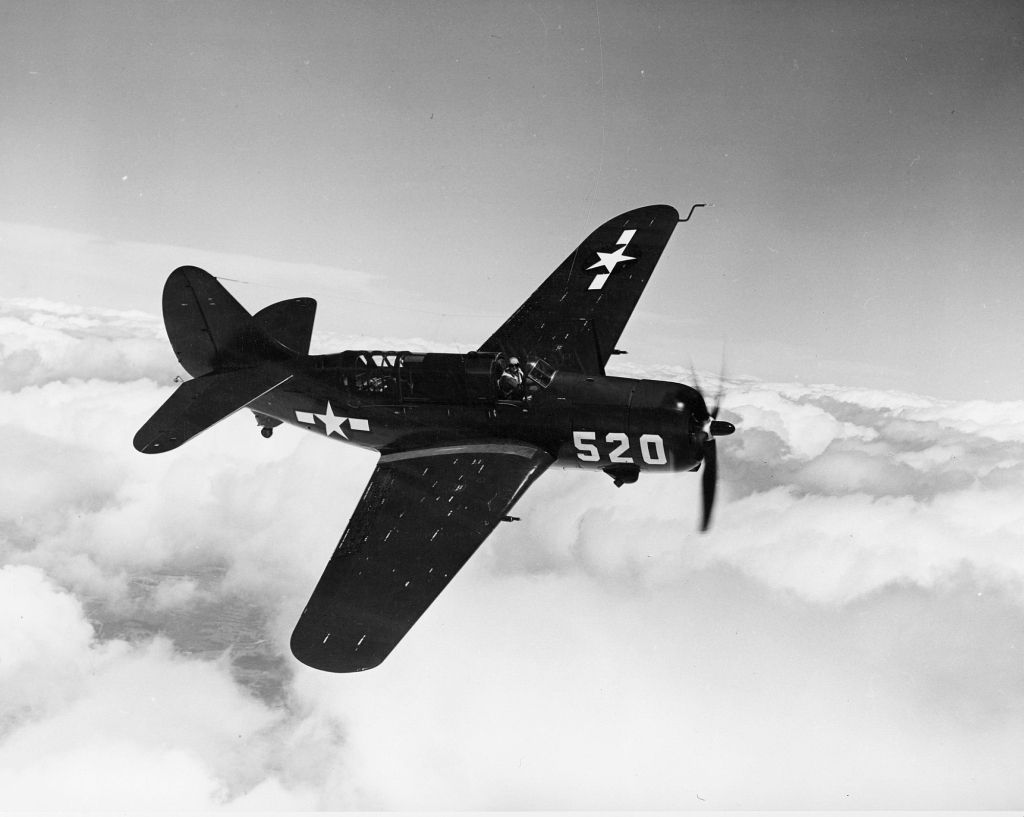

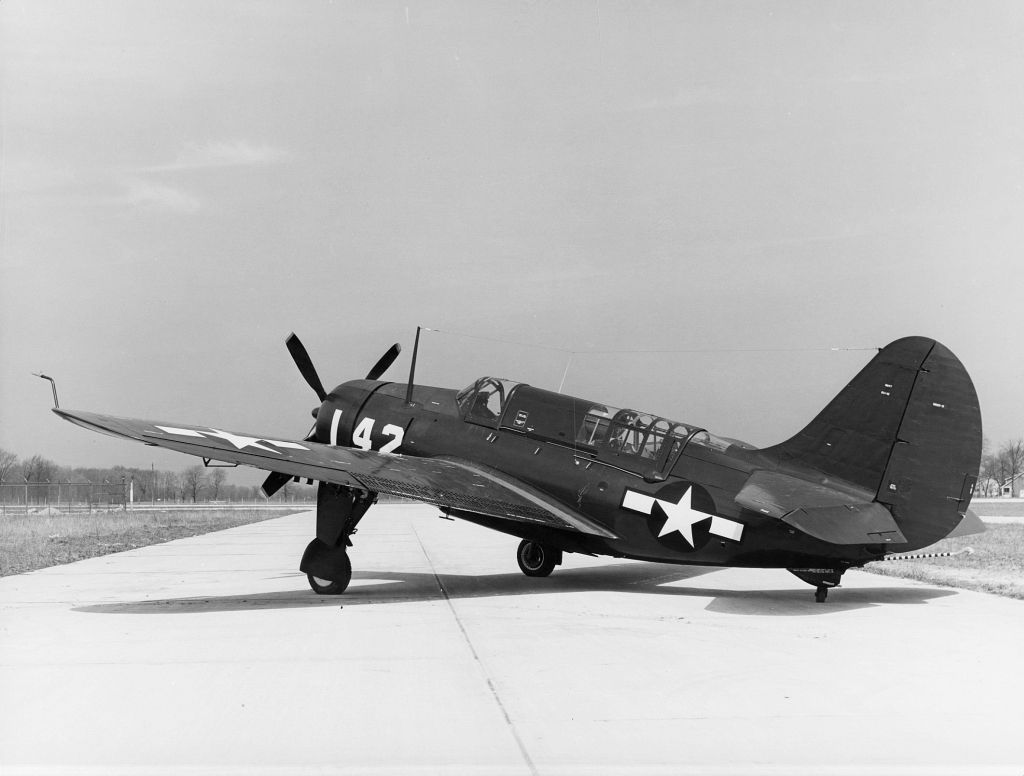
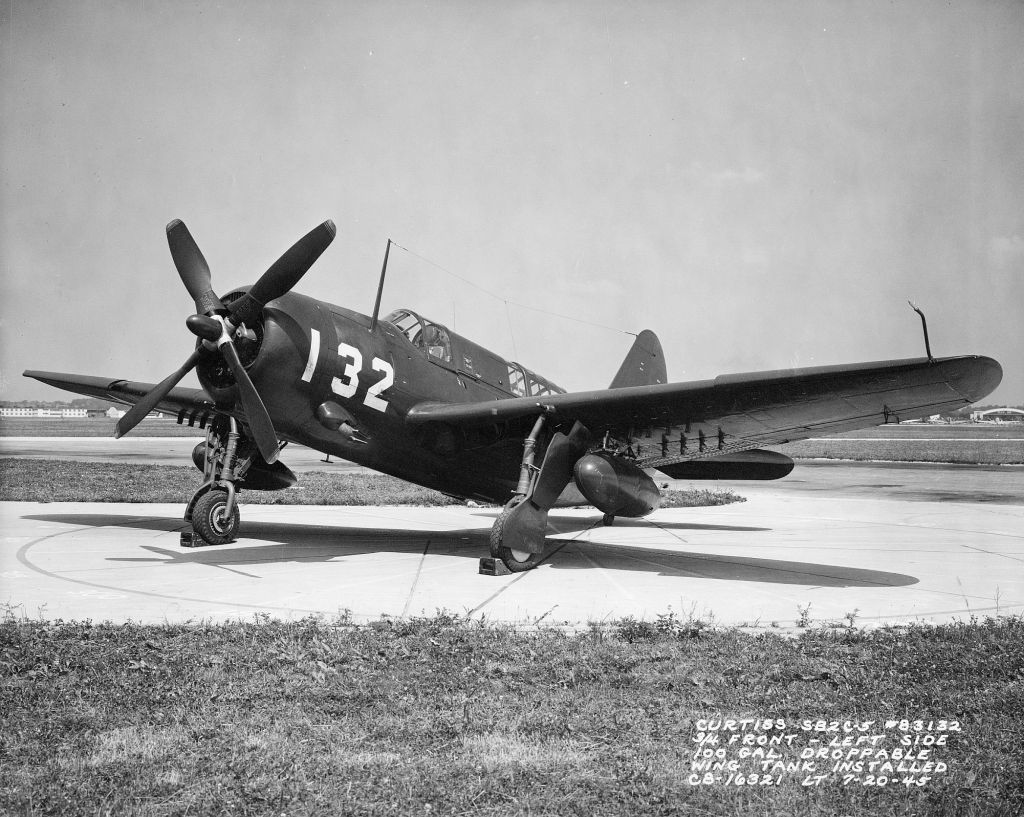
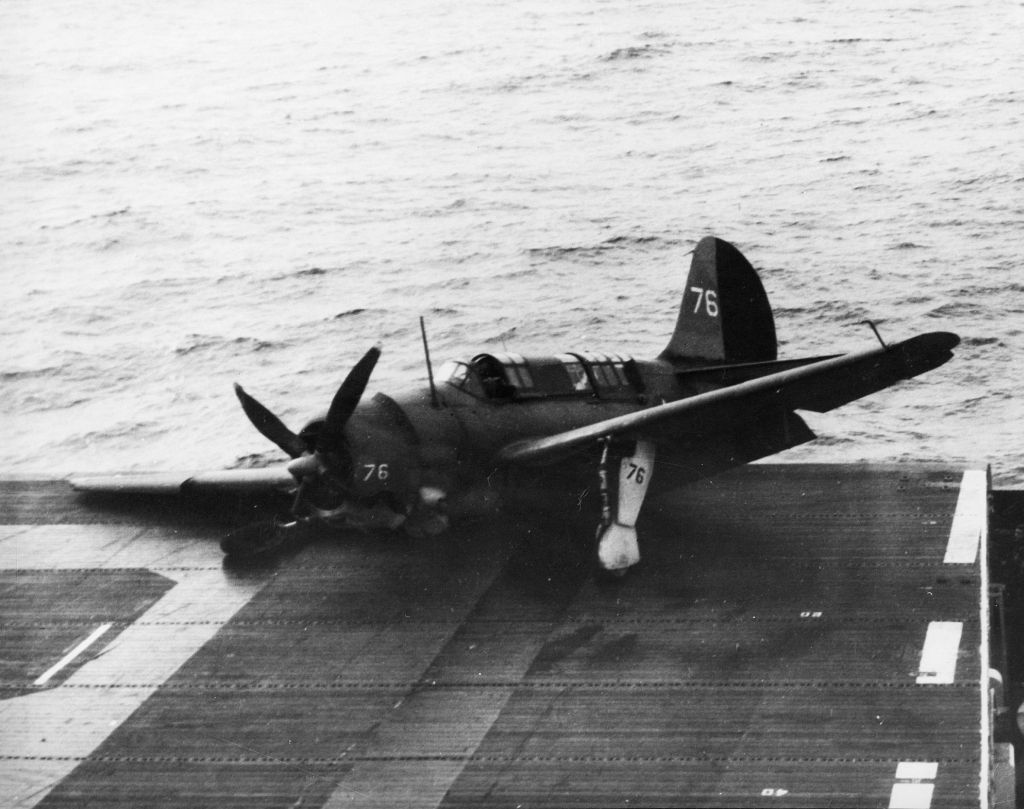
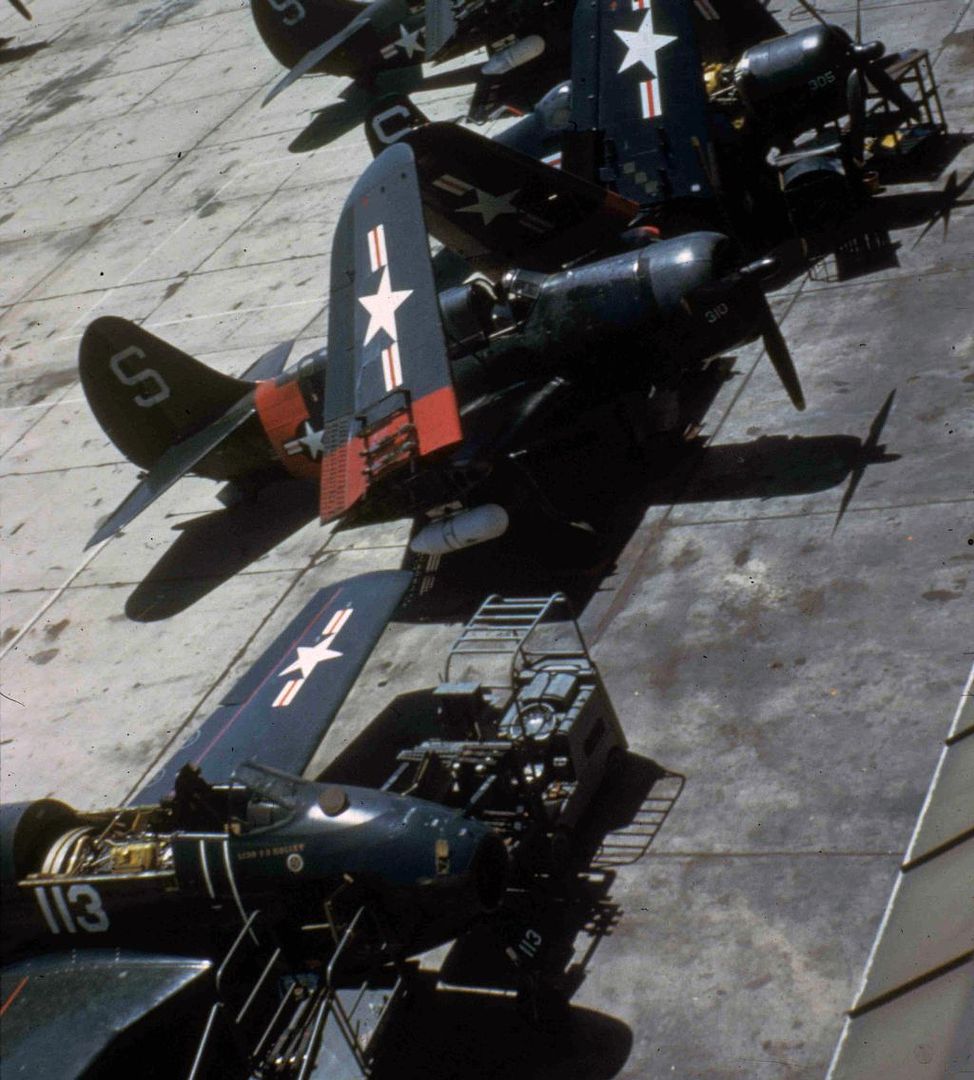

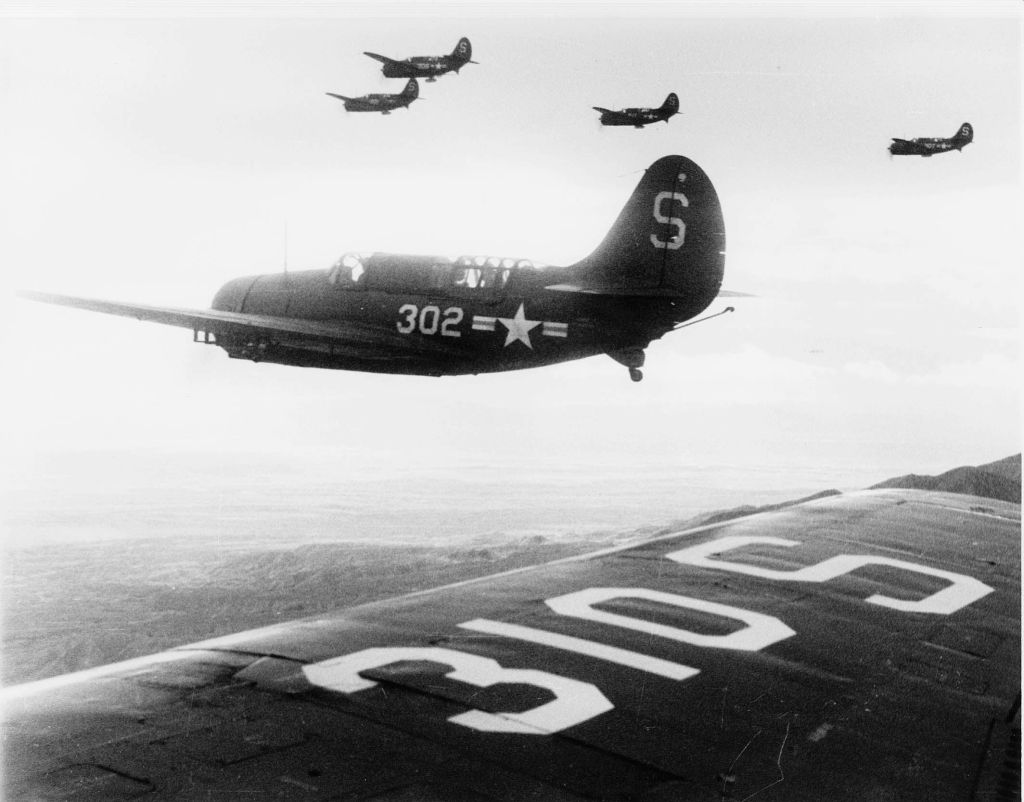
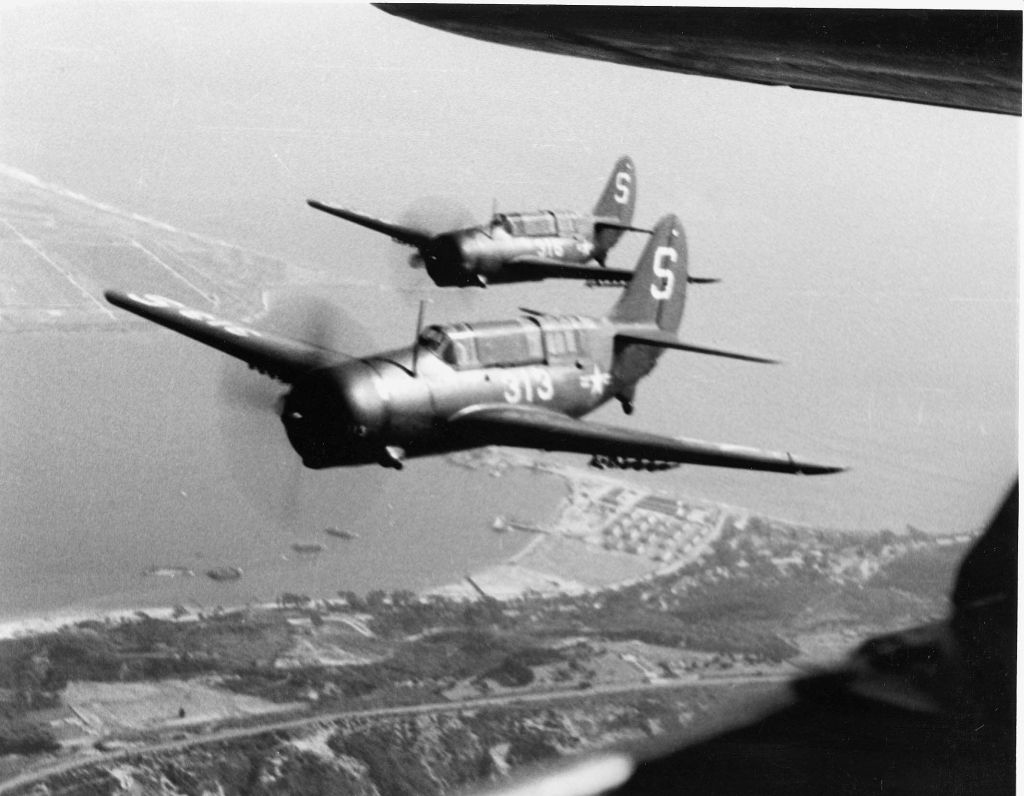
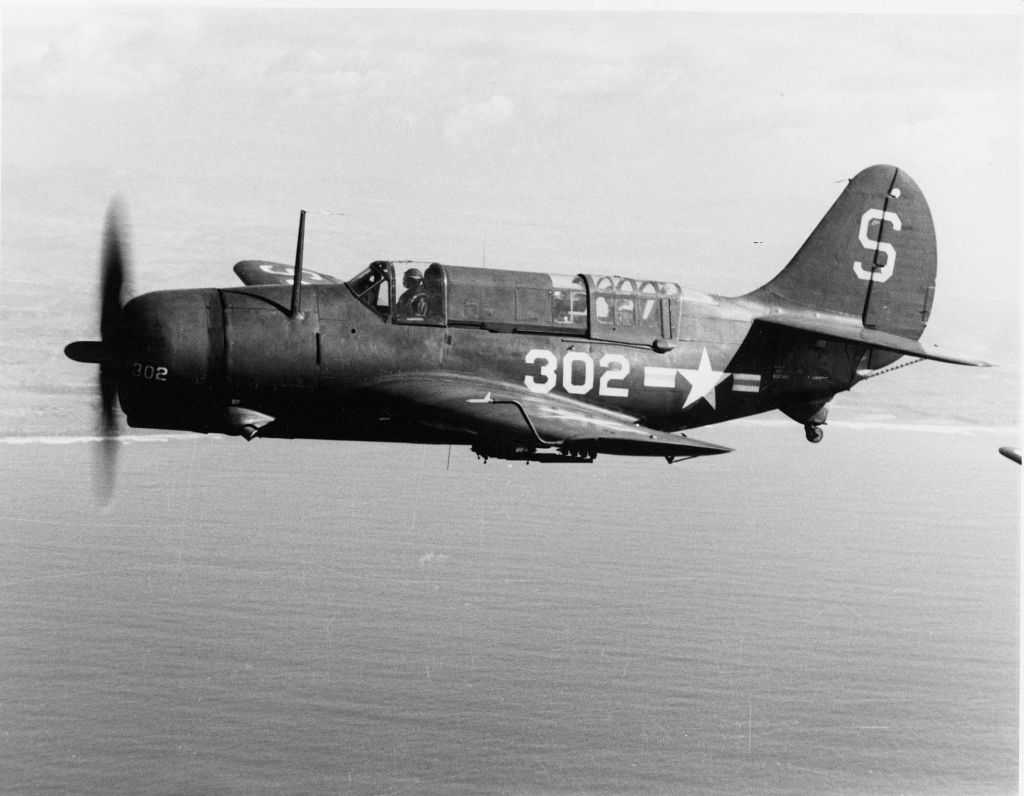
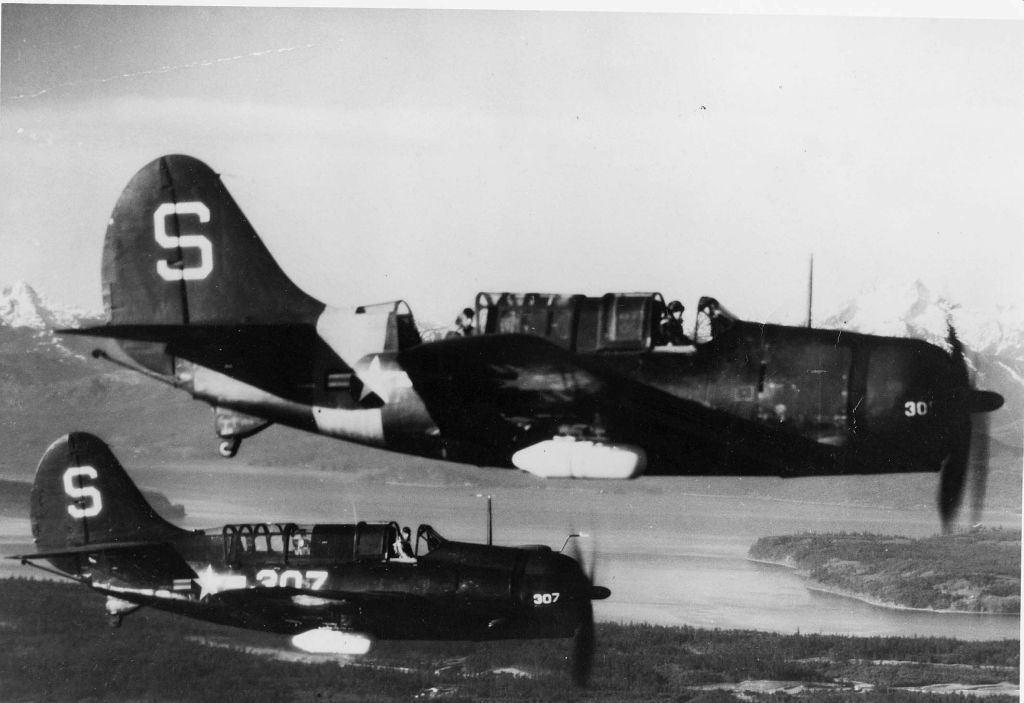

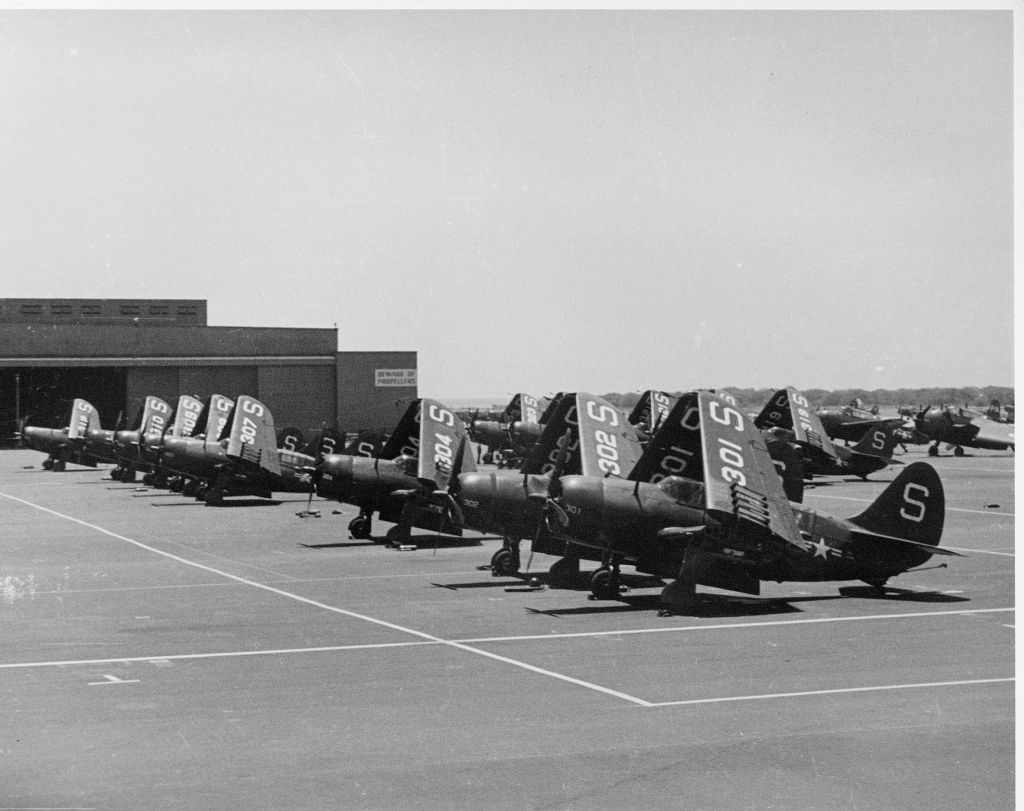

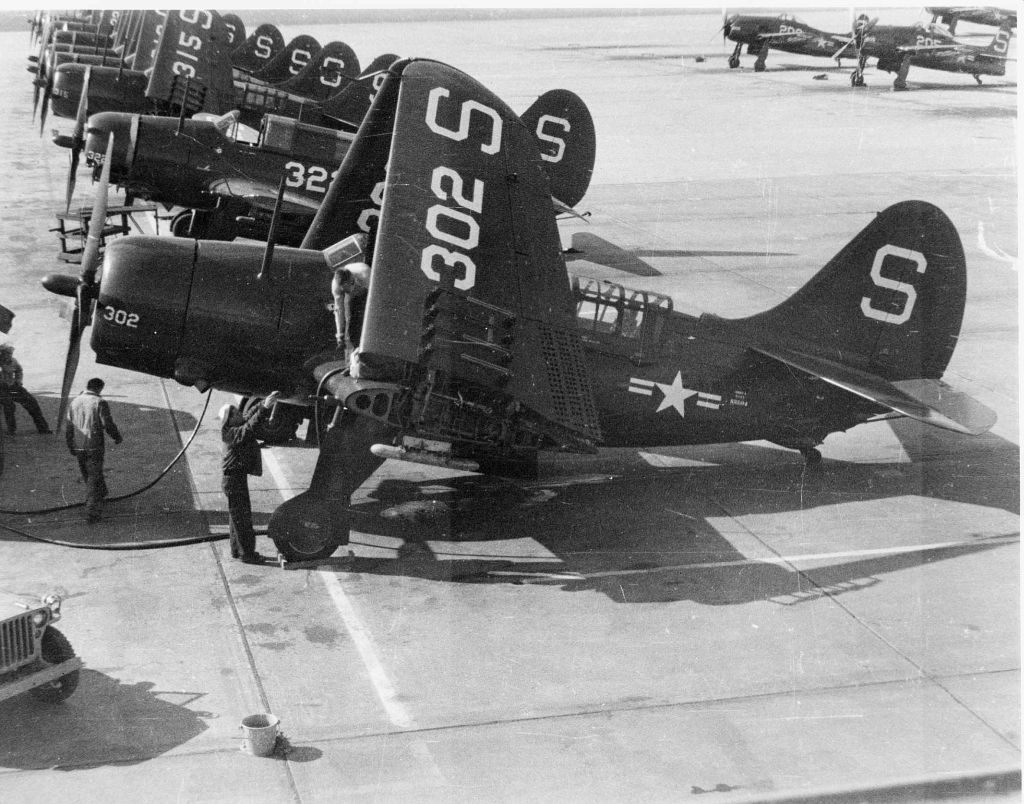
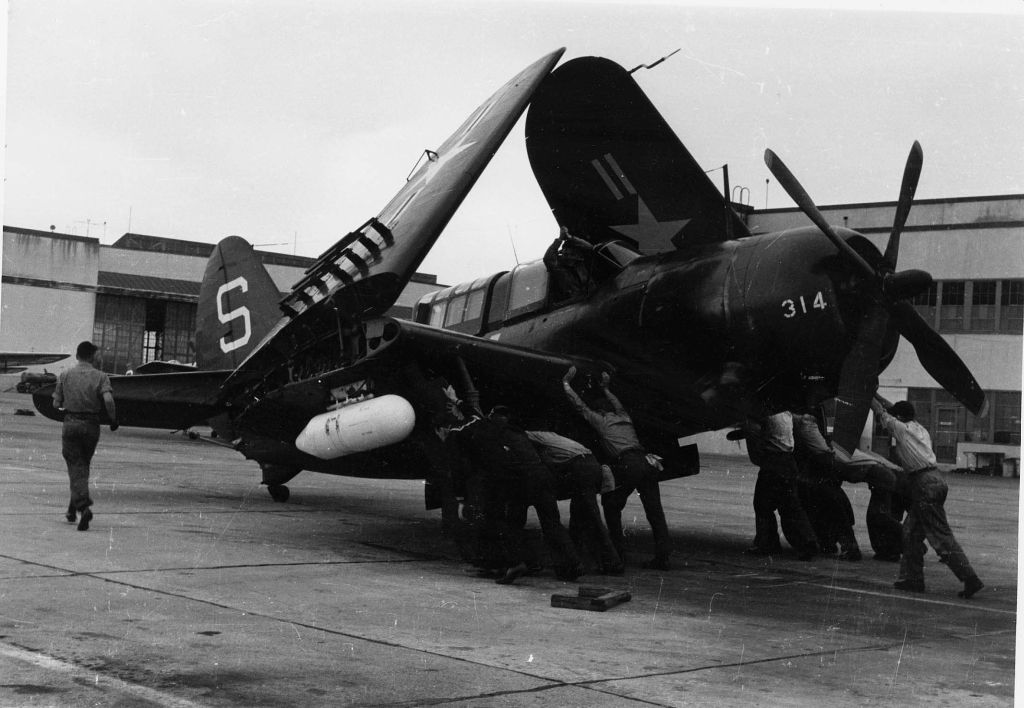
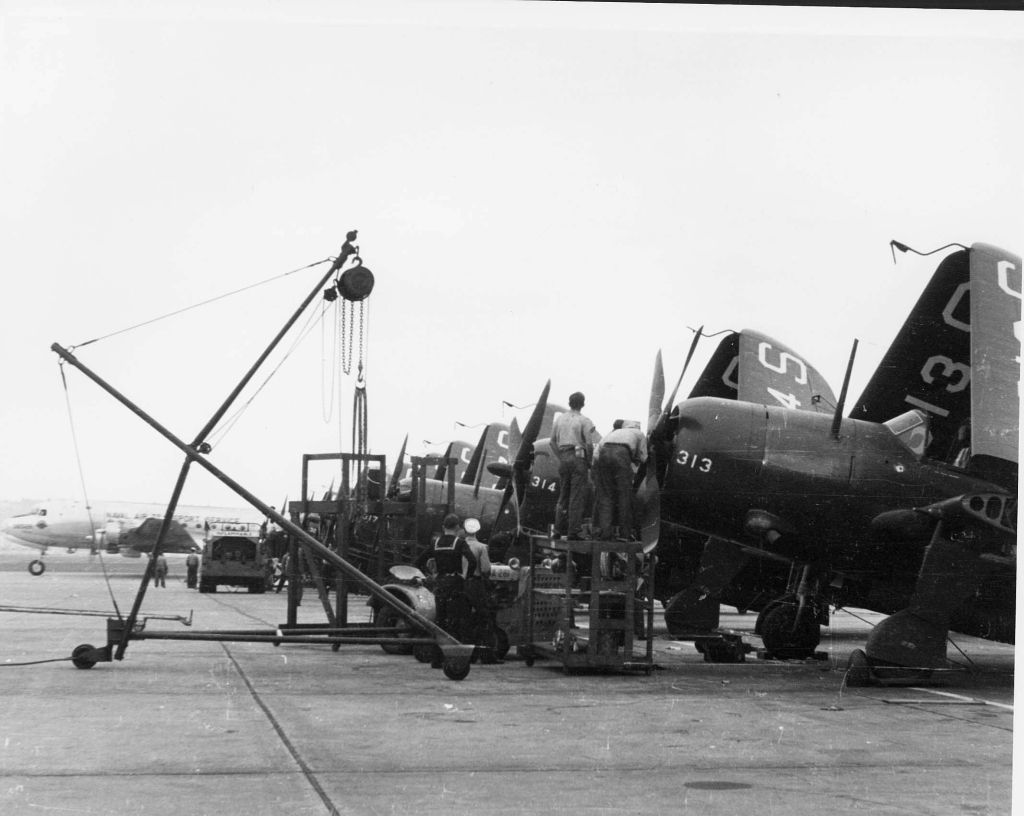
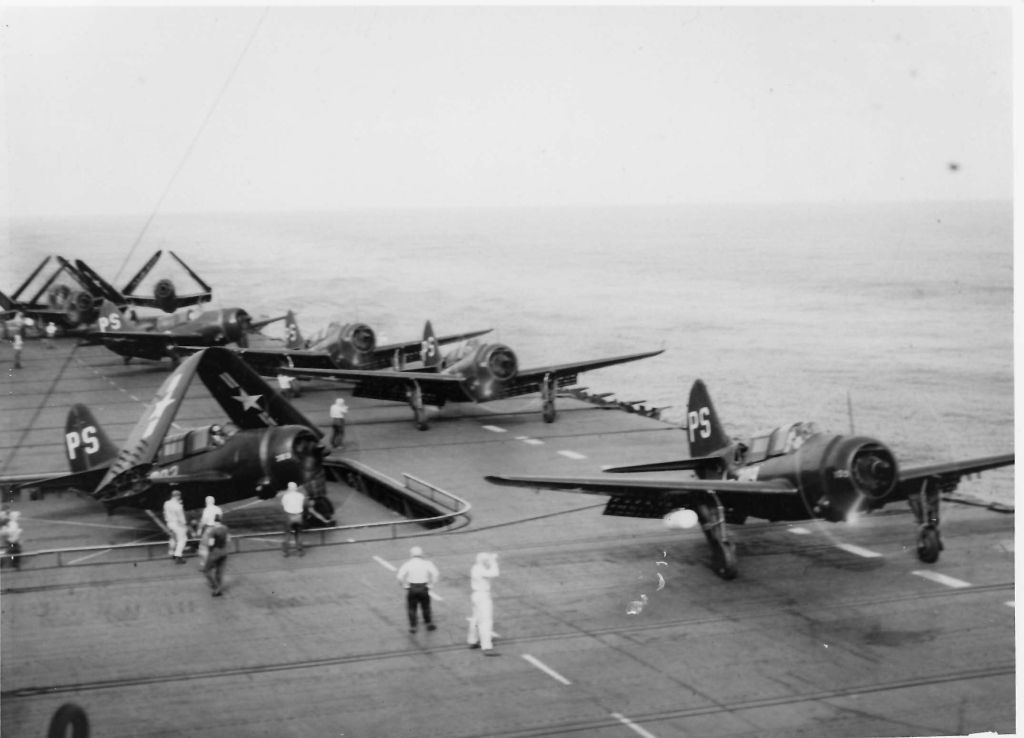
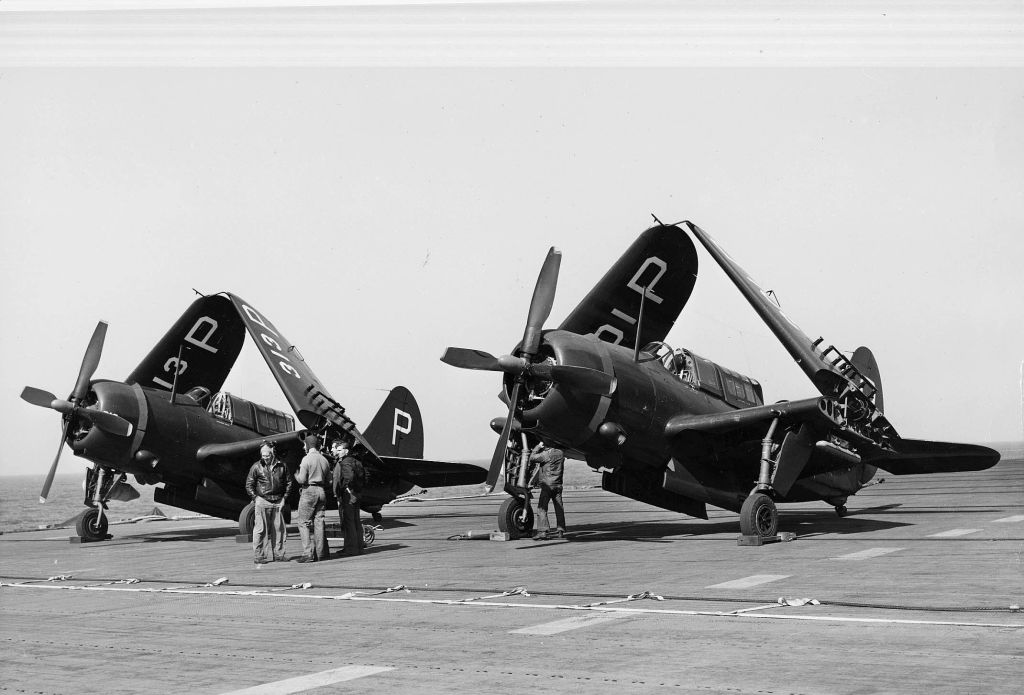

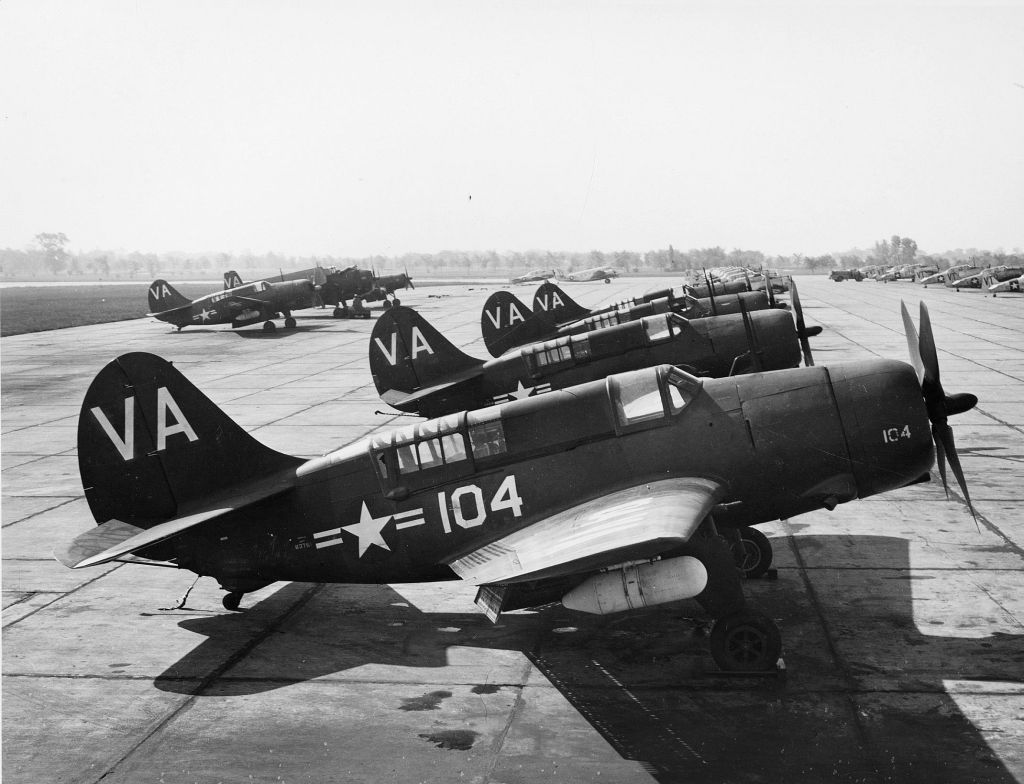
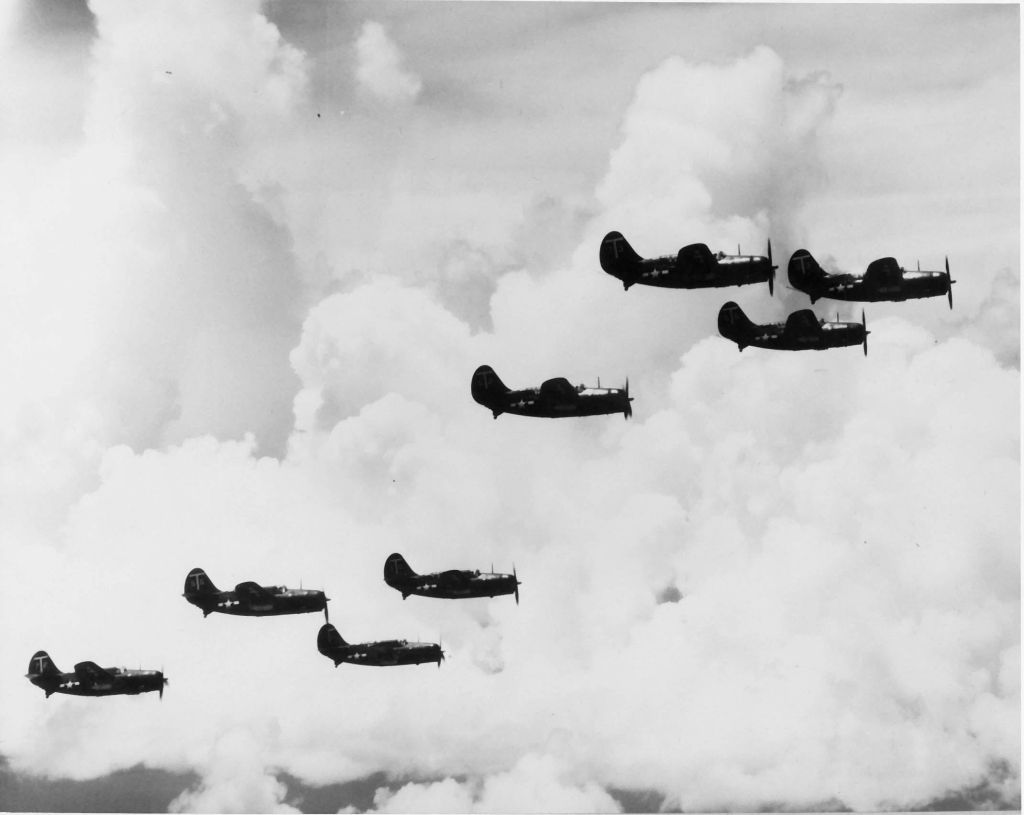

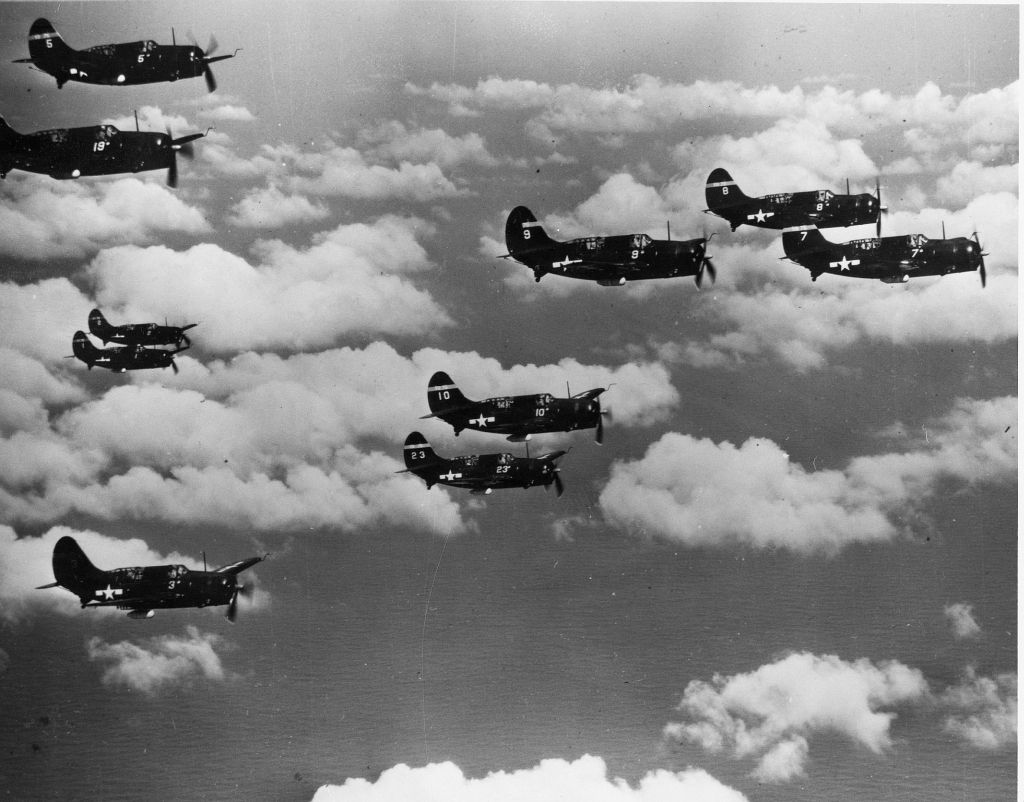
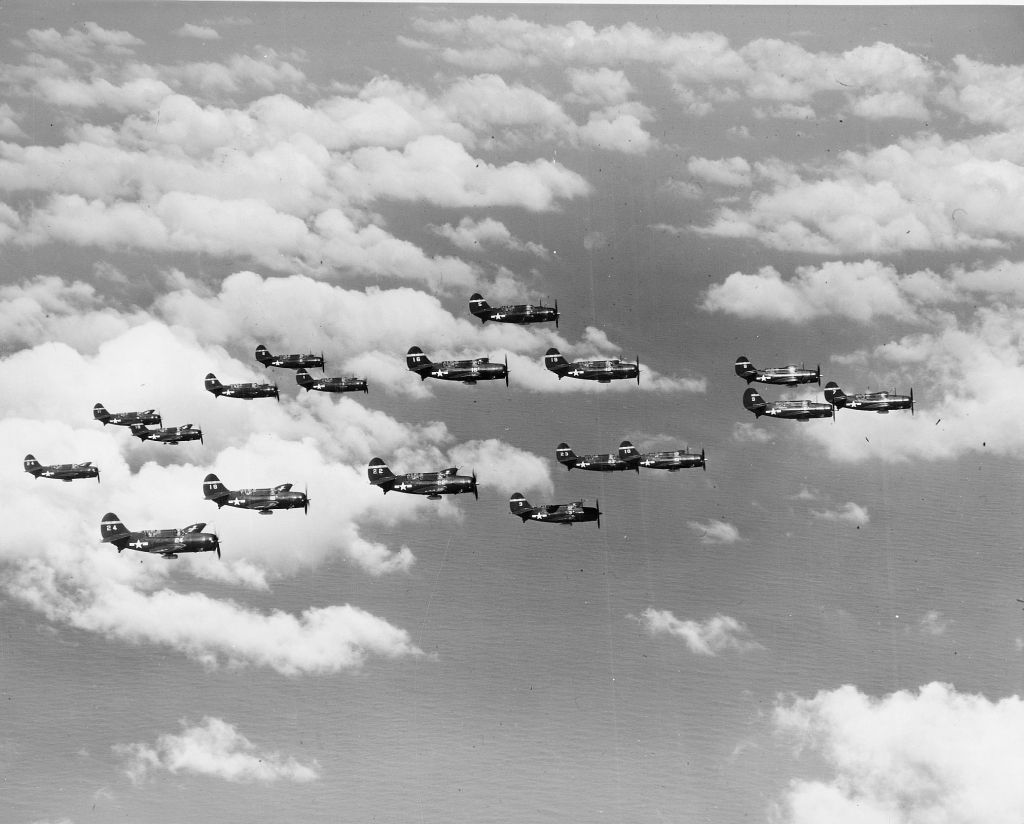
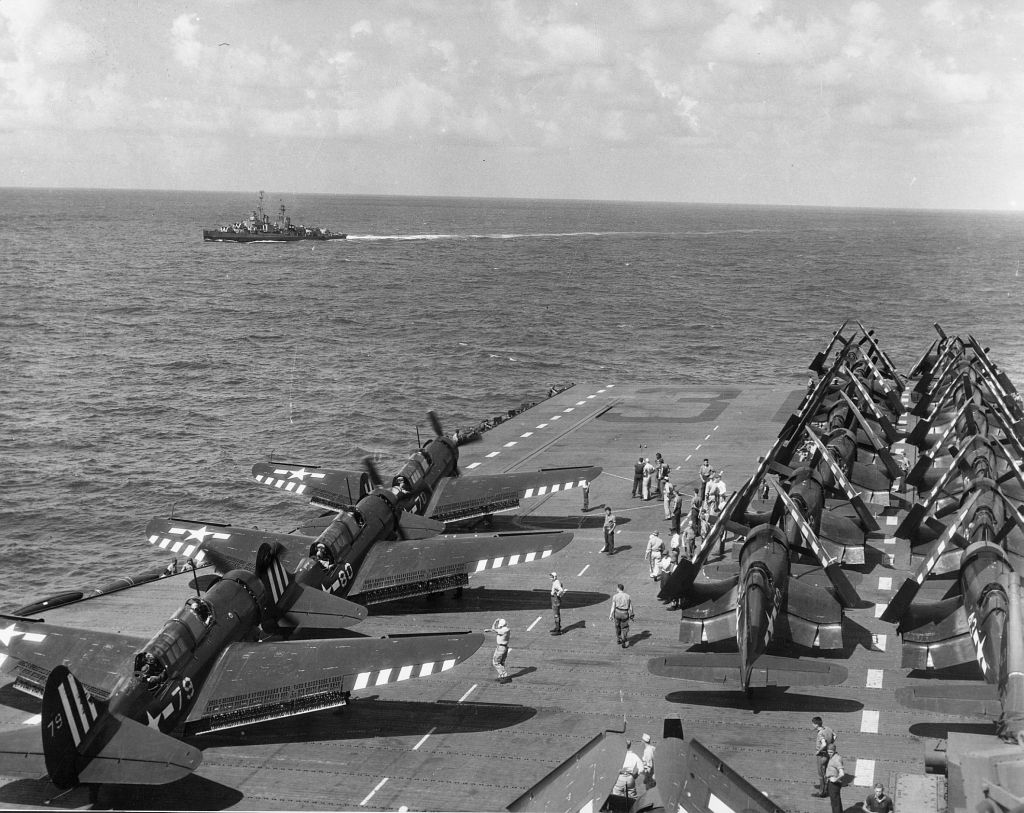
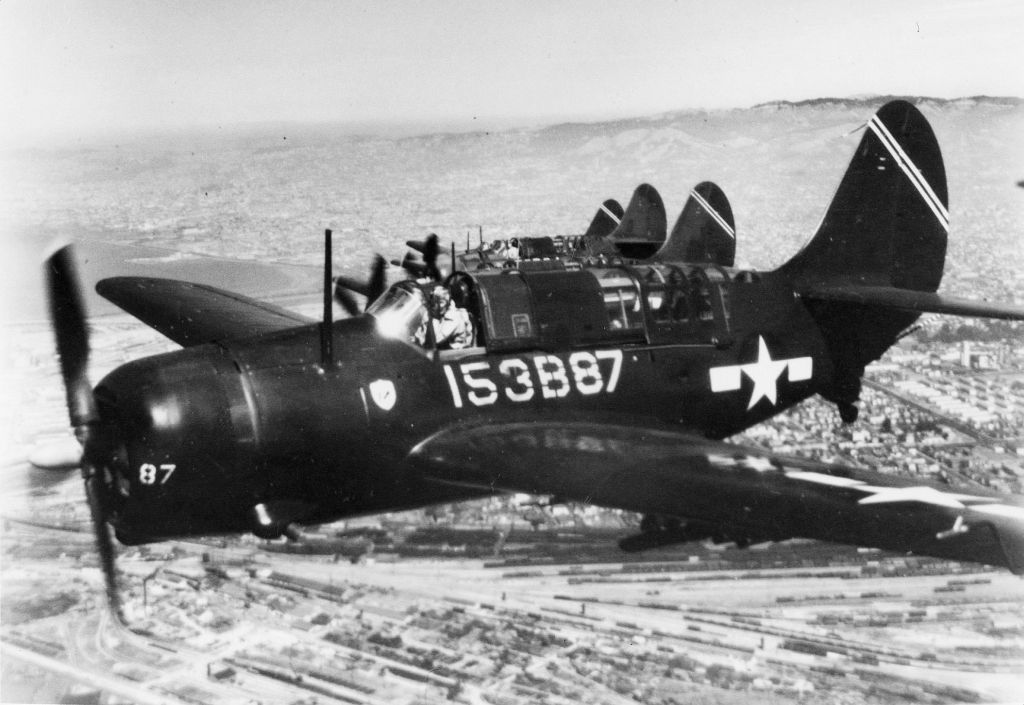
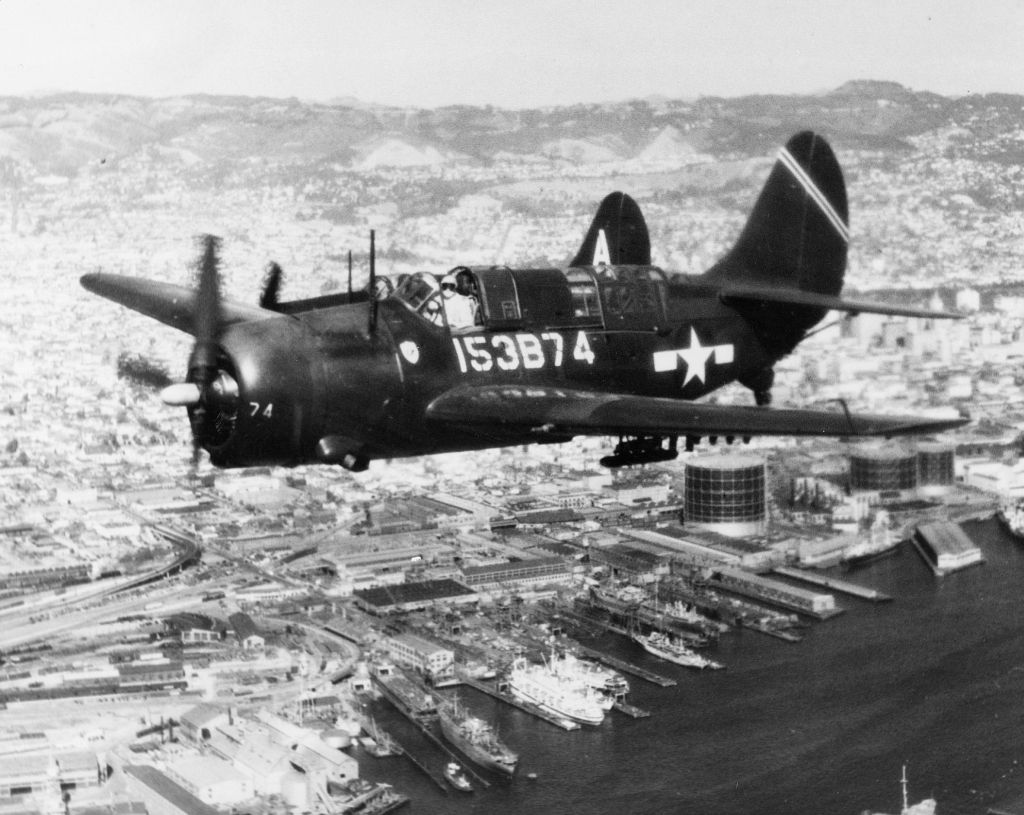


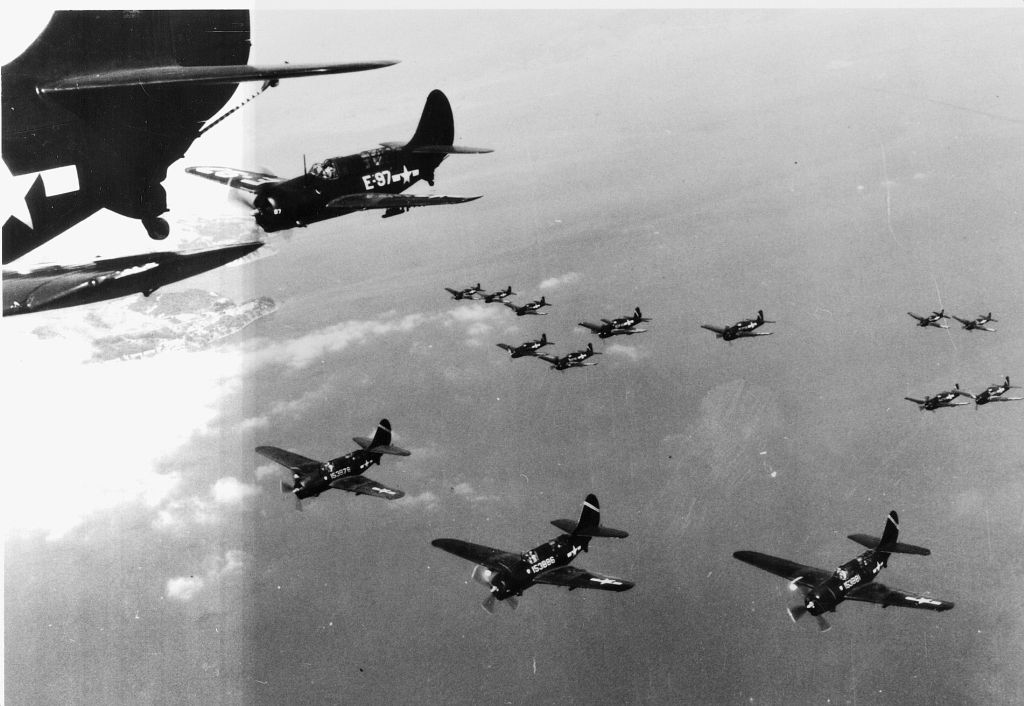


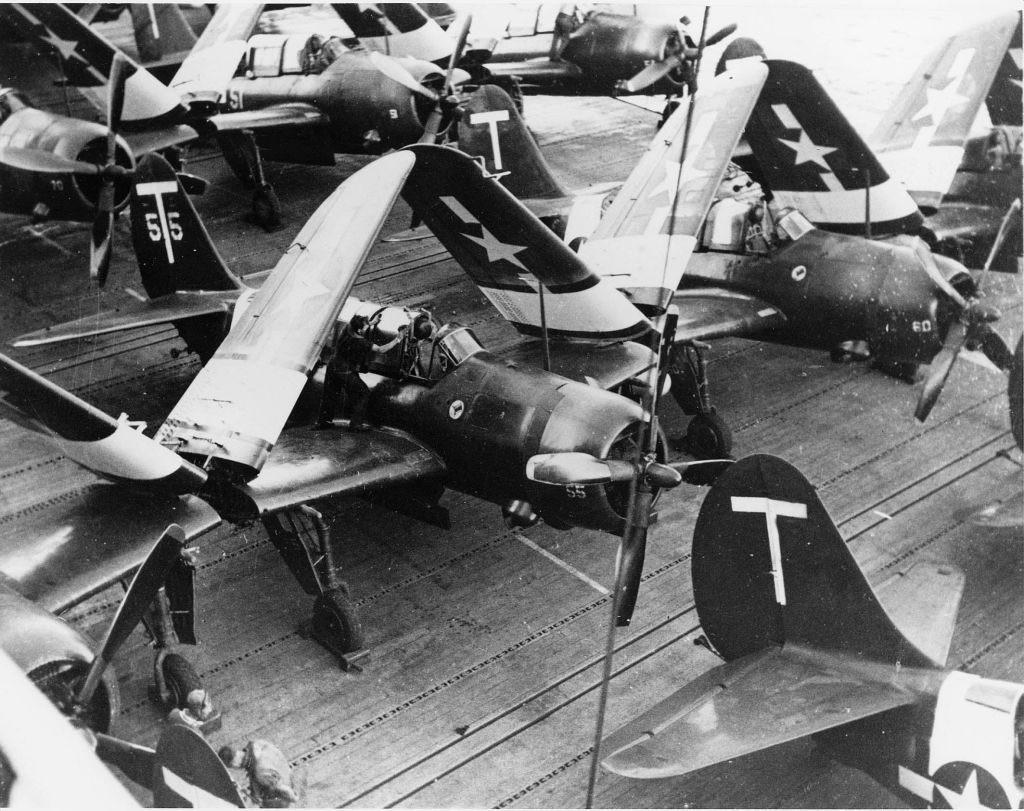
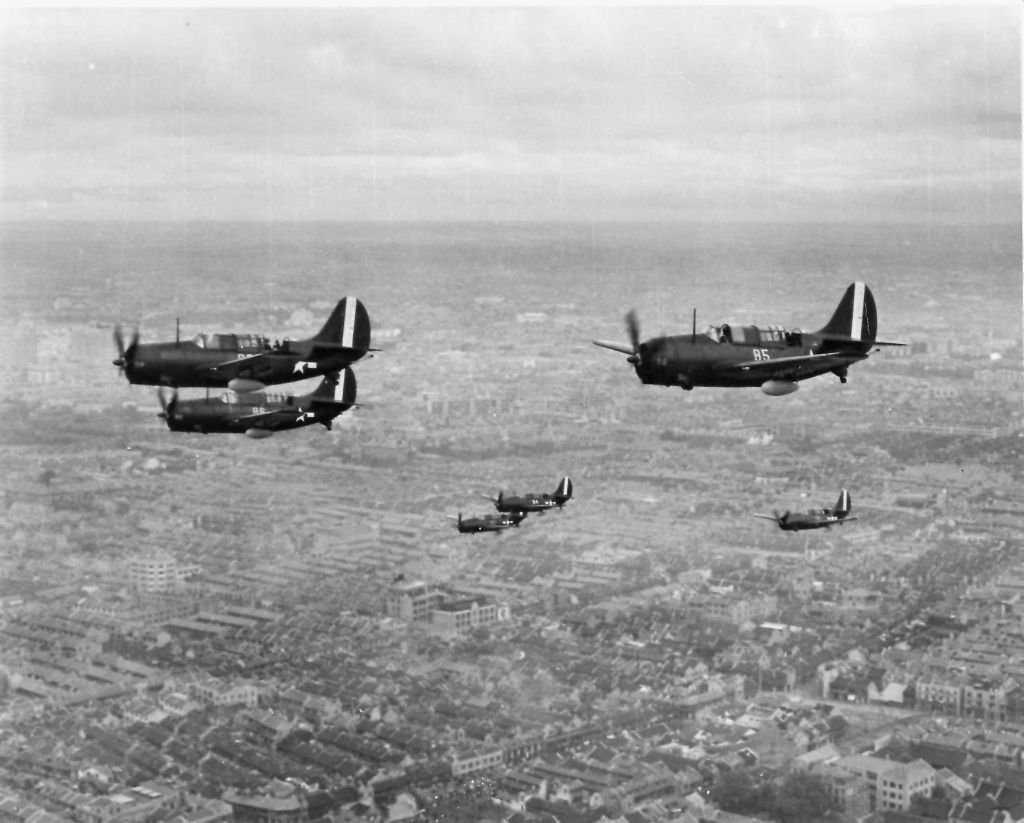
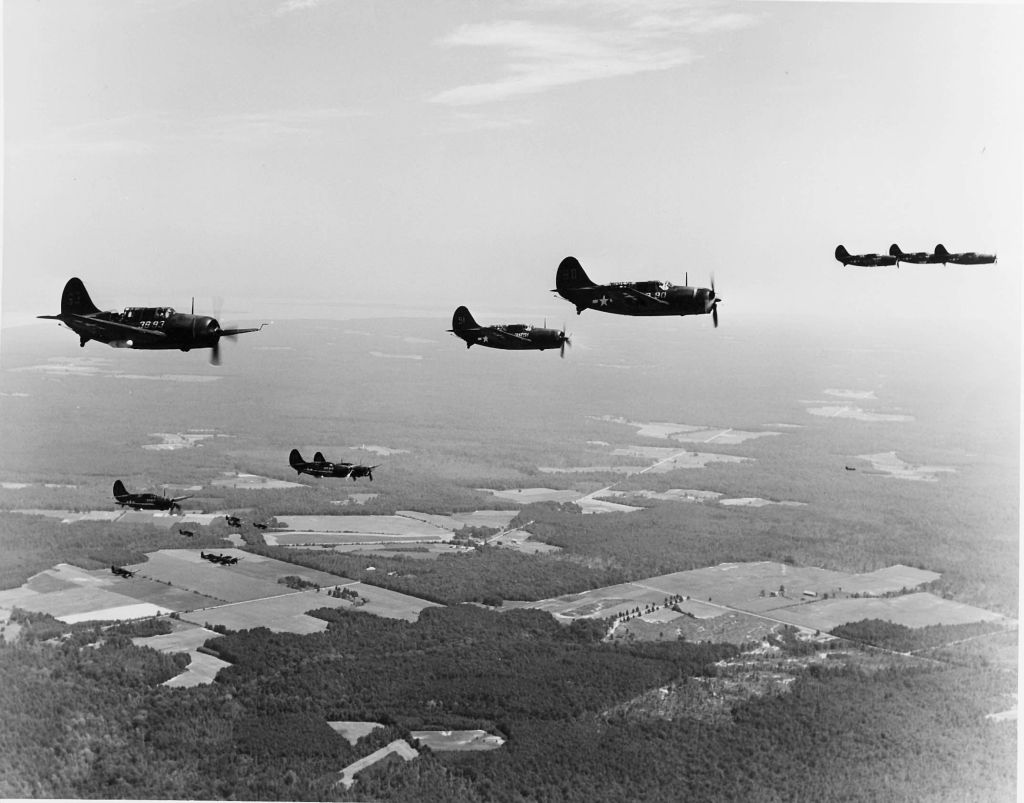
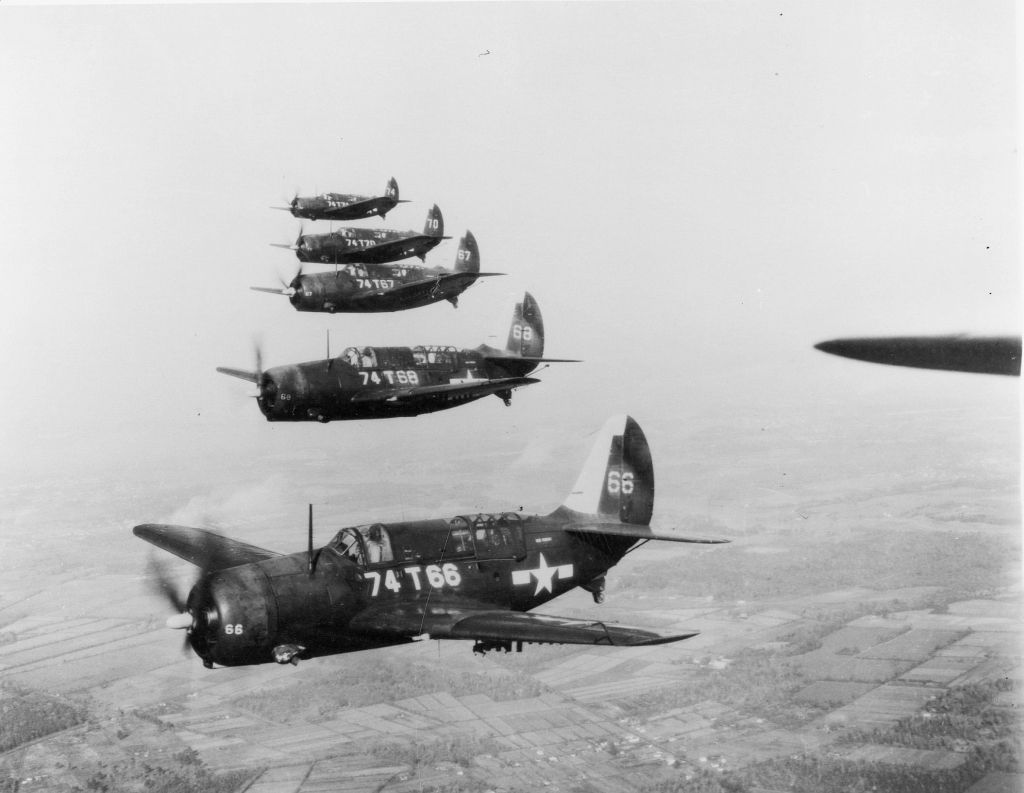
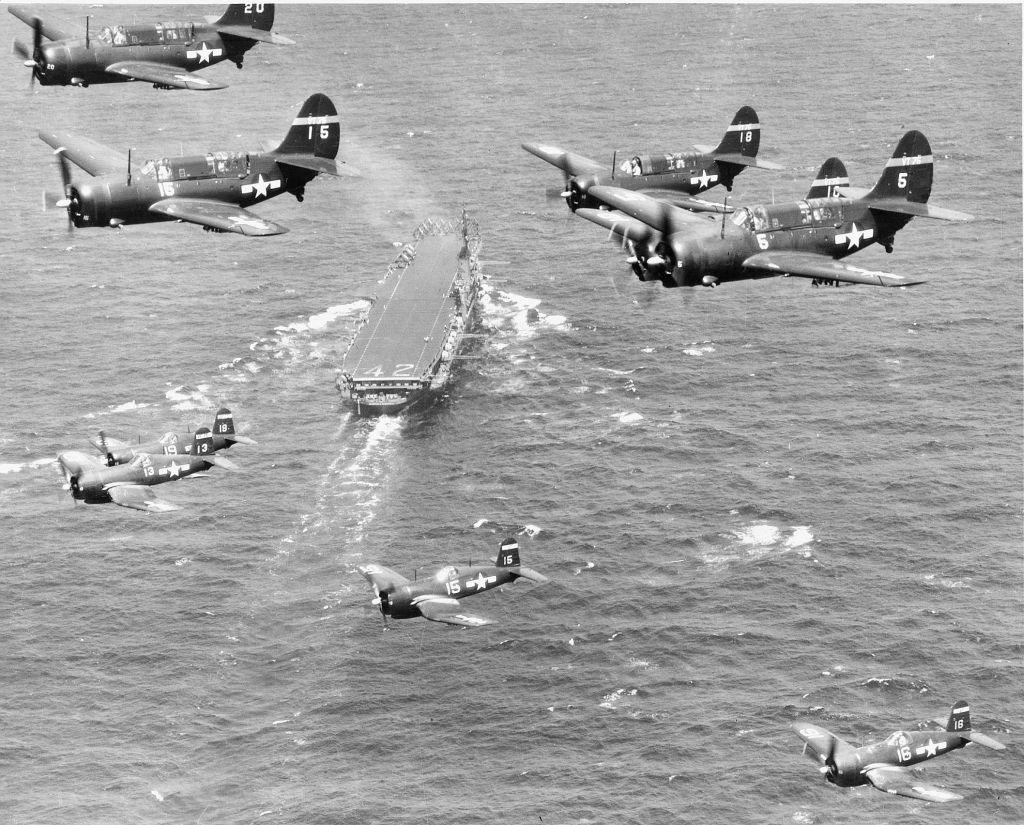
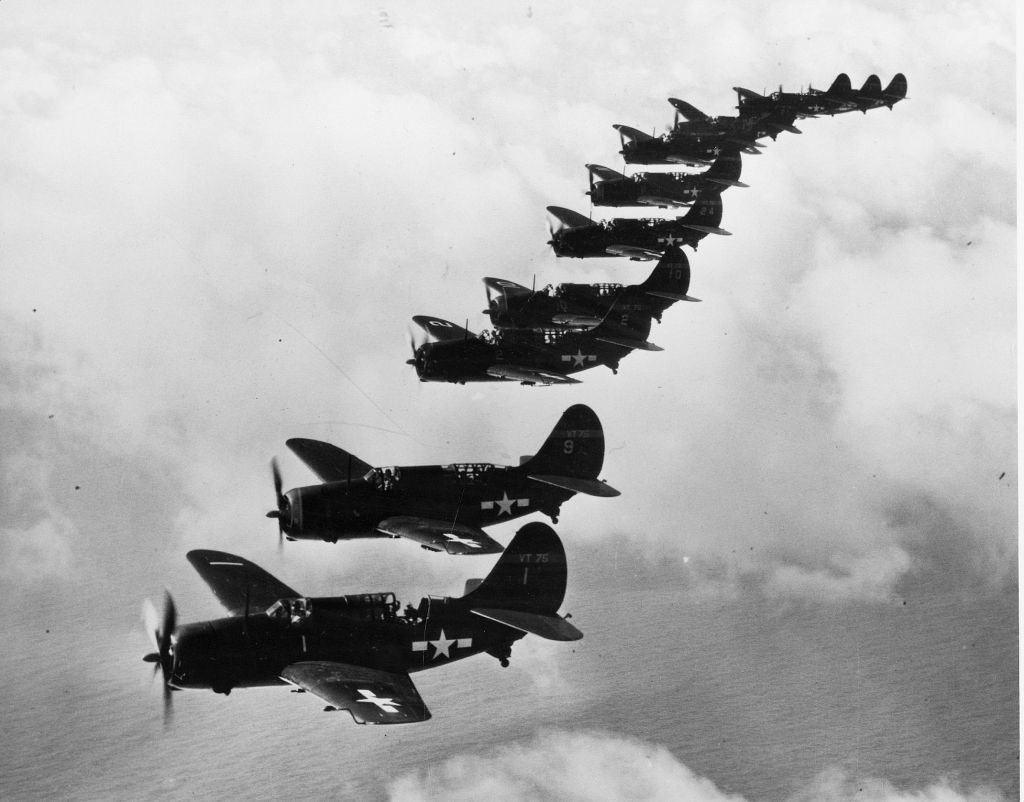
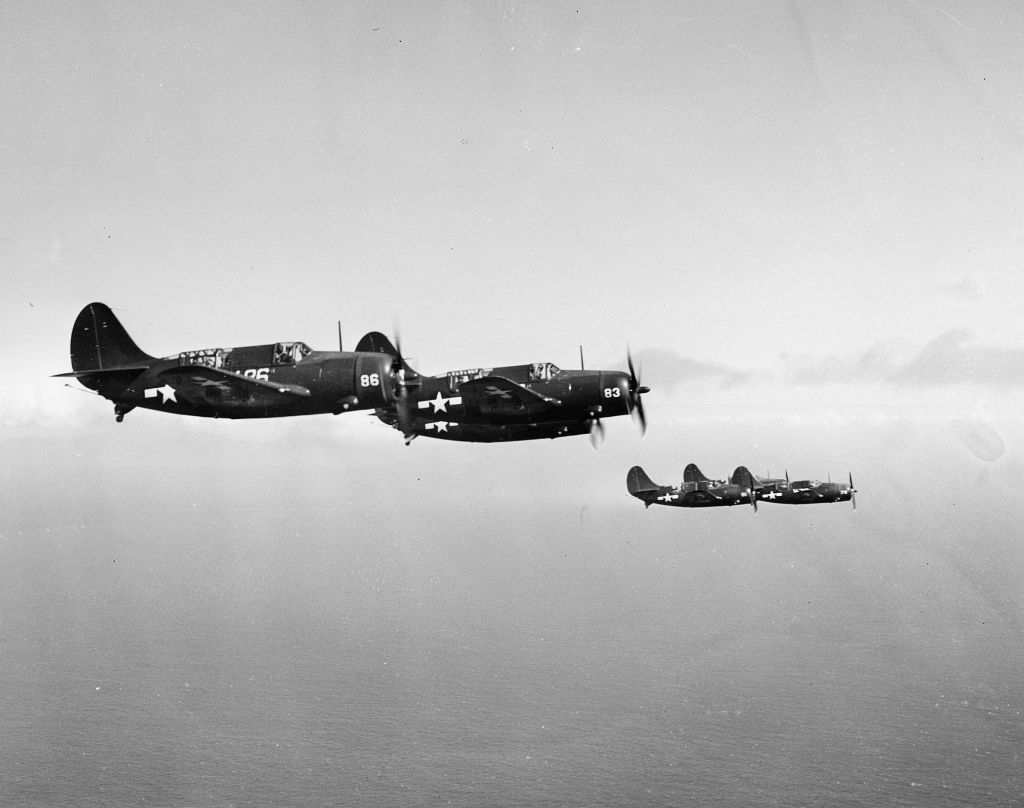
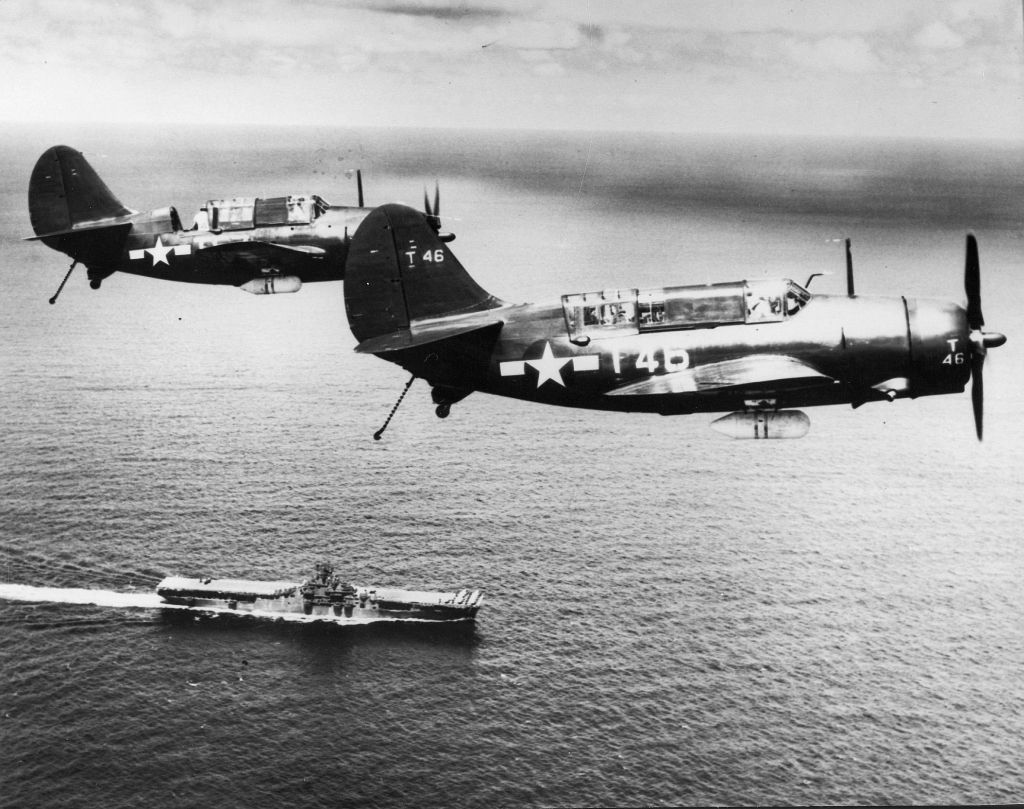
-
12 years agoWed Mar 28 2012, 11:42pm
 Main AdminTwo SB2C-3s were completely rebuilt with a Pratt & Whitney R-2800-28 Double Wasp engine, providing 1,565 kW (2,100 HP), and a longer fuselage, to be redesignated "XSB2C-6", but that variant never entered production.
Main AdminTwo SB2C-3s were completely rebuilt with a Pratt & Whitney R-2800-28 Double Wasp engine, providing 1,565 kW (2,100 HP), and a longer fuselage, to be redesignated "XSB2C-6", but that variant never entered production.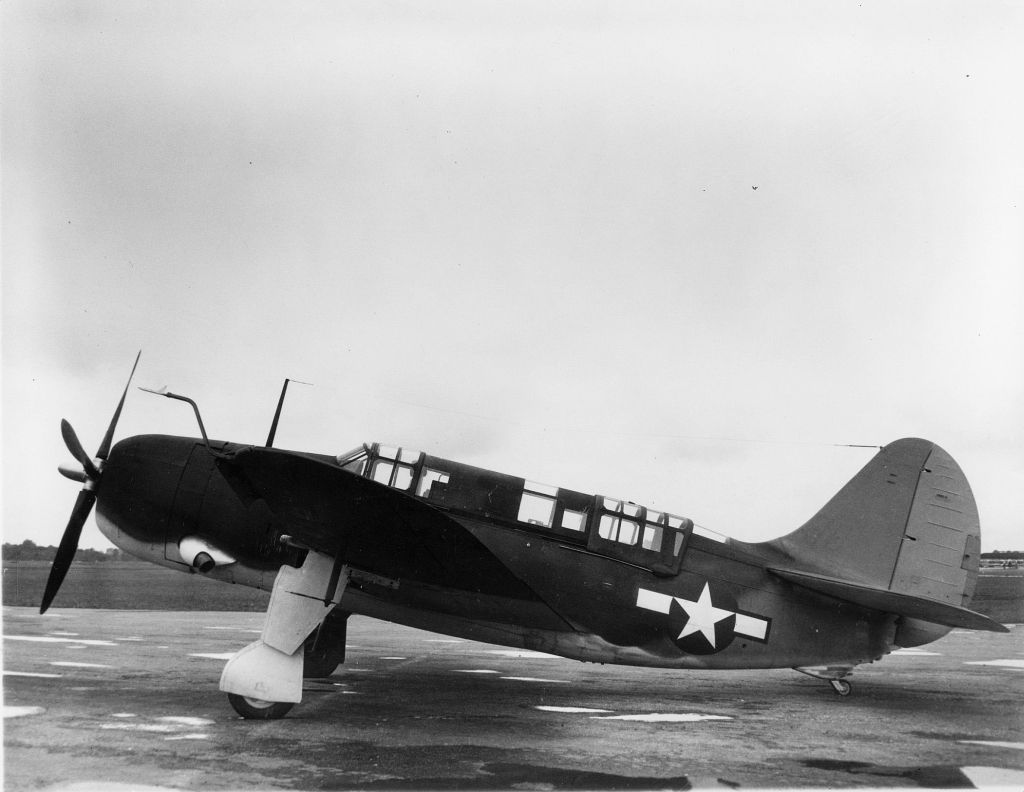
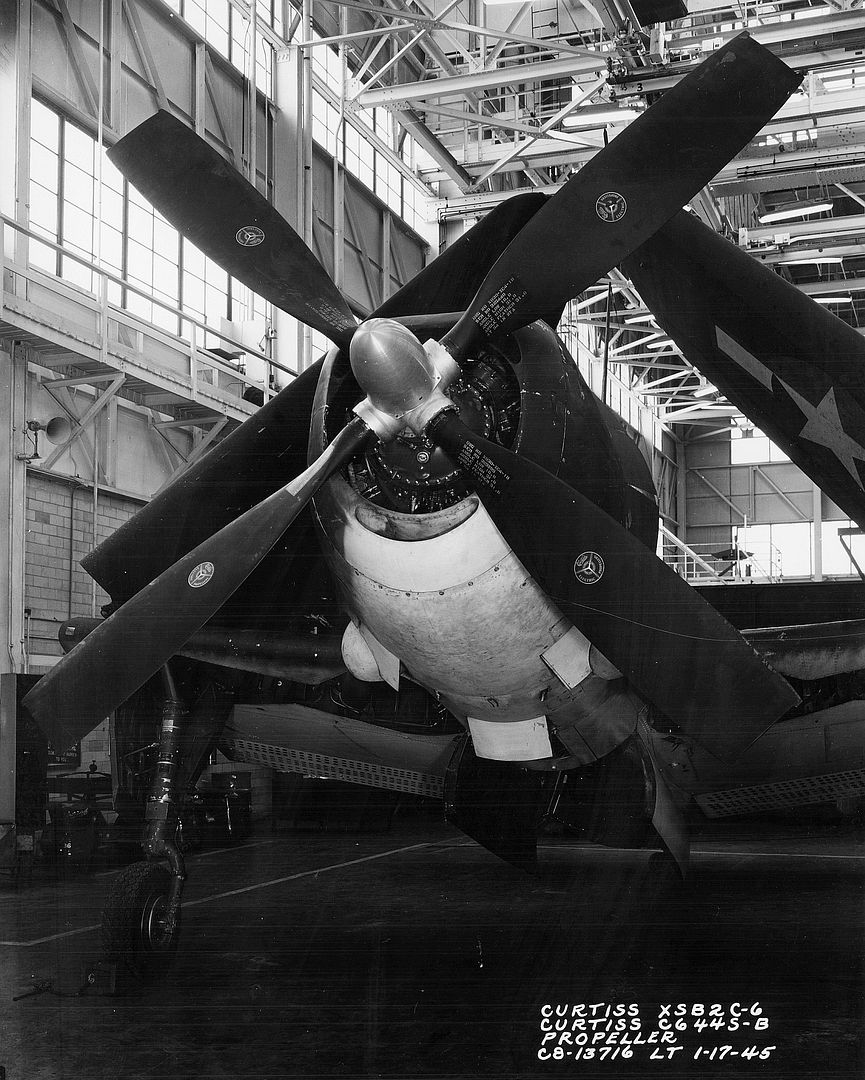
In fact, even if the Helldiver had worked according to specification, it would have had no future anyway. The HVAR rocket turned out to be a perfectly adequate weapon for attacking ships, making the dive-bomber concept obsolete, and late-model fighters like the Grumman F6F Hellcat and Vought F4U Corsair could carry a comparable weapons load -- while being much better able to care for themselves once they had dropped their stores. By the end of the conflict, the detested Helldiver had been pushed to the margin. It was one of the nails in the coffin of Curtiss, the company also having been afflicted by difficulties in getting the C-46 Commando cargolifter to fly right and a persistent failure to design new fighters competitive with those of other US manufacturers.
In the prewar period, Curtiss aircraft had been highly regarded, but during World War II it became obvious that the company's engineering culture had all but fallen apart. In 1948, following the failure to sell any jet aircraft designs to the US military, Curtiss-Wright sold off its aircraft product line to North American Aviation, the remainder of the company staying in business as a components manufacturer.
* The following table summarizes US production of the Helldiver:
variant built mods notes
______________________________________________________________________
XSB2C-1 1 Prototype.
SB2C-1 200 Initial production, used for training.
A-25A 900 USAAF variant, mostly passed on to others.
SB2C-1C 778 More fuel, twin 20 mm cannon.
XSB2C-2 - 1 Floatplane conversion.
SB2C-3 1,112 Better engine, longwave radar, other changes.
SB2C-3E - Subvariant of SB2C-3 with centimetric radar.
SB2C-4 2,045 Perforated dive flaps, reinforcement.
SB2C-4E - Subvariant of SB2C-4 with centimetric radar.
SB2C-5 970 More fuel and other changes.
XSB2C-6 - 2 SB2C-3s rebuilt with Double Wasp.
______________________________________________________________________
6,006 Total Curtiss production.
______________________________________________________________________
Fairchild of Canada and the Canadian Car Foundry (CCF) company were also tapped early on to build the Helldiver, with the two companies producing a large quantity of machines. Fairchild Helldivers were given the "SBF" designation, while CCF machines were given the "SBW" designation. Production quantities were as follows, with the corresponding Curtiss-build variant in parenthesis:
______________________________________________________________________
SBF-1 (SB2C-1): 50 Fairchild Canada production.
SBF-3 (SB2C-3): 150
SBF-4E (SB2C-4E): 100
subtotal: 300
______________________________________________________________________
SBW-1 (SB2C-1): 38 Canadian Car Foundry production.
SBW-1B (SB2C-1C): 28
SBW-3 (SB2C-3): 413
SBW-4E (SB2C-4E): 270
SBW-5 (SB2C-5): 85
subtotal: 834
______________________________________________________________________
1,134 Total Canadian production.
6,006 Total Curtiss production.
______________________________________________________________________
7,140 TOTAL HELLDIVER PRODUCTION
______________________________________________________________________
Originally, Canadian production had been in part set up to provide aircraft for Lend-Lease deliveries to US allies. 26 of the 18 SBW-1Bs built by CCF were provided to the Royal Navy Fleet Air Arm for evaluation, with the final report completely rejecting the machine as unsuitable for combat operations. Well-known test pilot Eric Brown, who flew in the evaluation, described the Helldiver with British understatement as "this unpleasant aircraft". The rest of Canadian production ended up in US hands.
Helldivers stayed in service with the US Navy until at least 1947, being used as target tugs and in other second-line duties. In the postwar period, it was flown by the air forces of Greece and Thailand, and the naval air arms of Italy, Portugal, and France. Greek Helldivers saw action in the civil war and French Helldivers saw combat in the Indochina conflict. A number of Helldivers survive today, mostly as static exhibits, but one is airworthy and appears at airshows.
Text by Greg Goebel Thanks.
Below misc.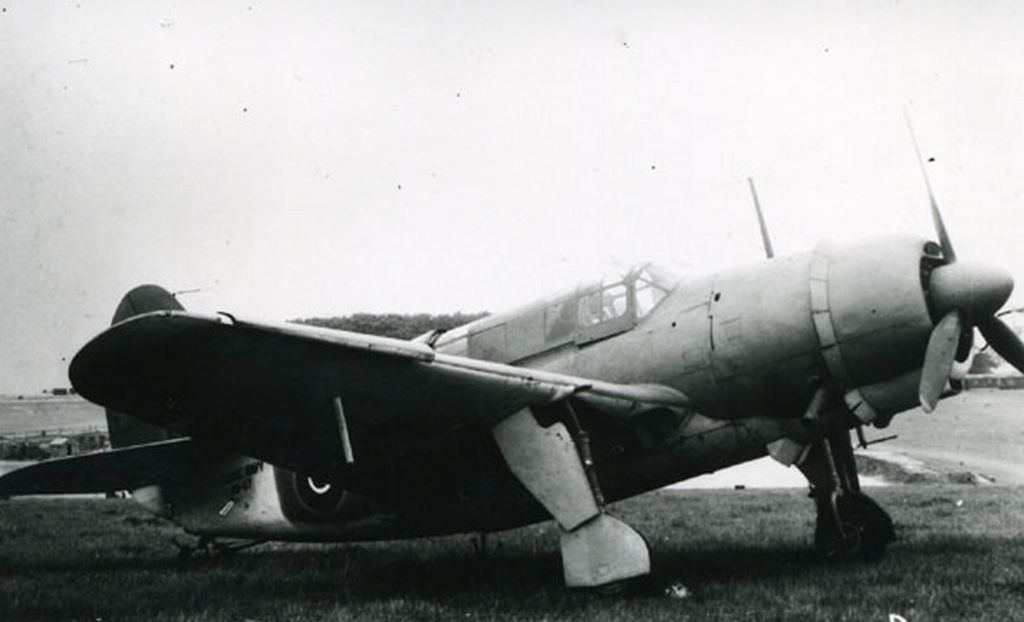
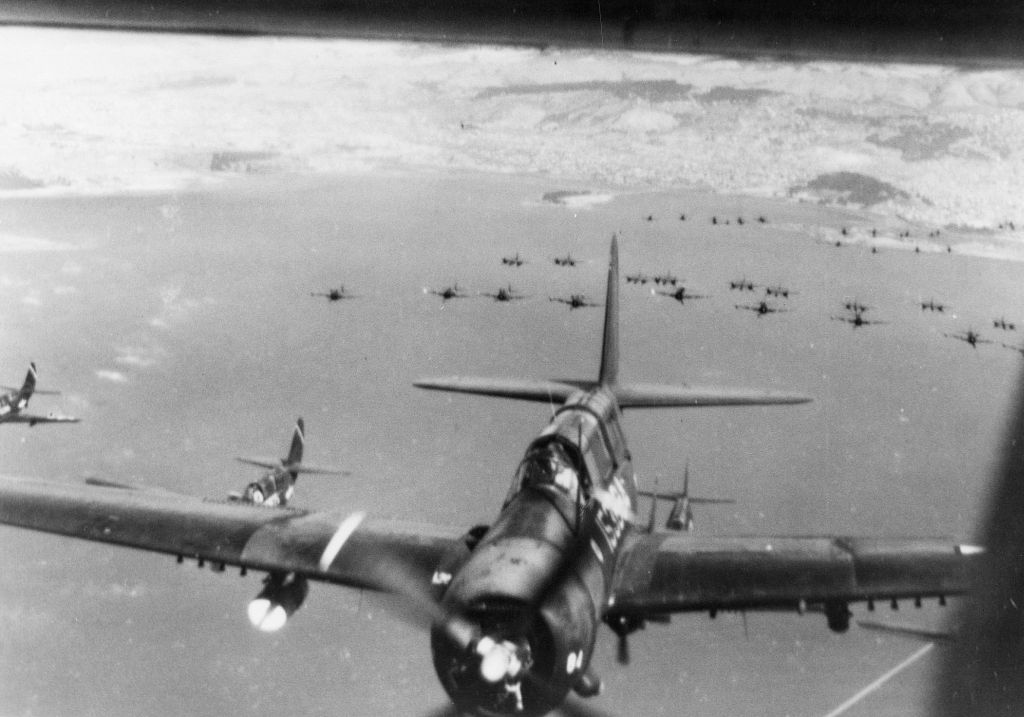
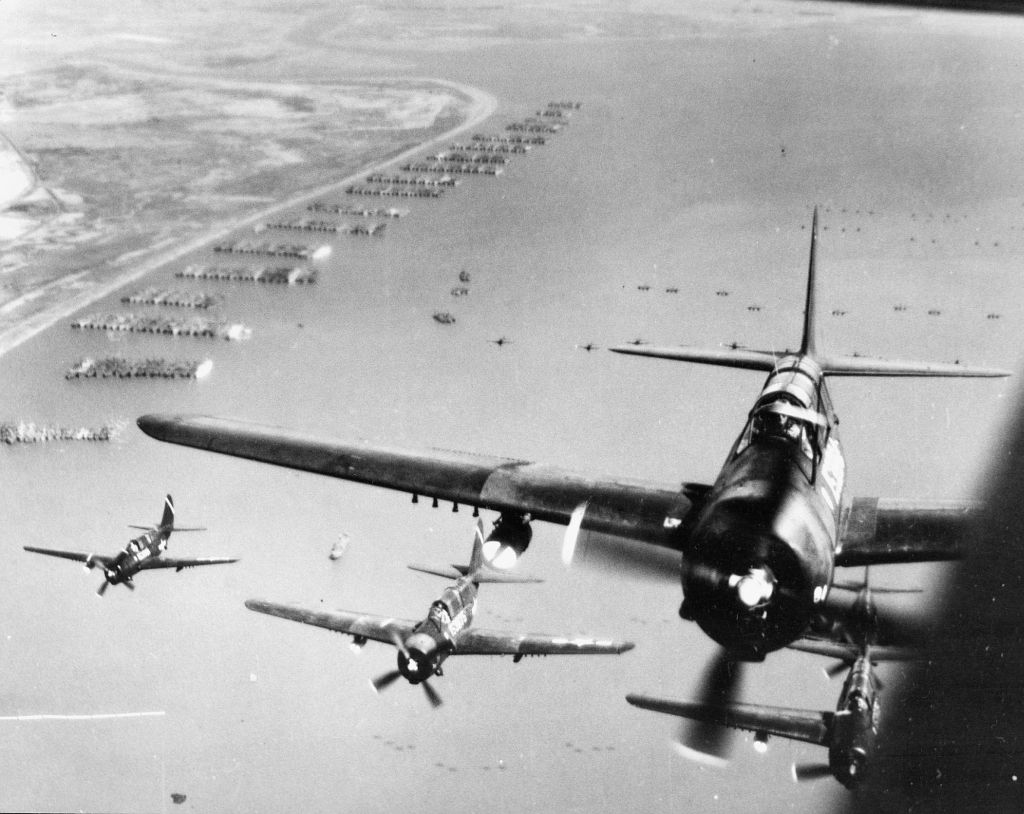
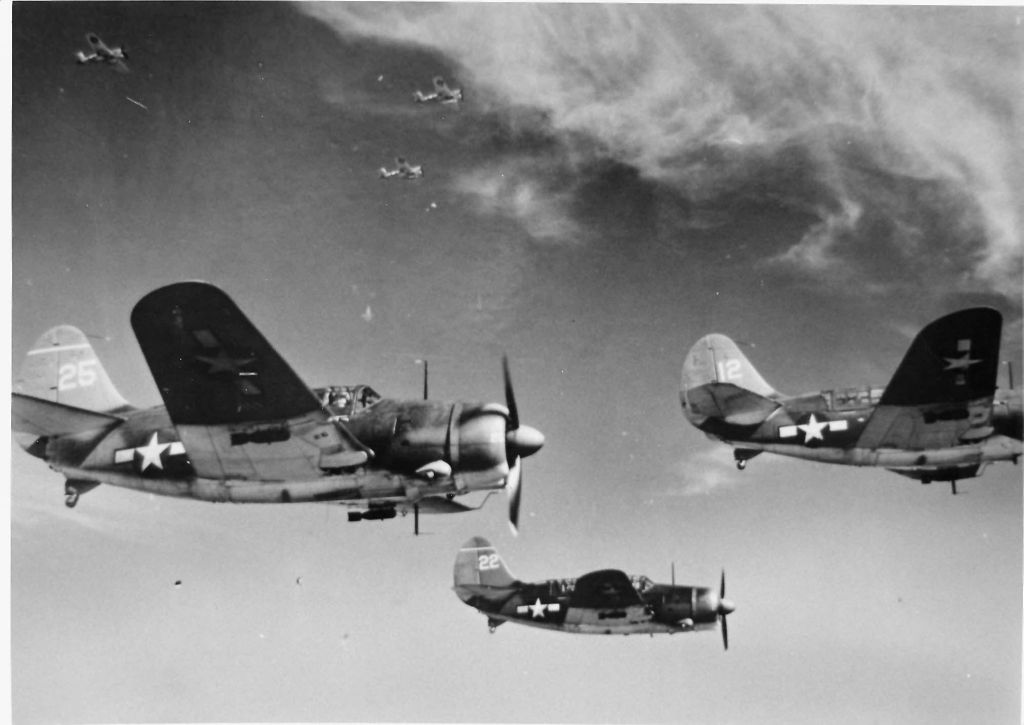
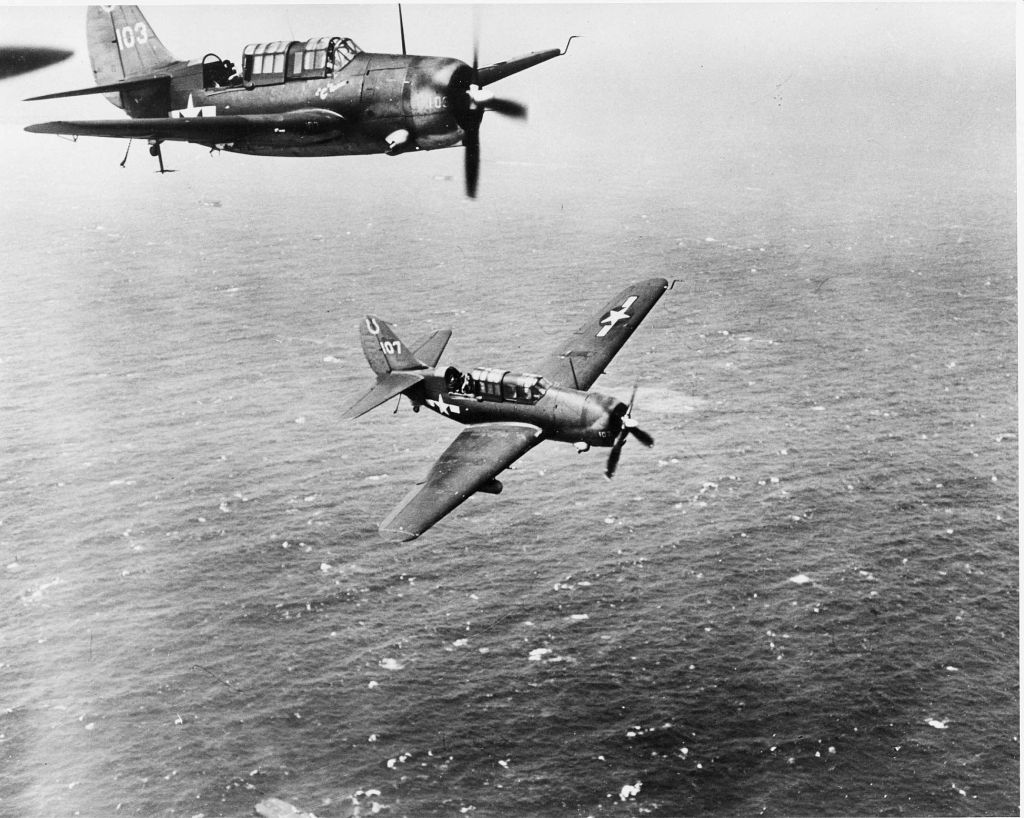
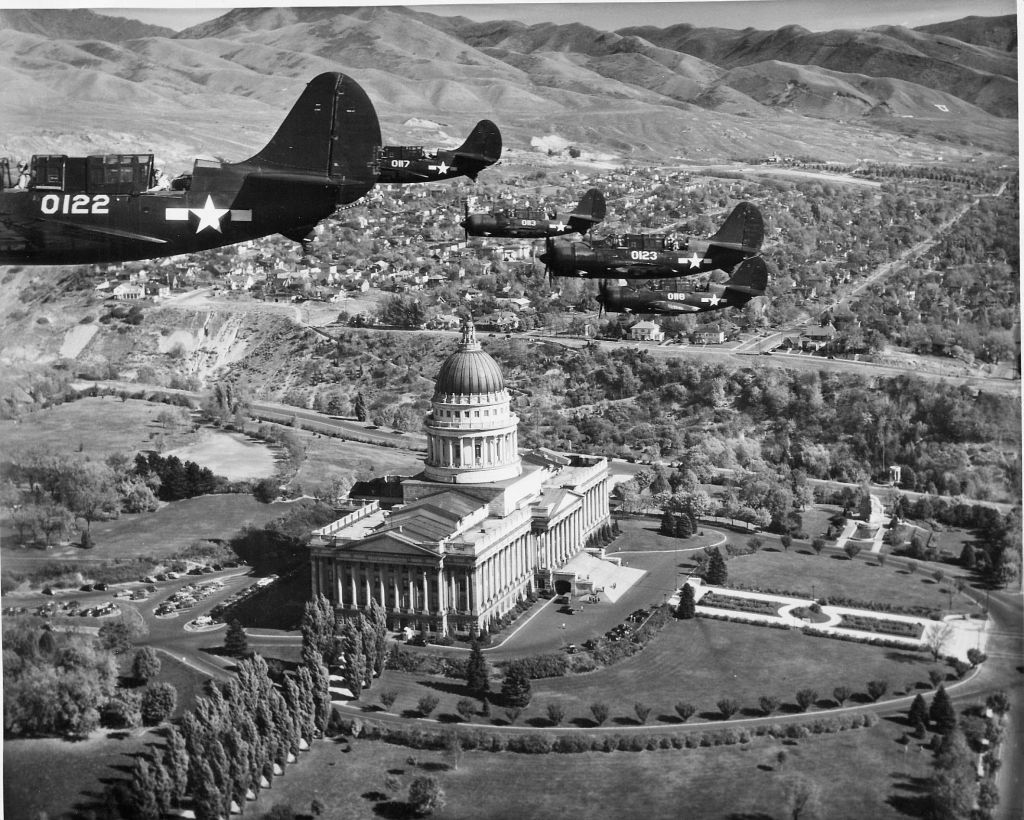
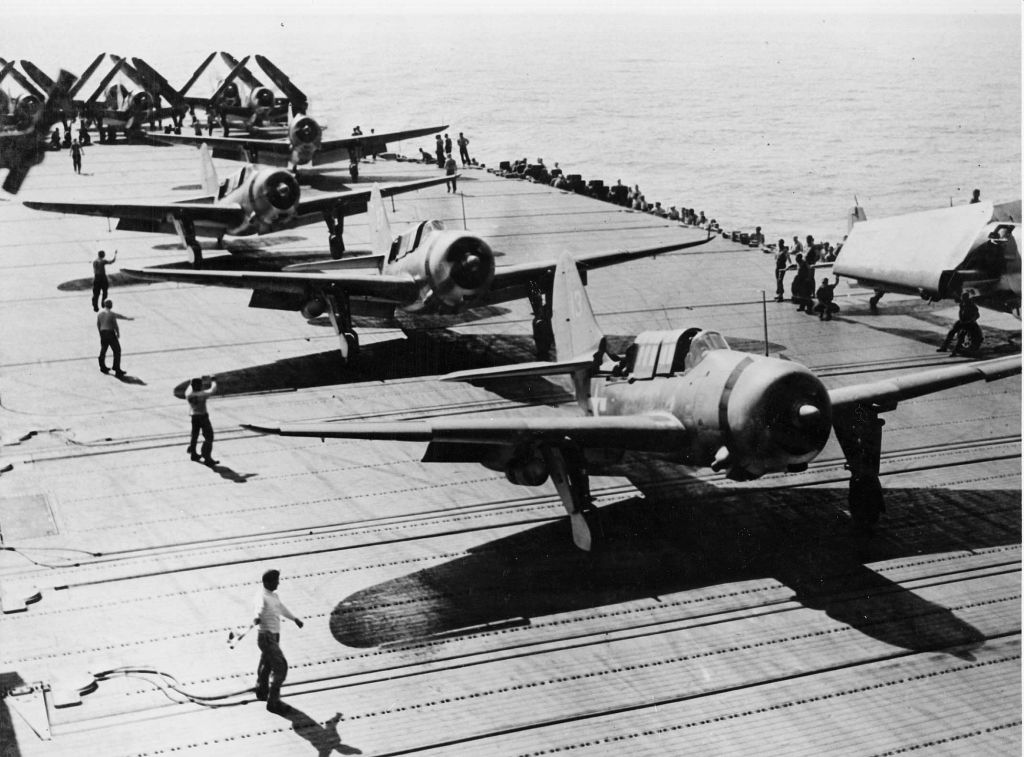
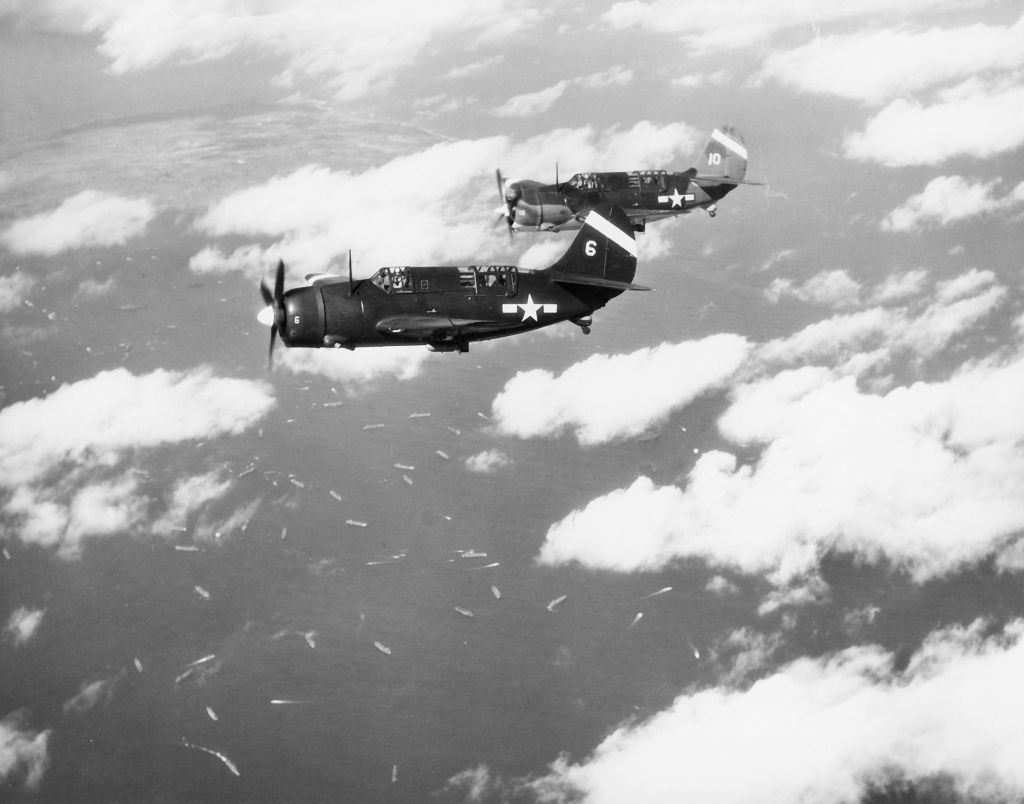
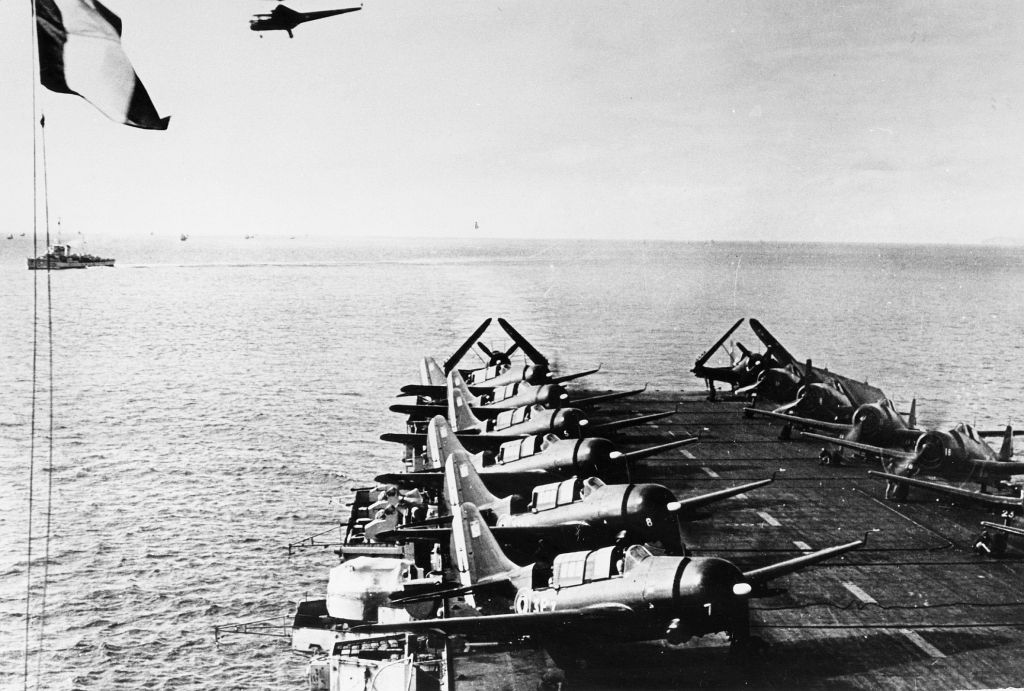
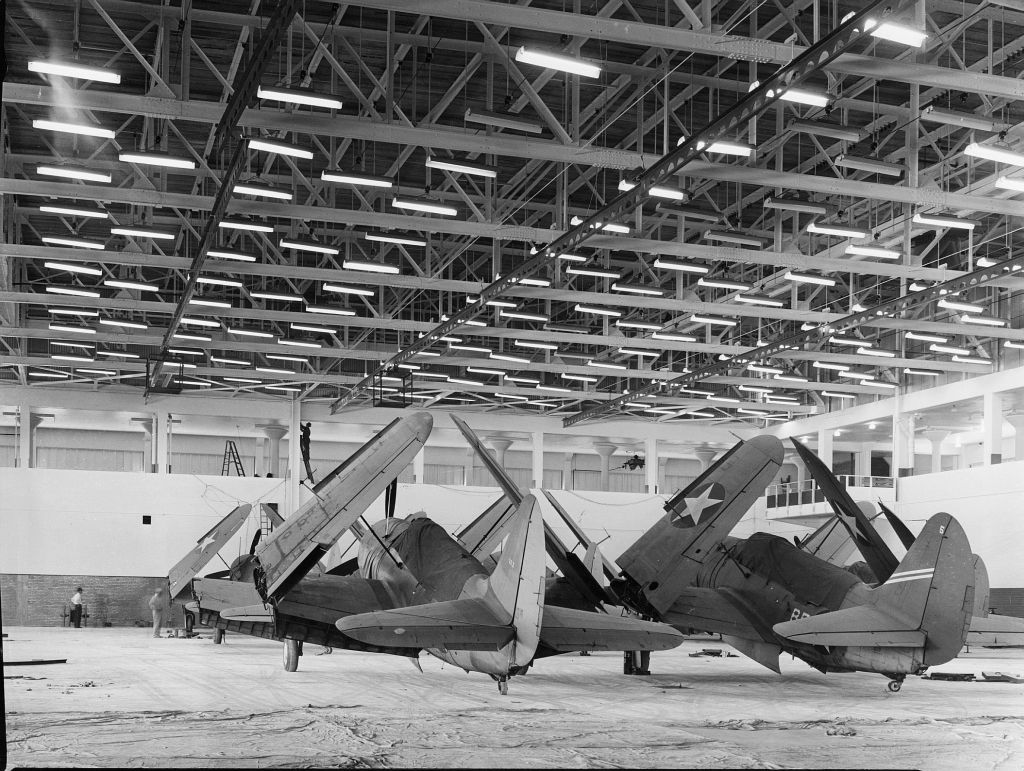
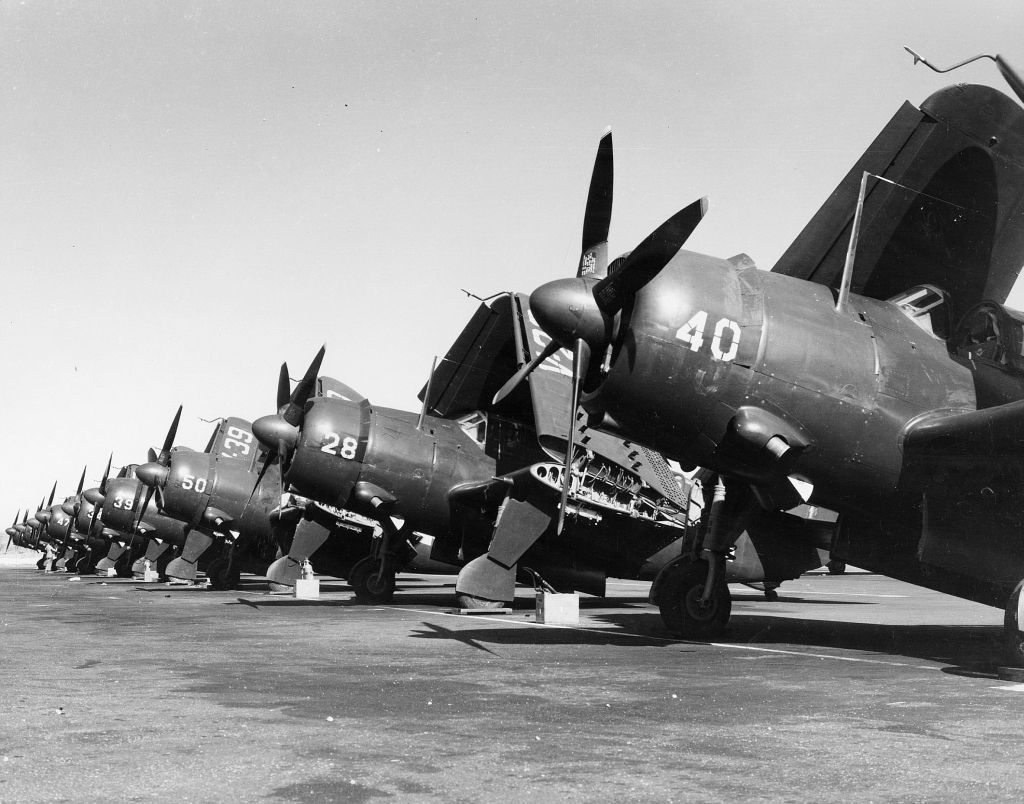
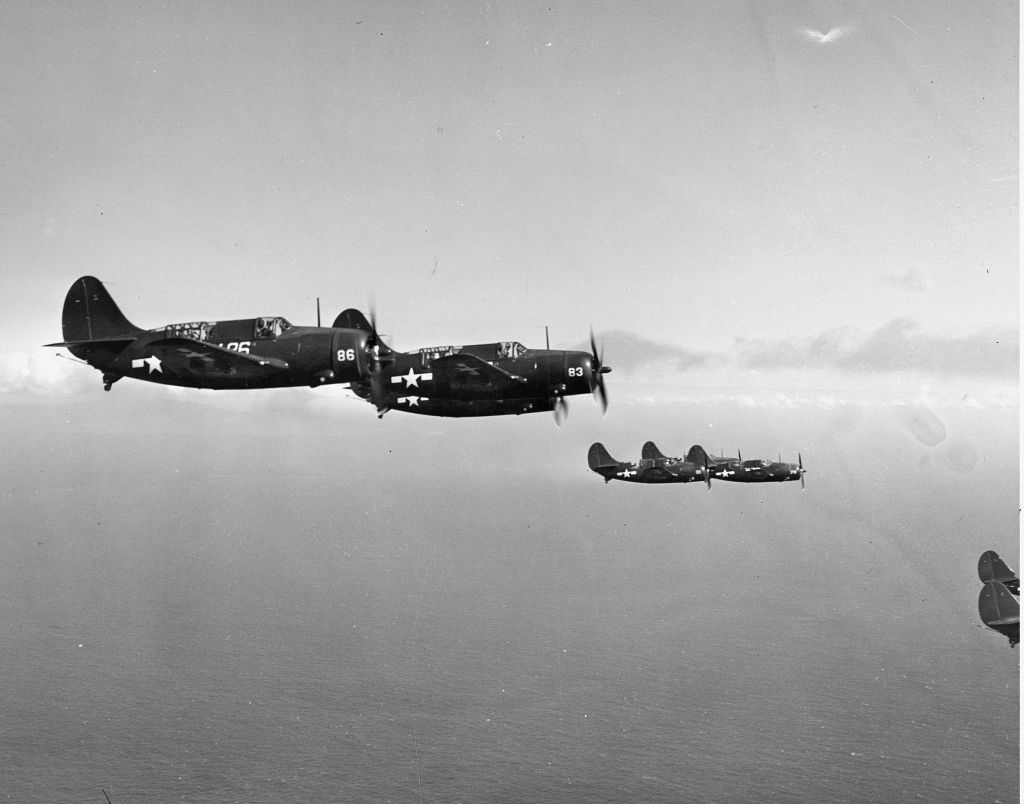
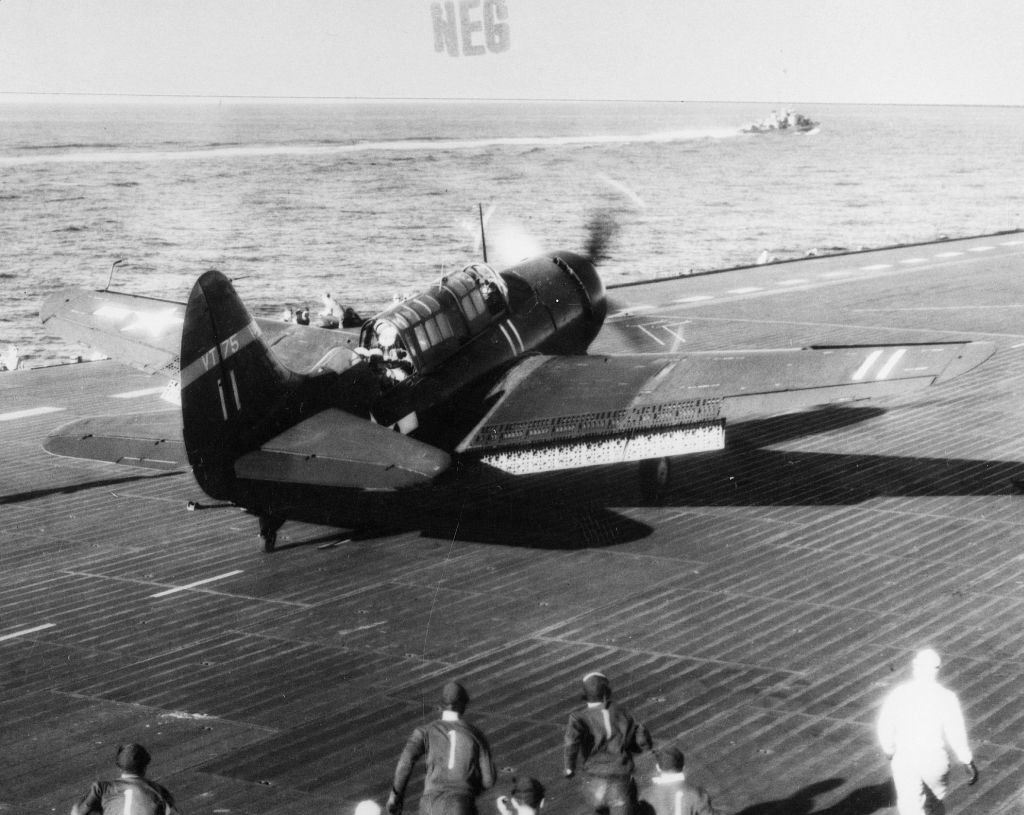
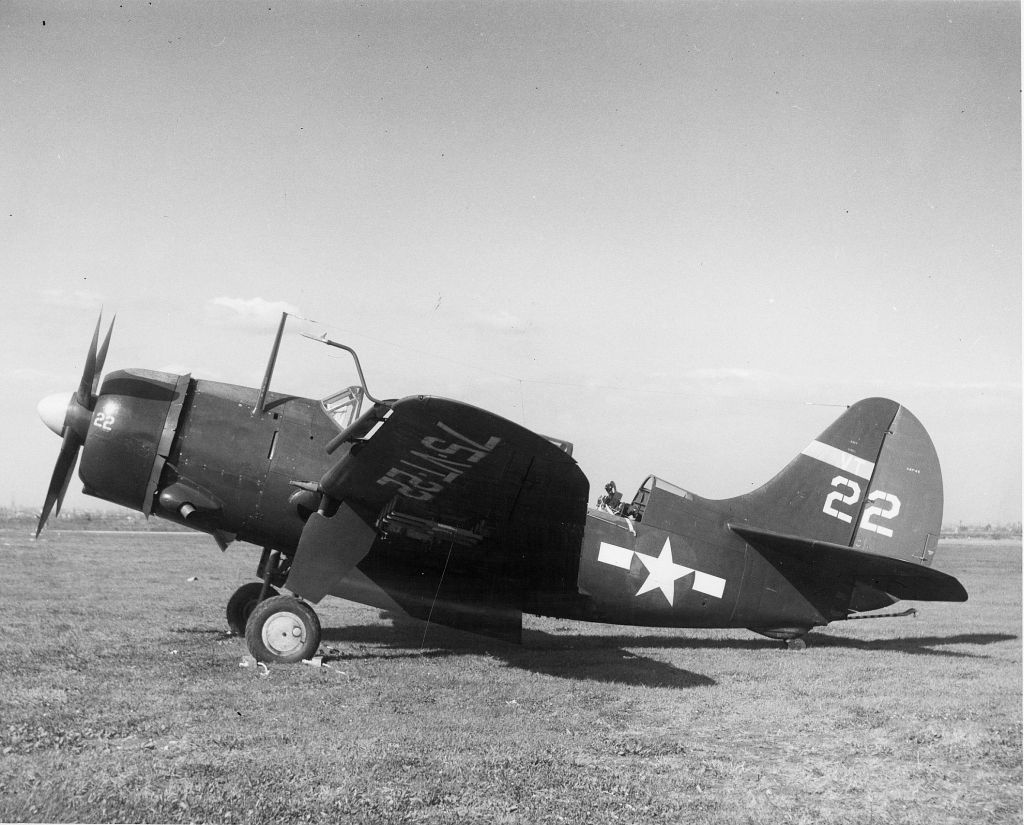
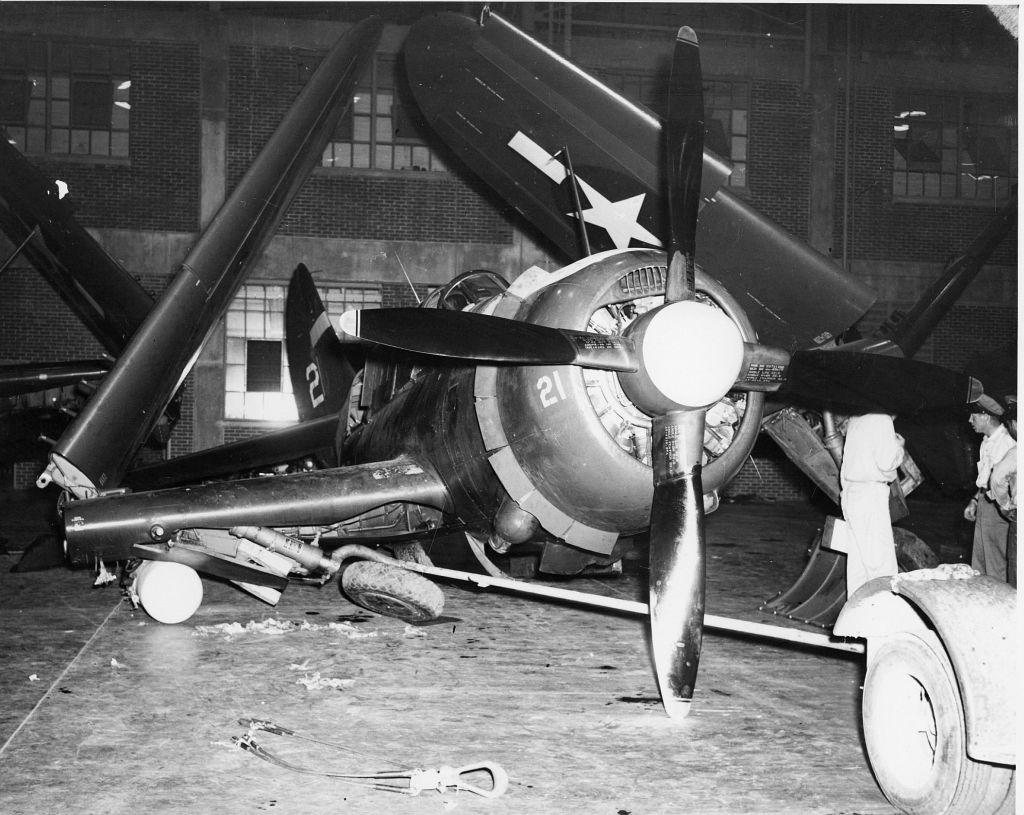
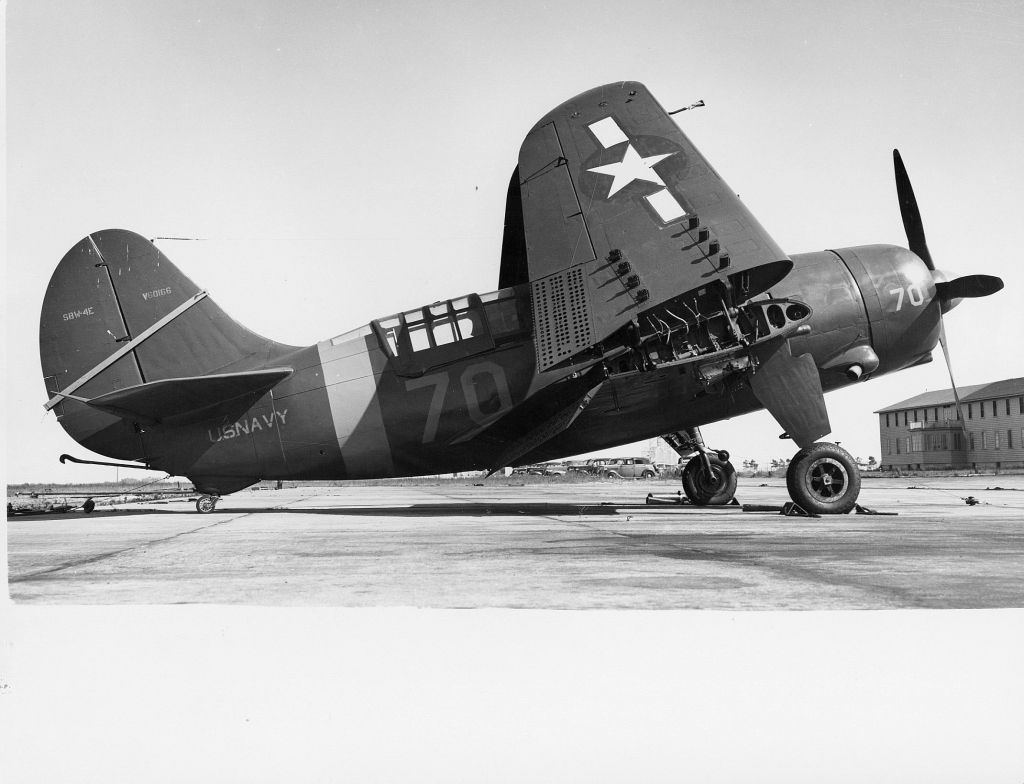
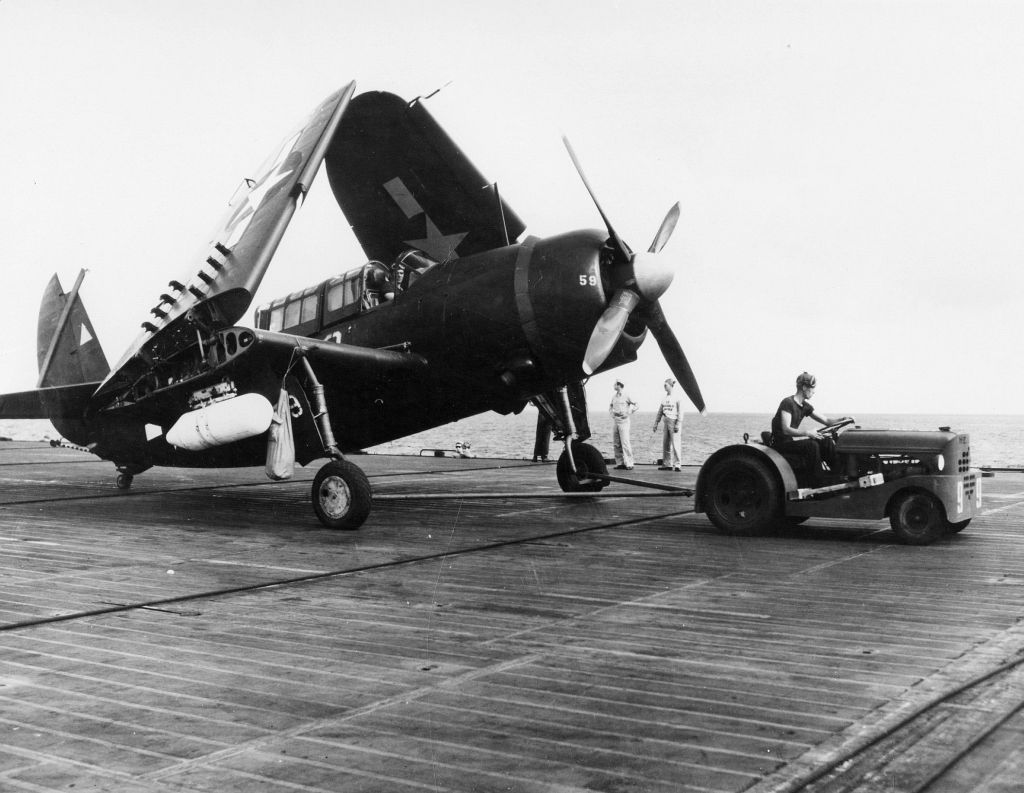

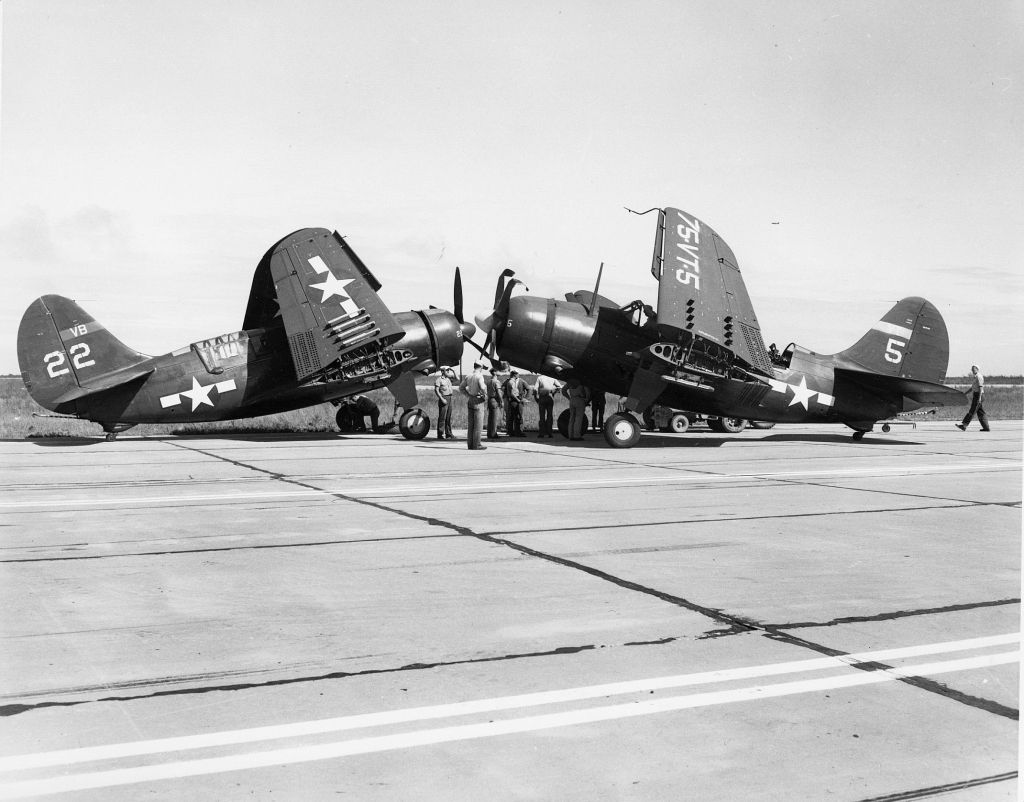

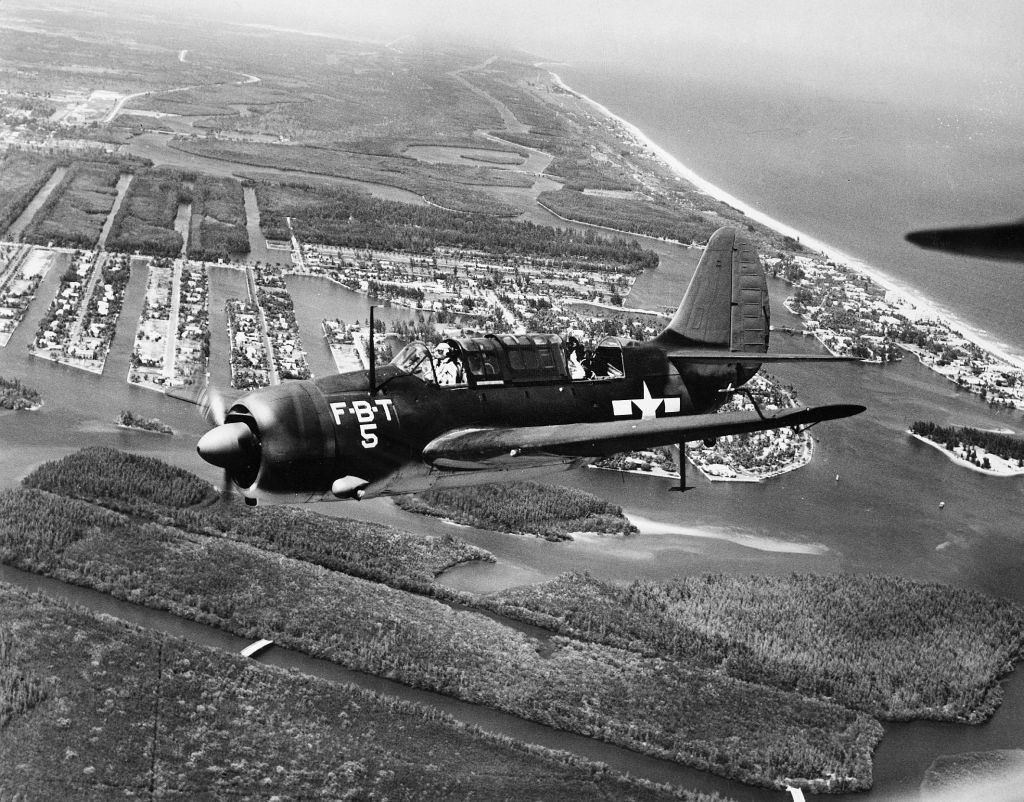
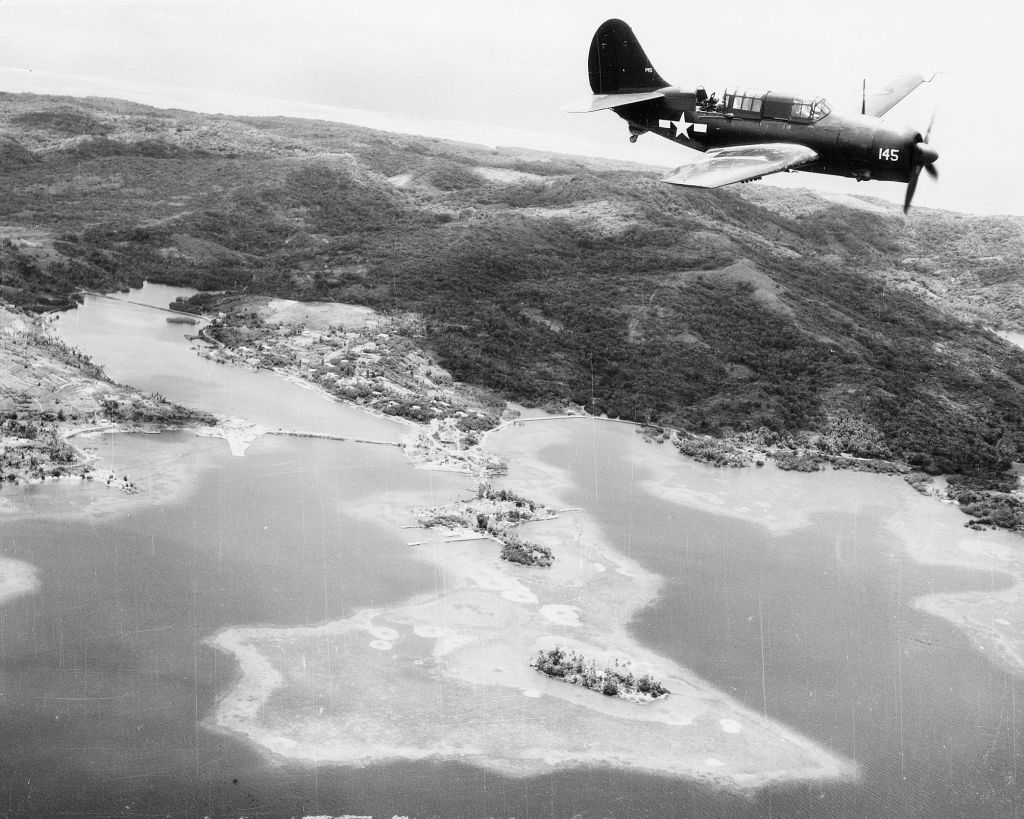

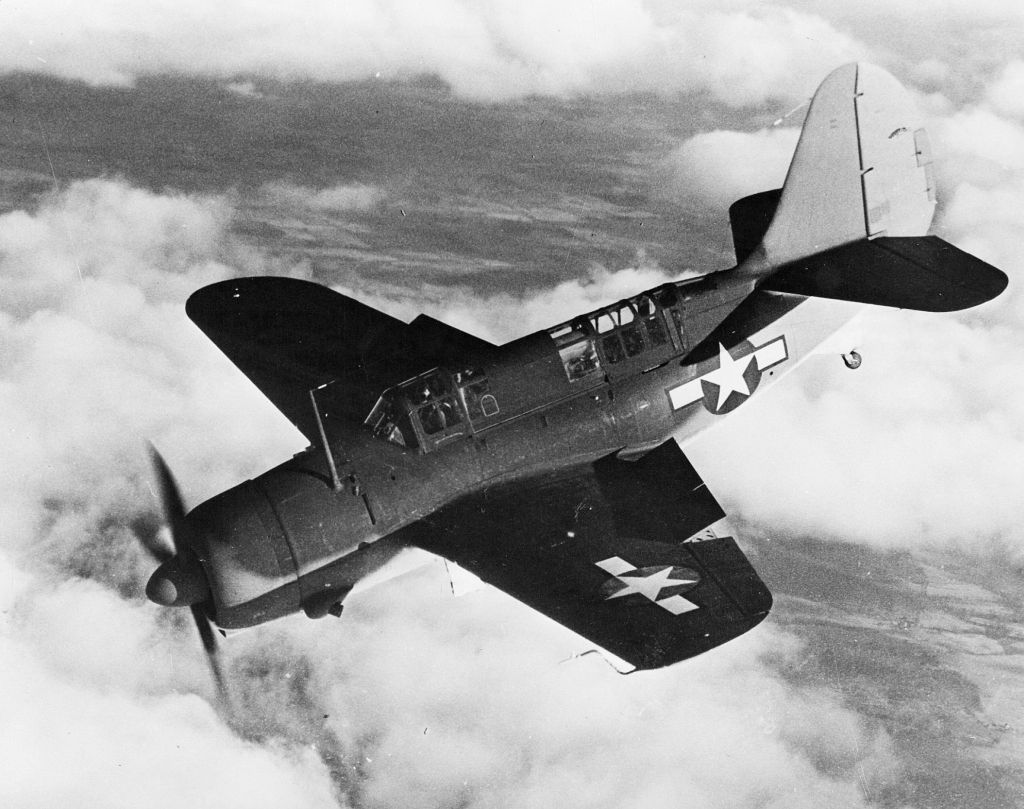
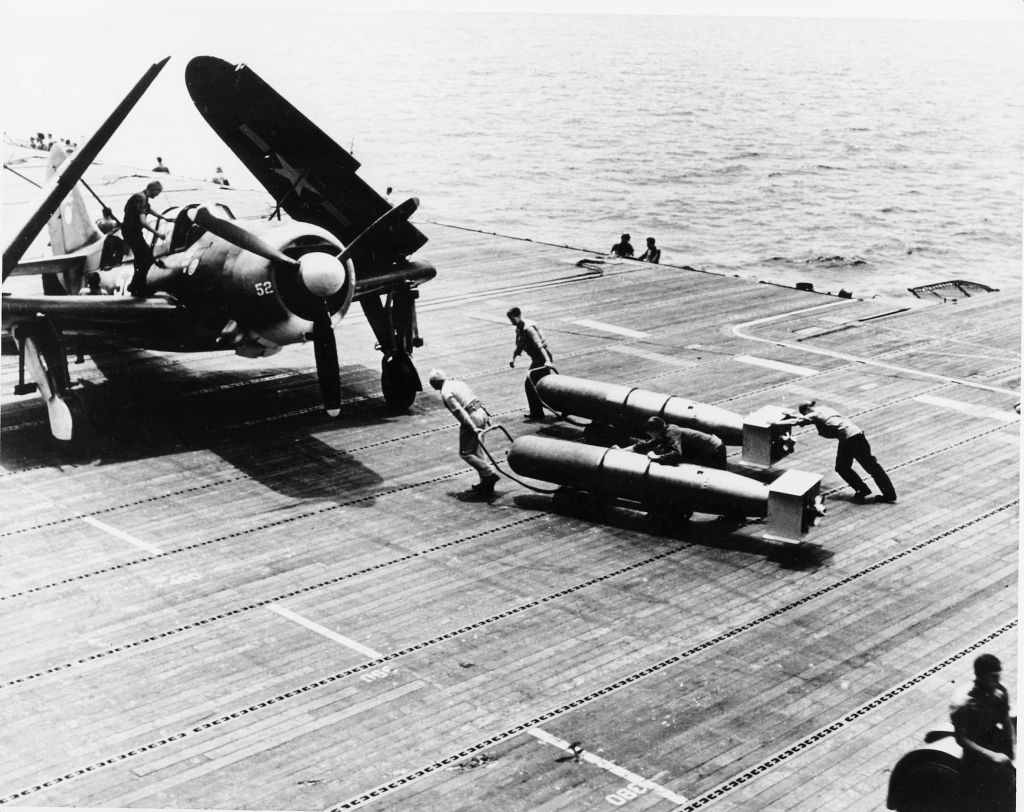

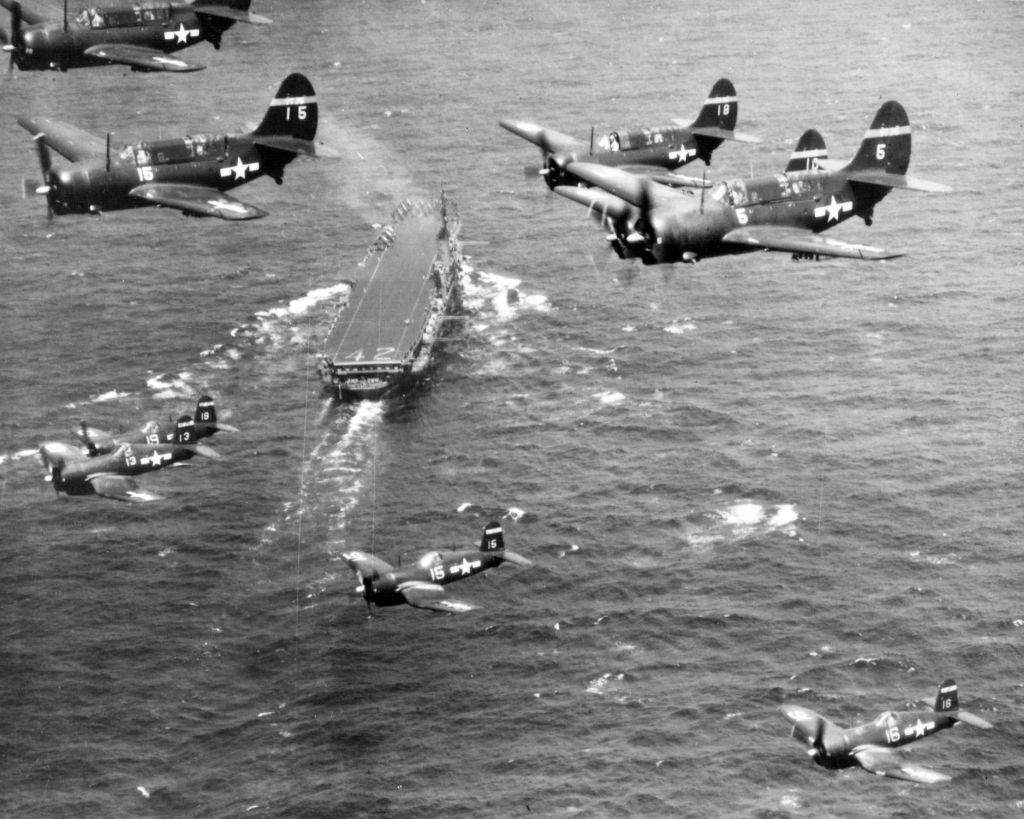

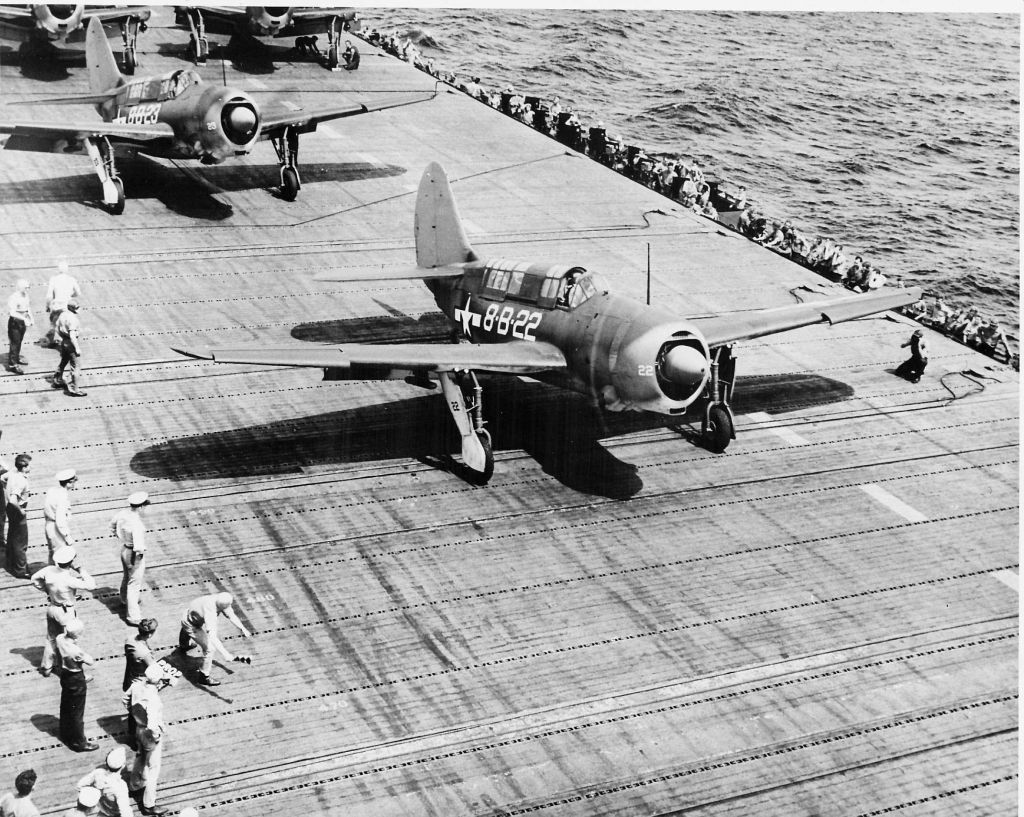
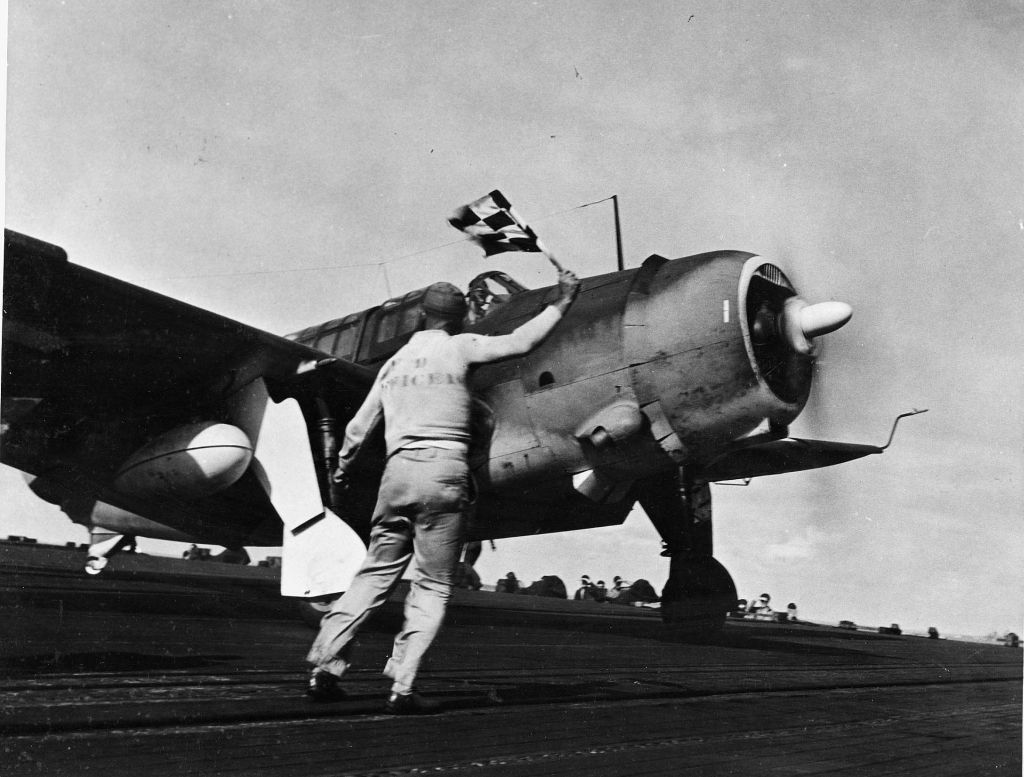
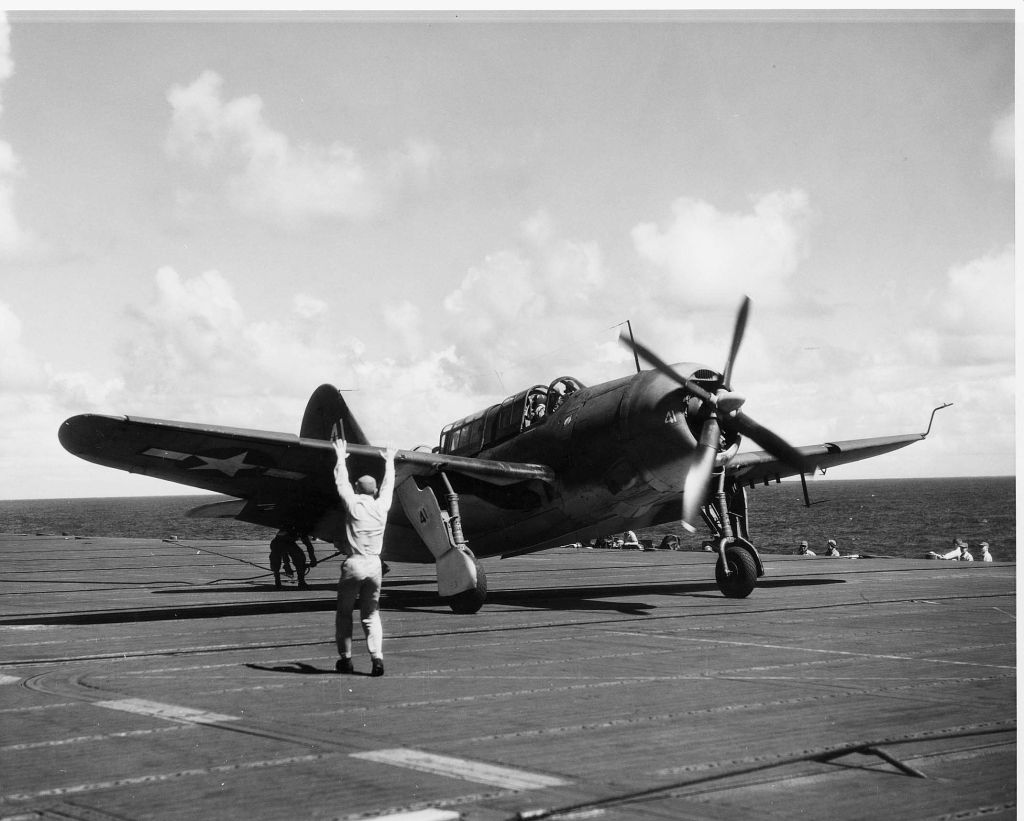

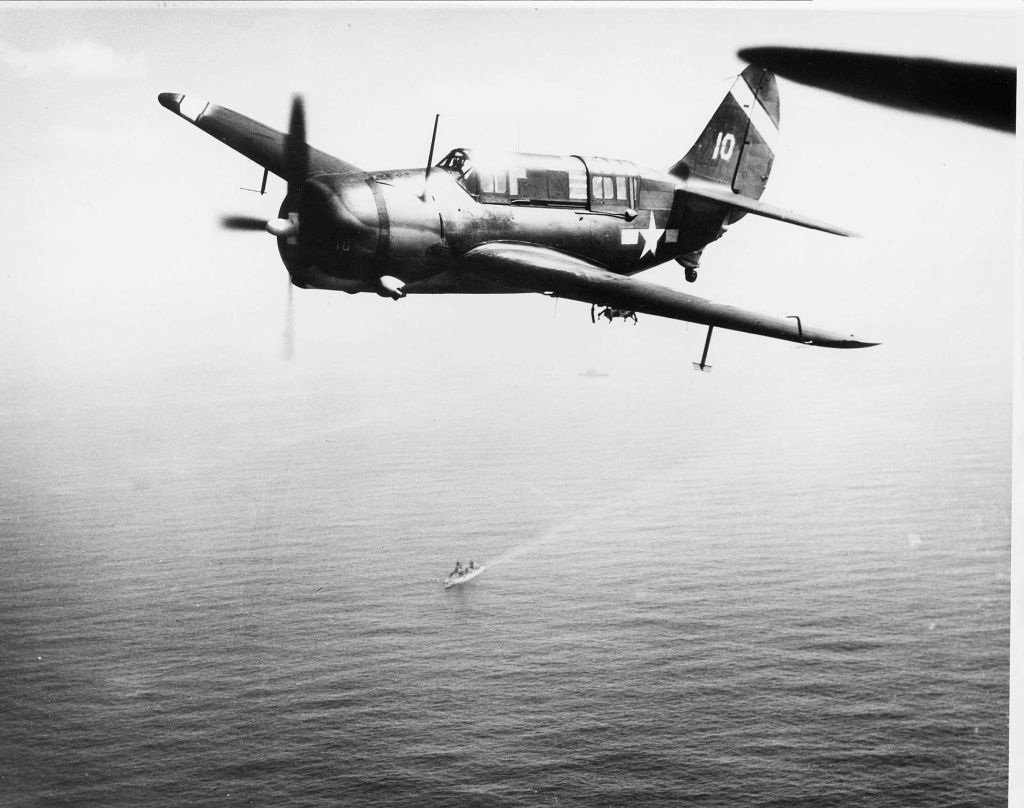
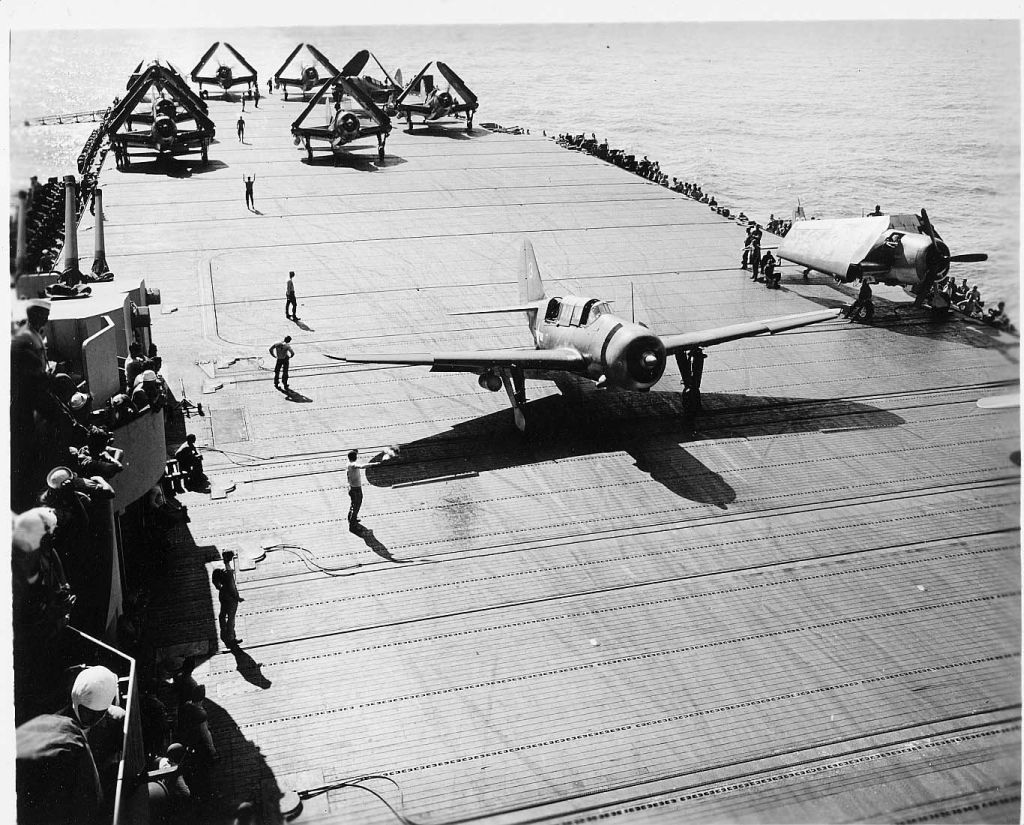
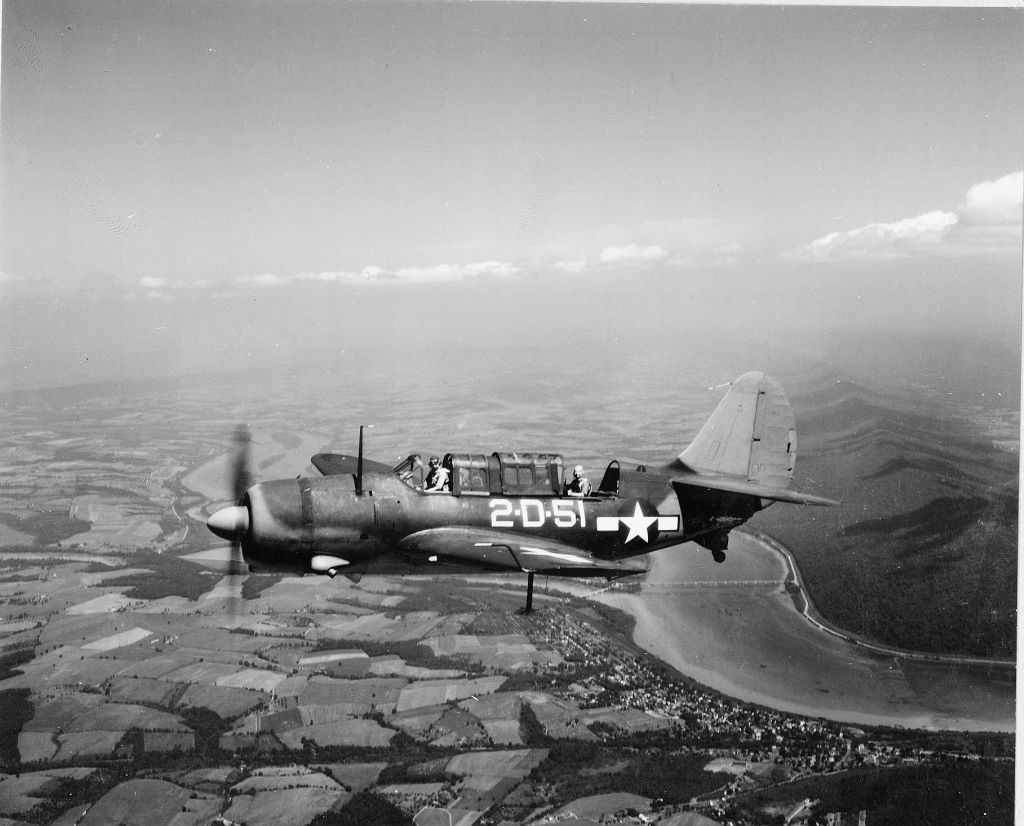
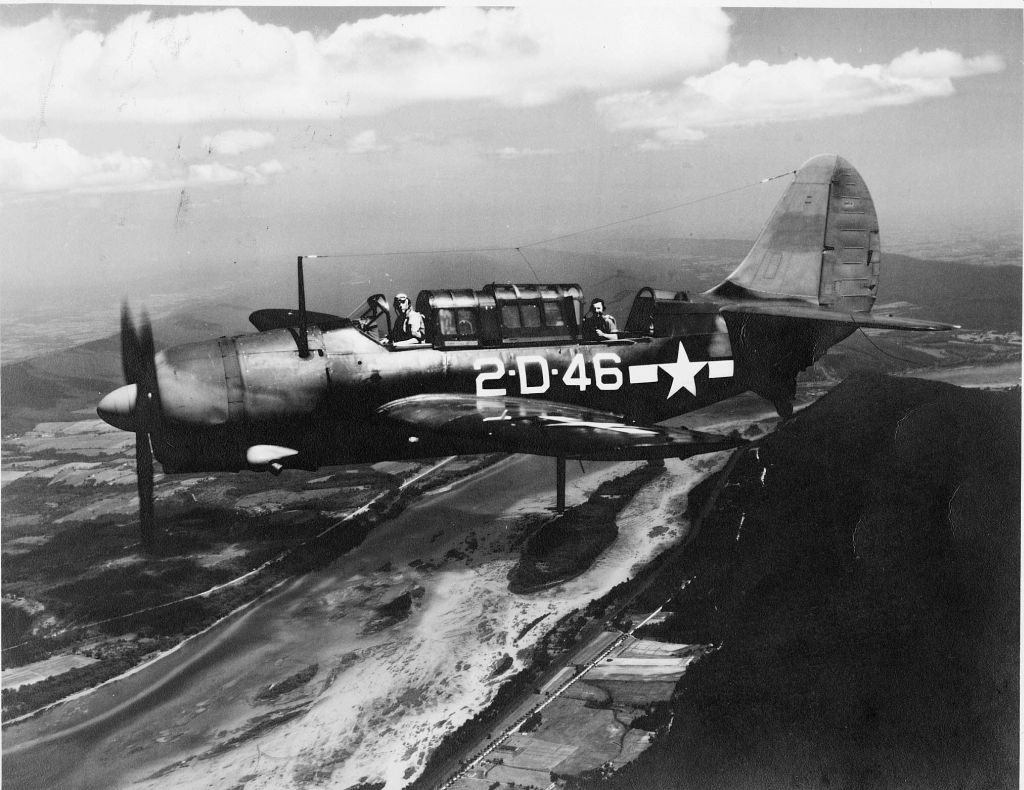
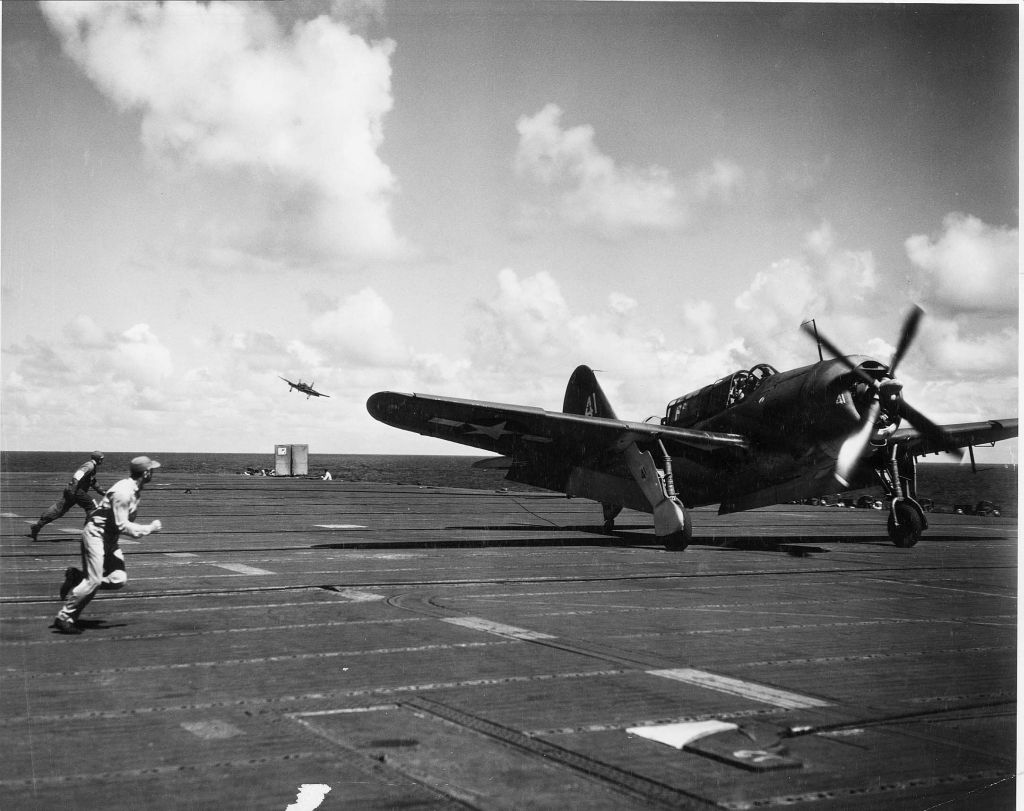
As usual right click and save as for details.
Regards Duggy -
 AdminThe Beast!
AdminThe Beast!
I never understood how the rear gunner was supposed to shoot at anything behind them with that big ol' tail in his way.
Post a reply
- Go to Previous topic
- Go to Next topic
- Go to Welcome
- Go to Introduce Yourself
- Go to General Discussion
- Go to Screenshots, Images and Videos
- Go to Off topic
- Go to Works in Progress
- Go to Skinning Tips / Tutorials
- Go to Skin Requests
- Go to IJAAF Library
- Go to Luftwaffe Library
- Go to RAF Library
- Go to USAAF / USN Library
- Go to Misc Library
- Go to The Ops Room
- Go to Made in Germany
- Go to Campaigns and Missions
- Go to Works in Progress
- Go to Juri's Air-Raid Shelter
- Go to Campaigns and Missions
- Go to Works in Progress
- Go to Skinpacks
- Go to External Projects Discussion
- Go to Books & Resources

